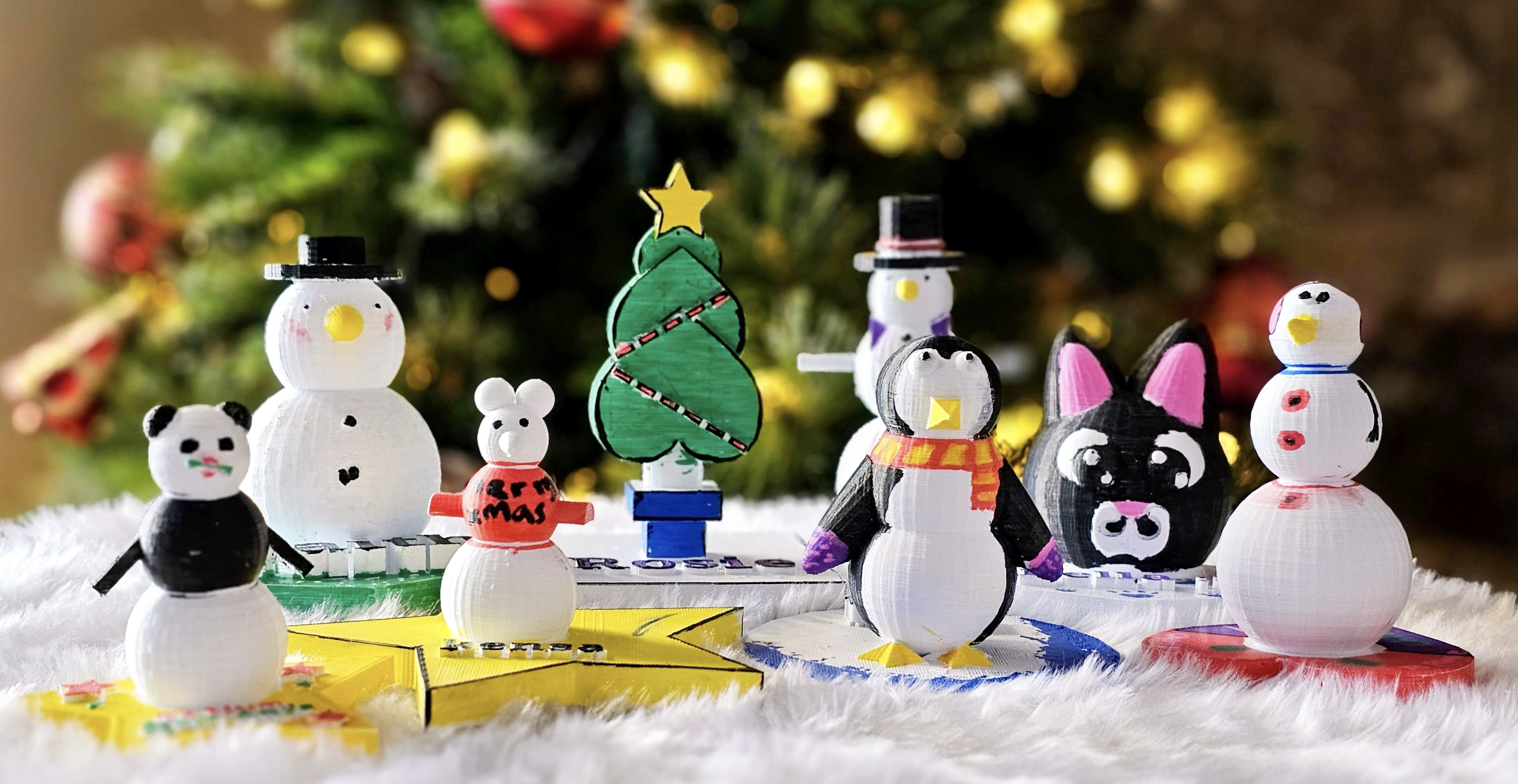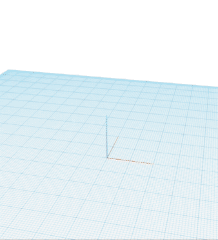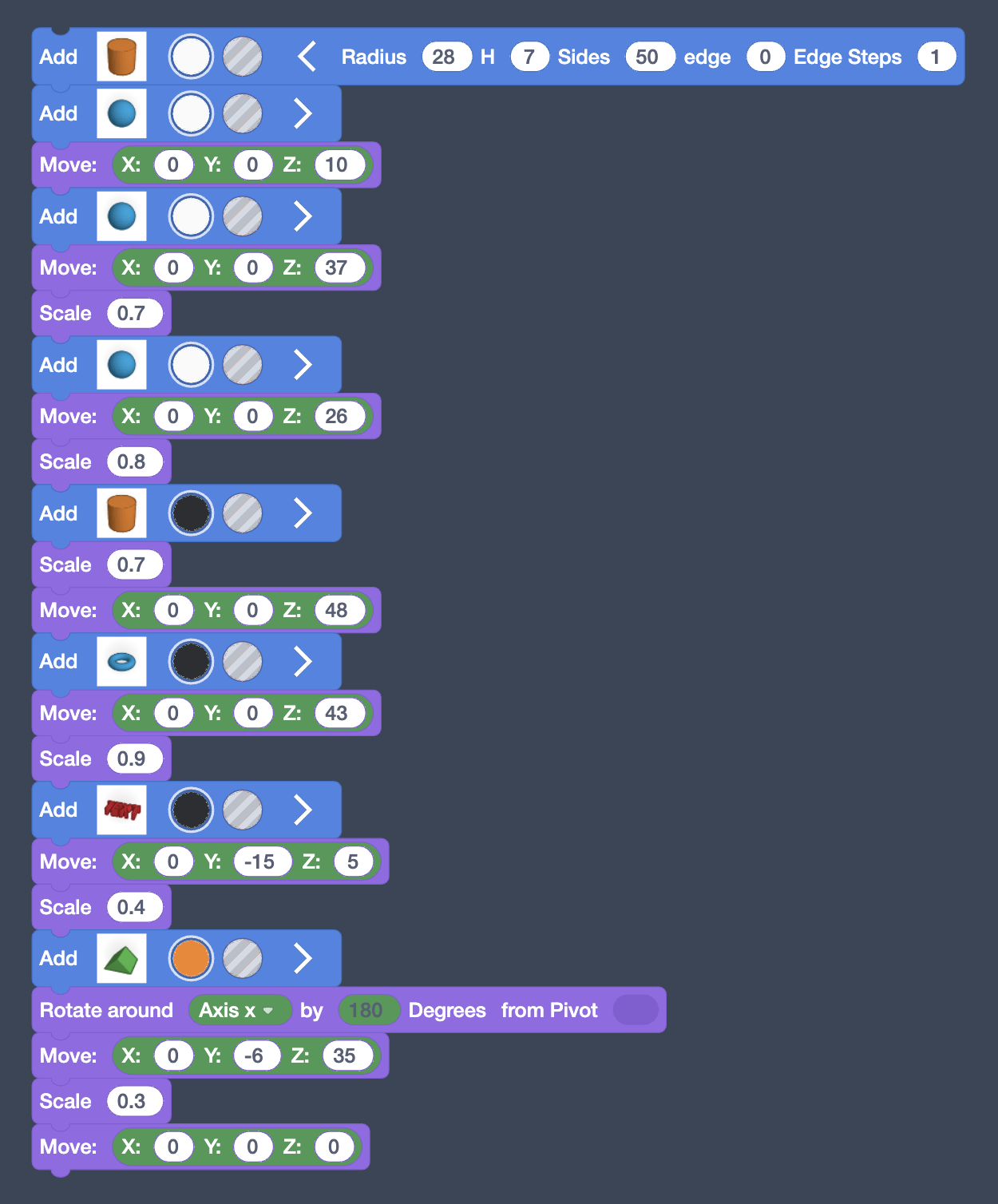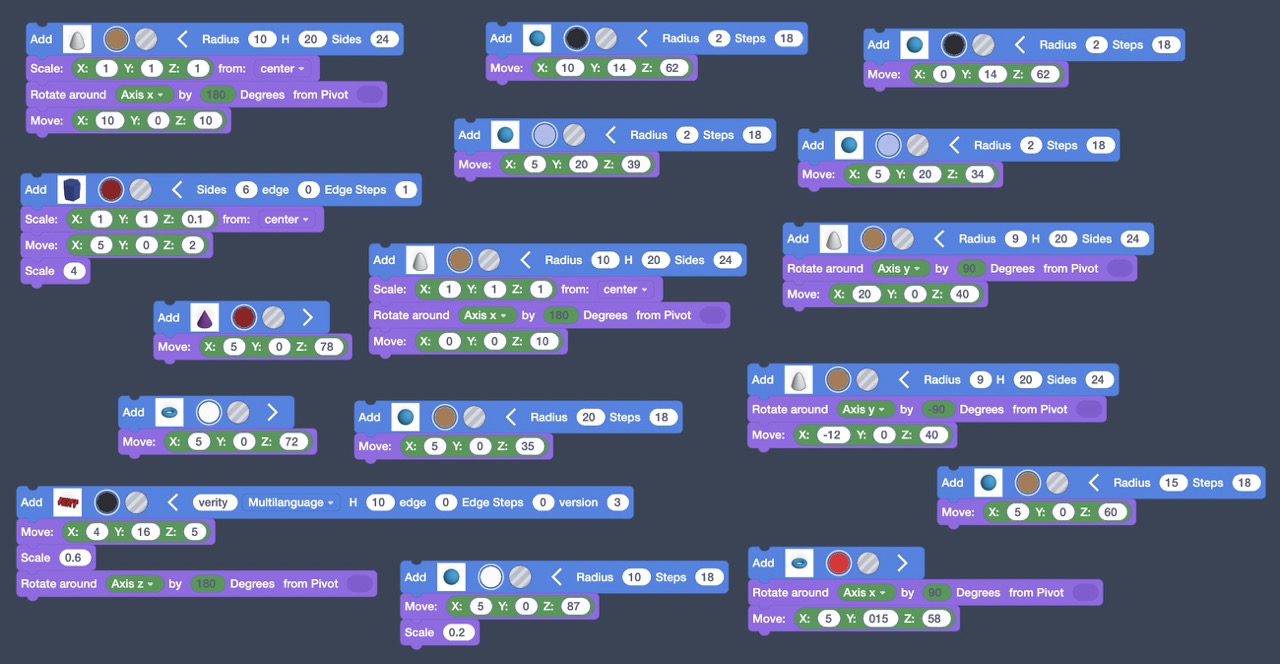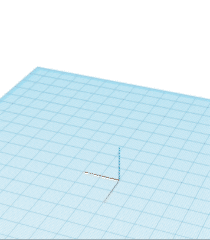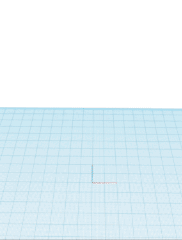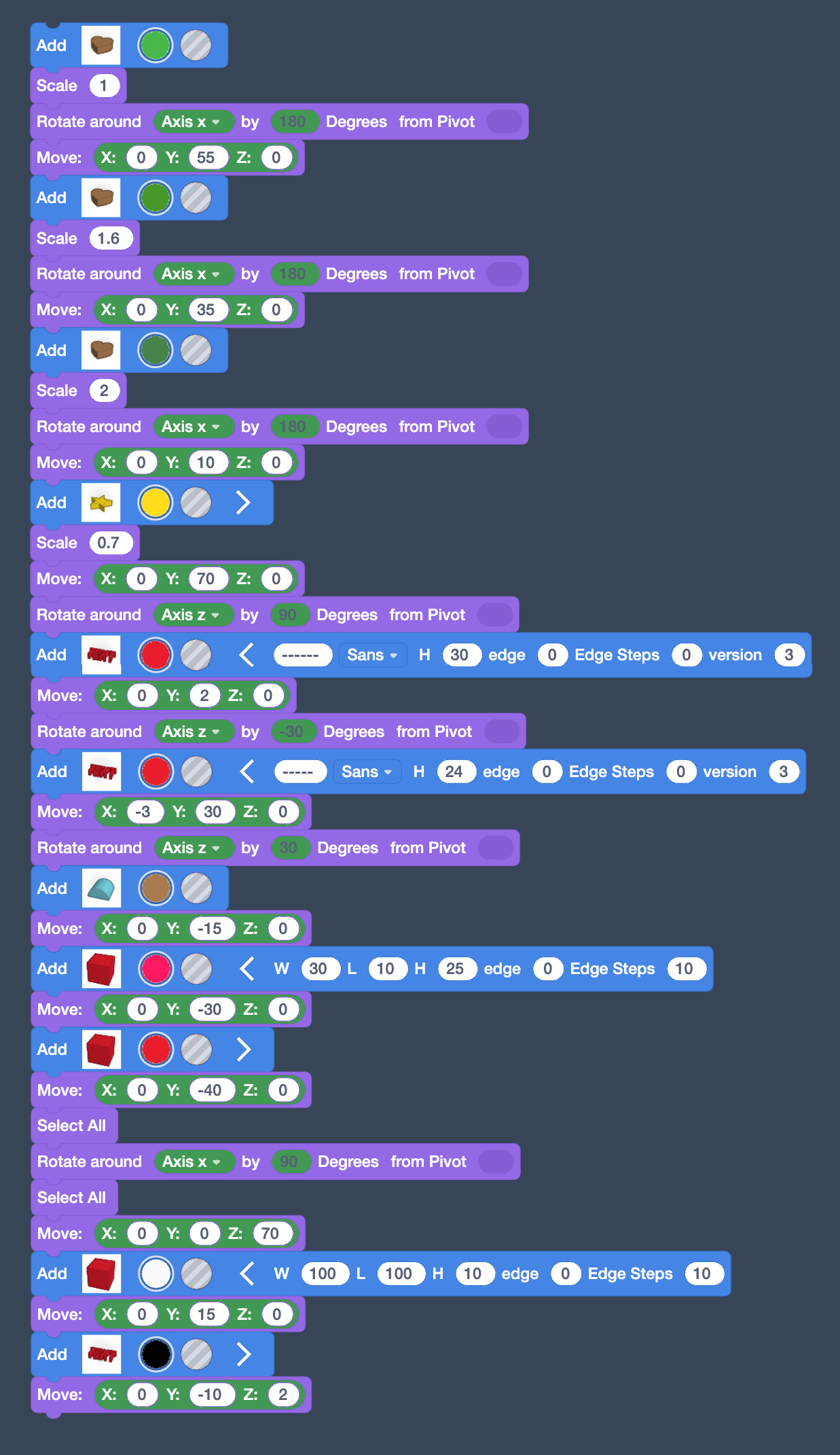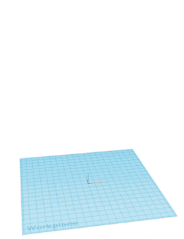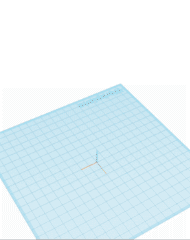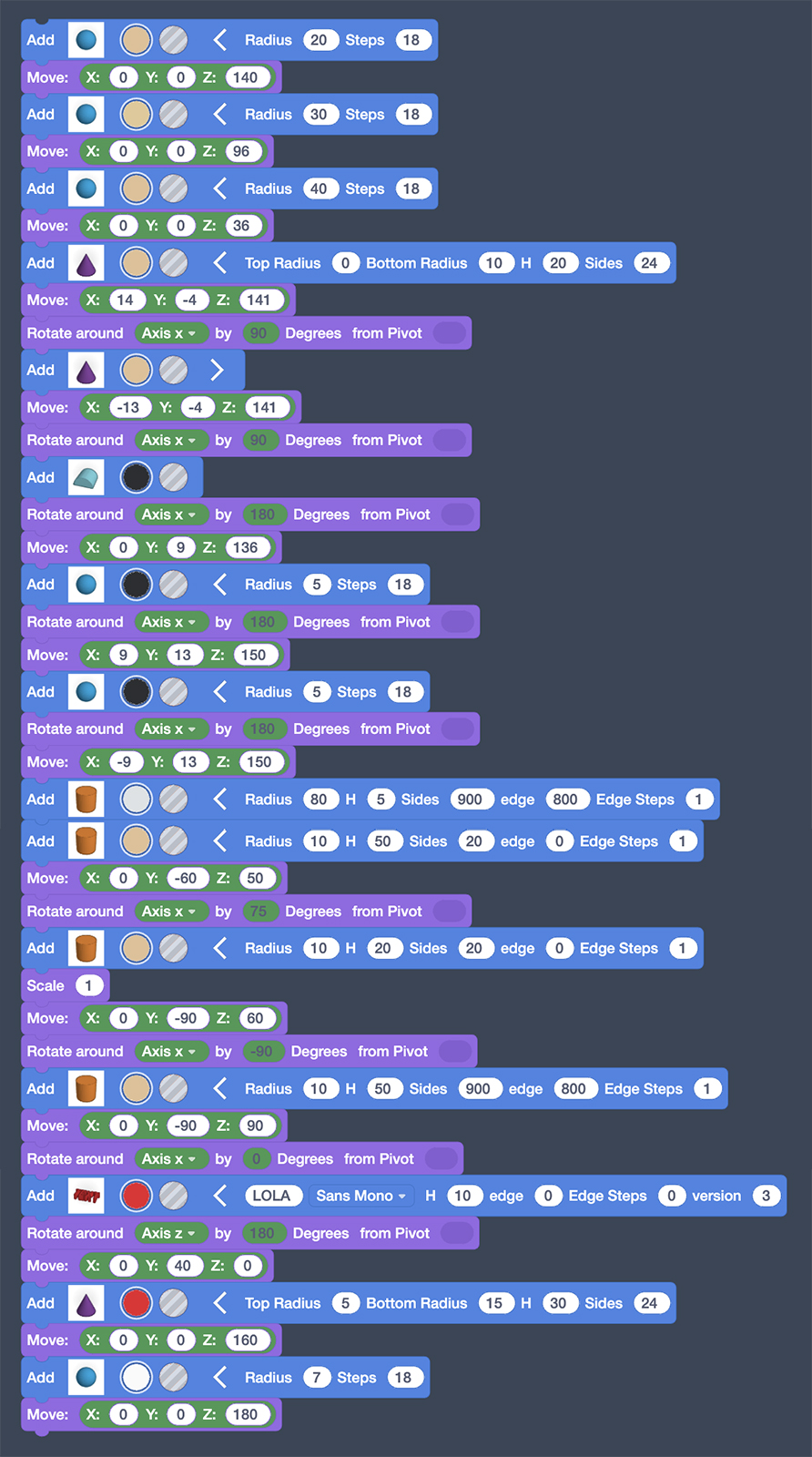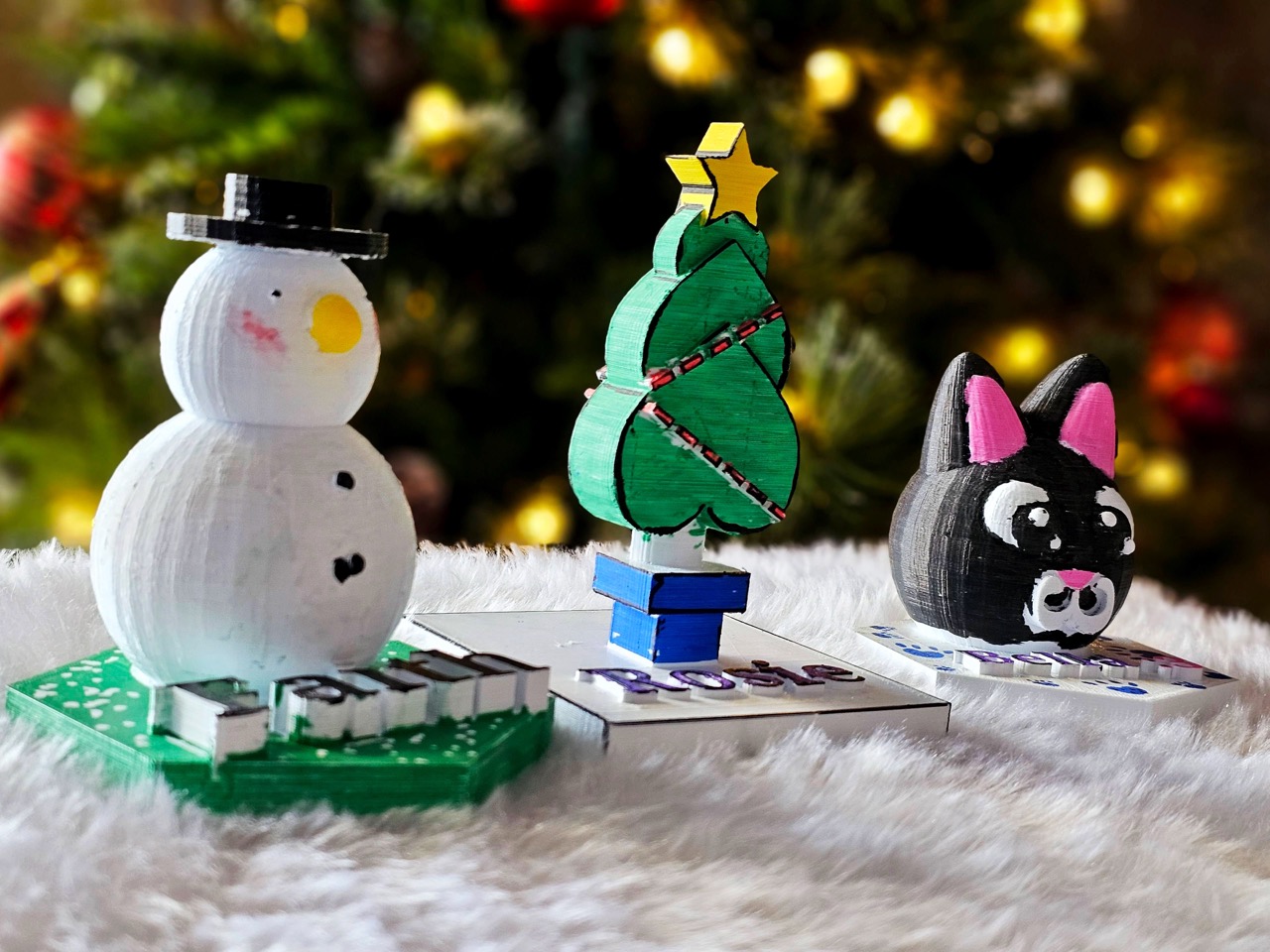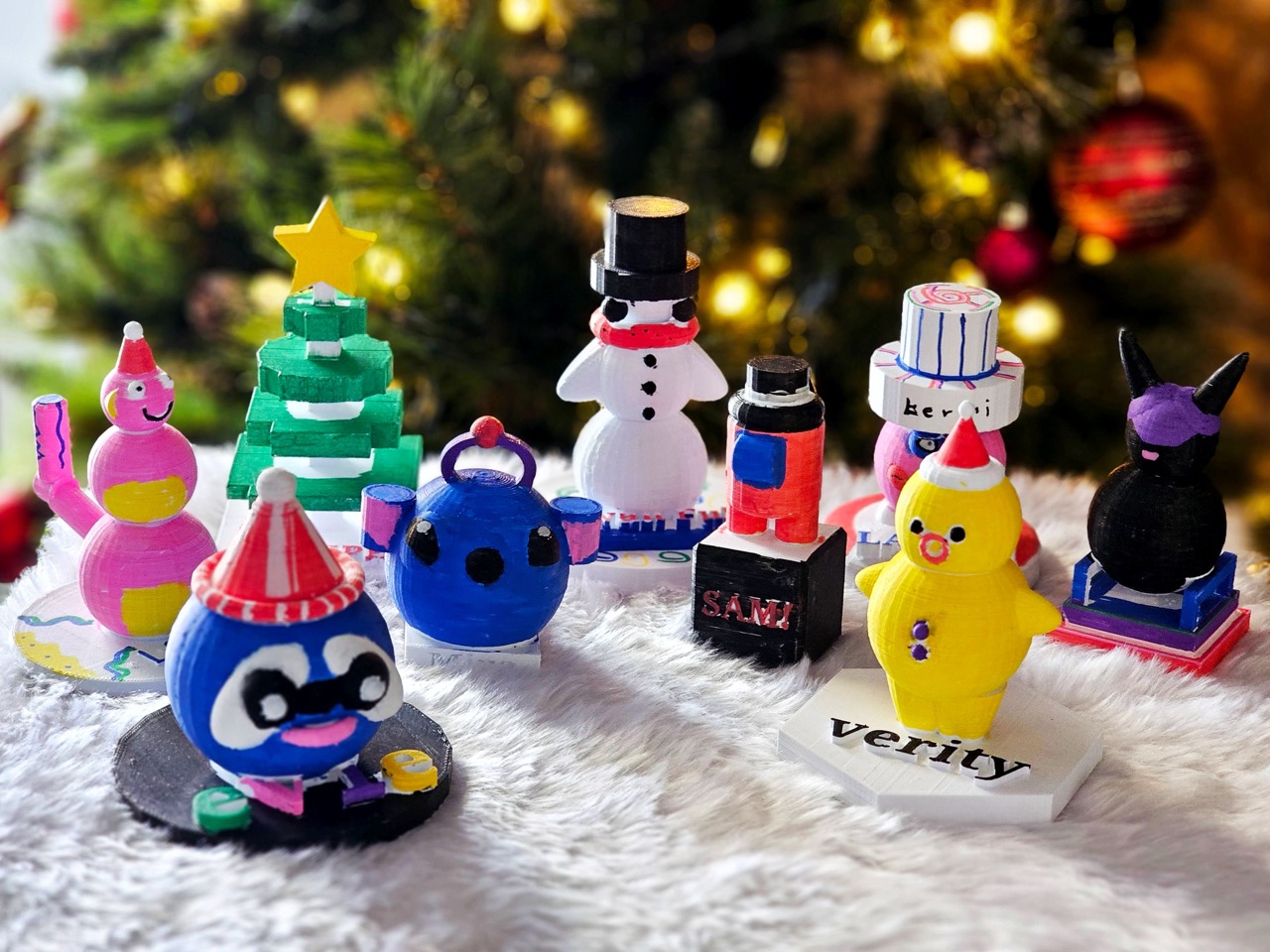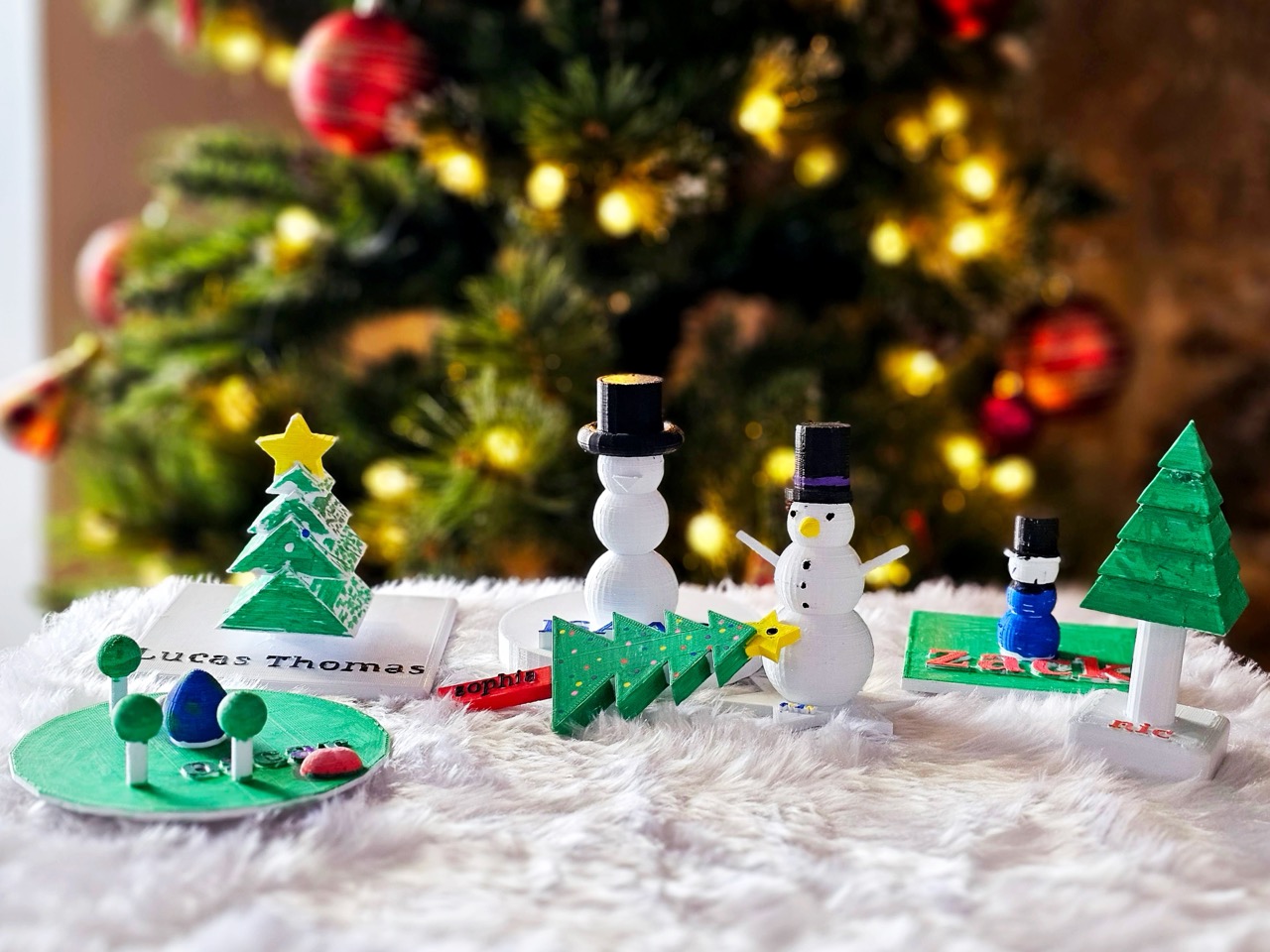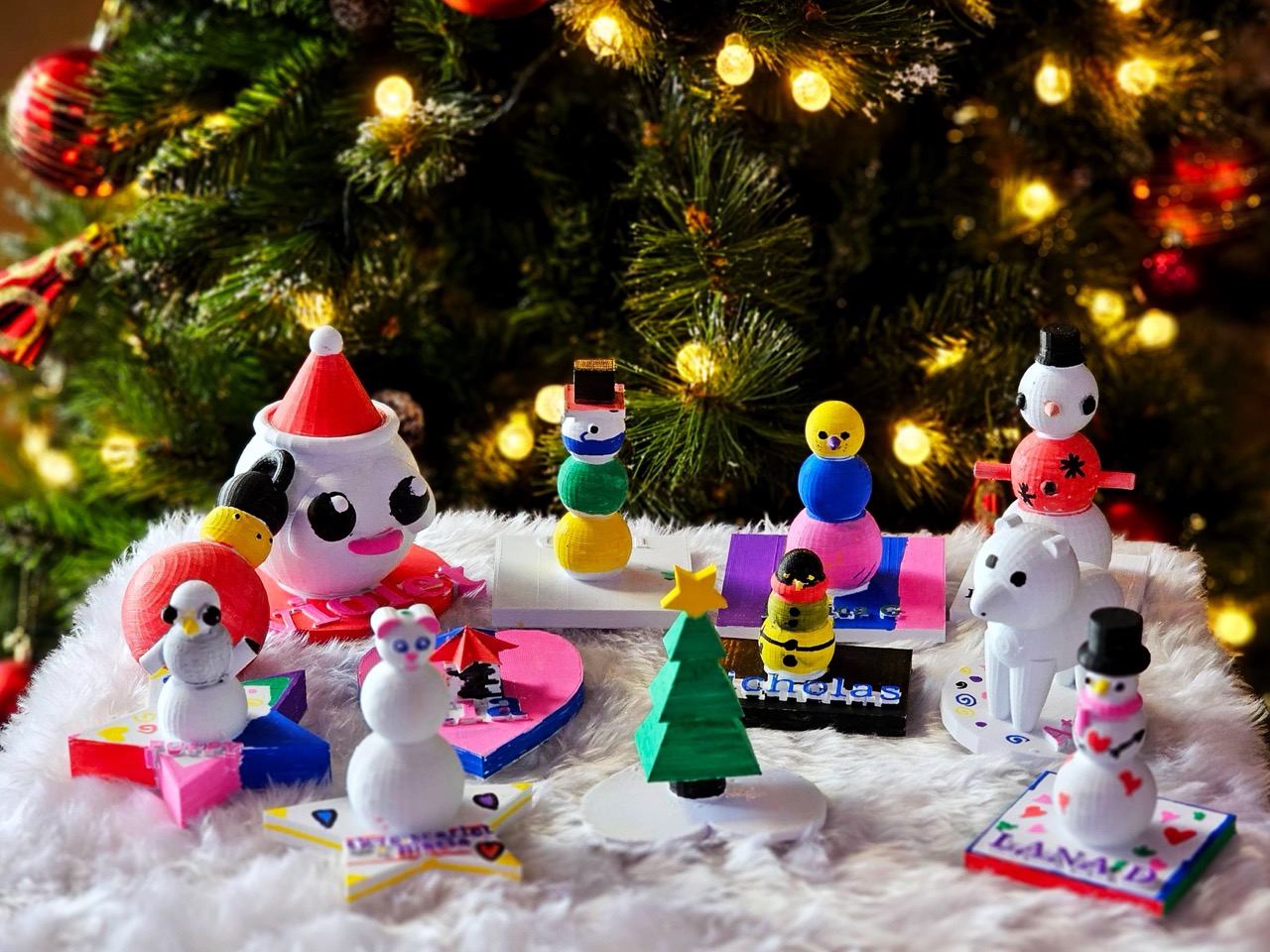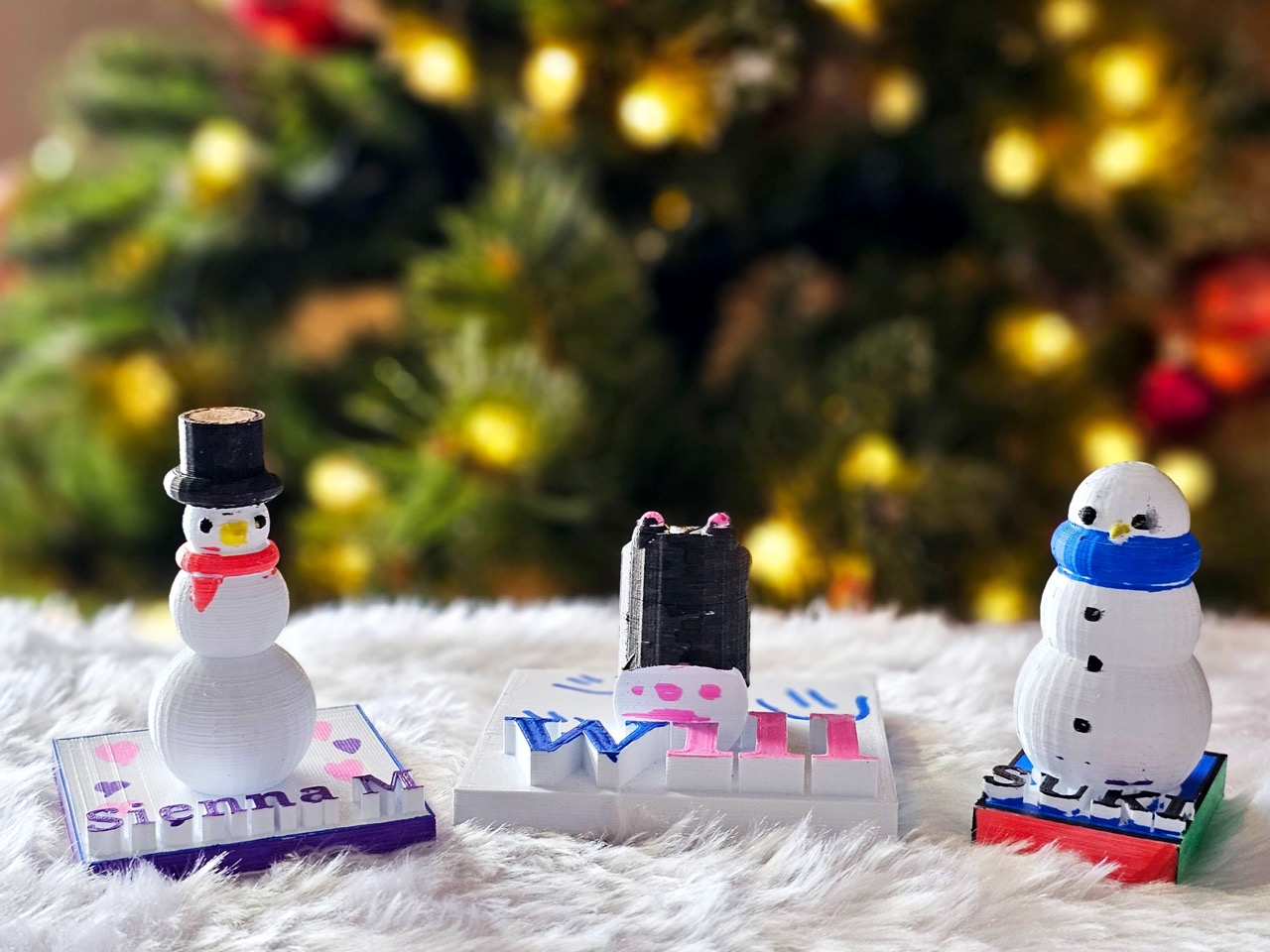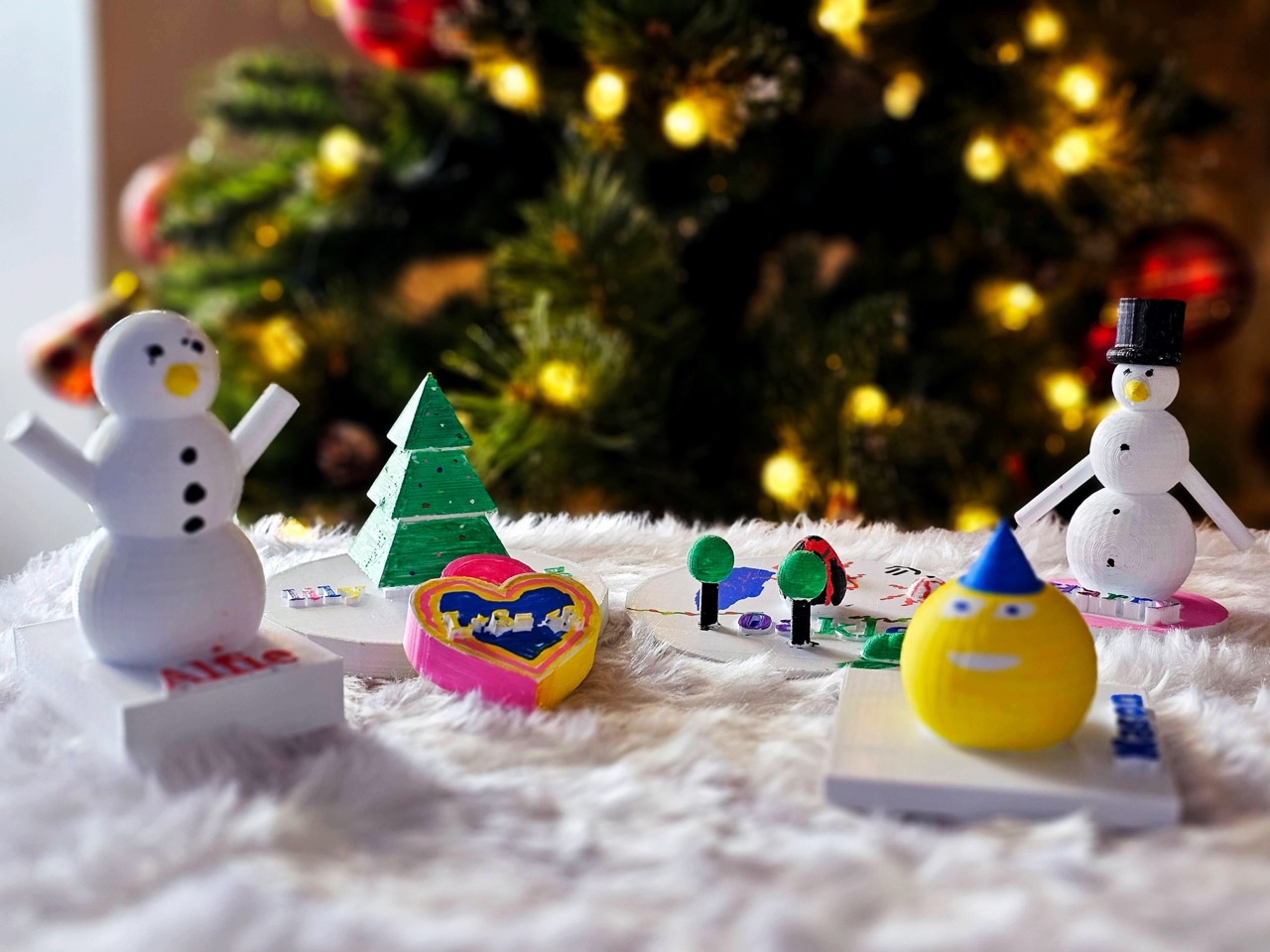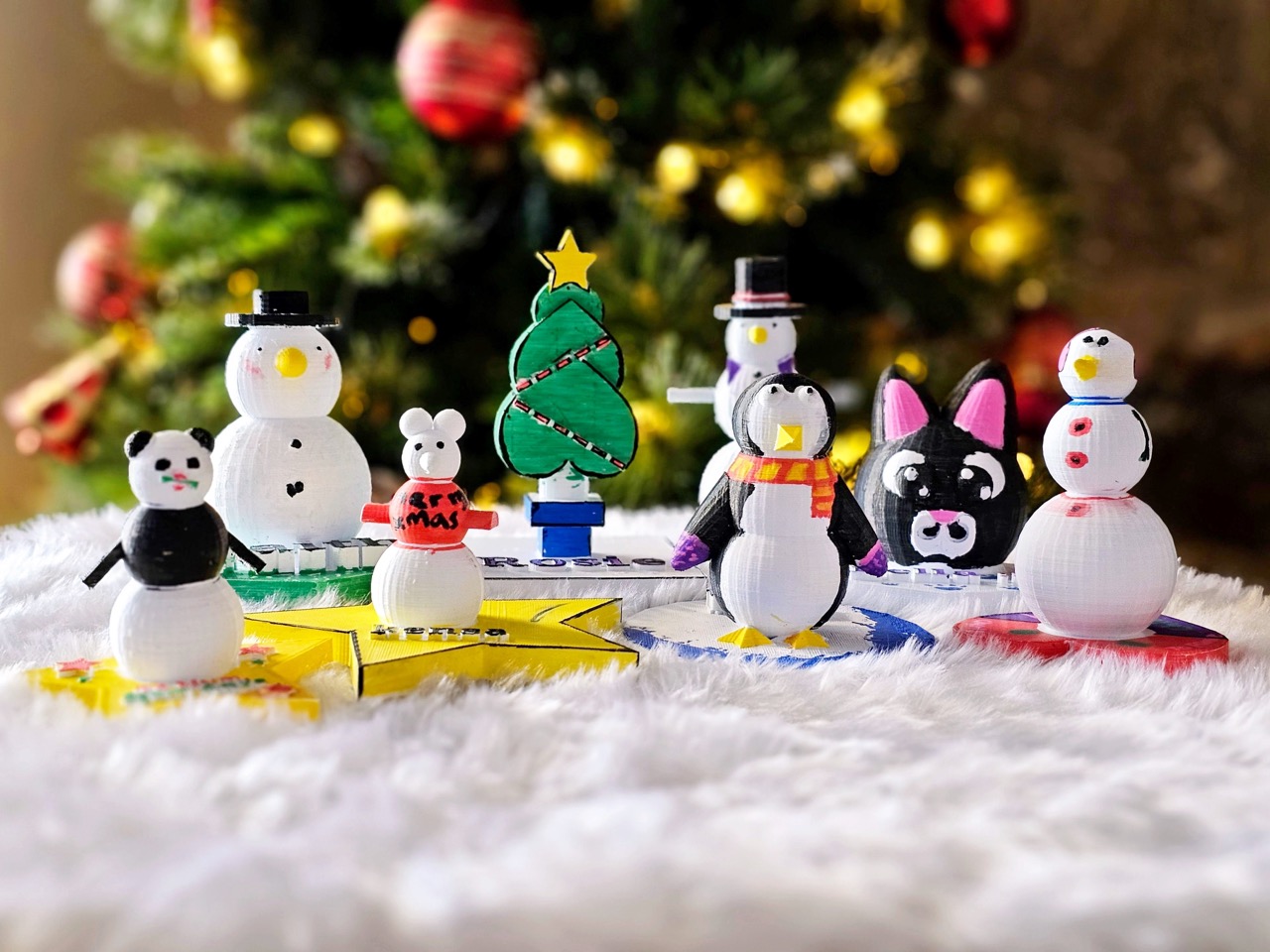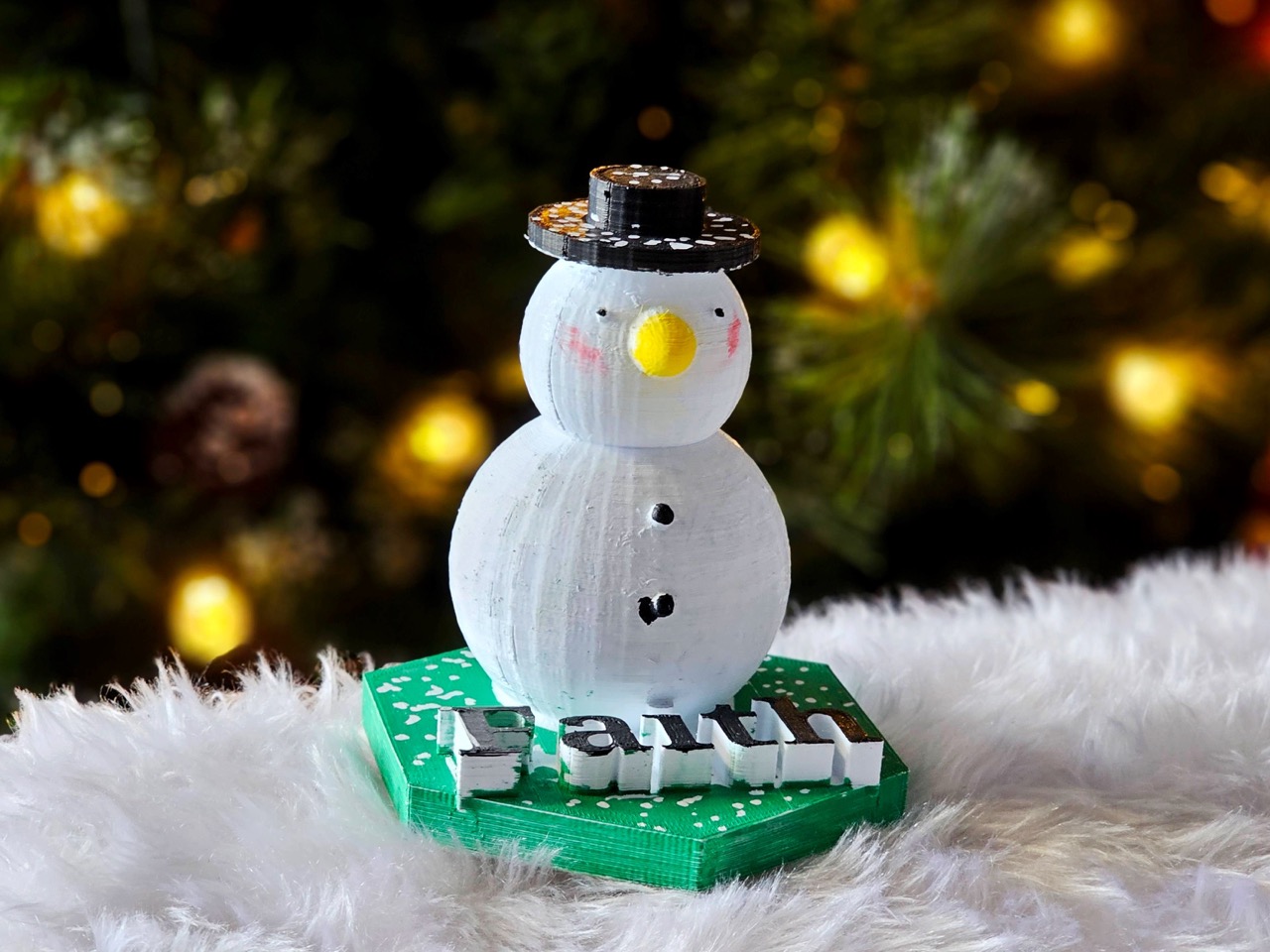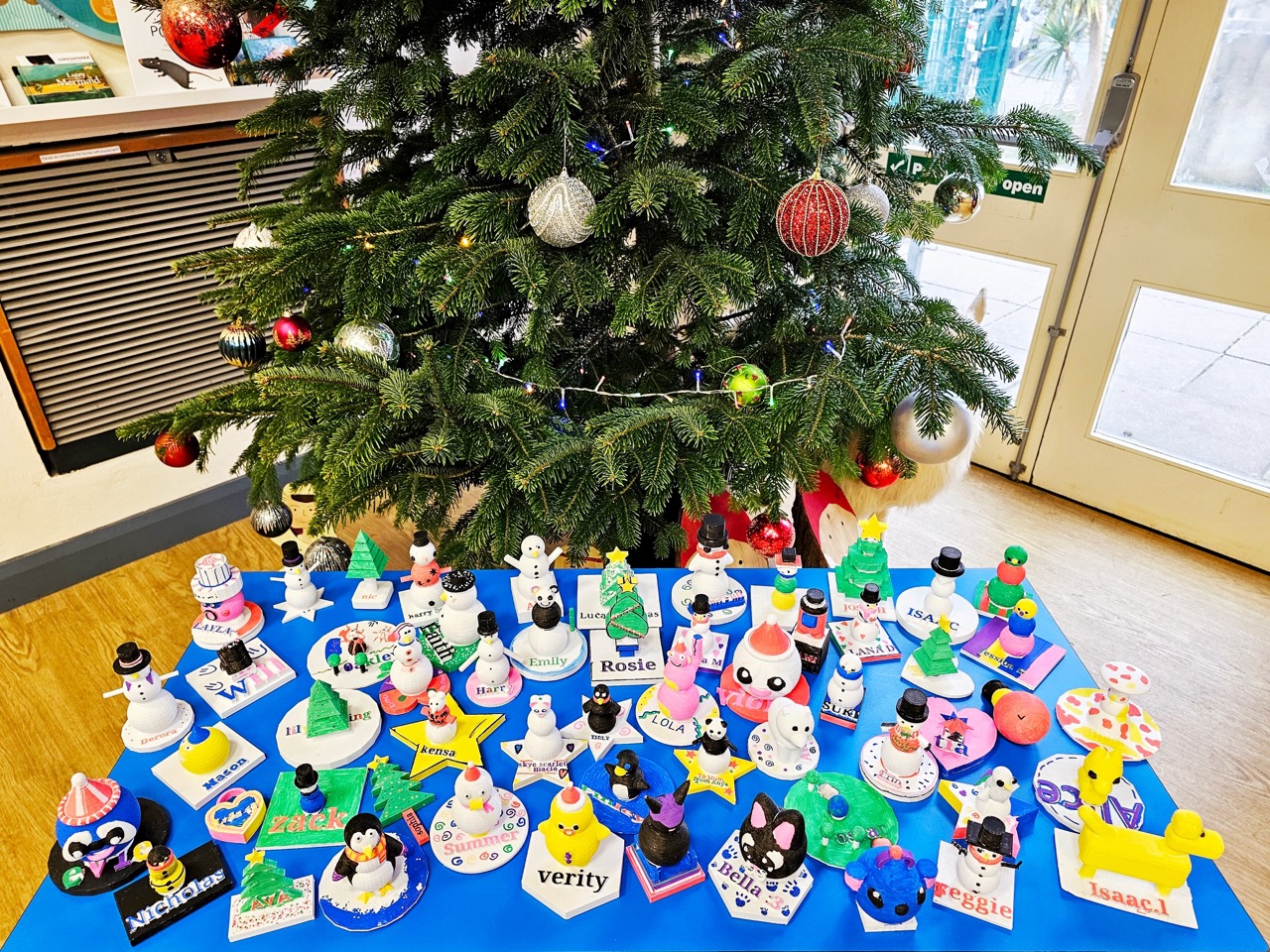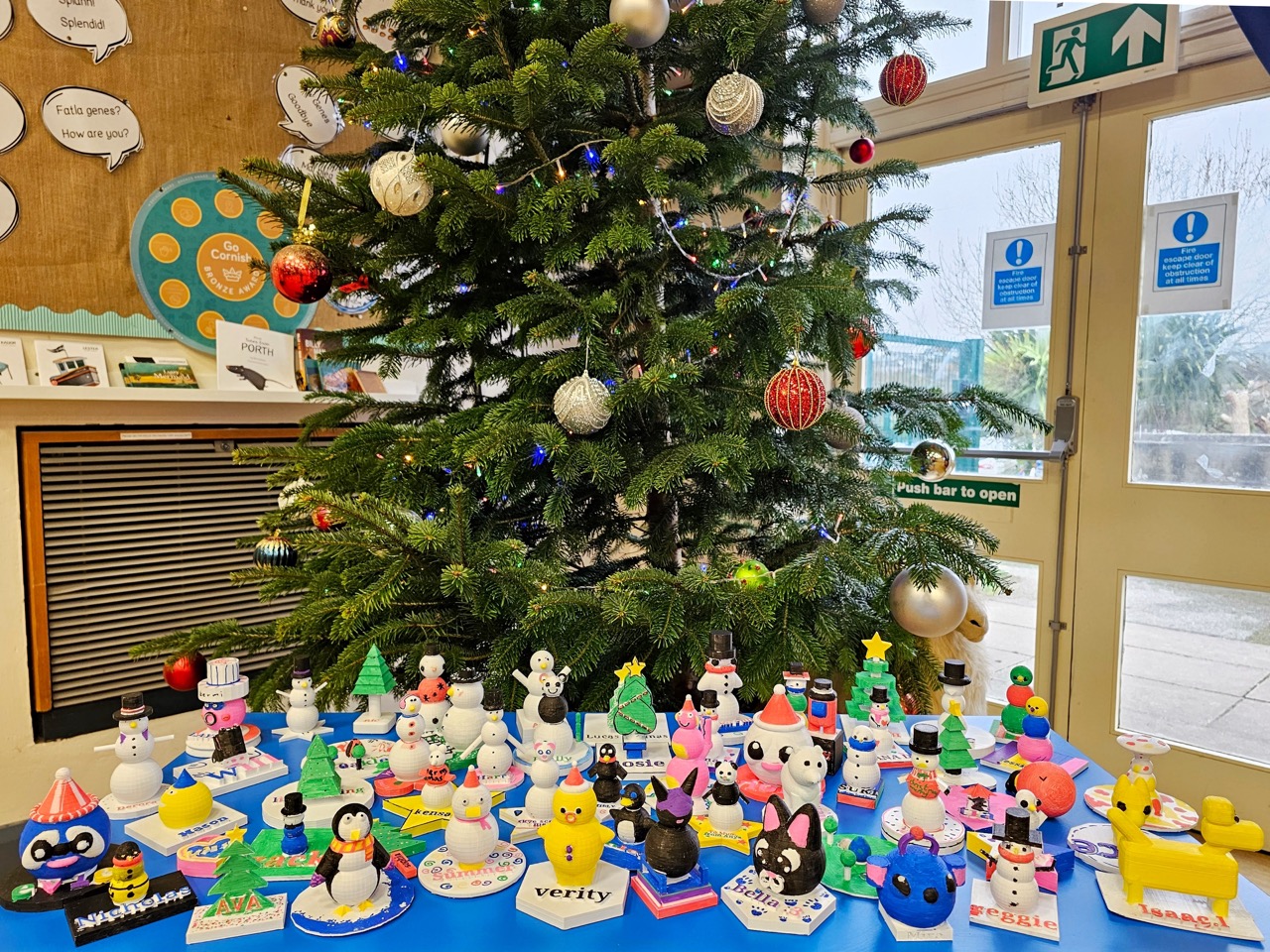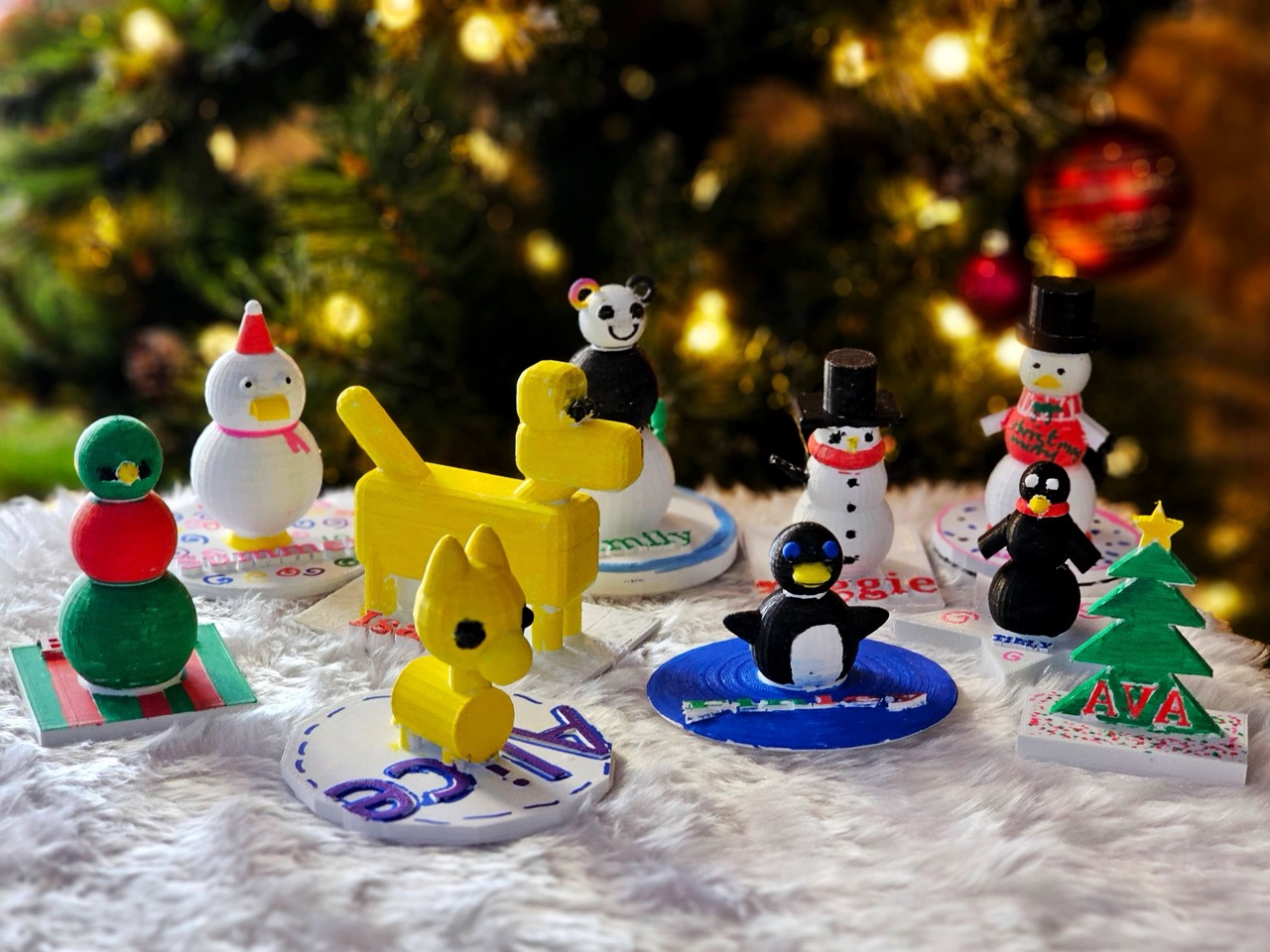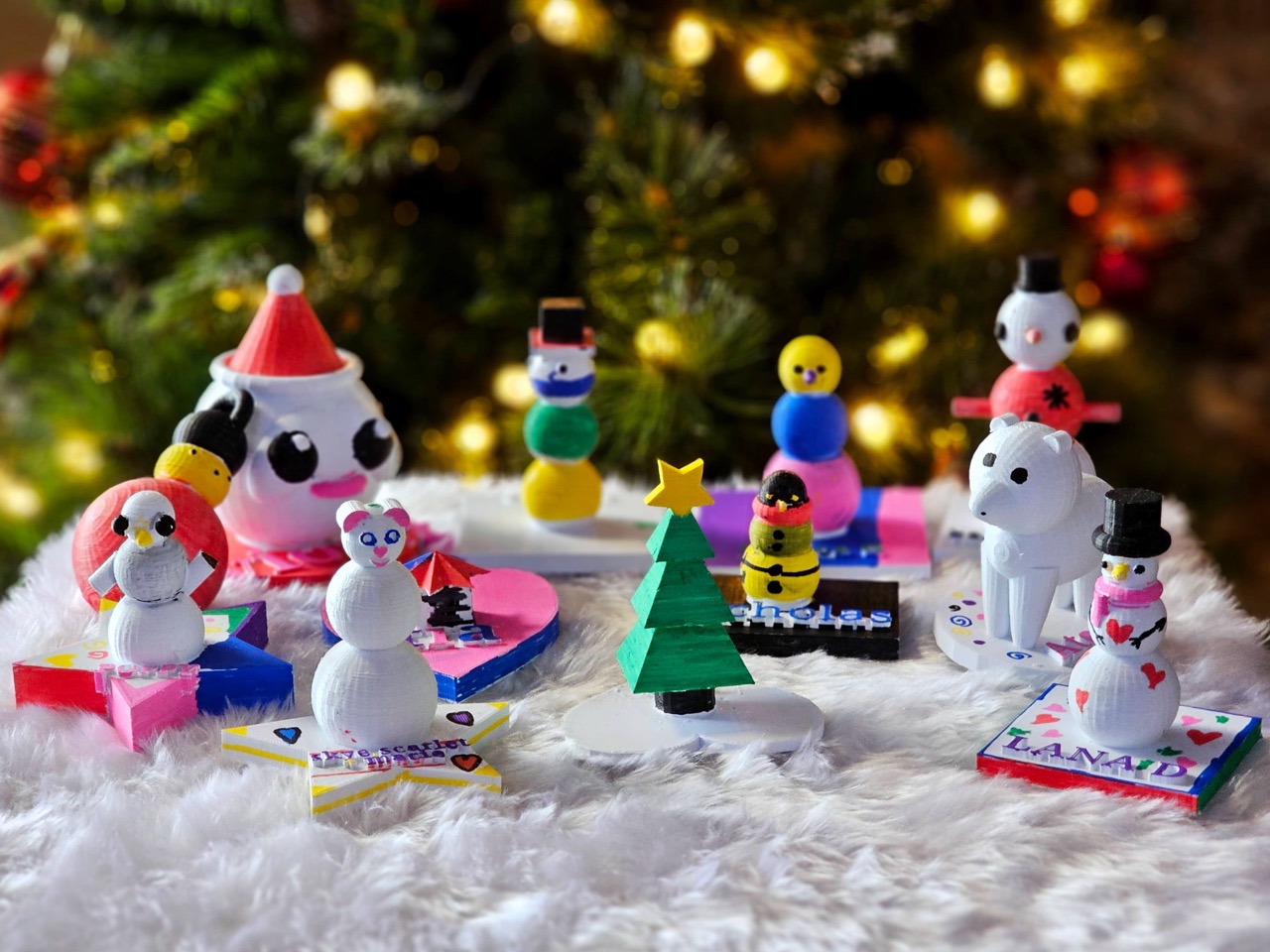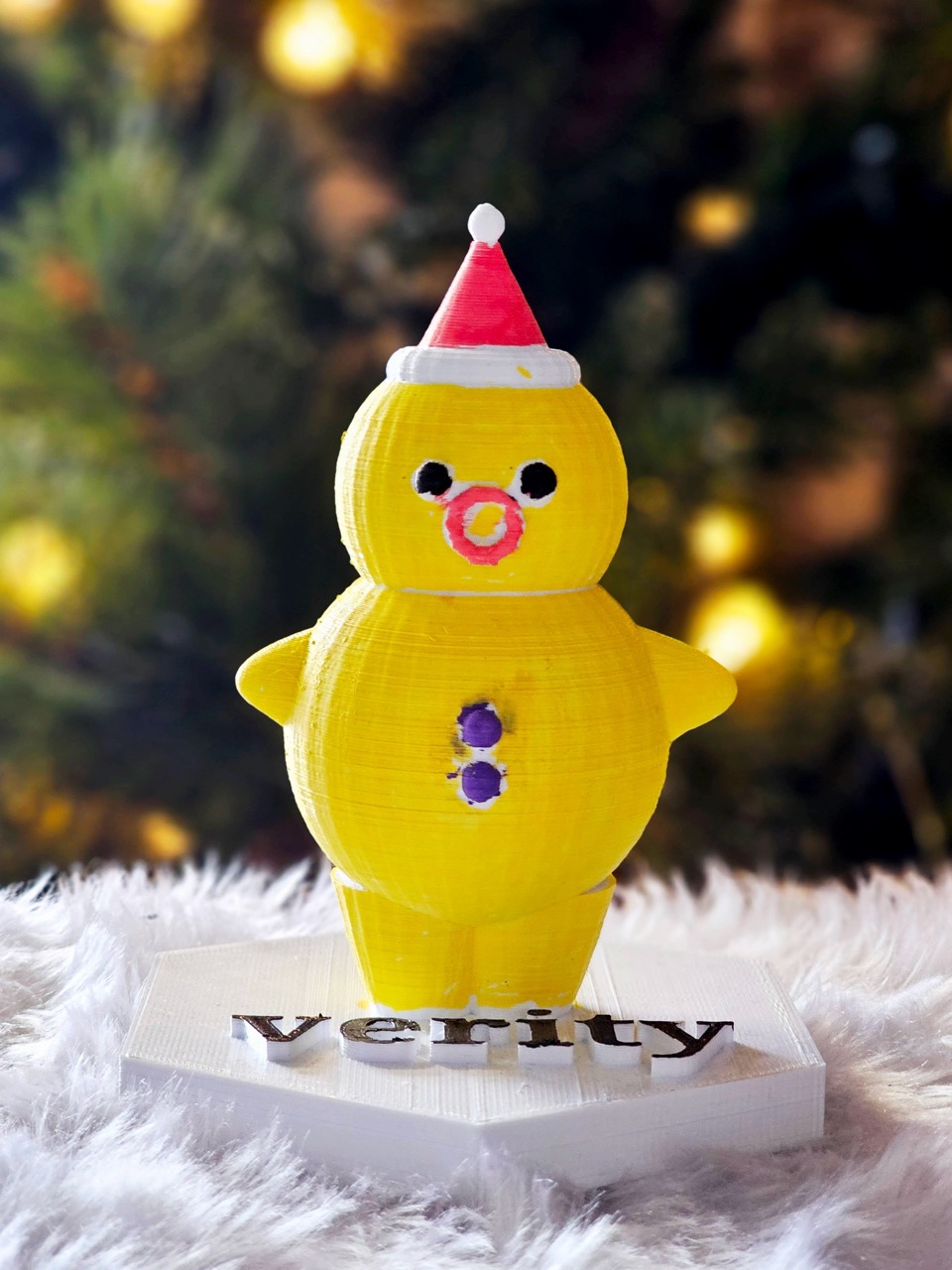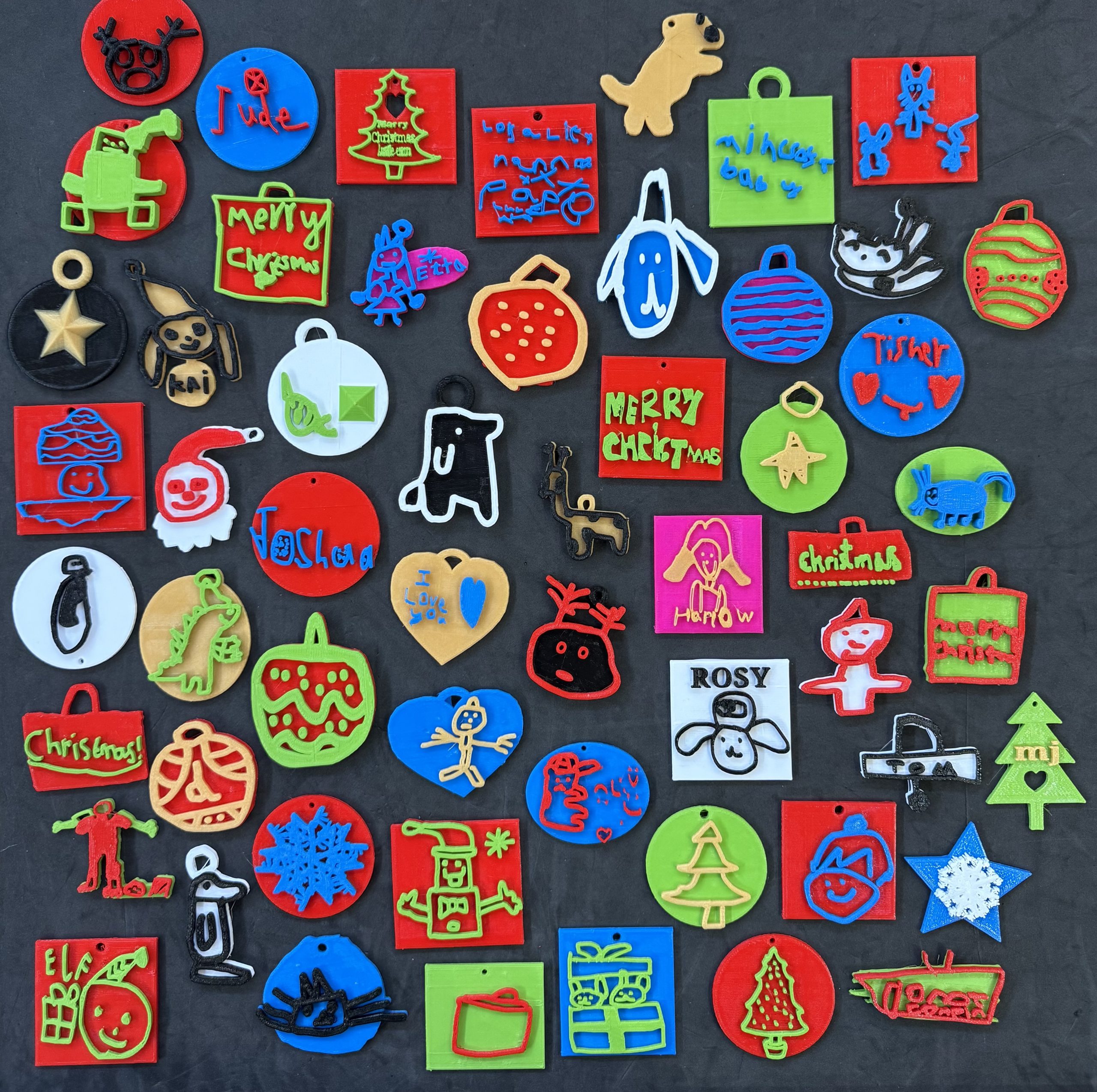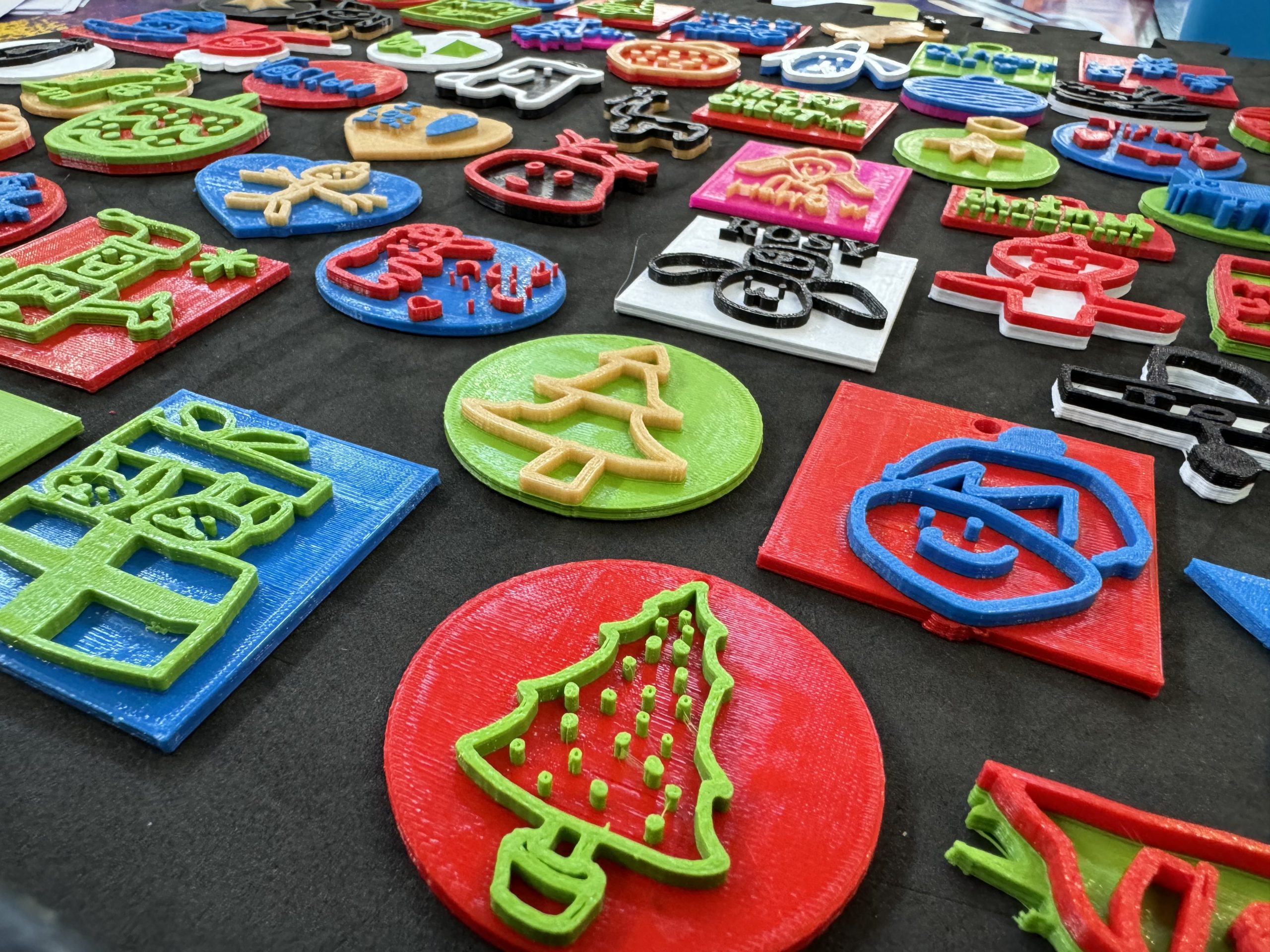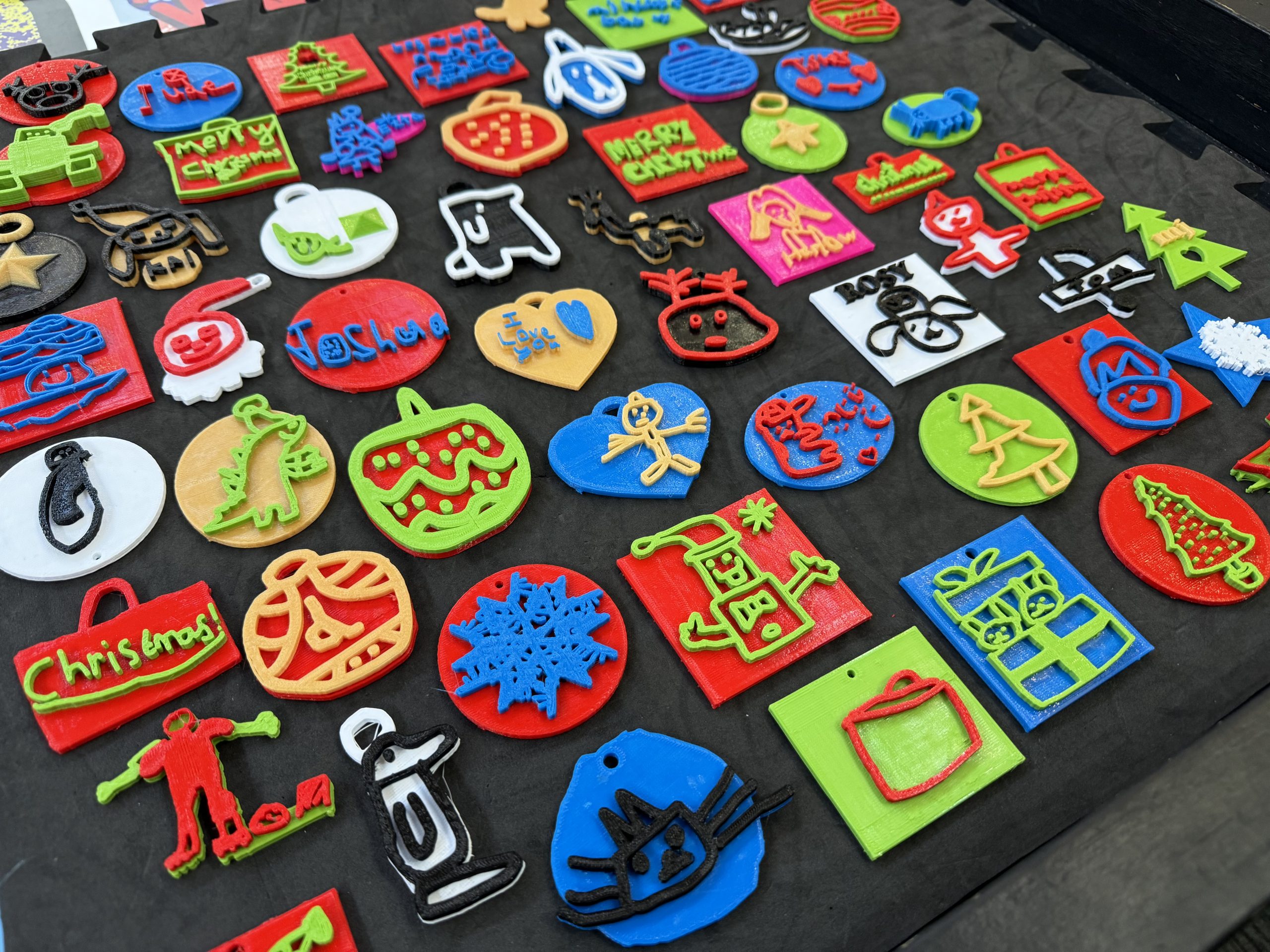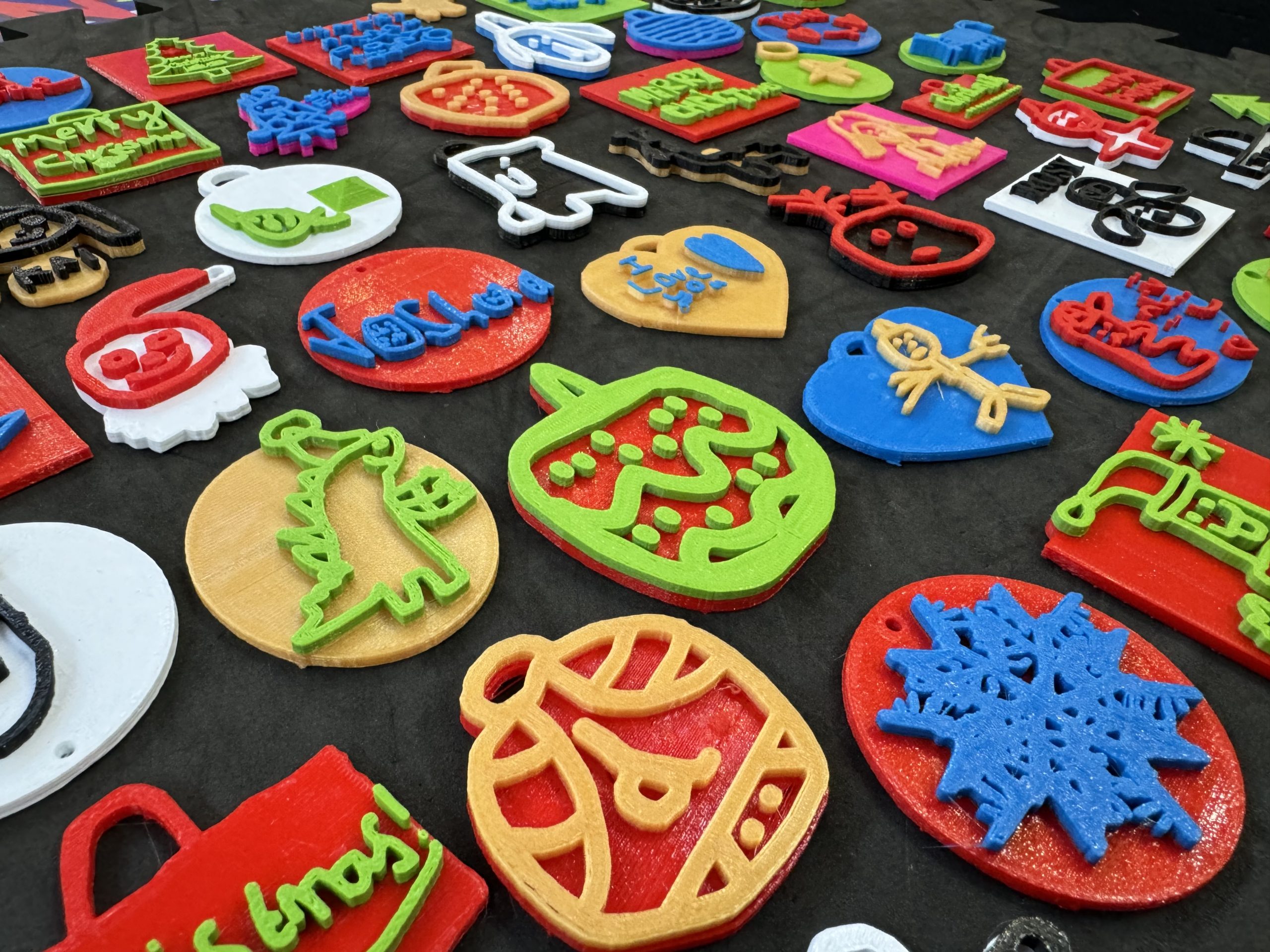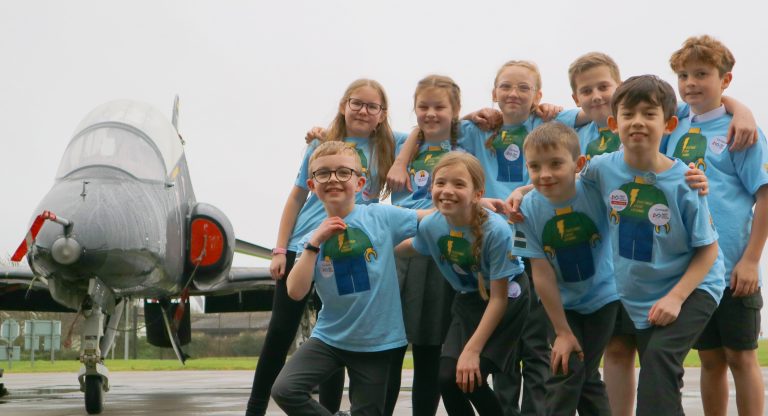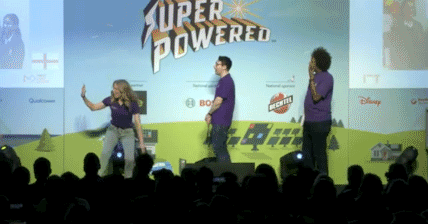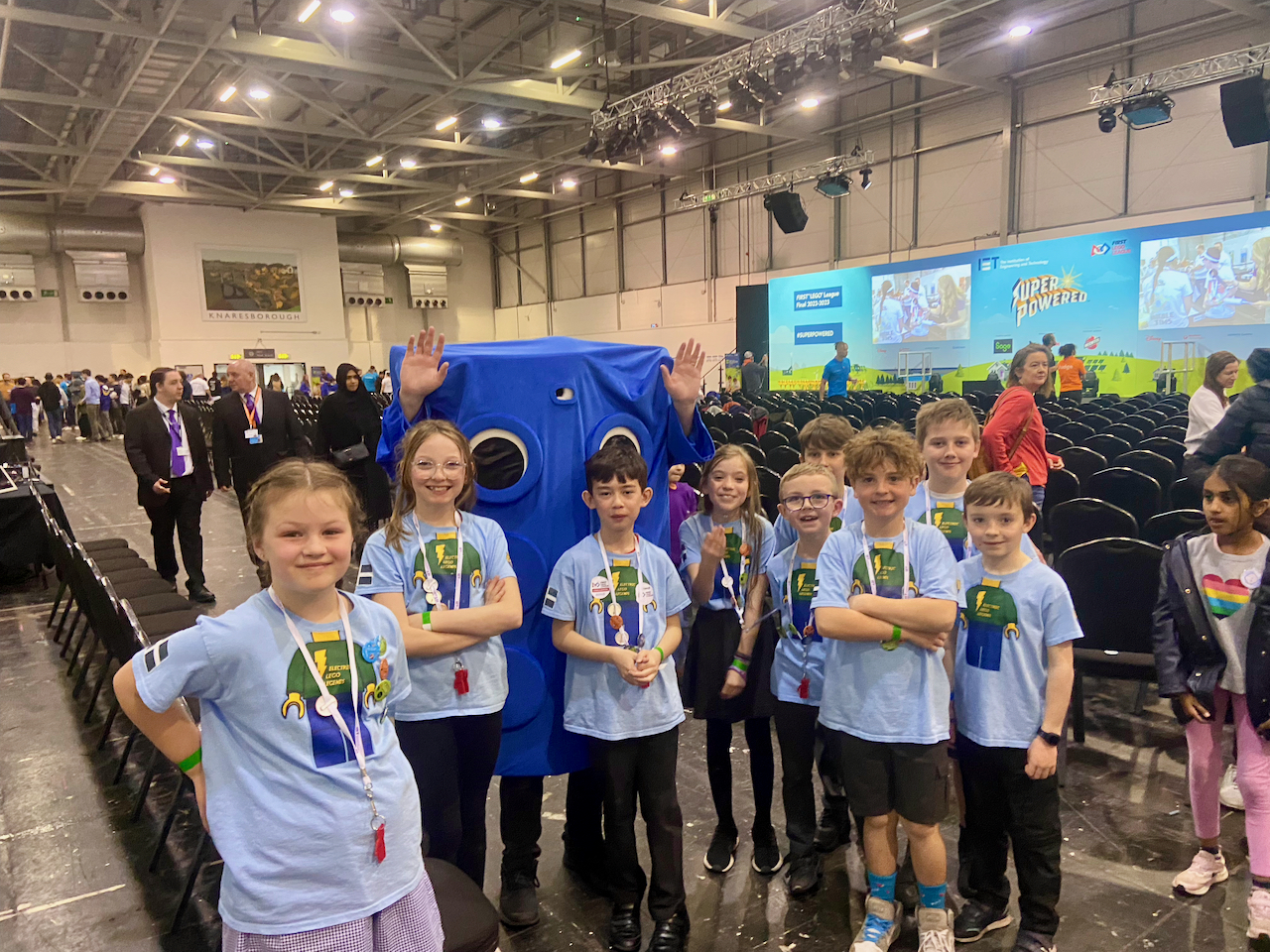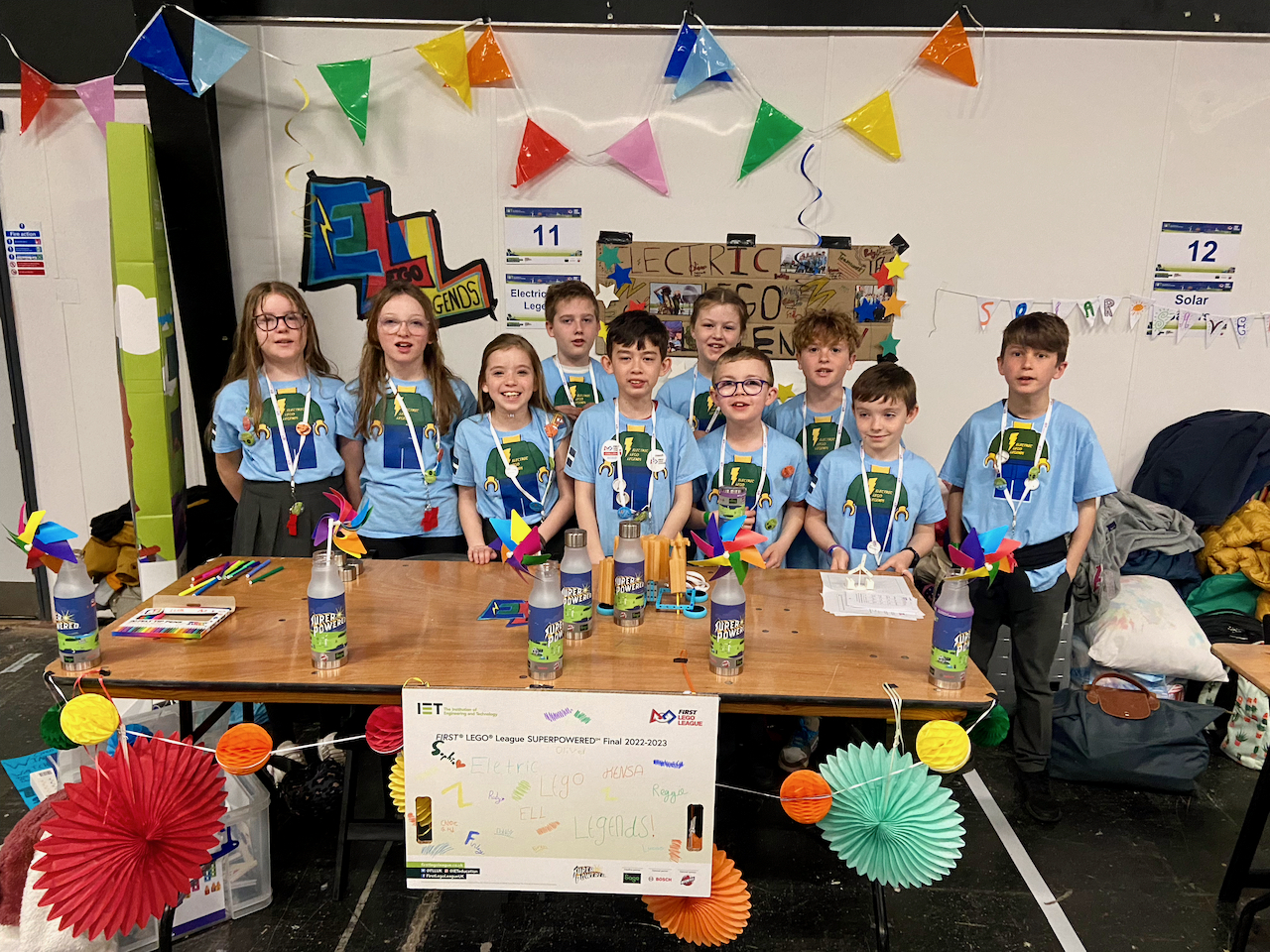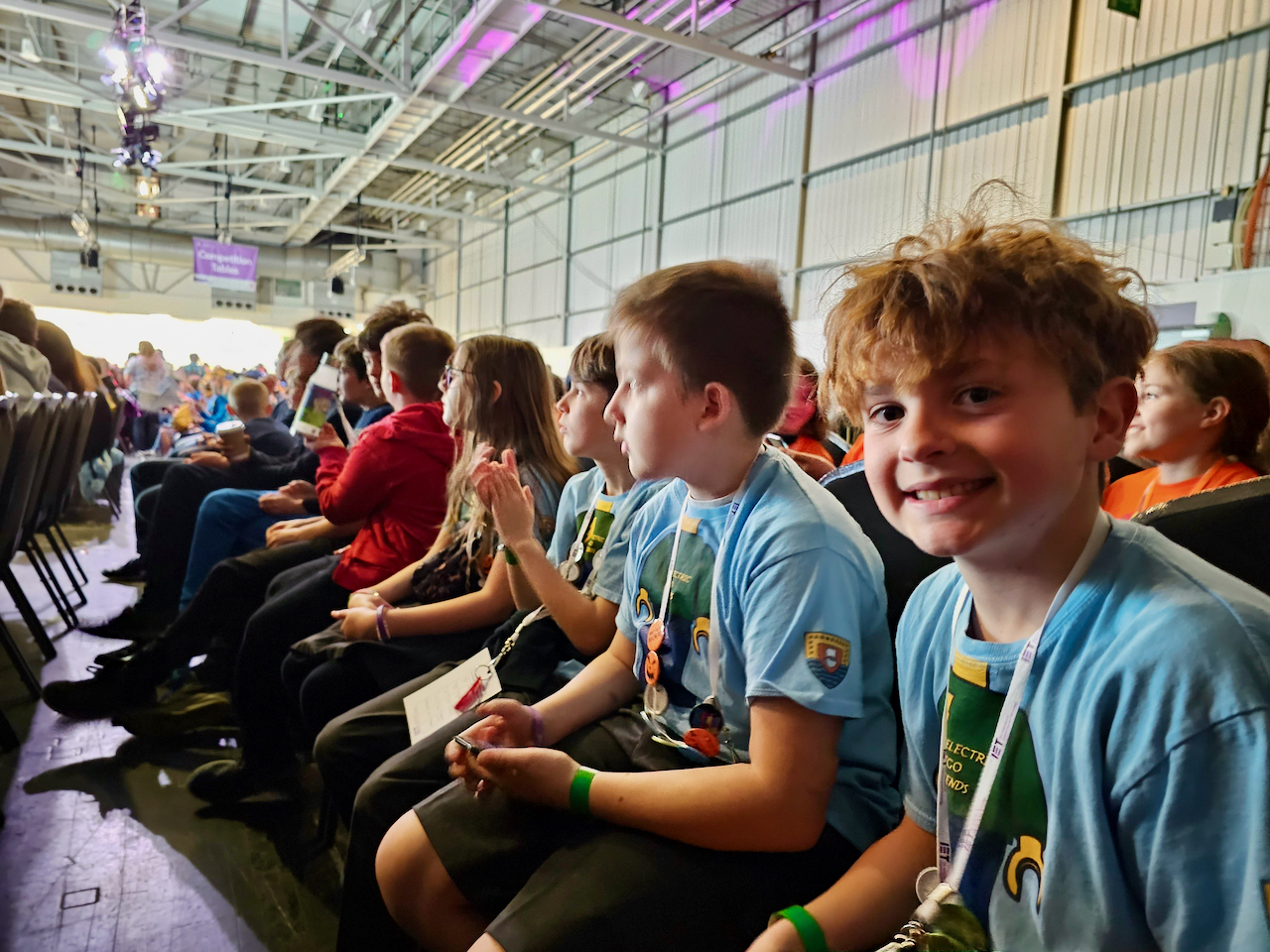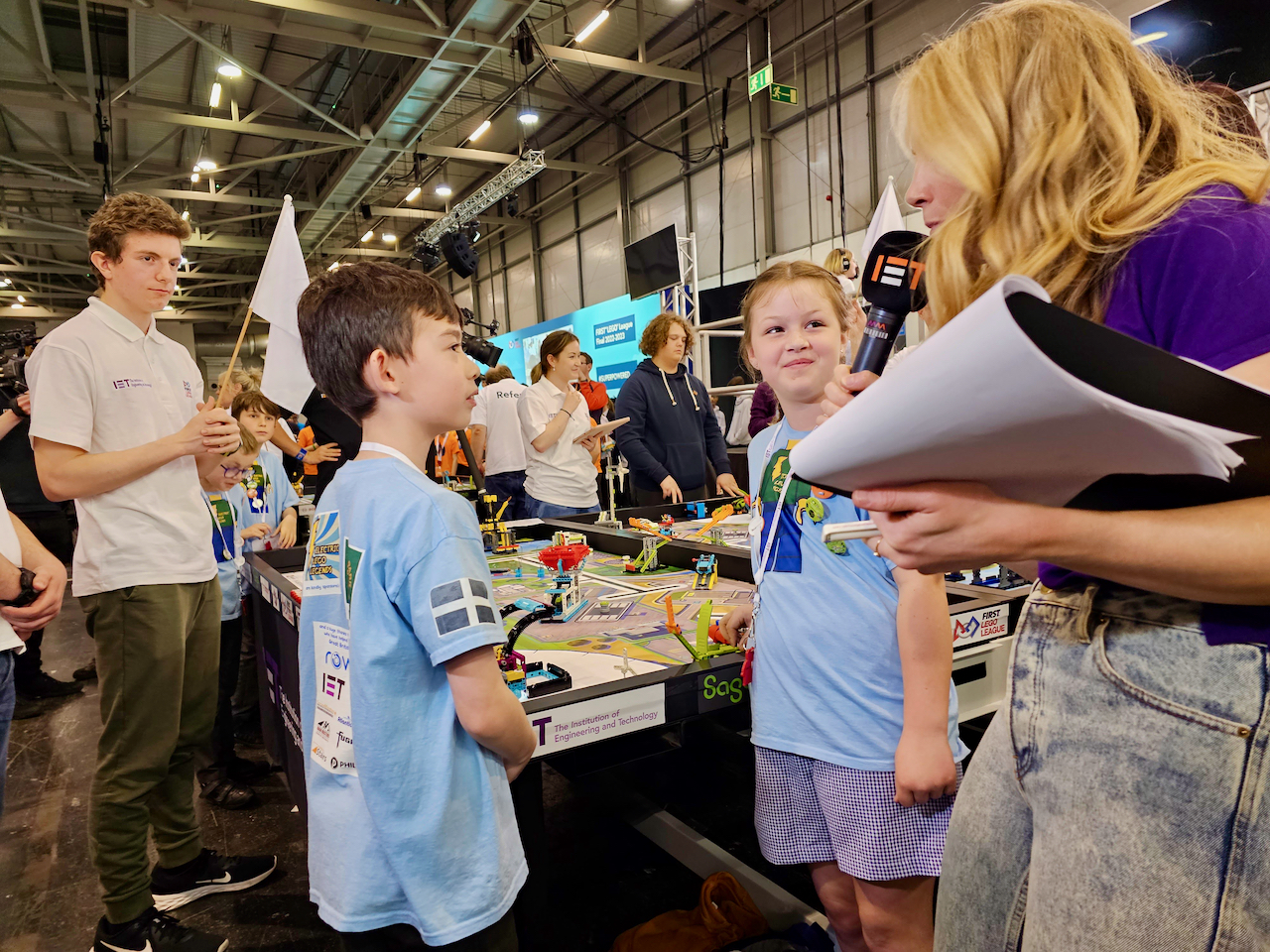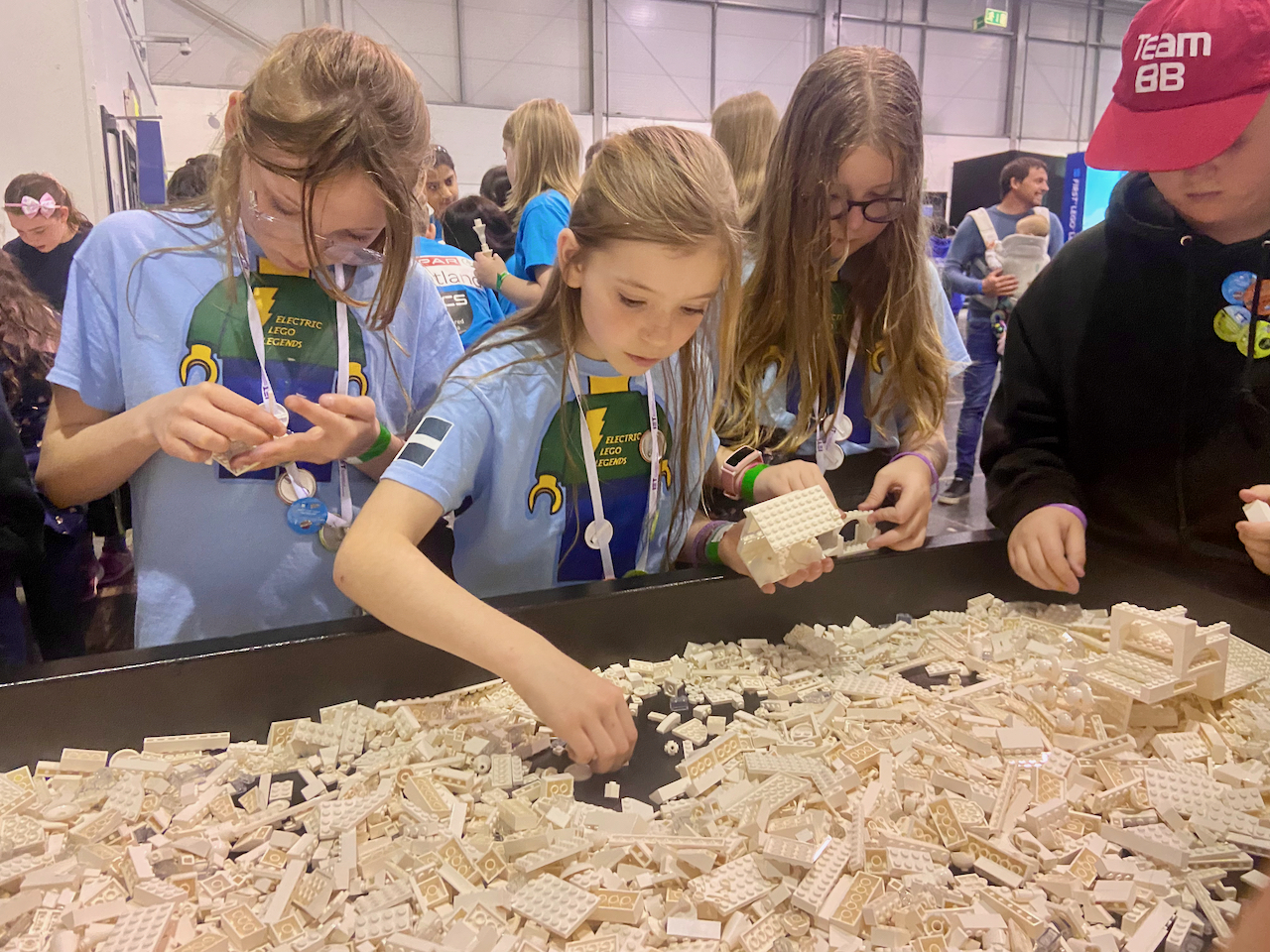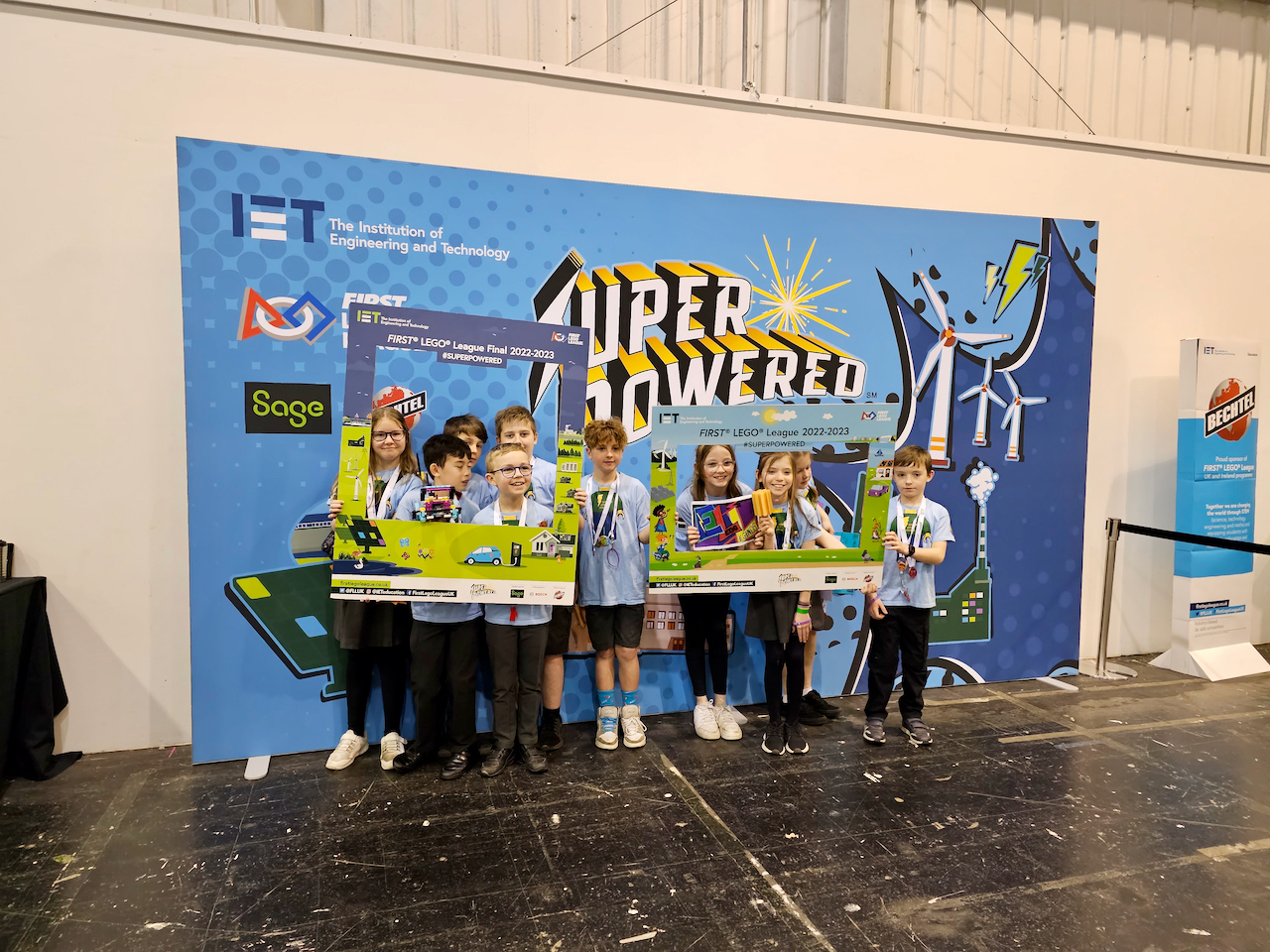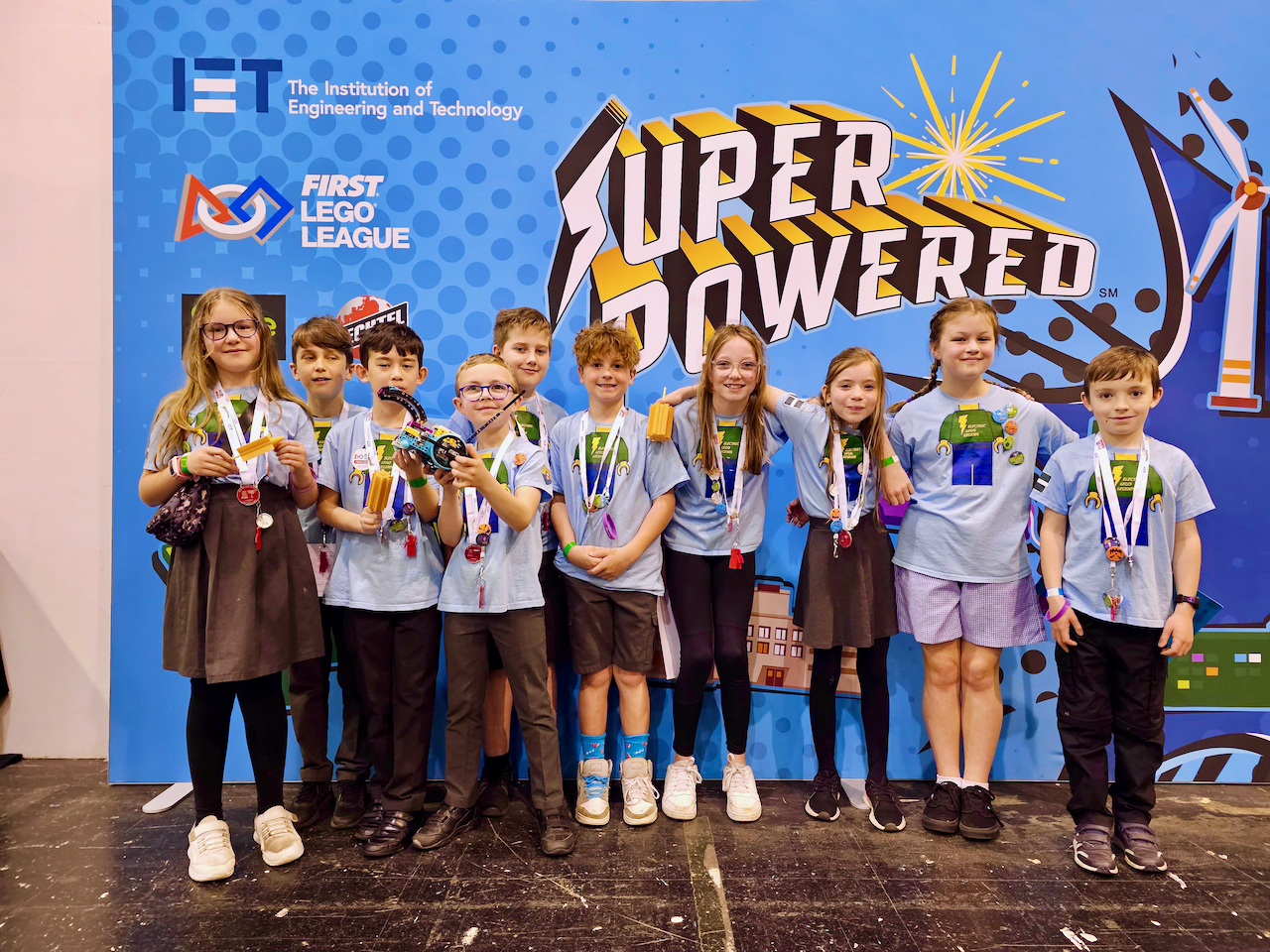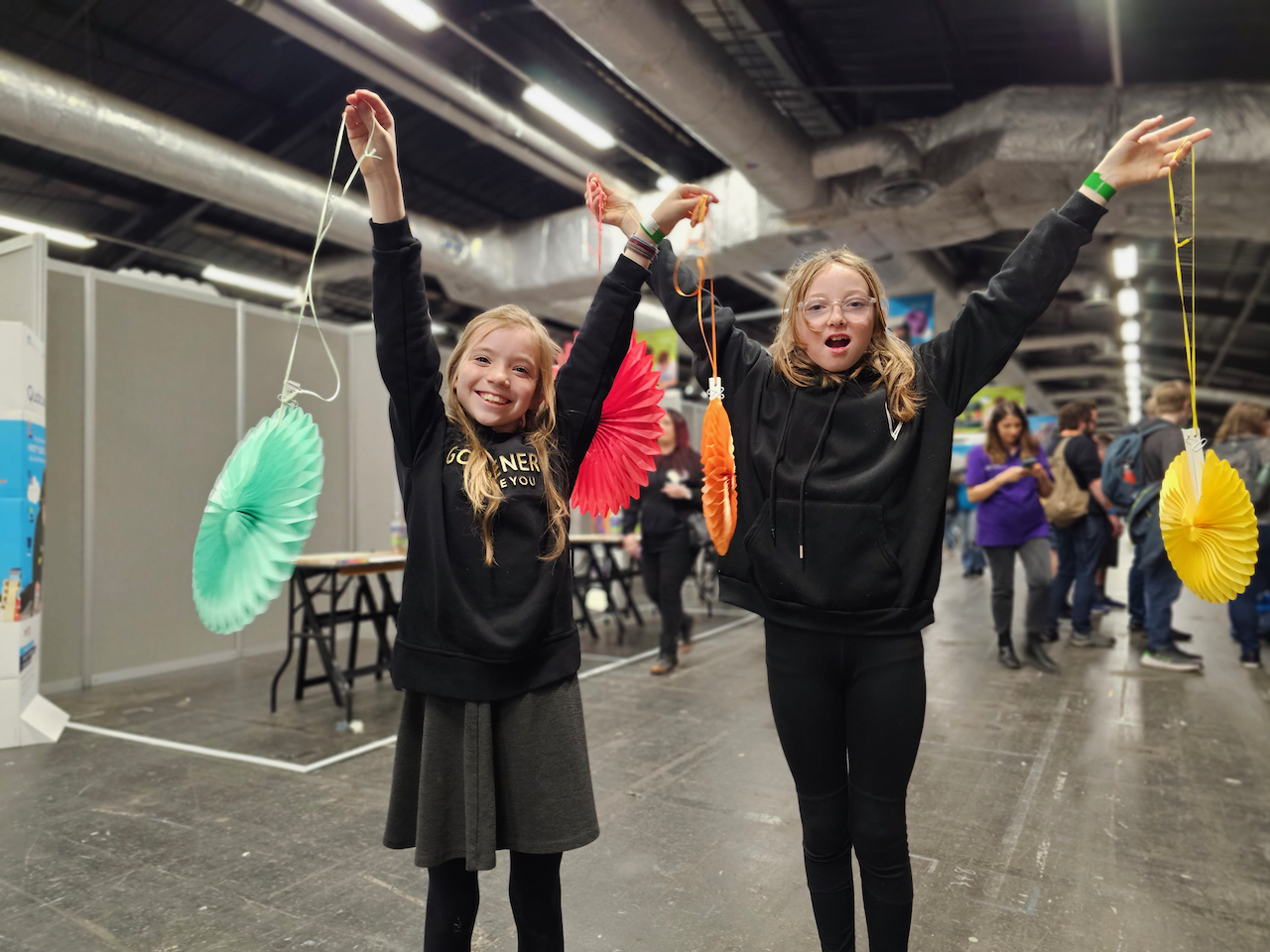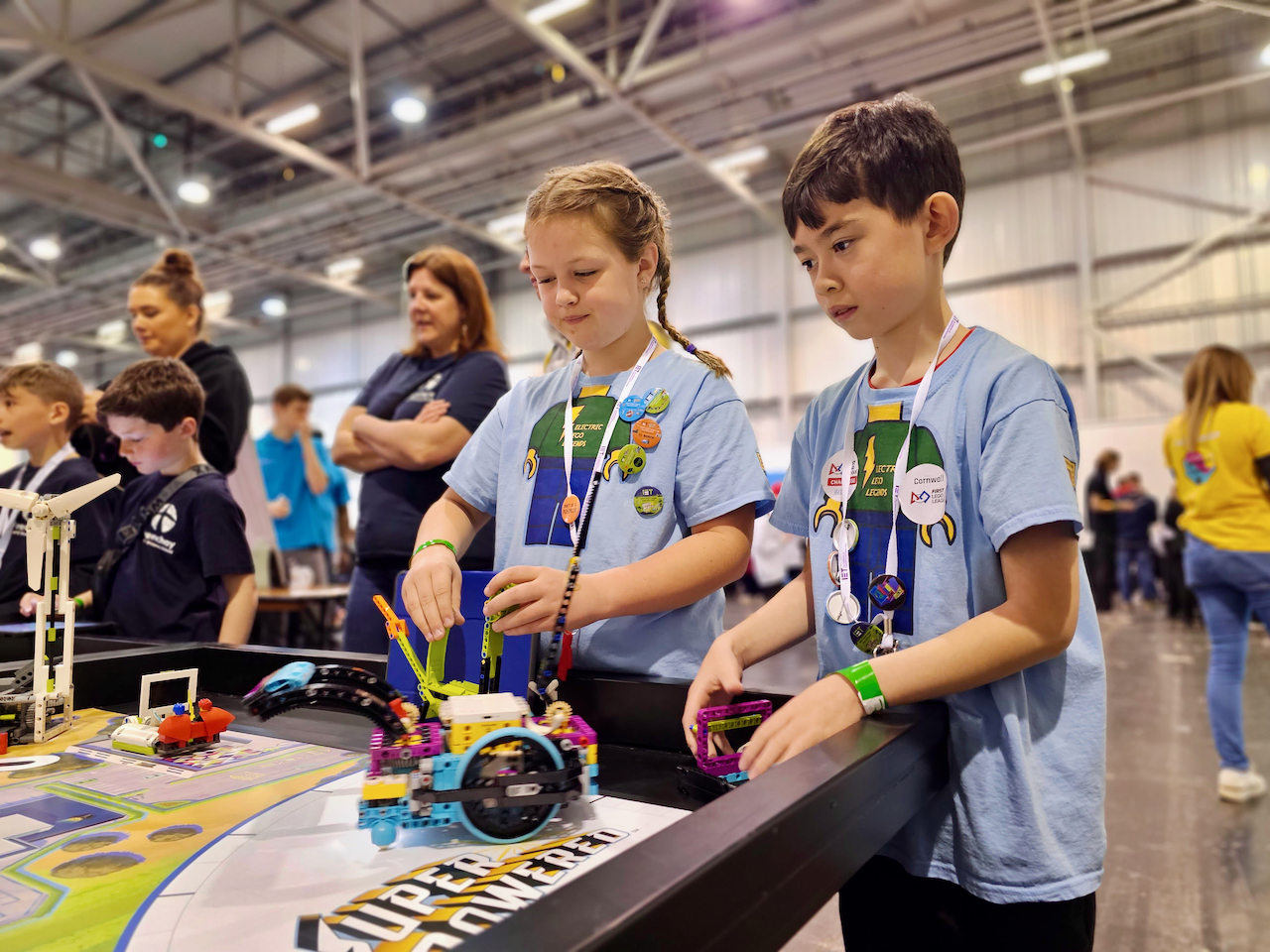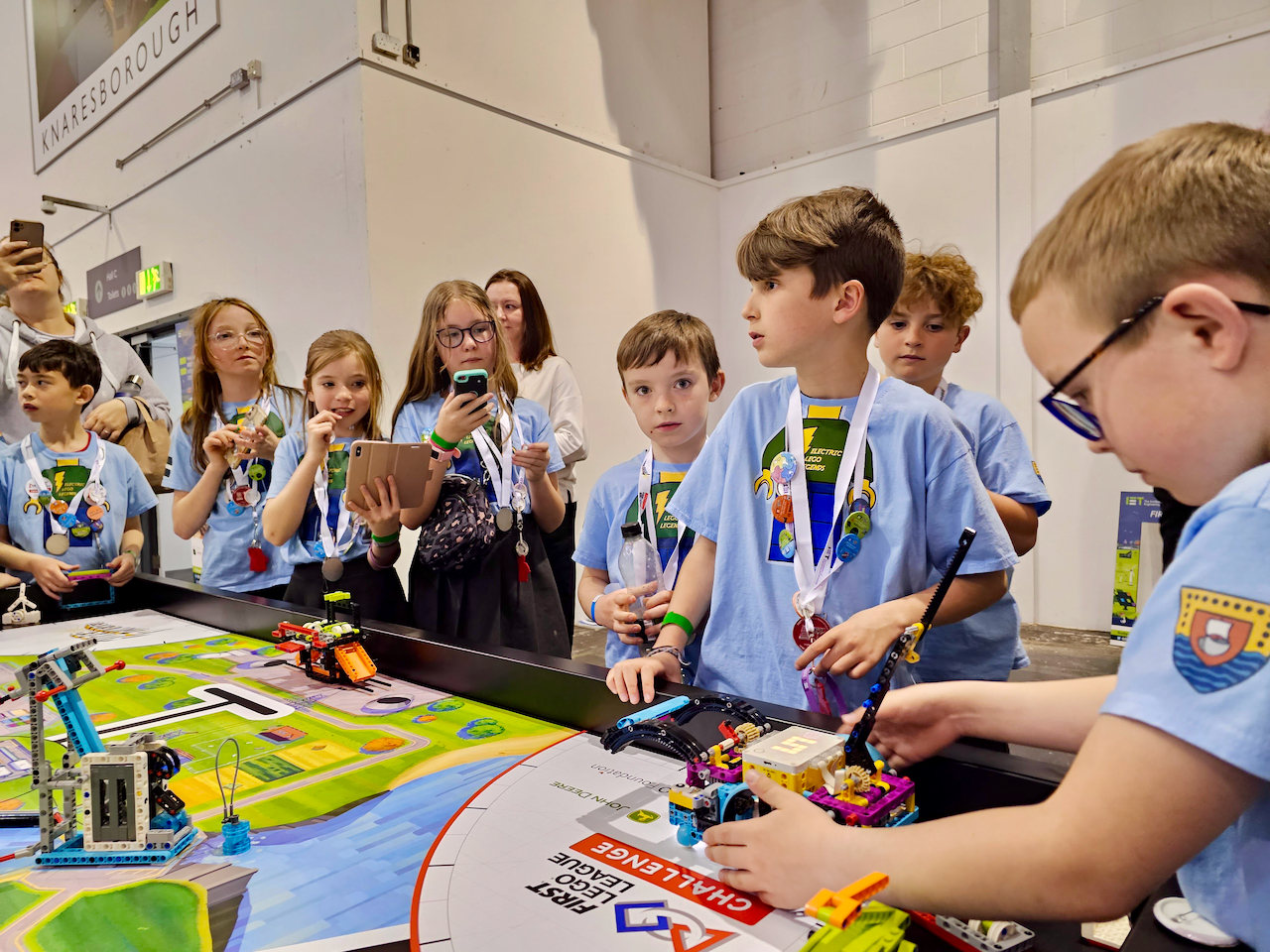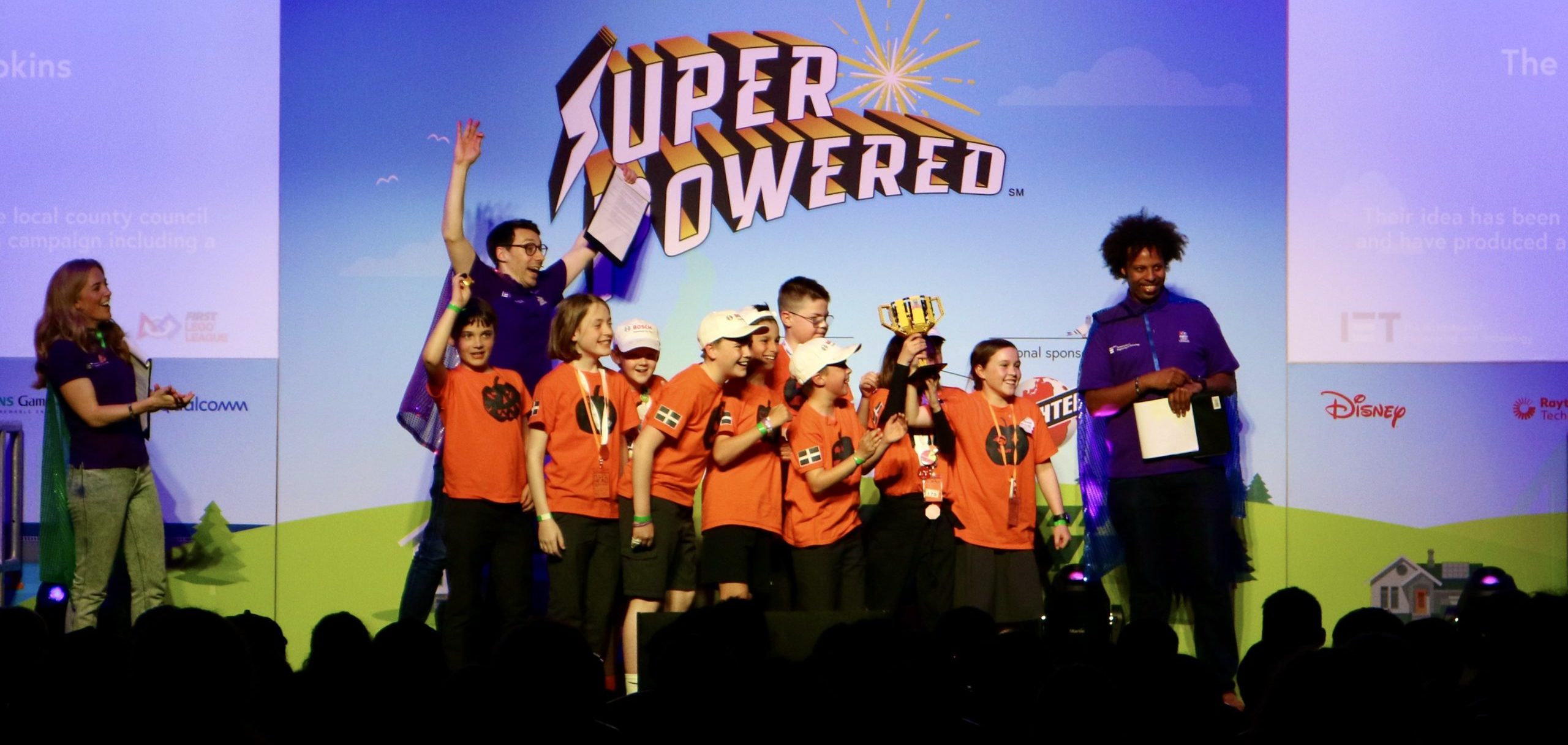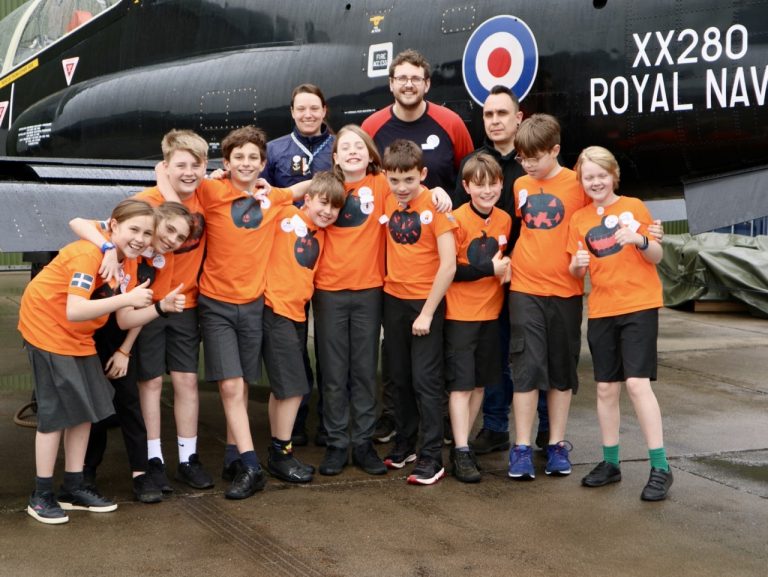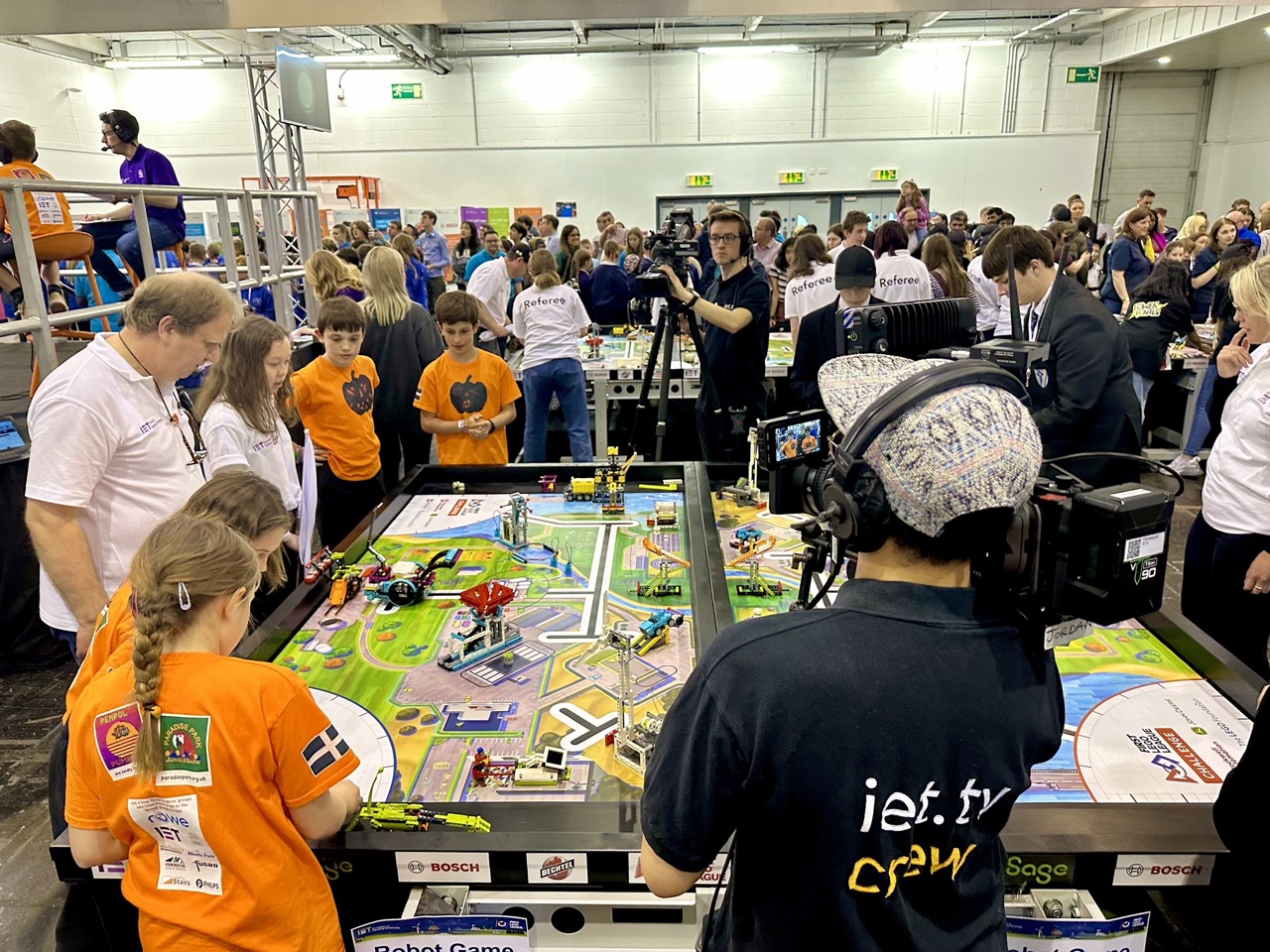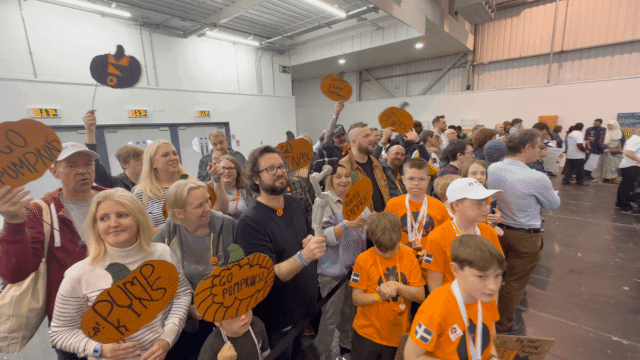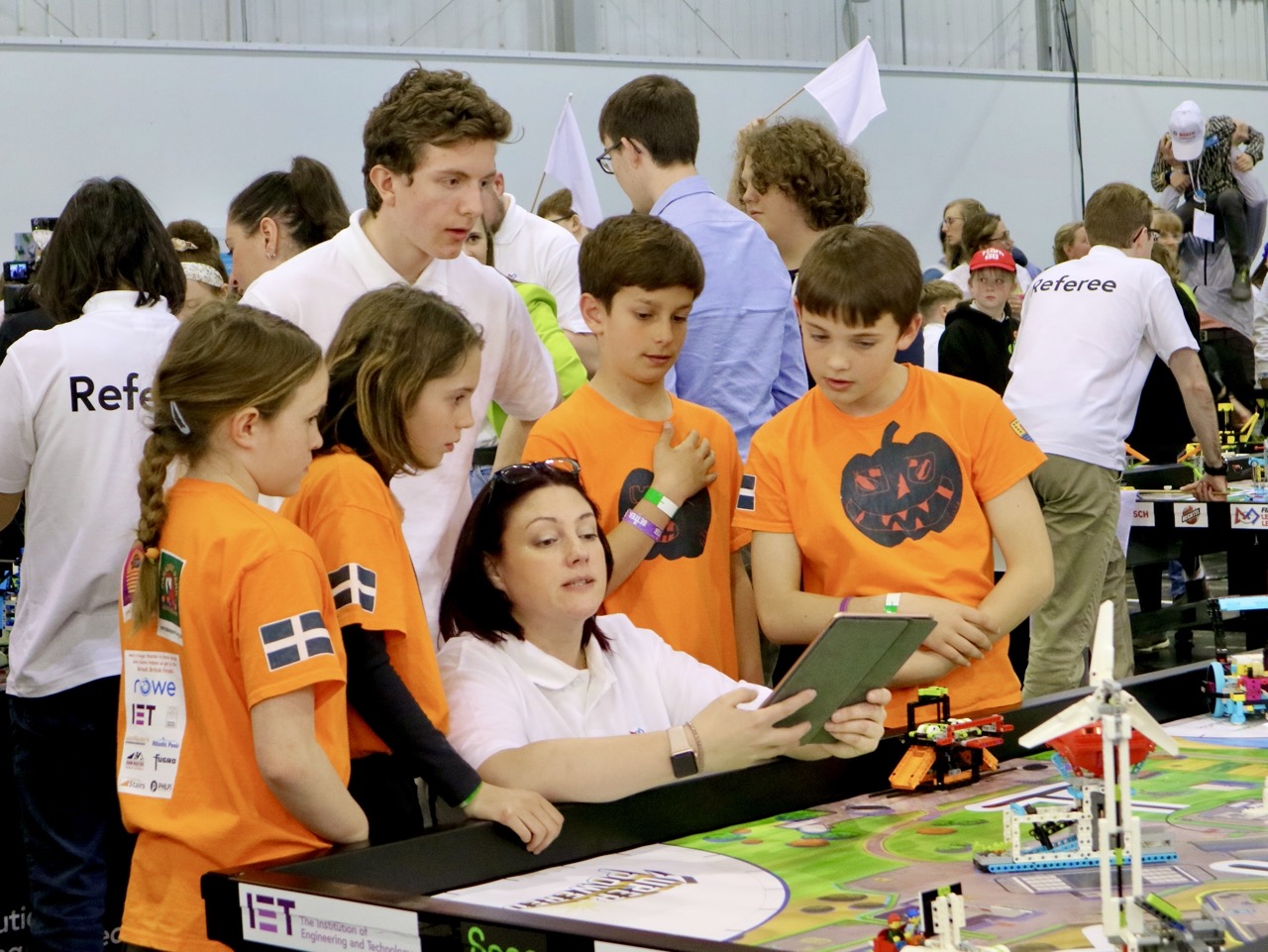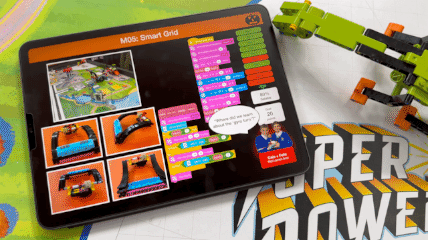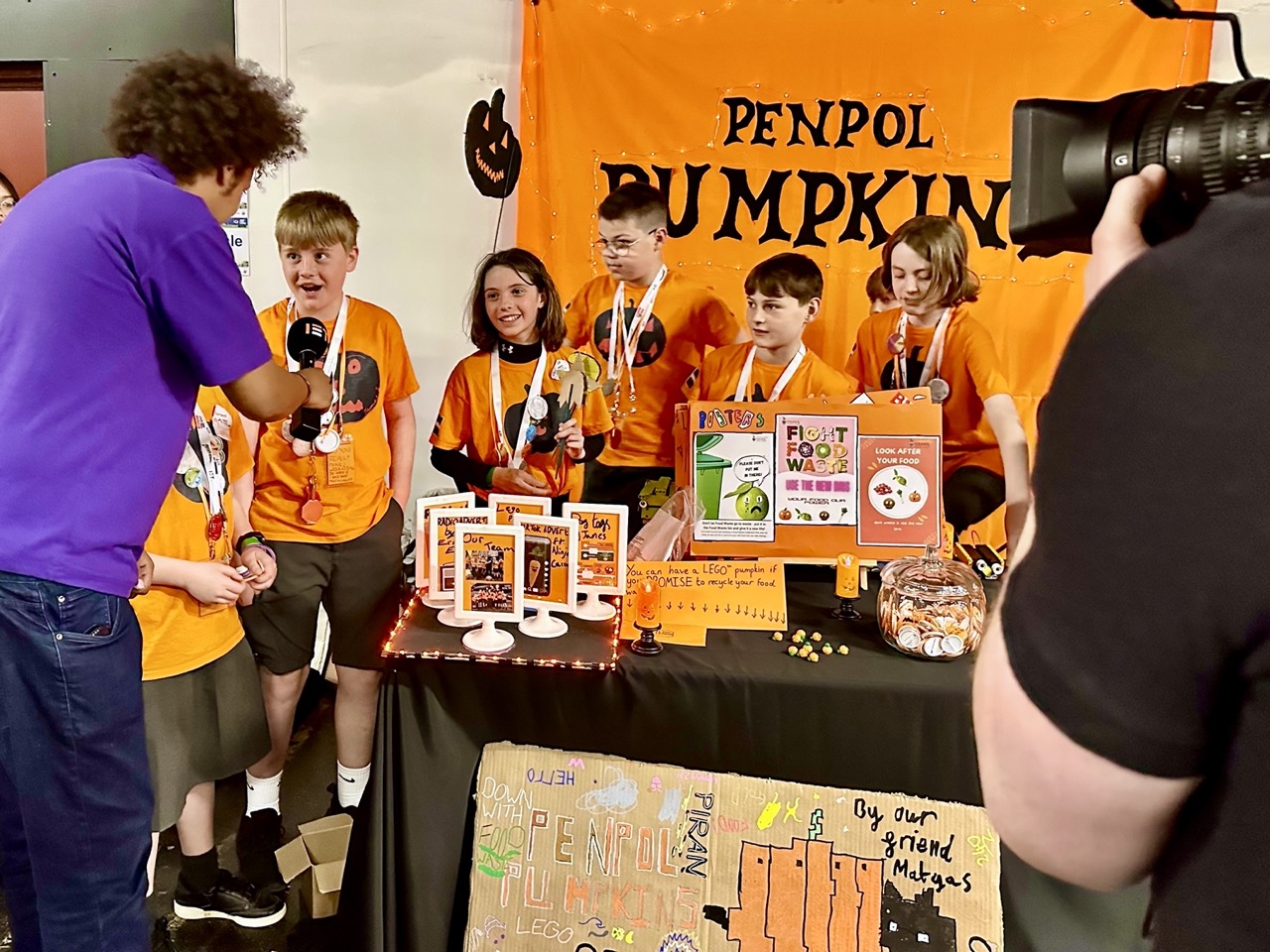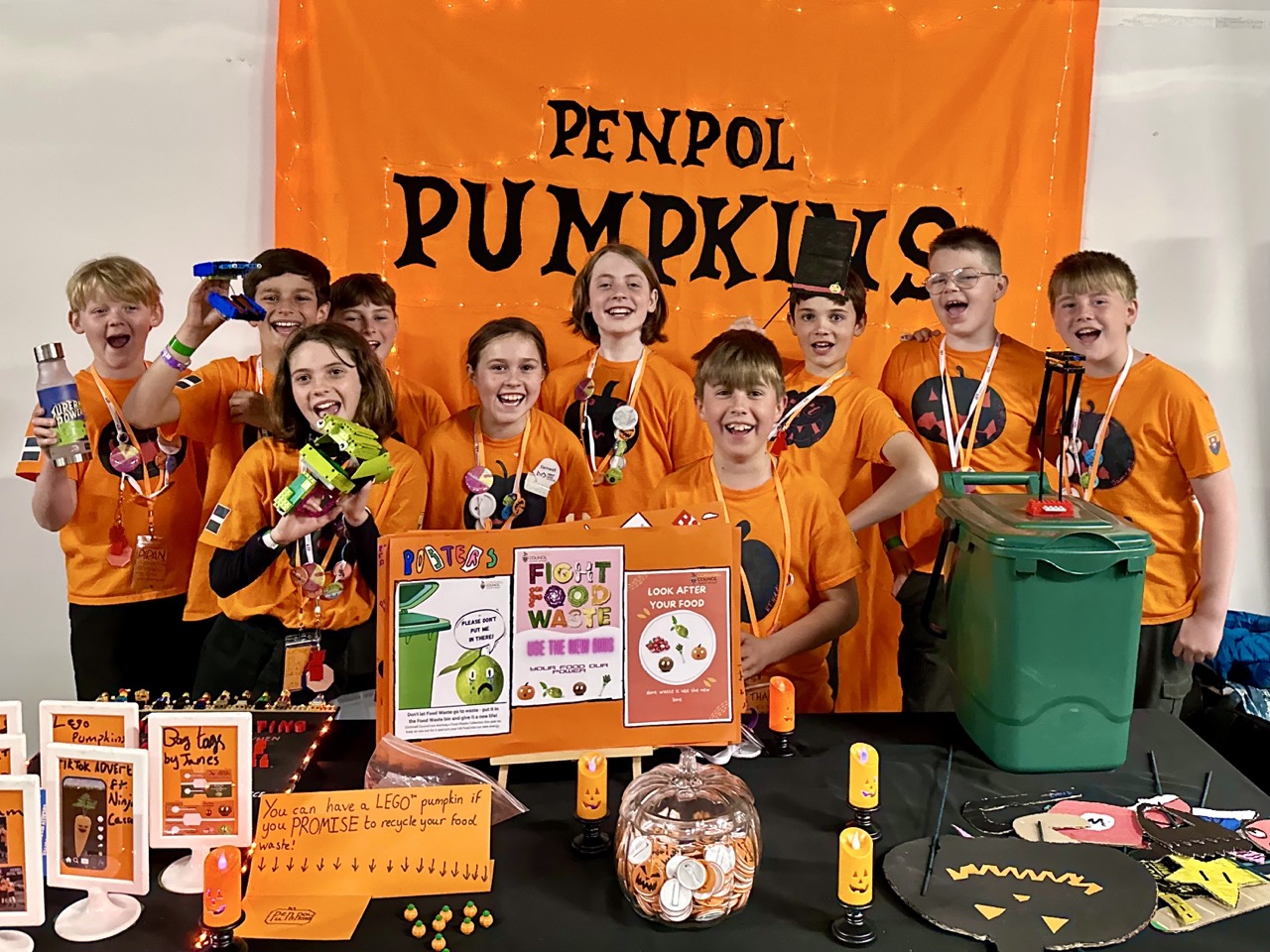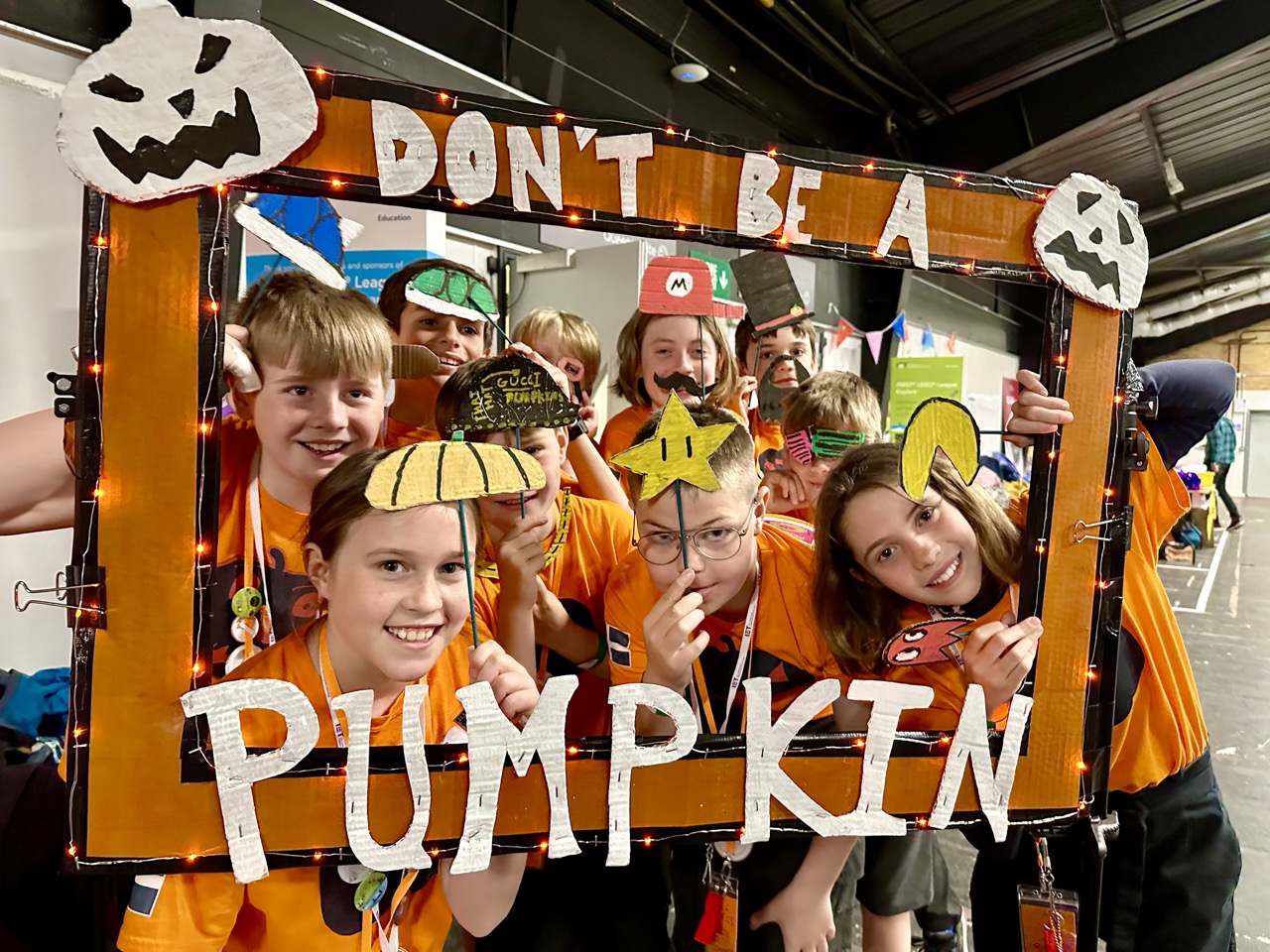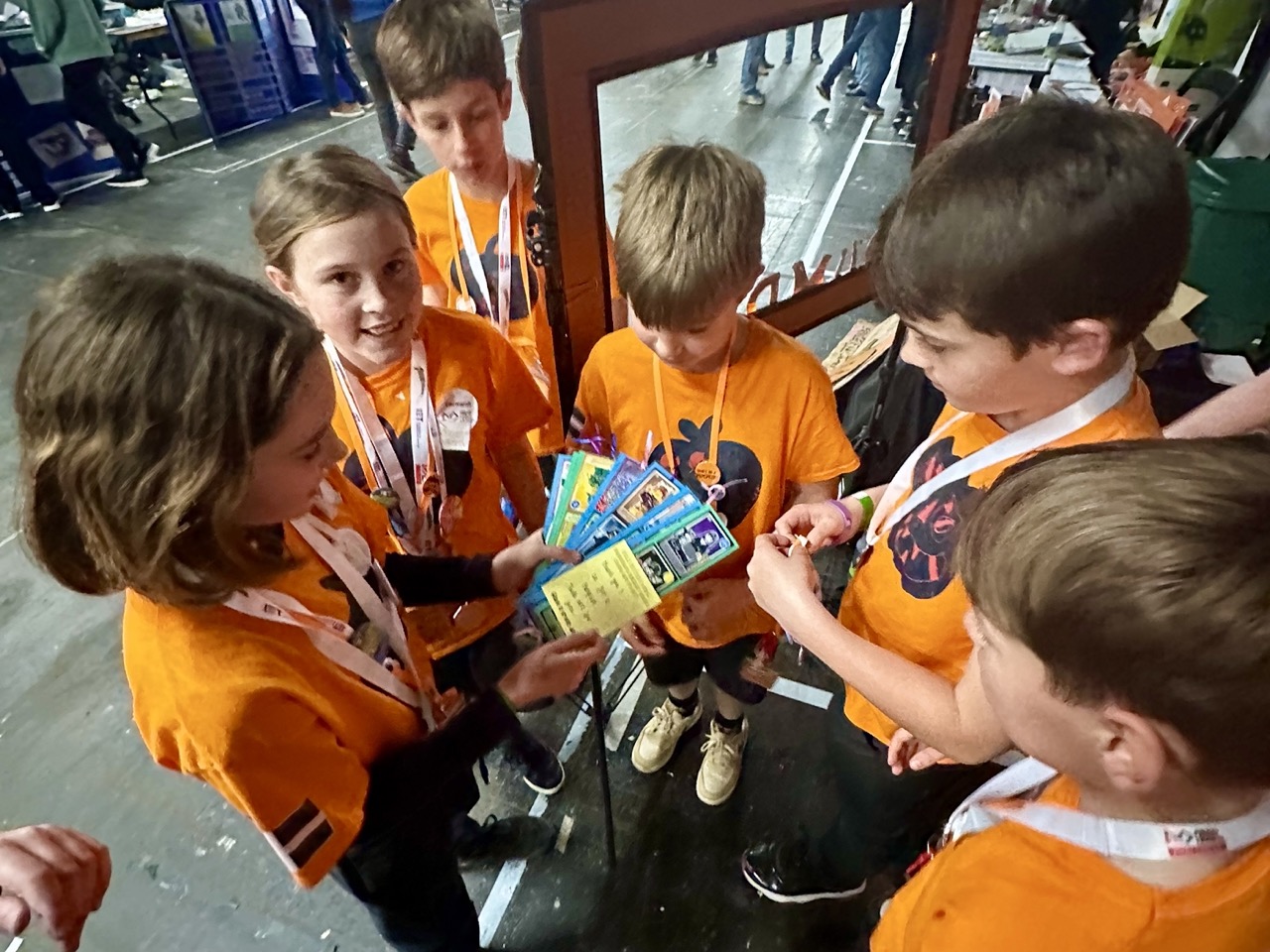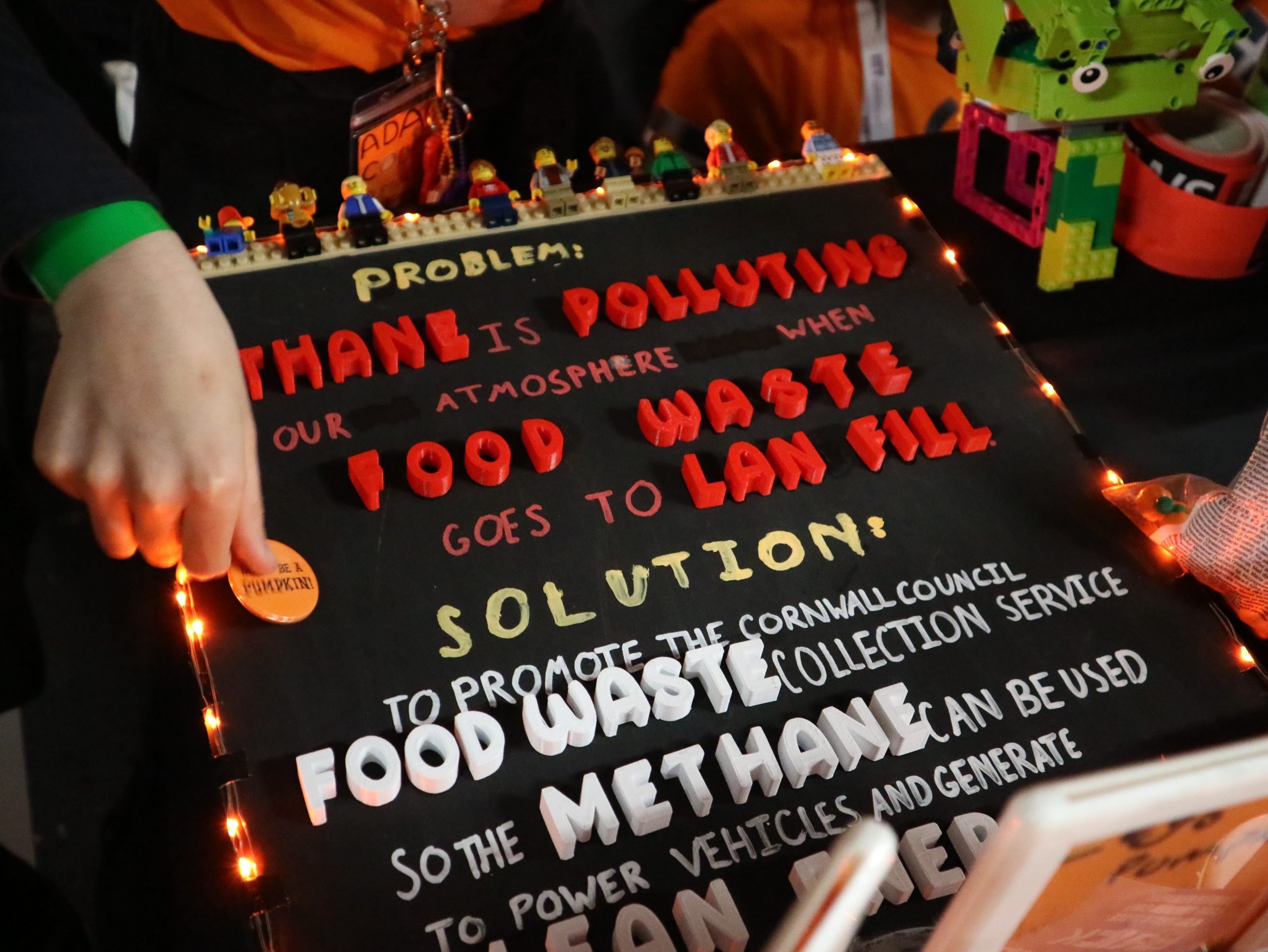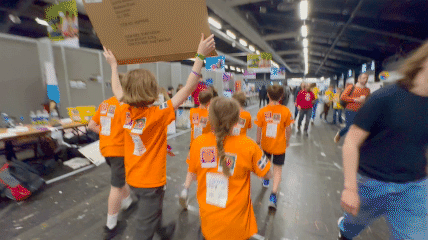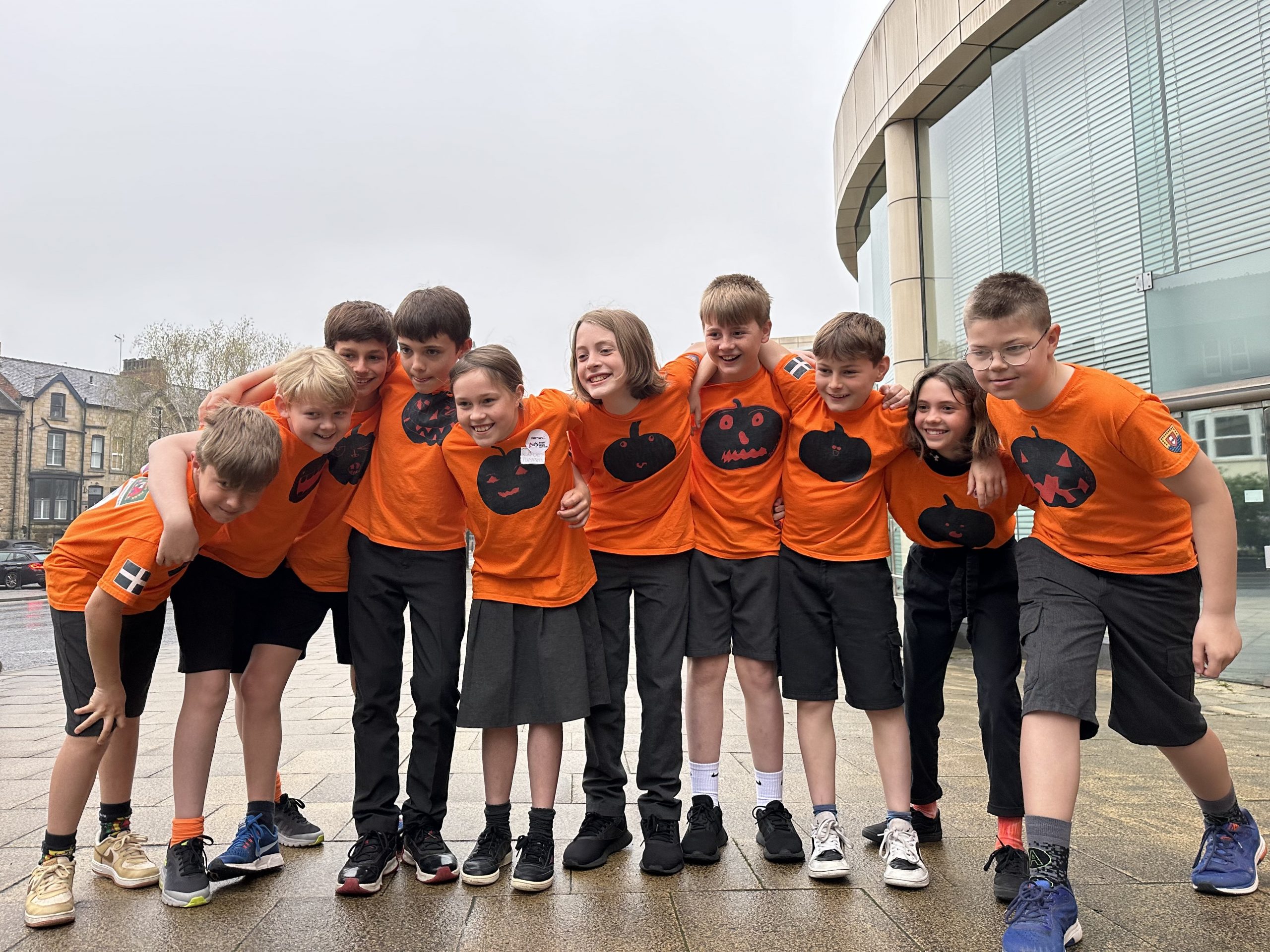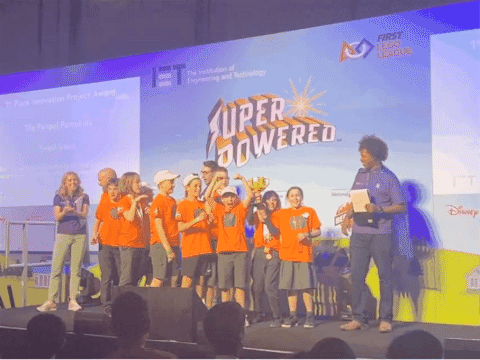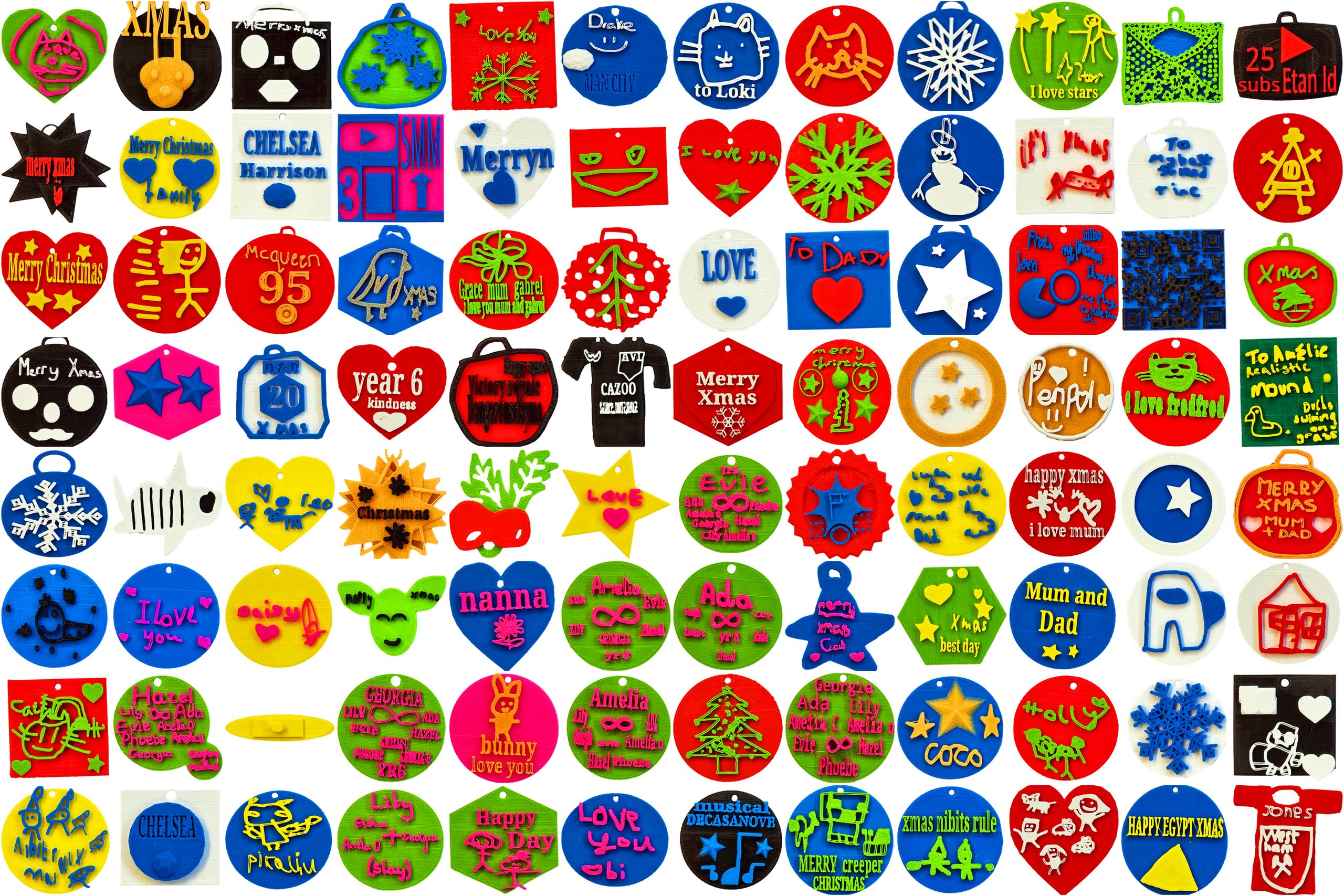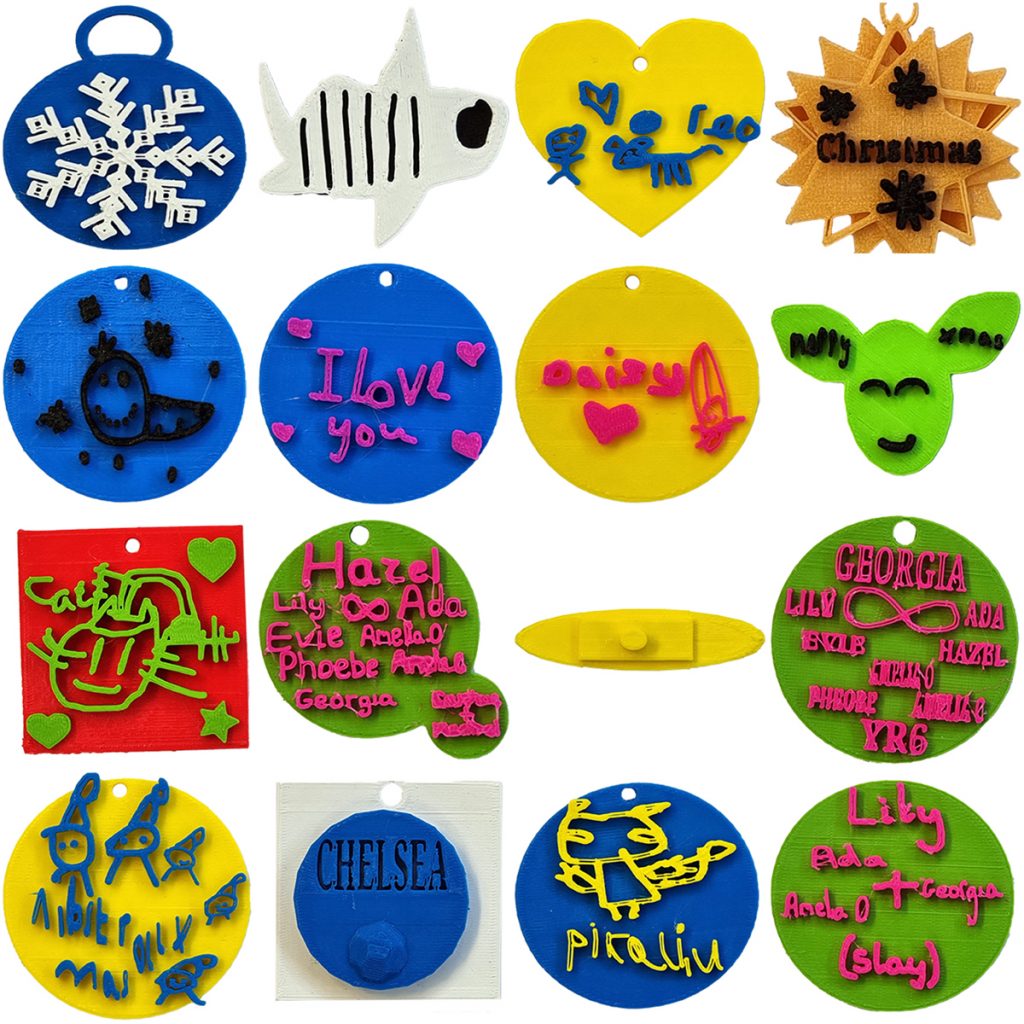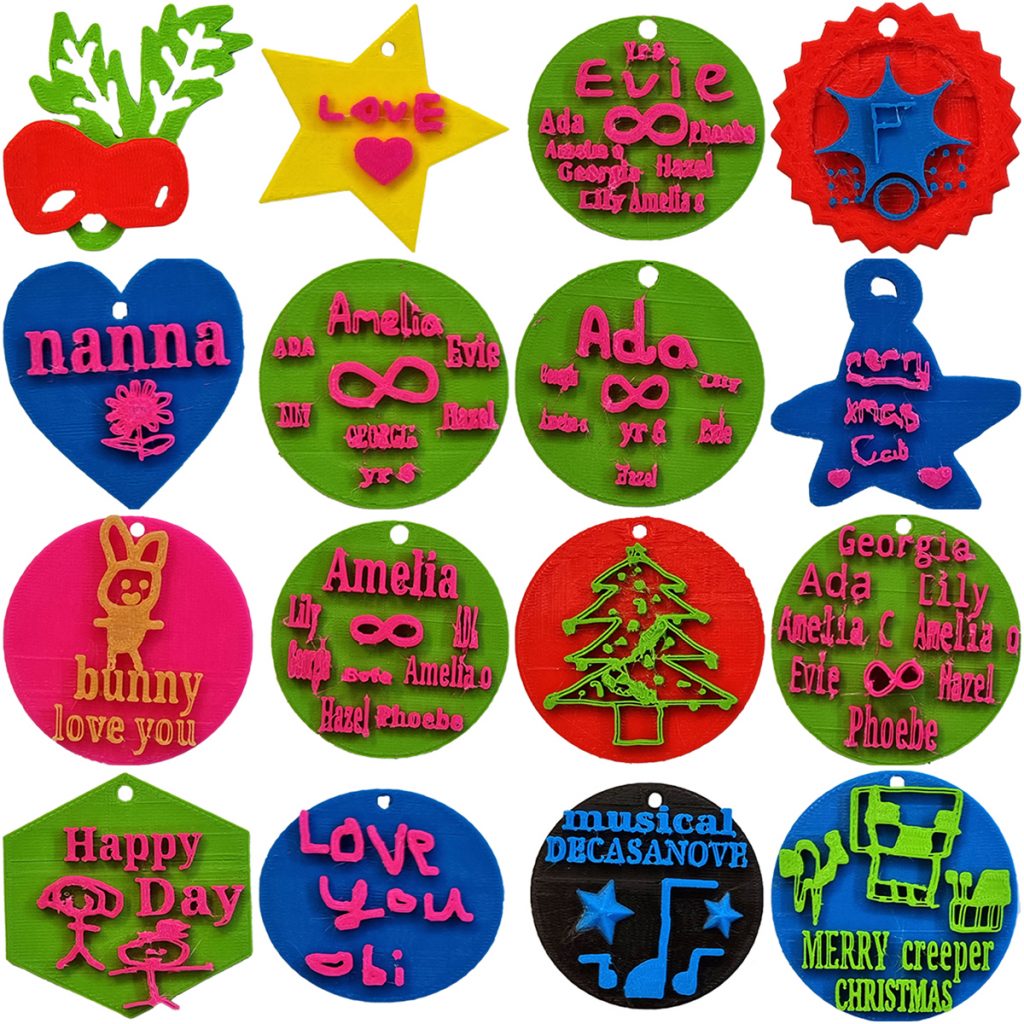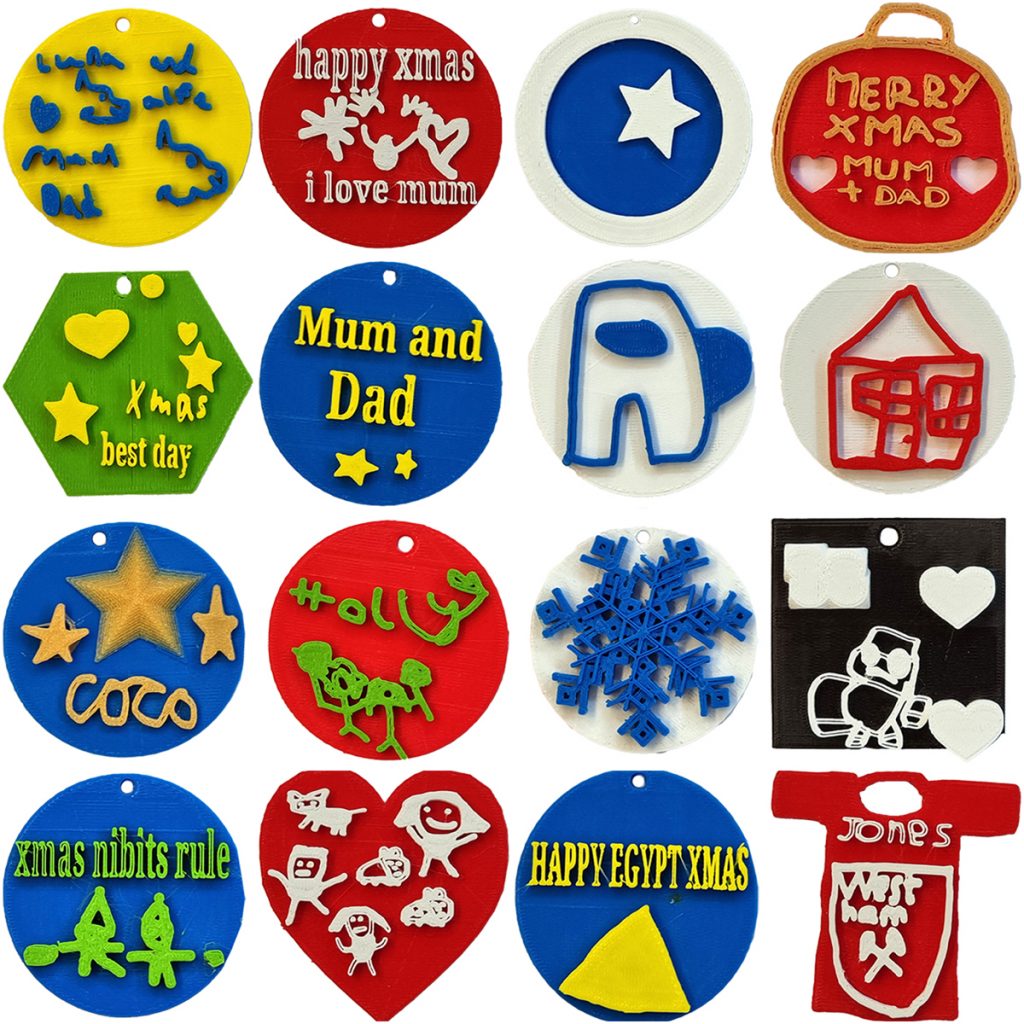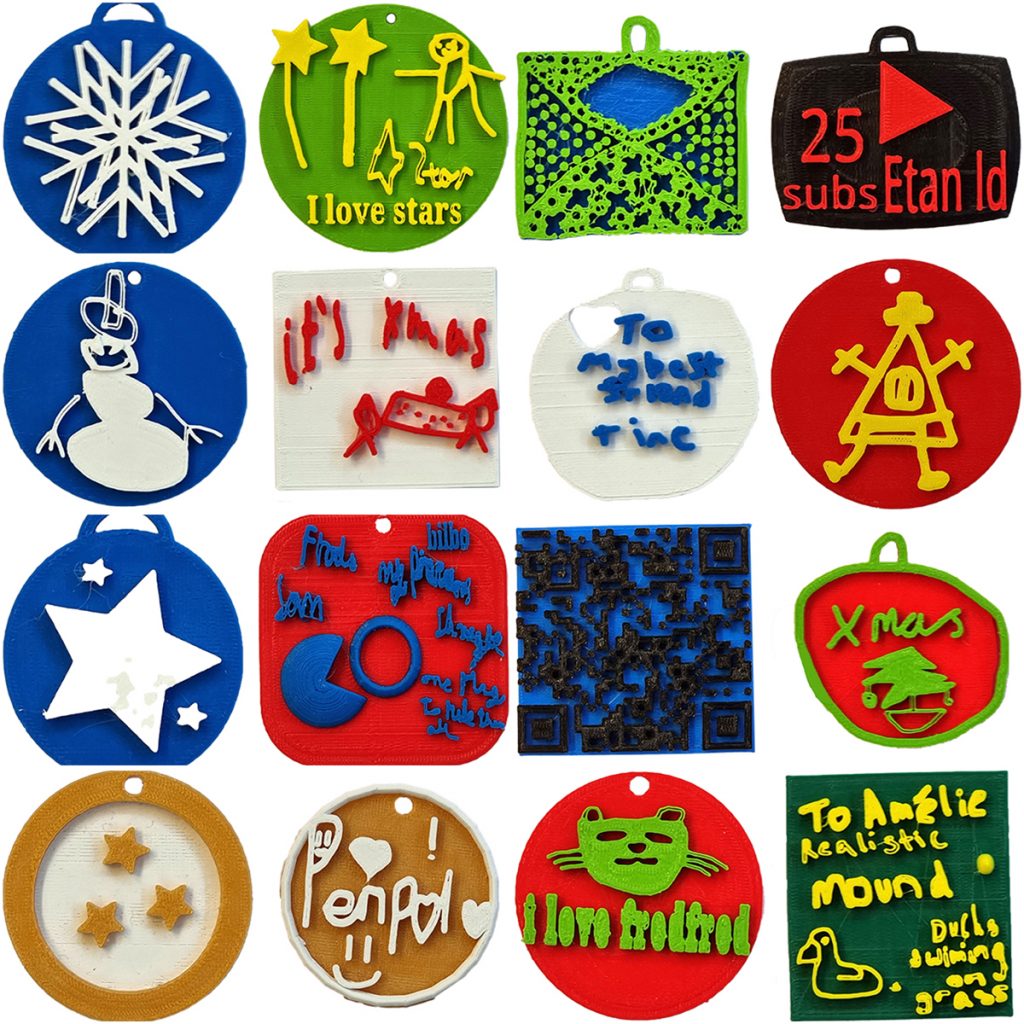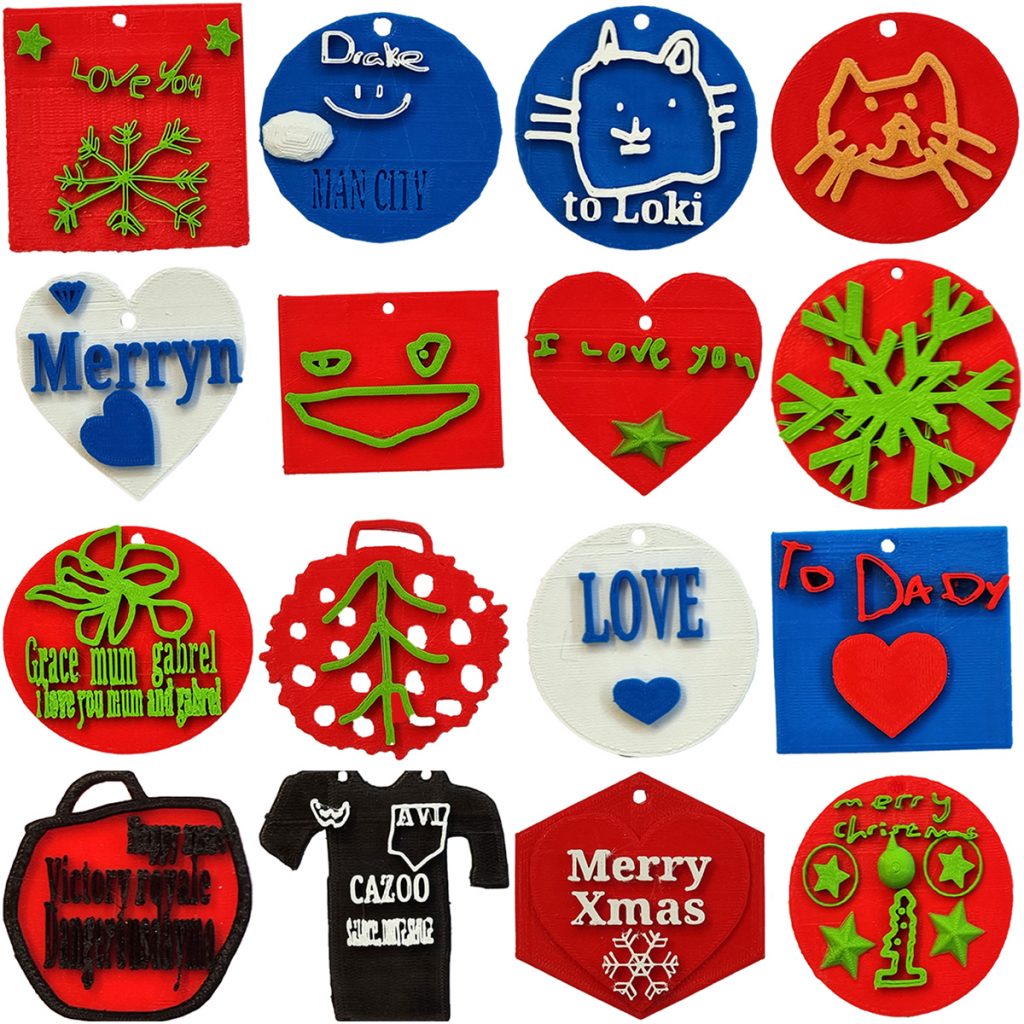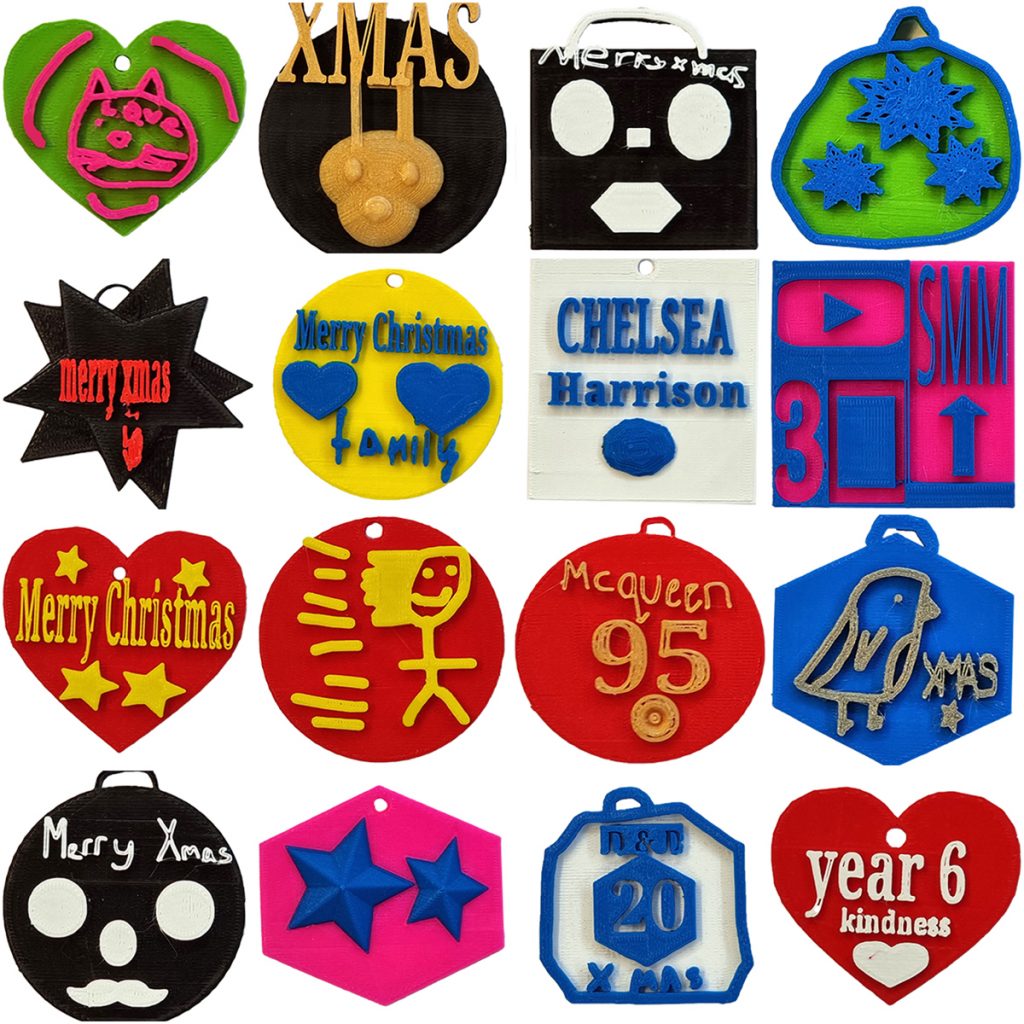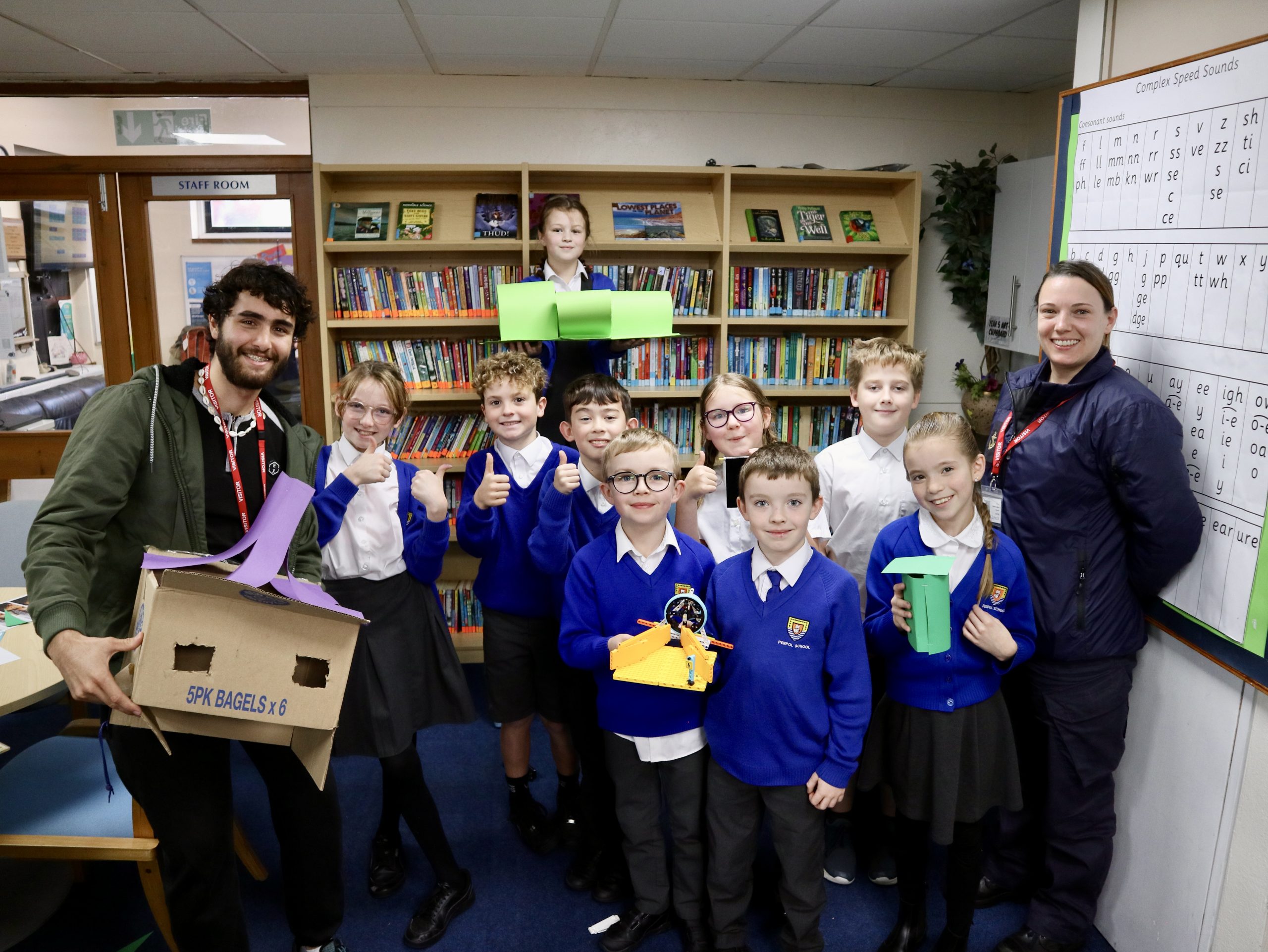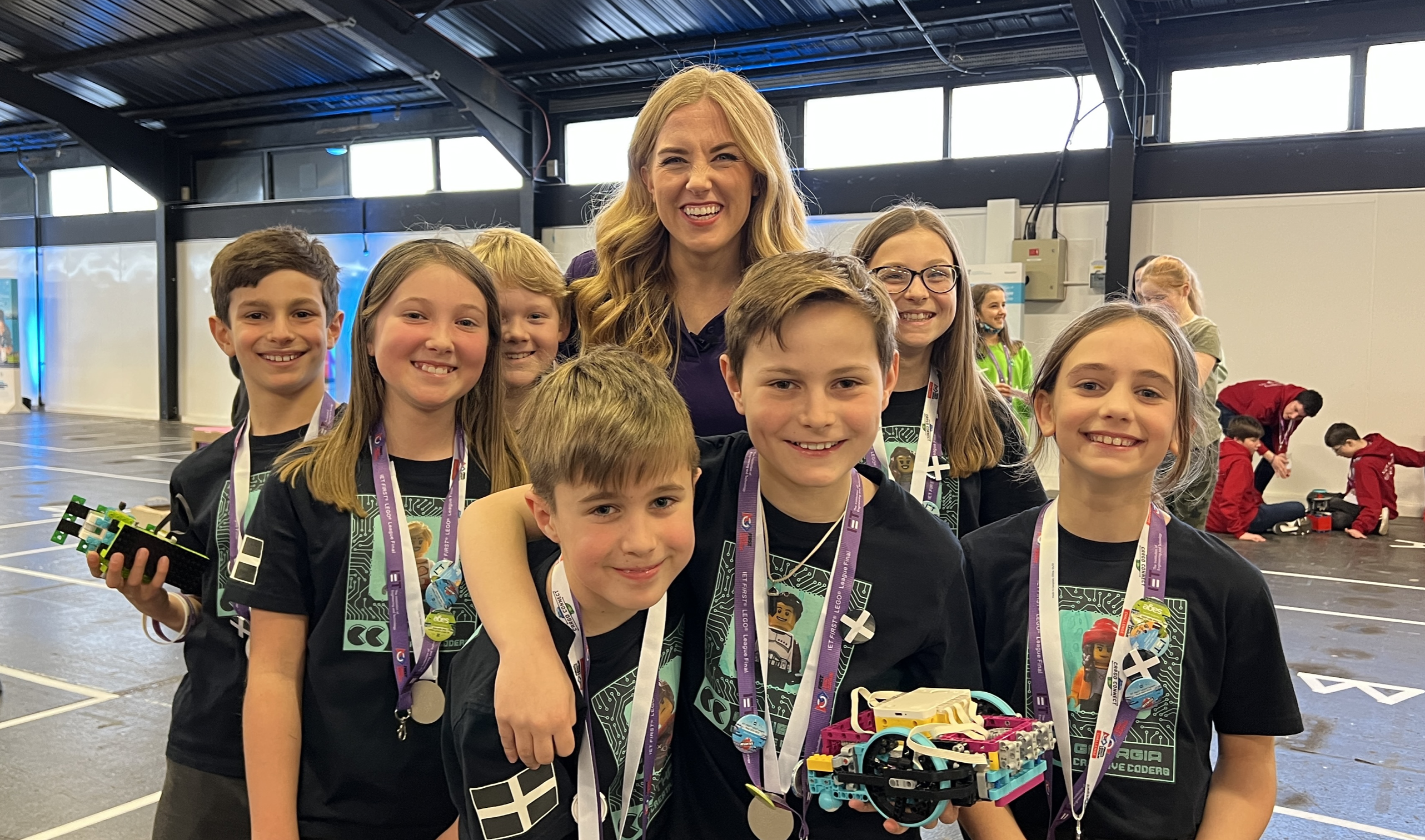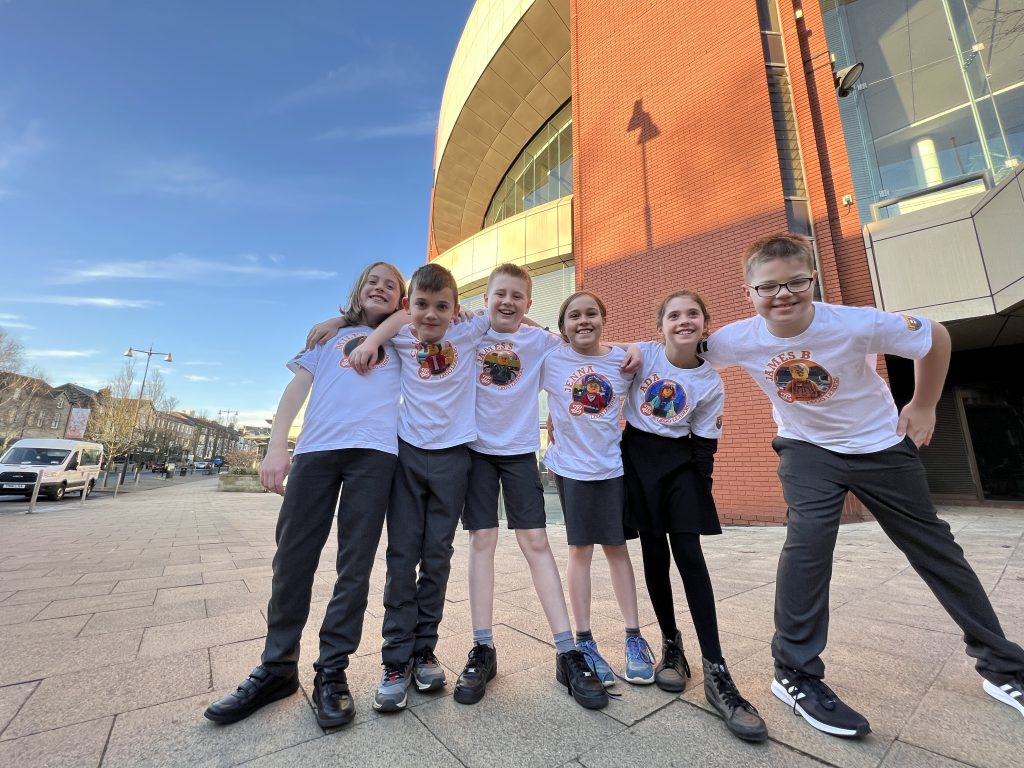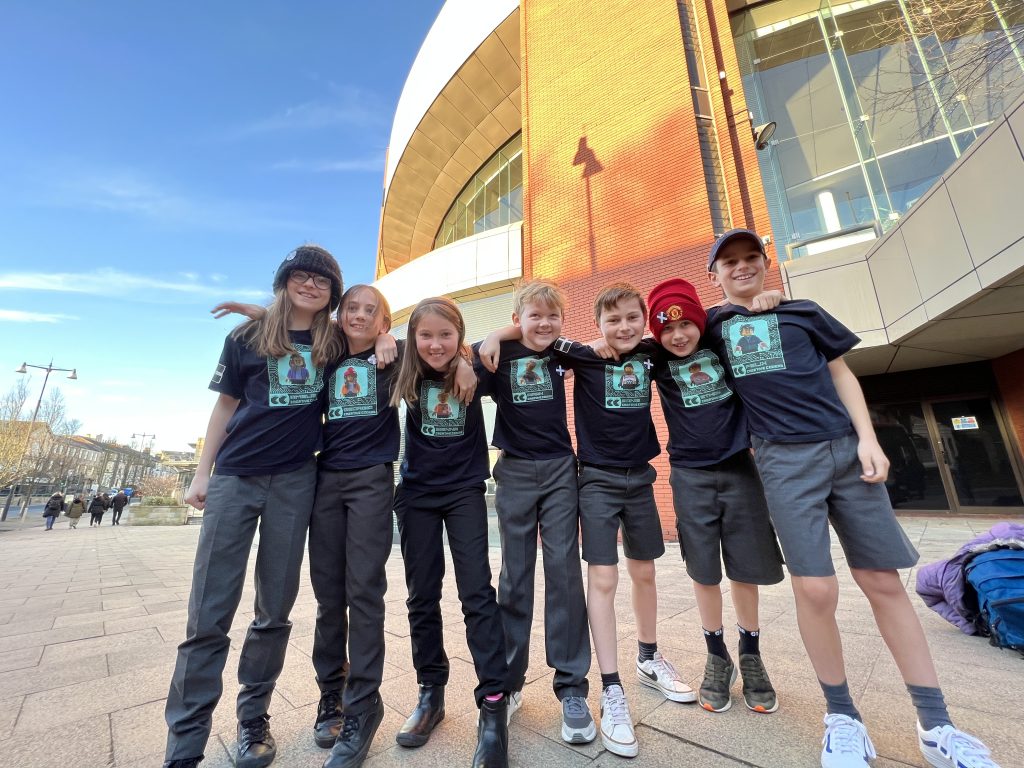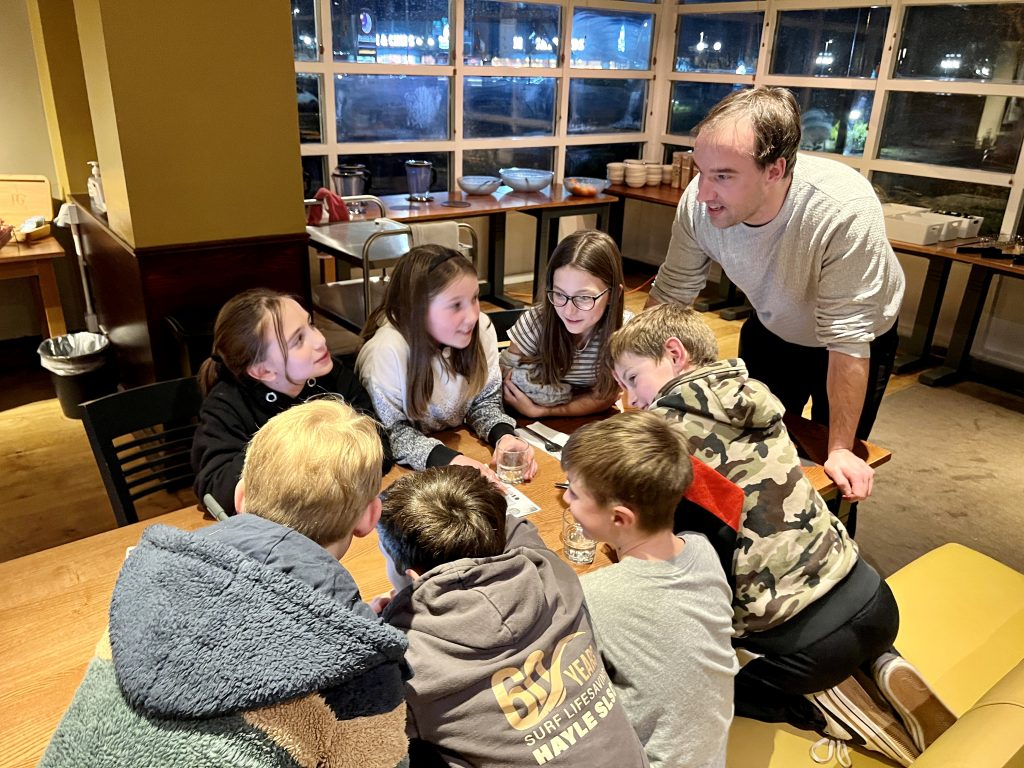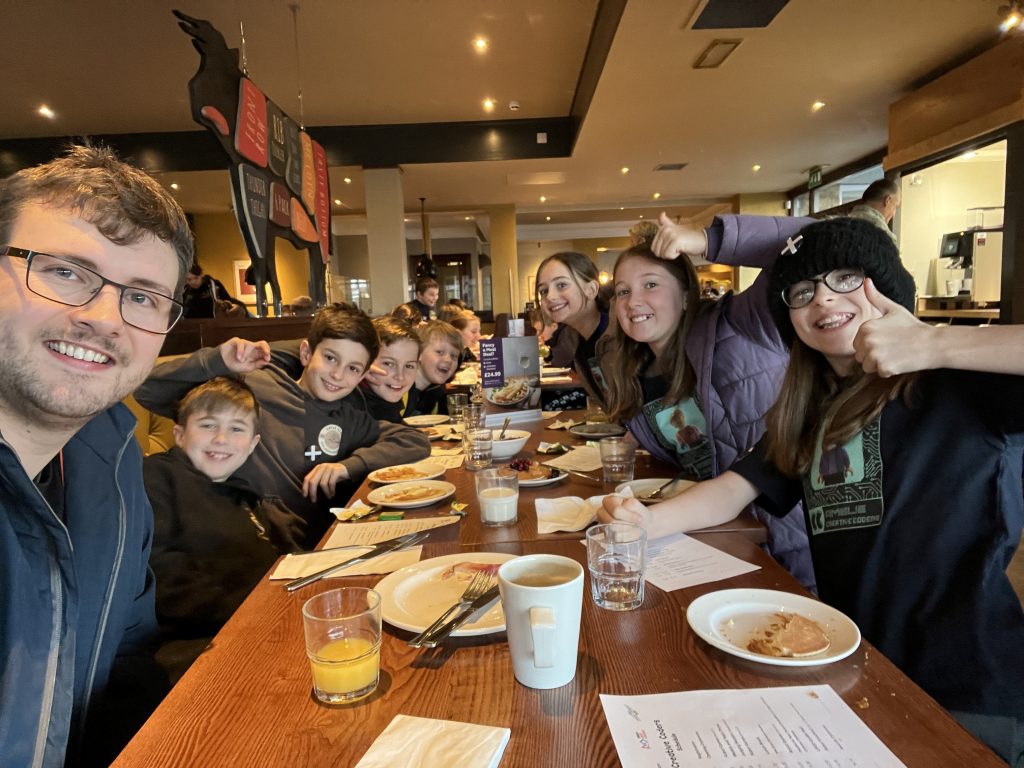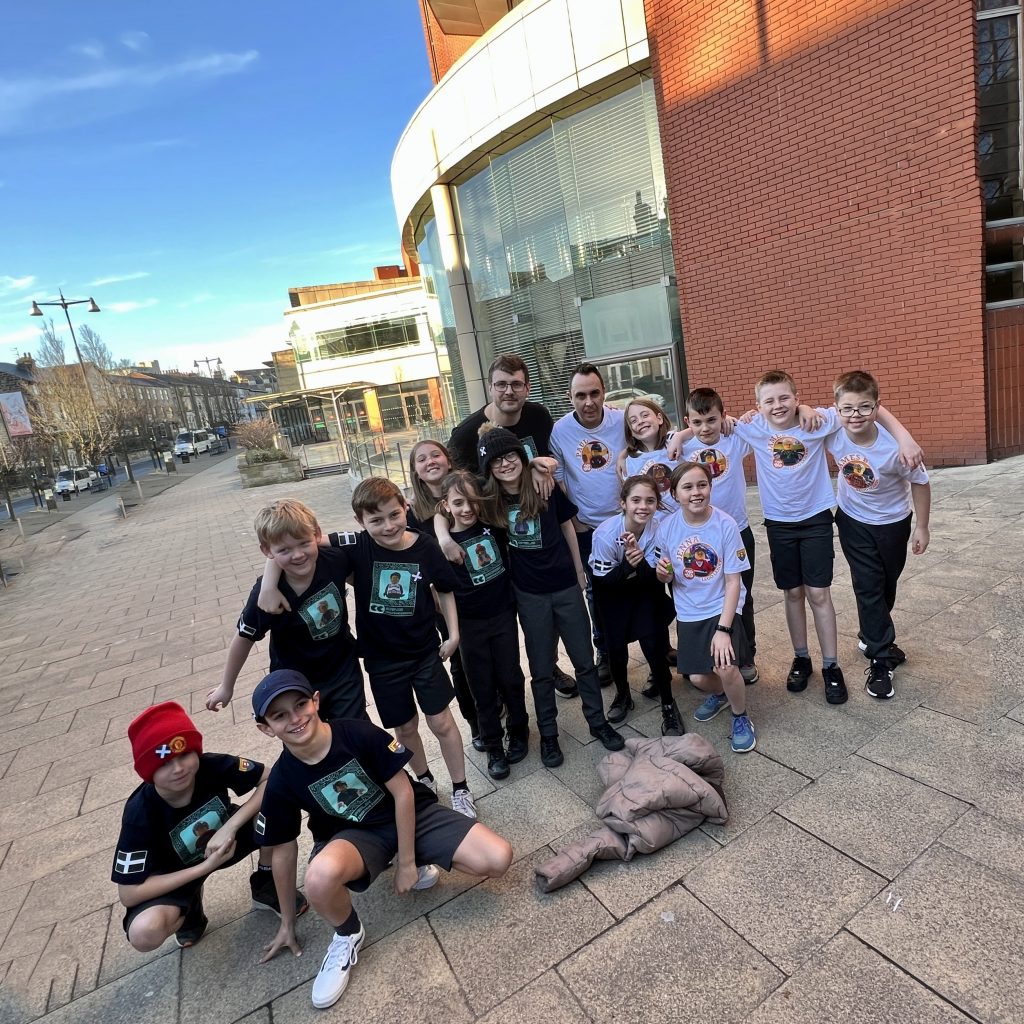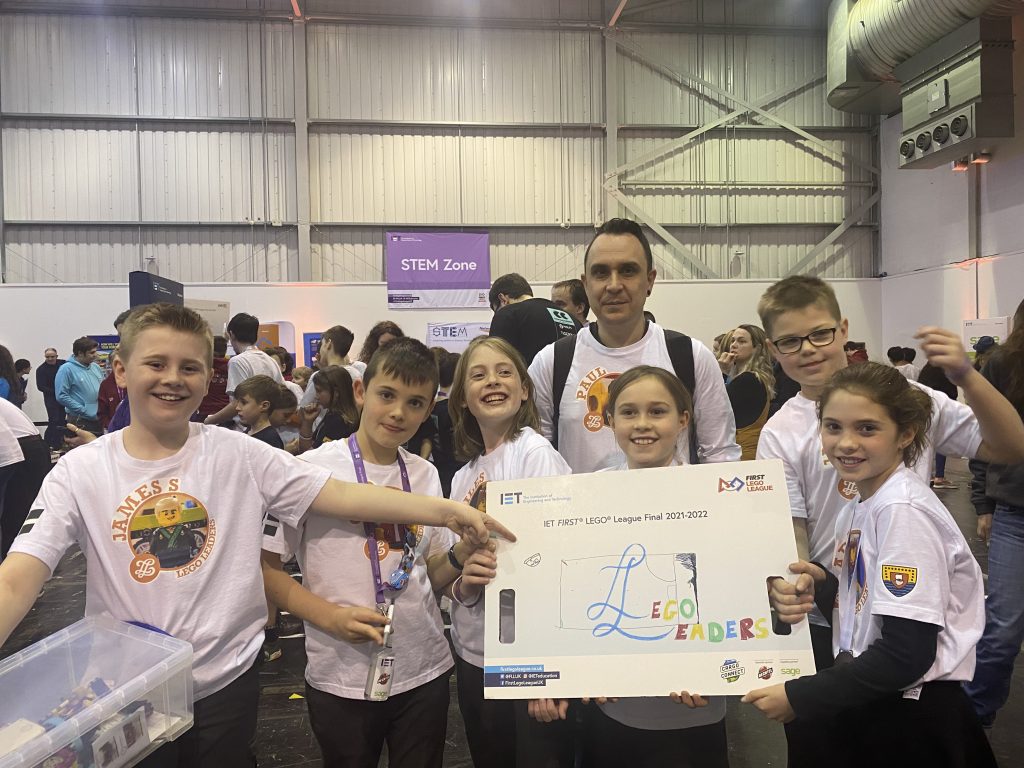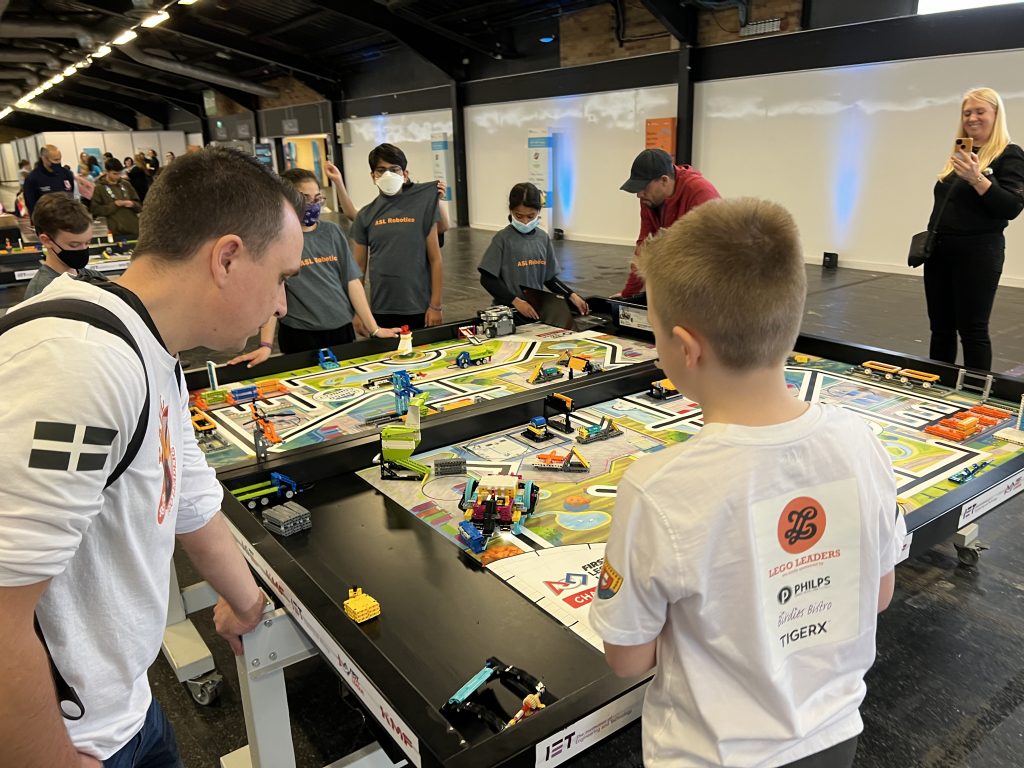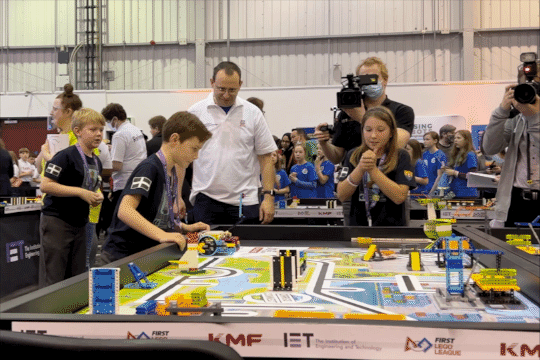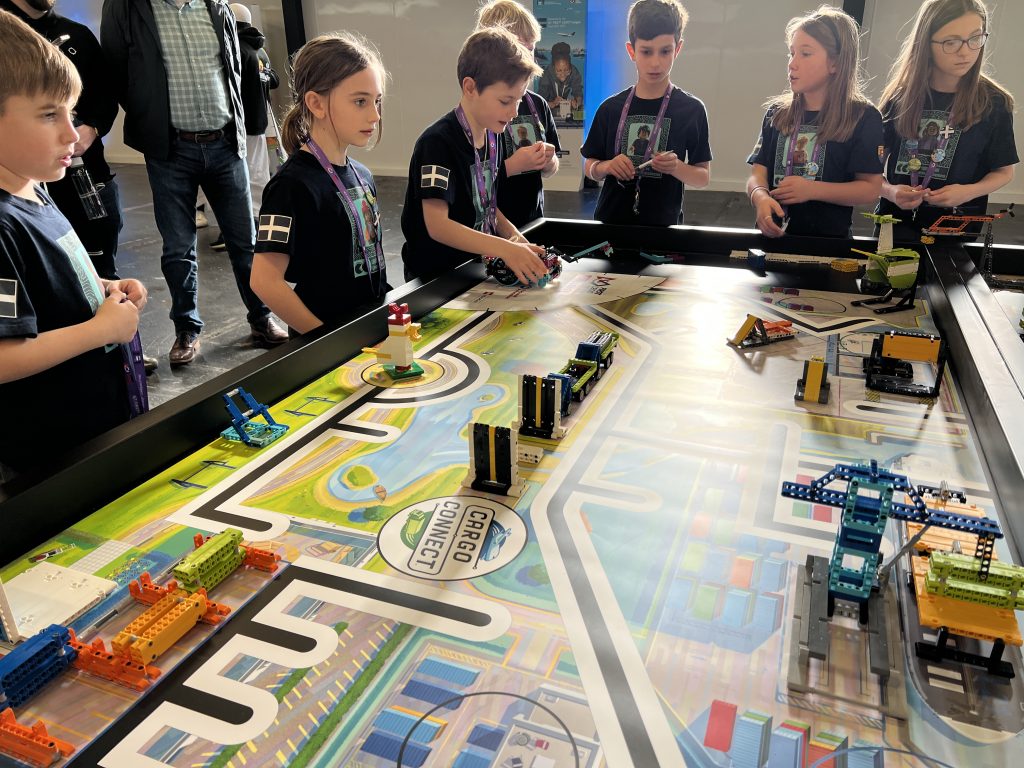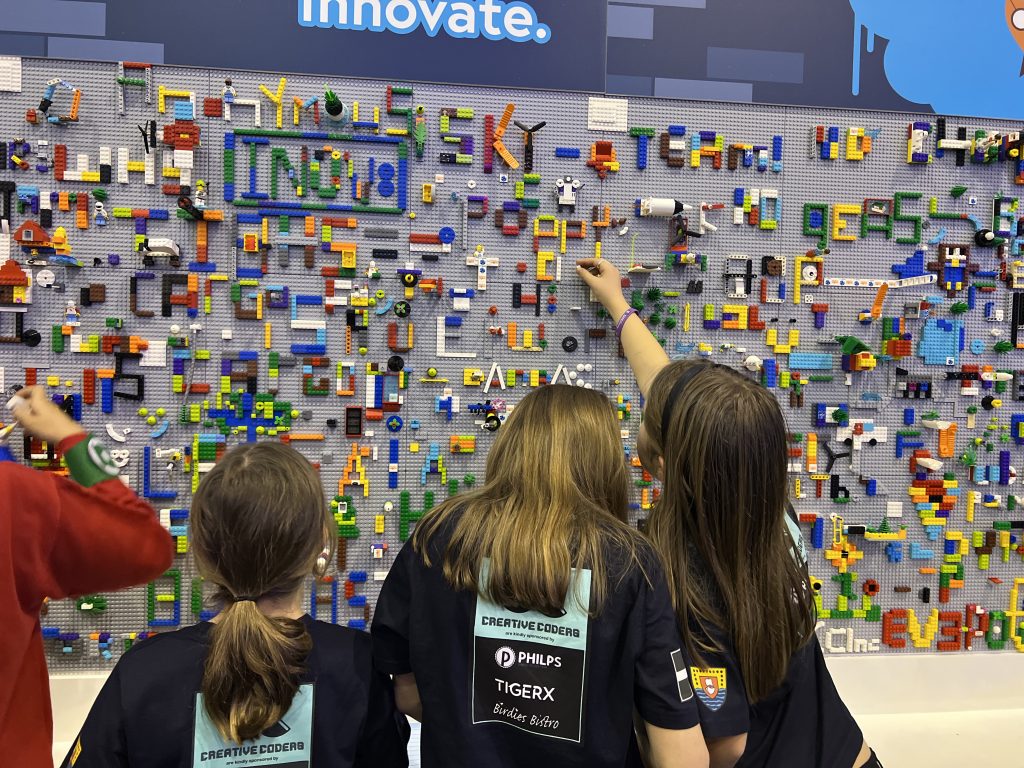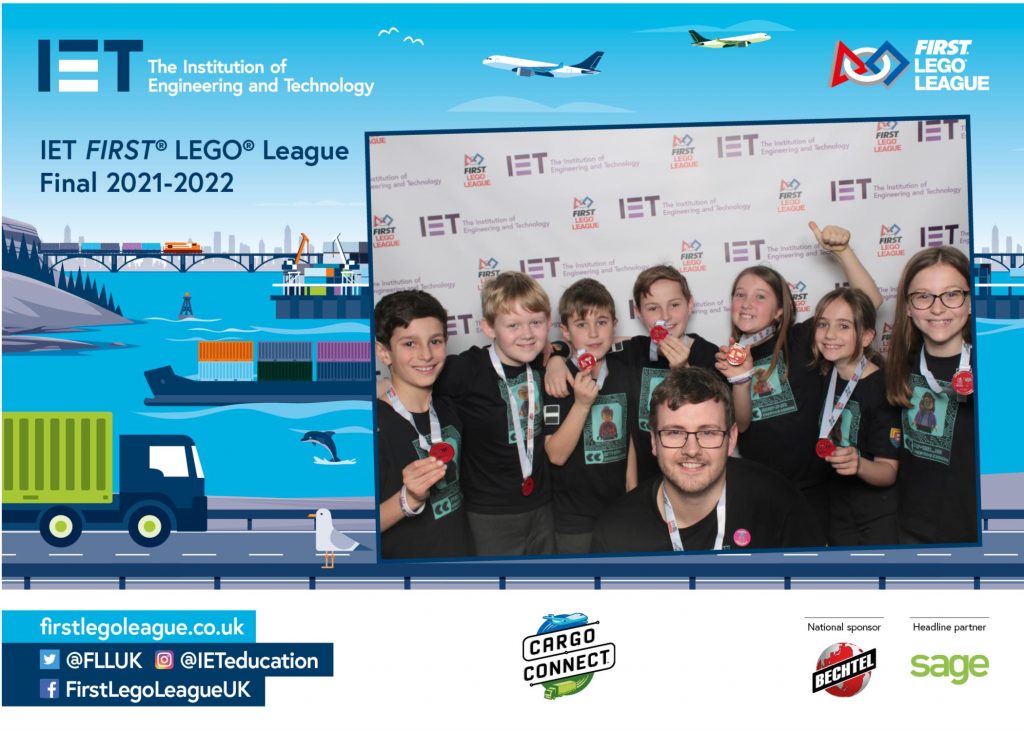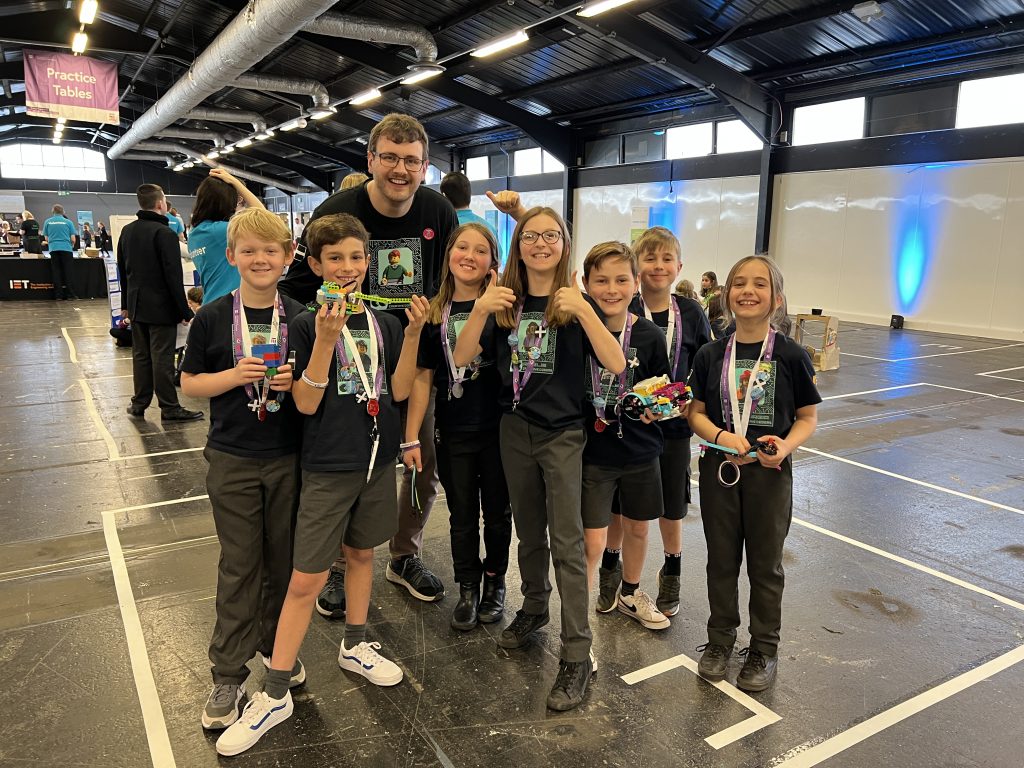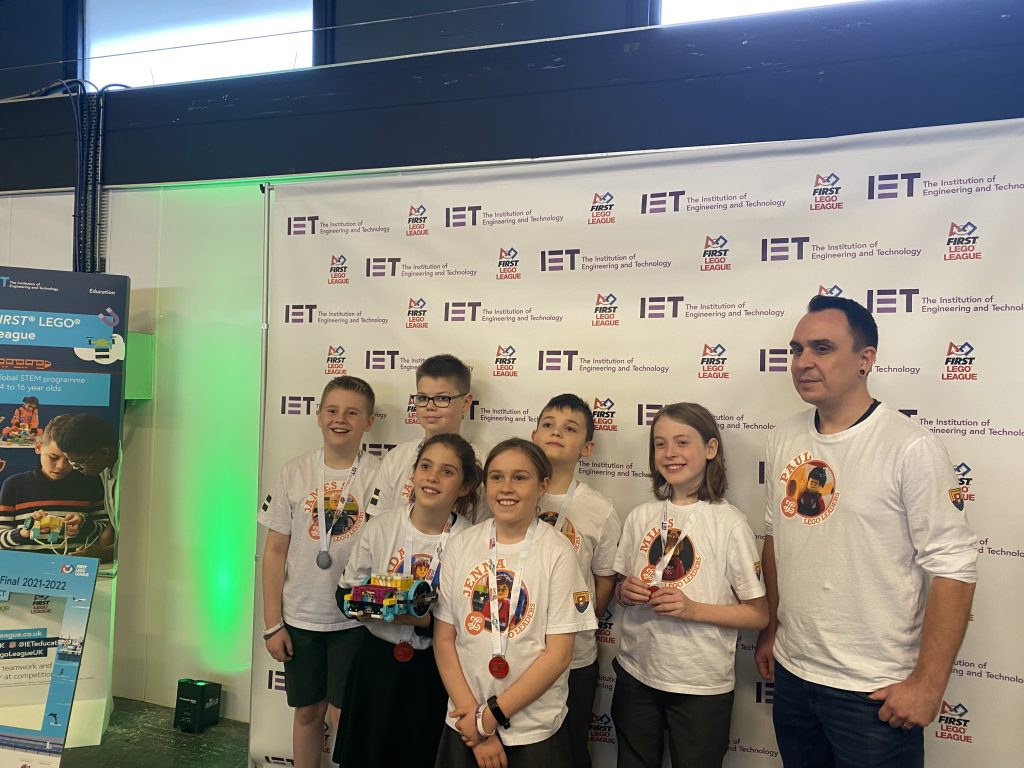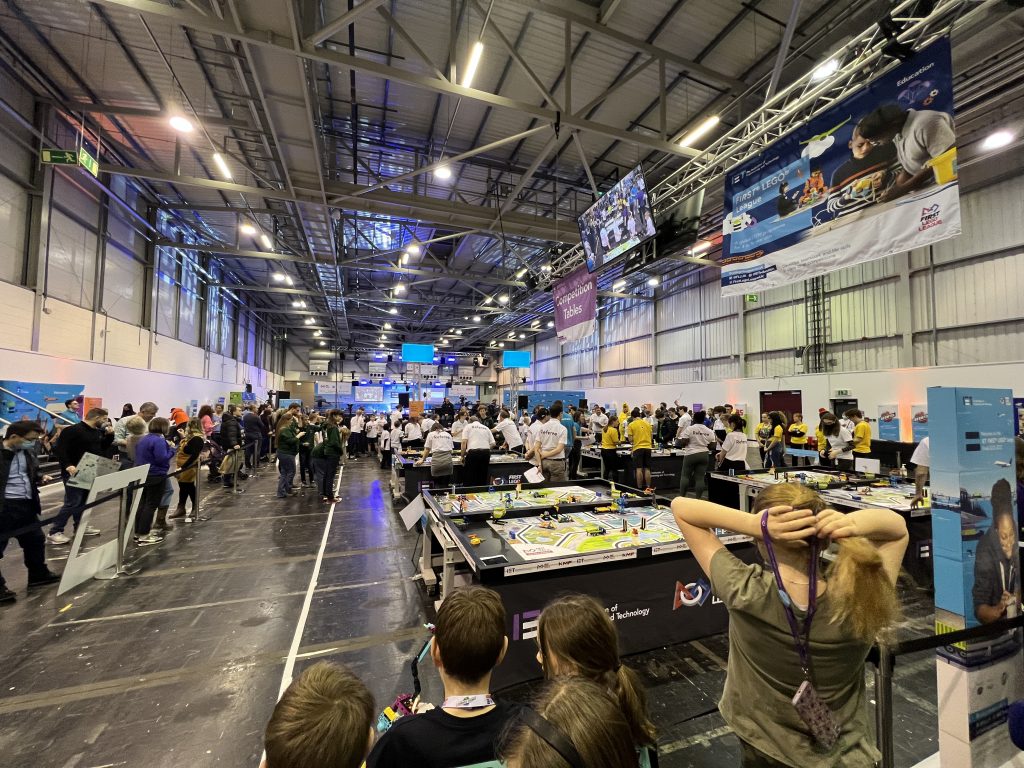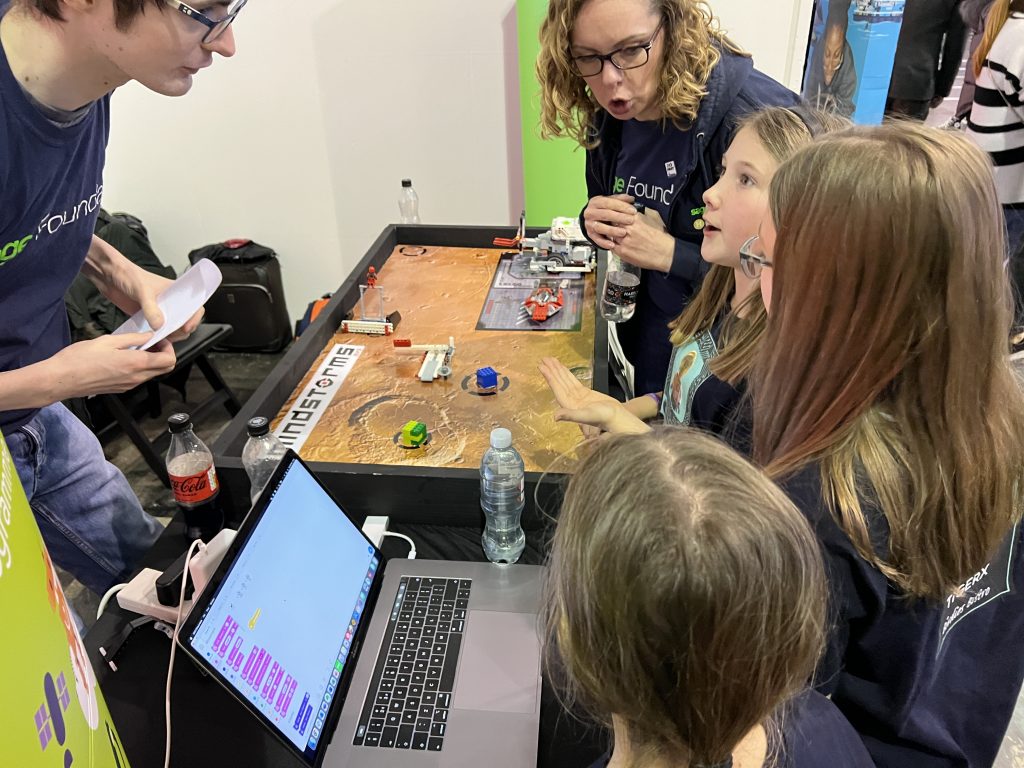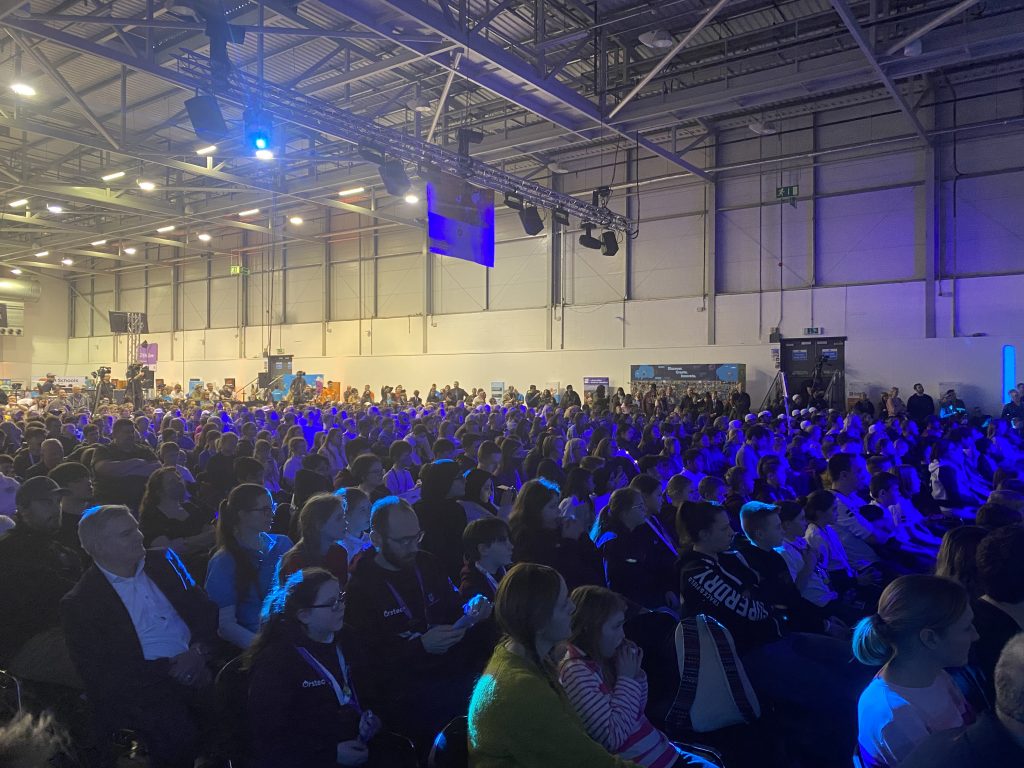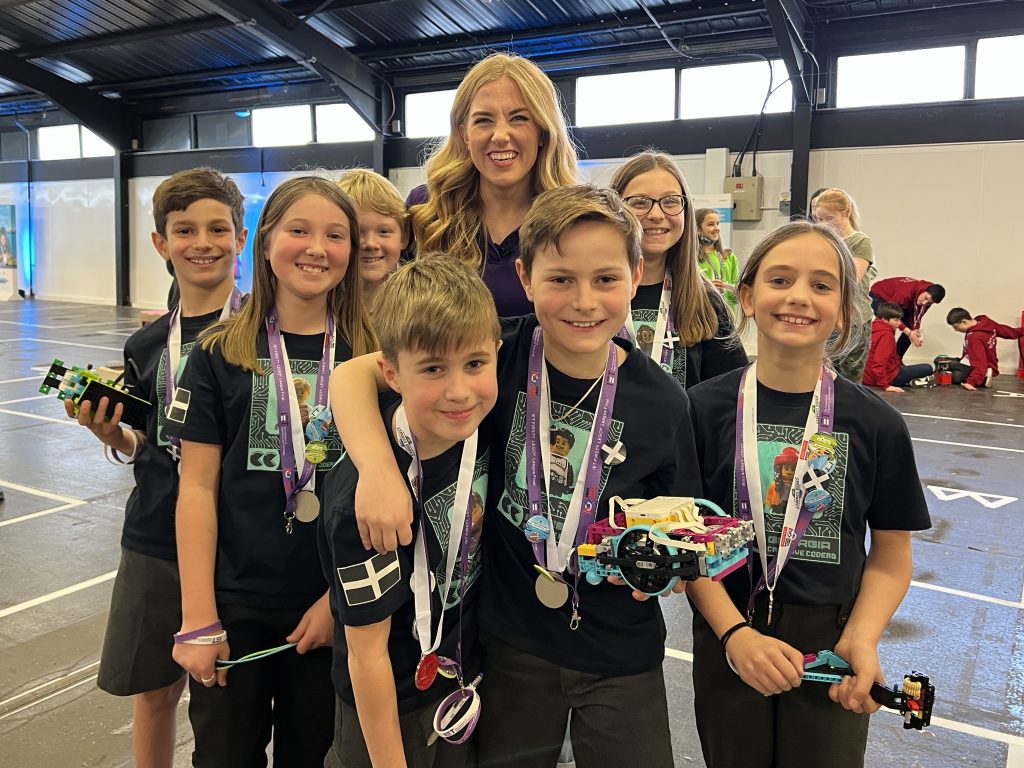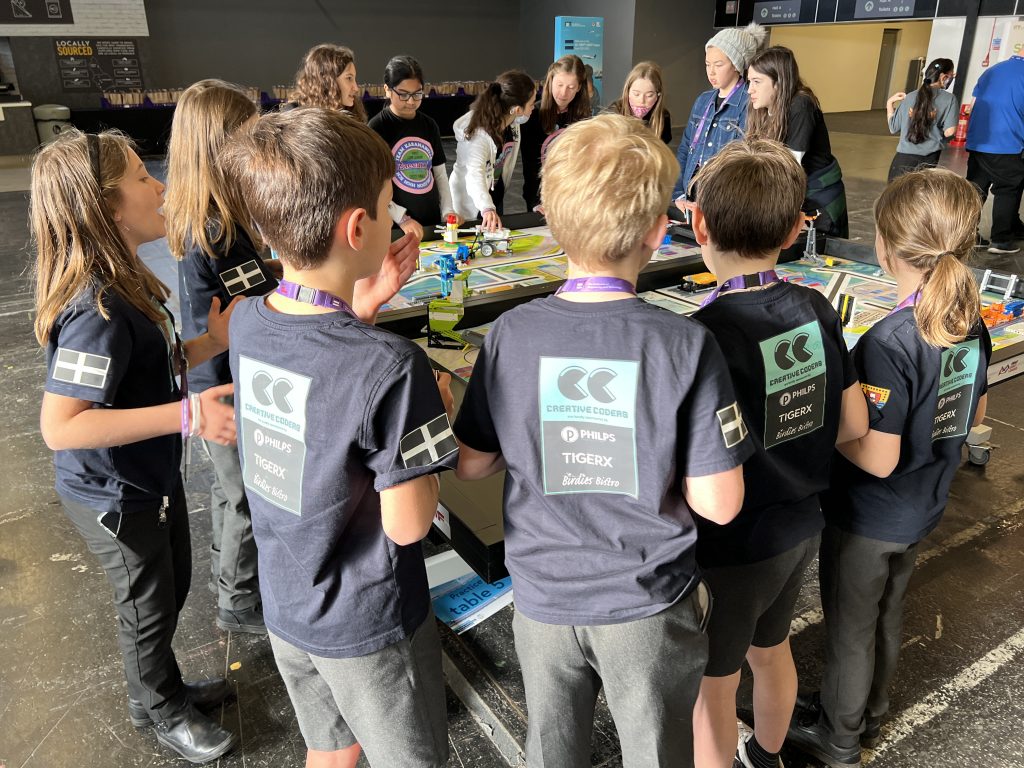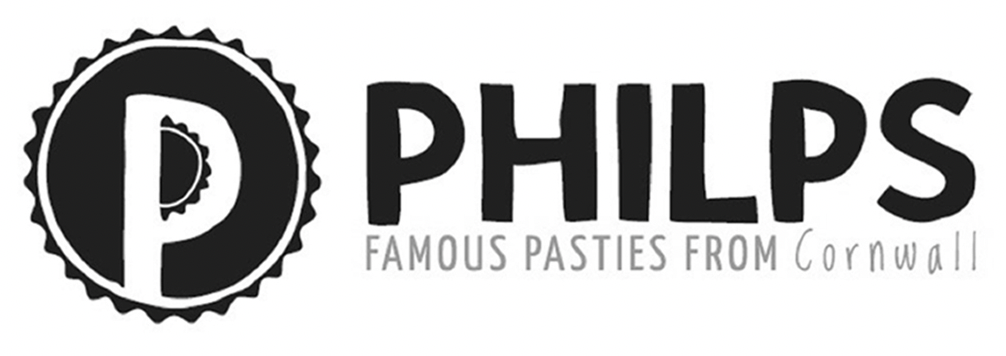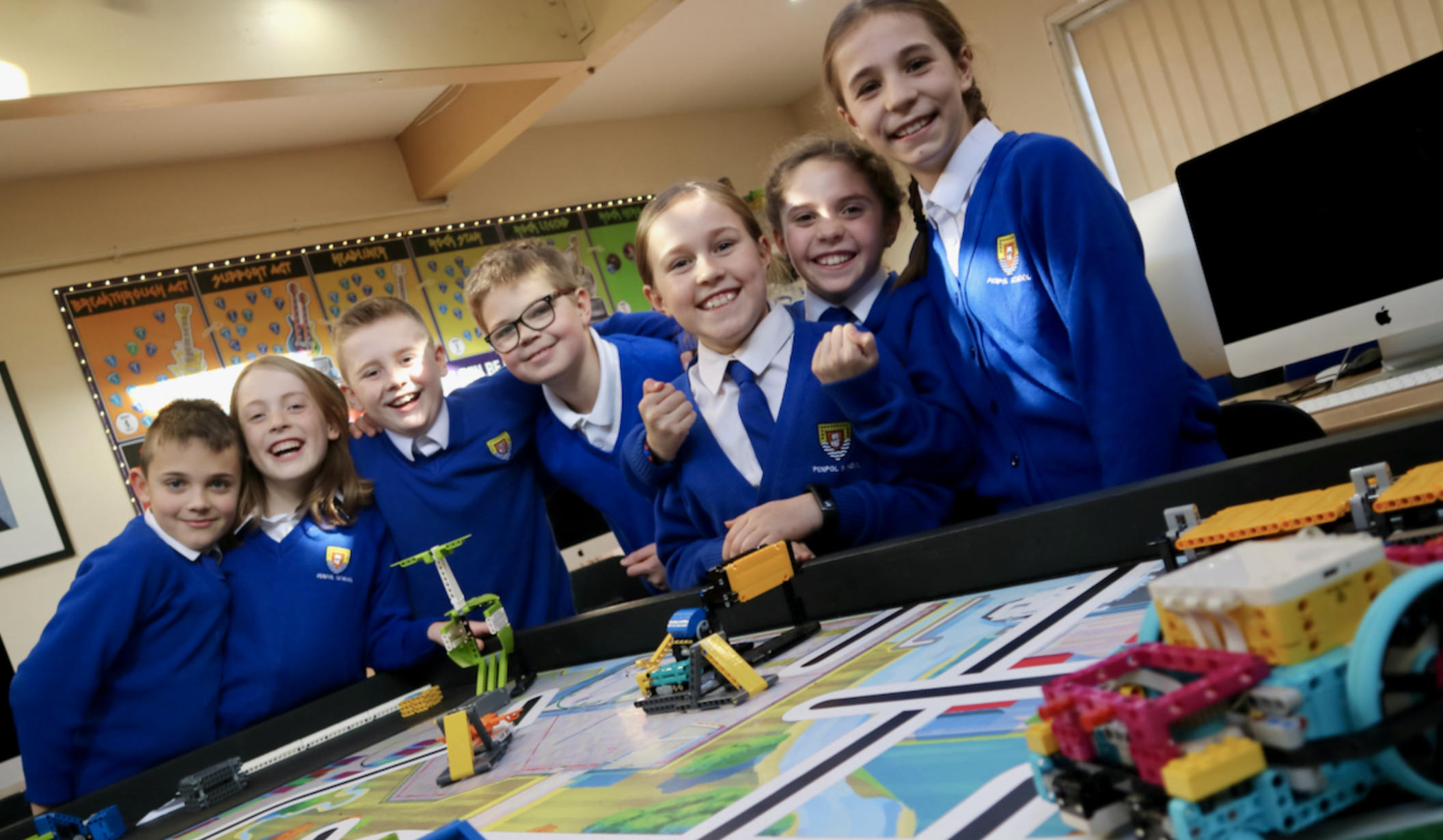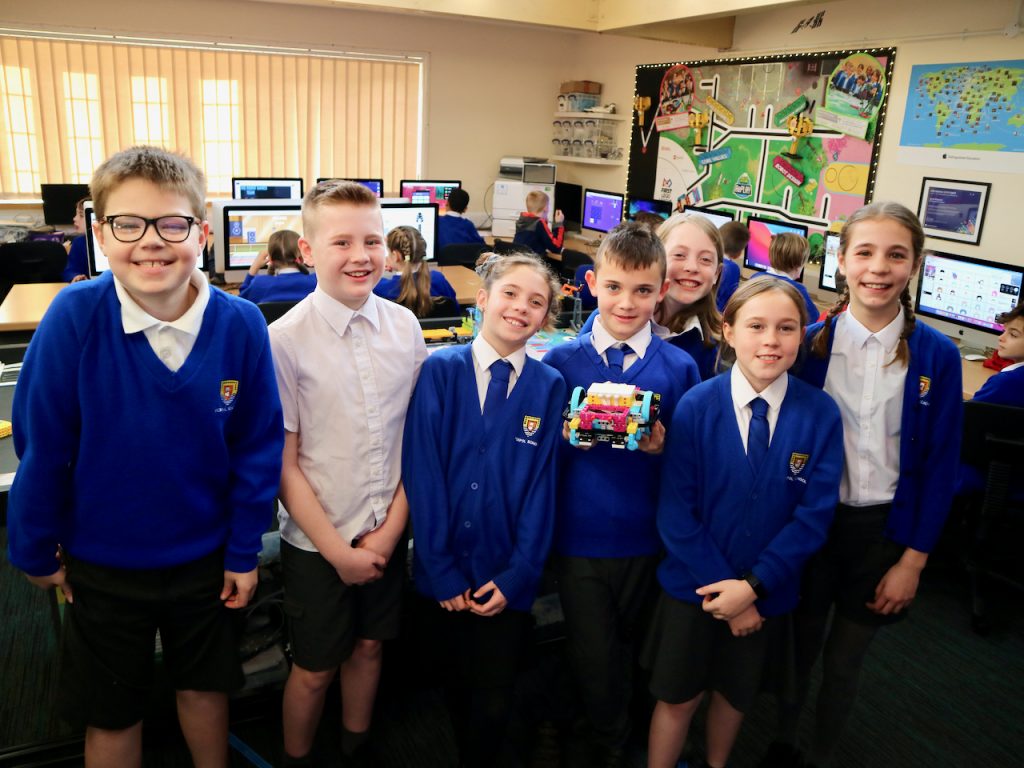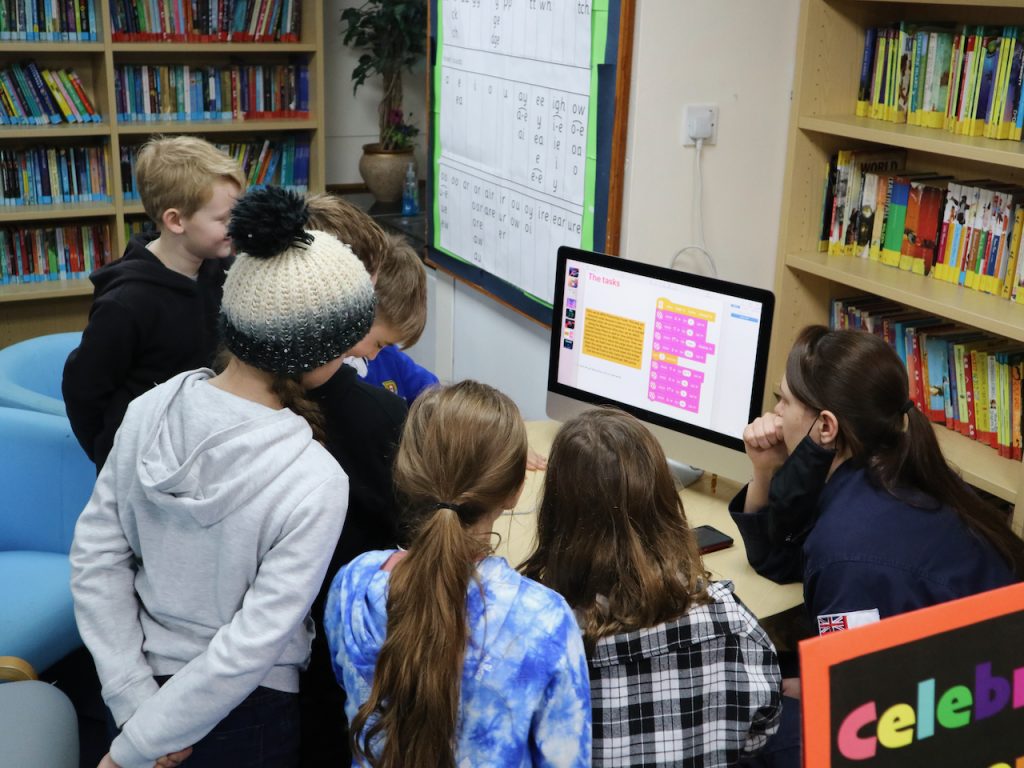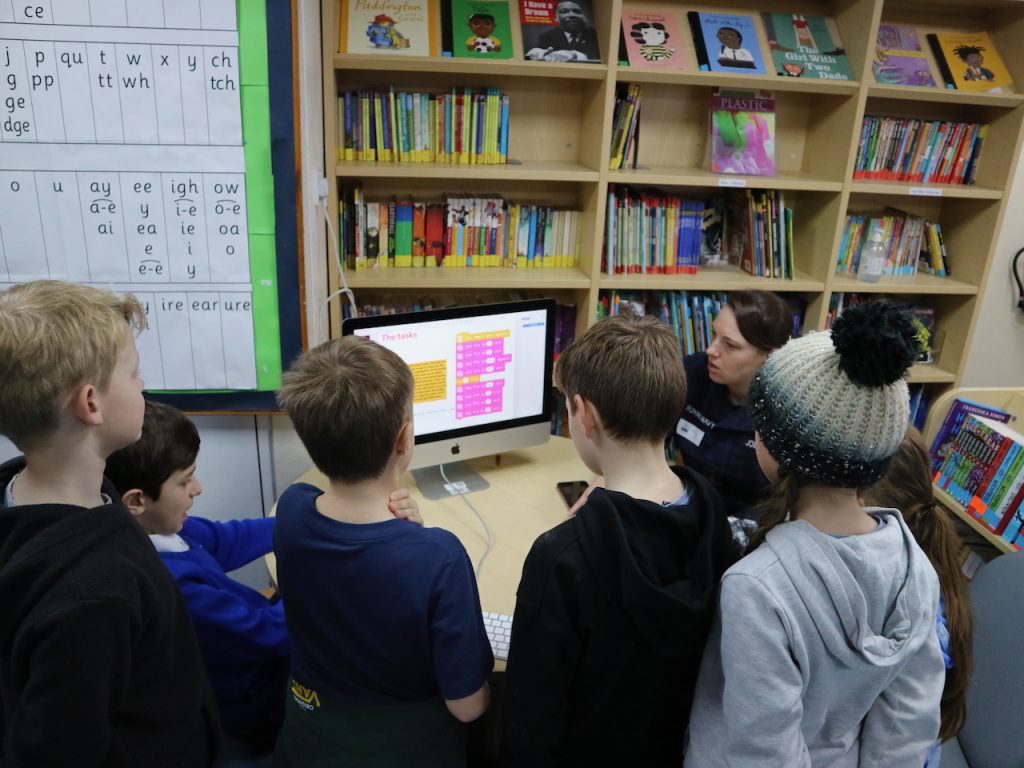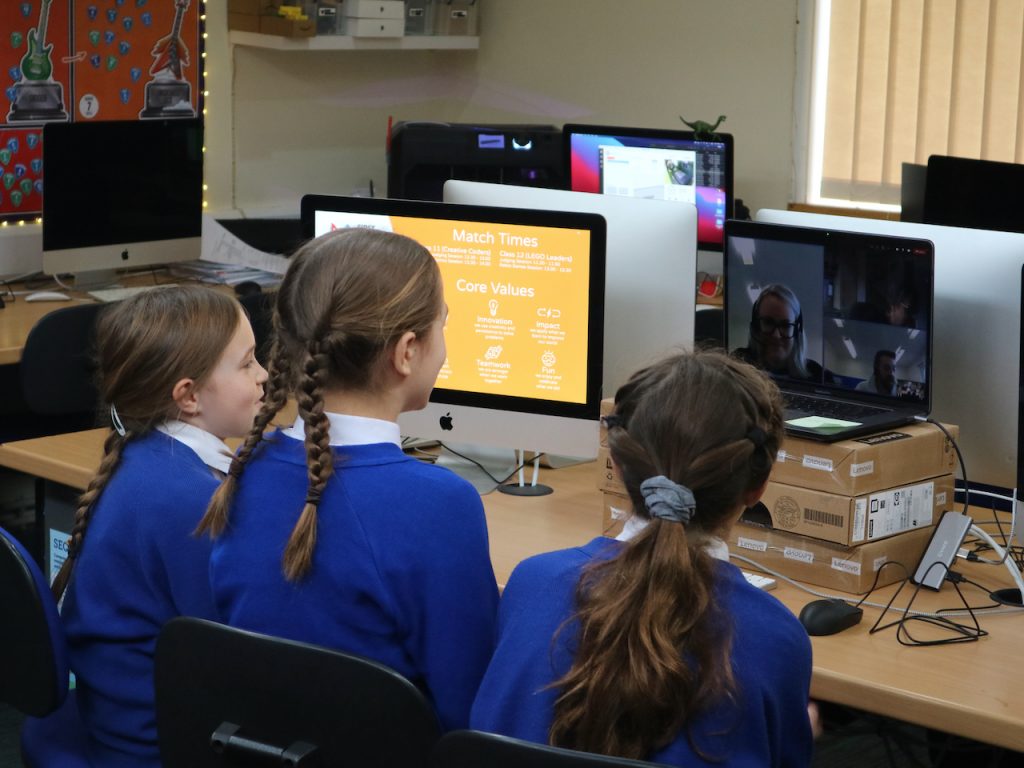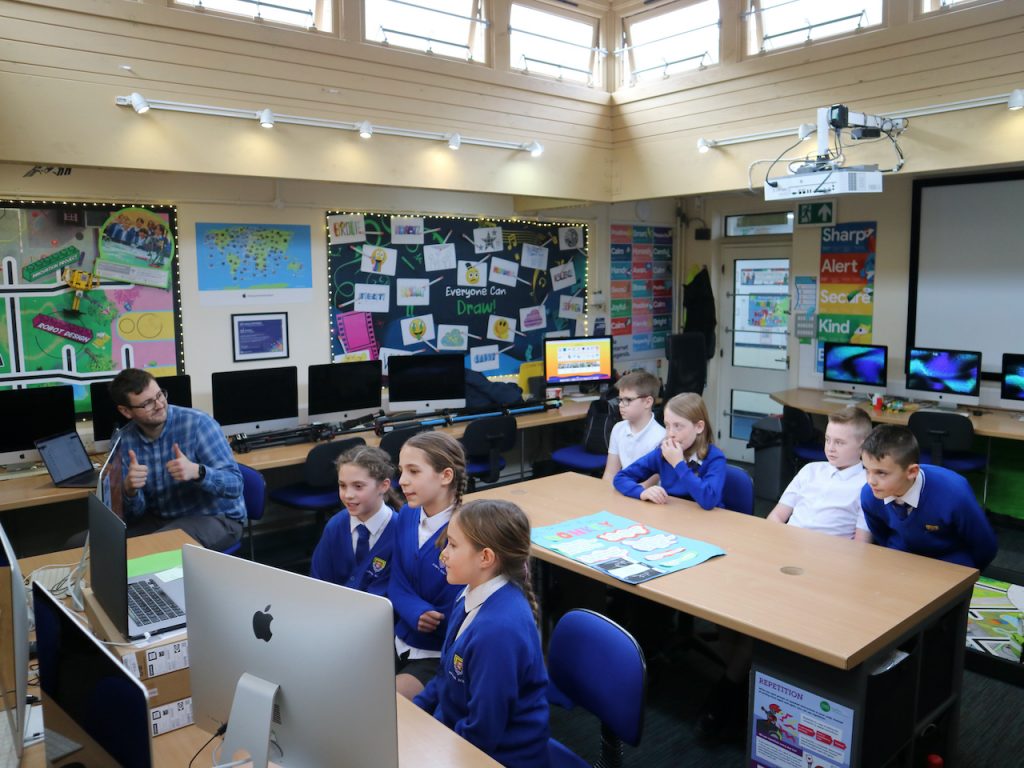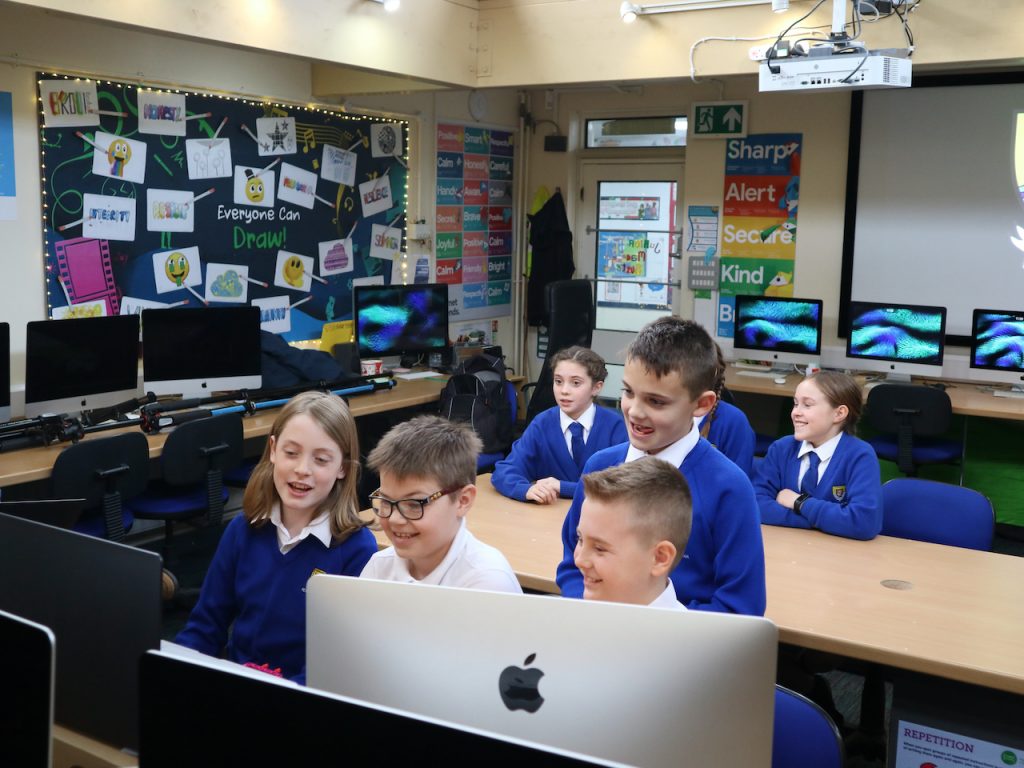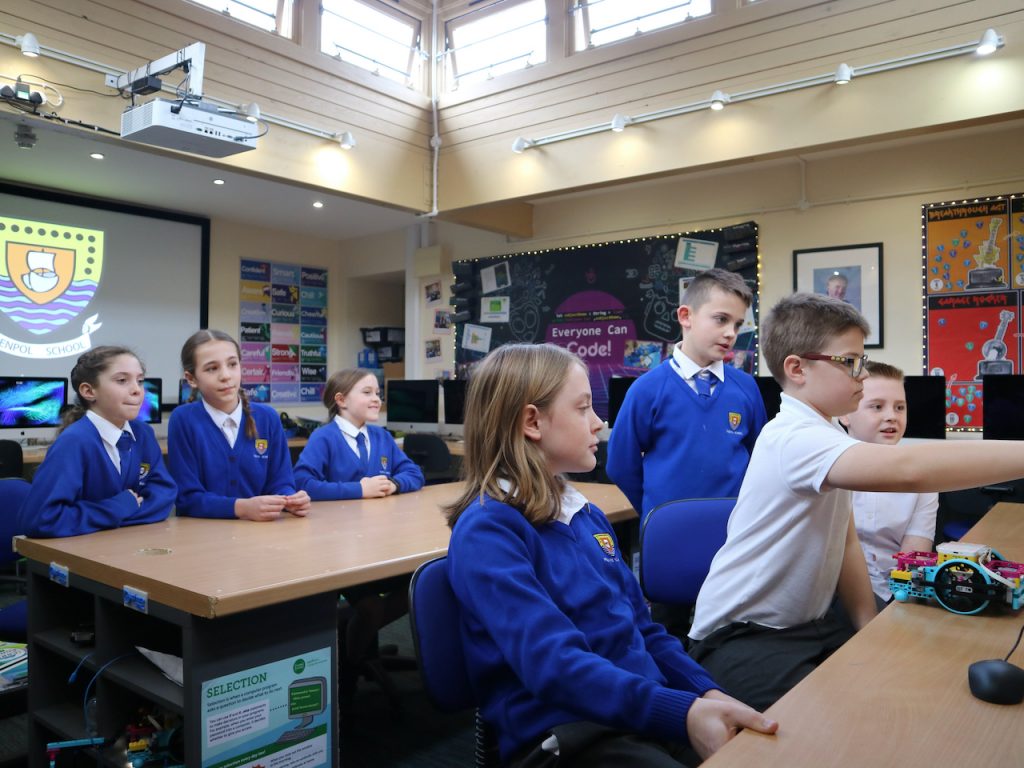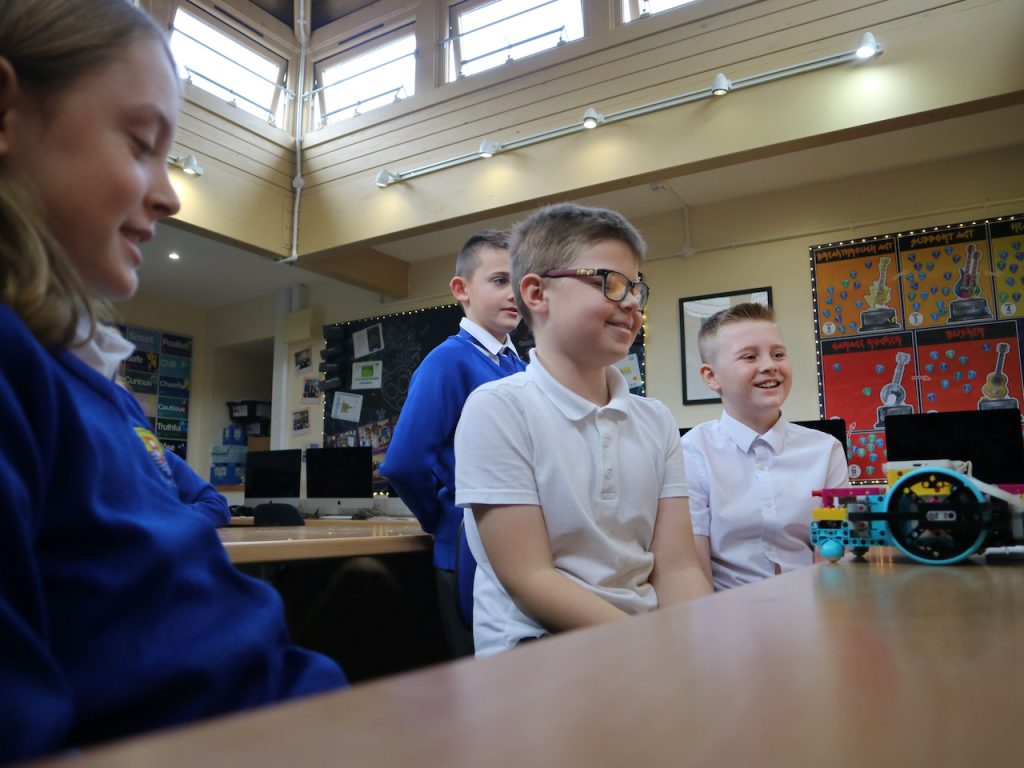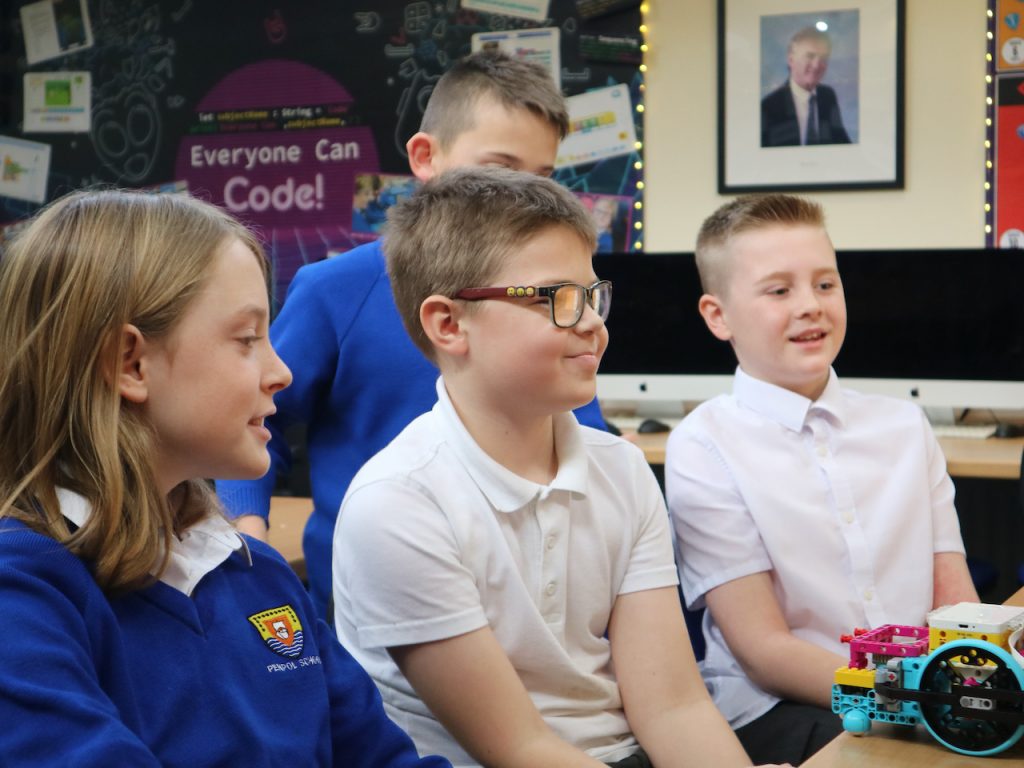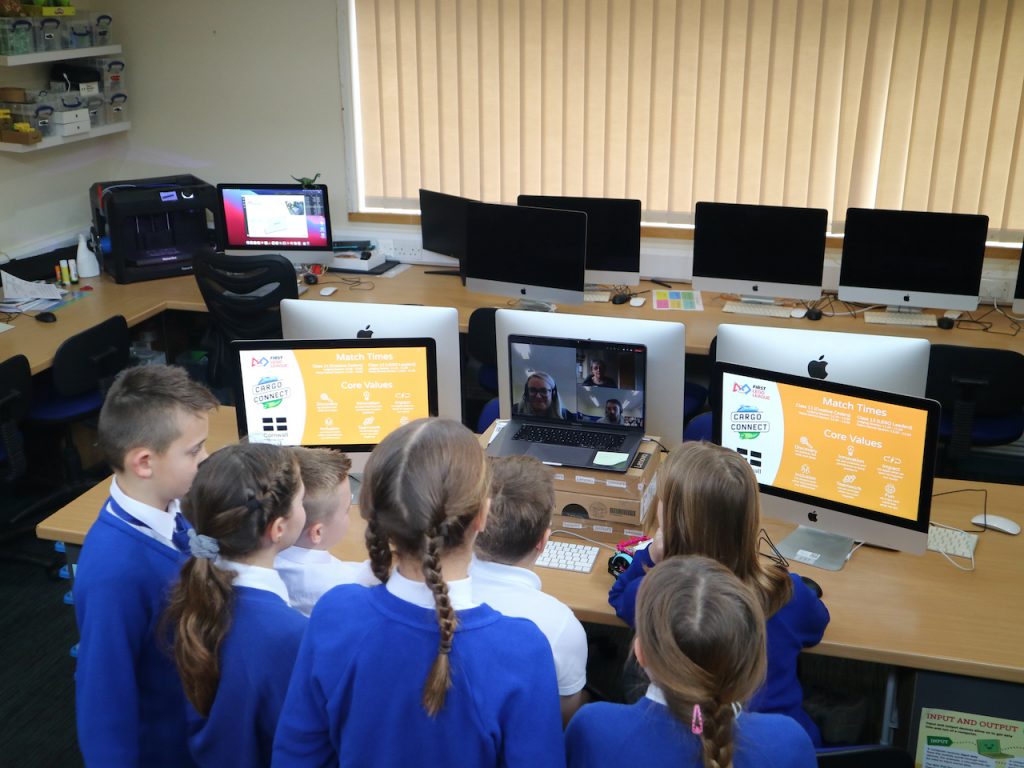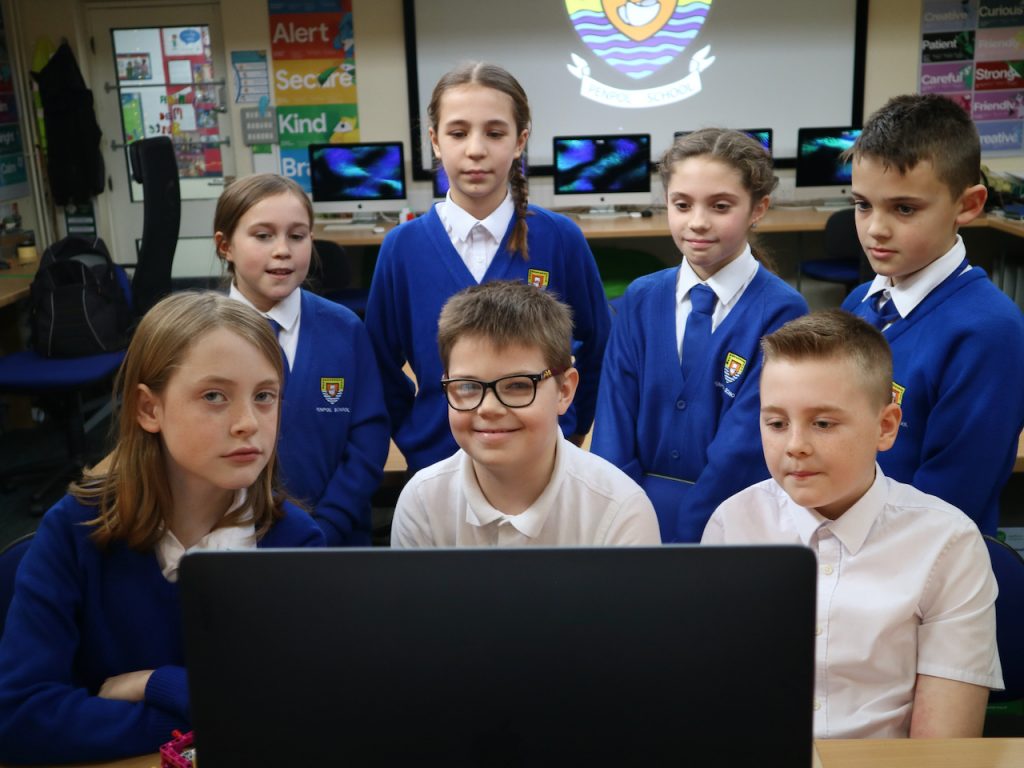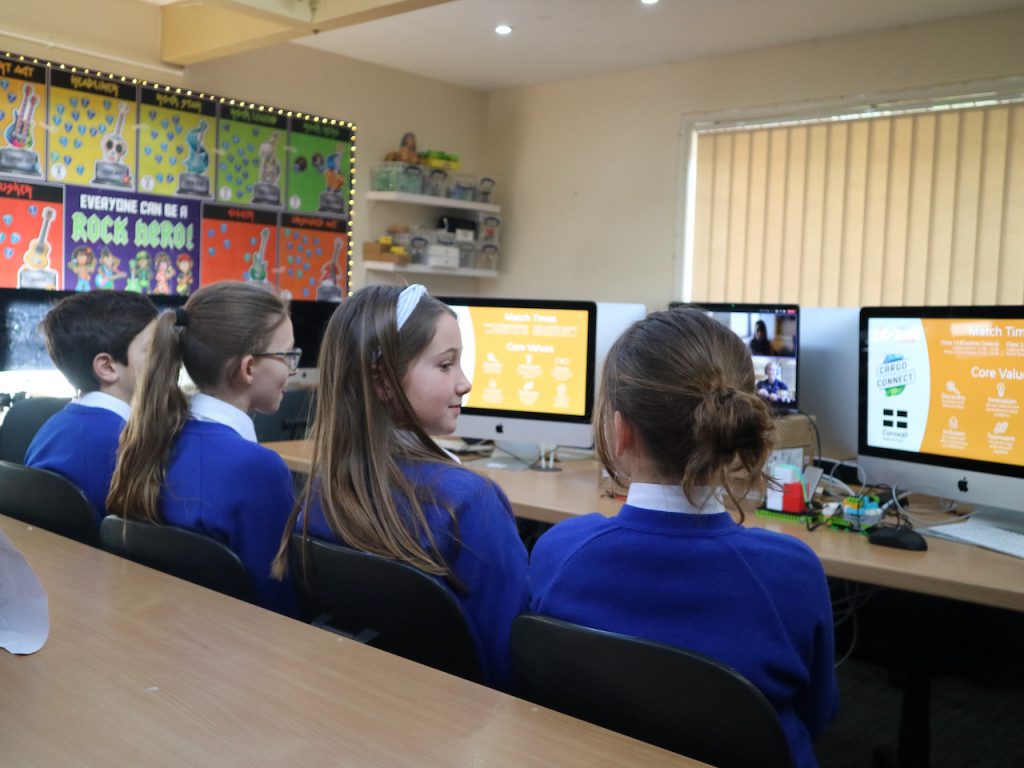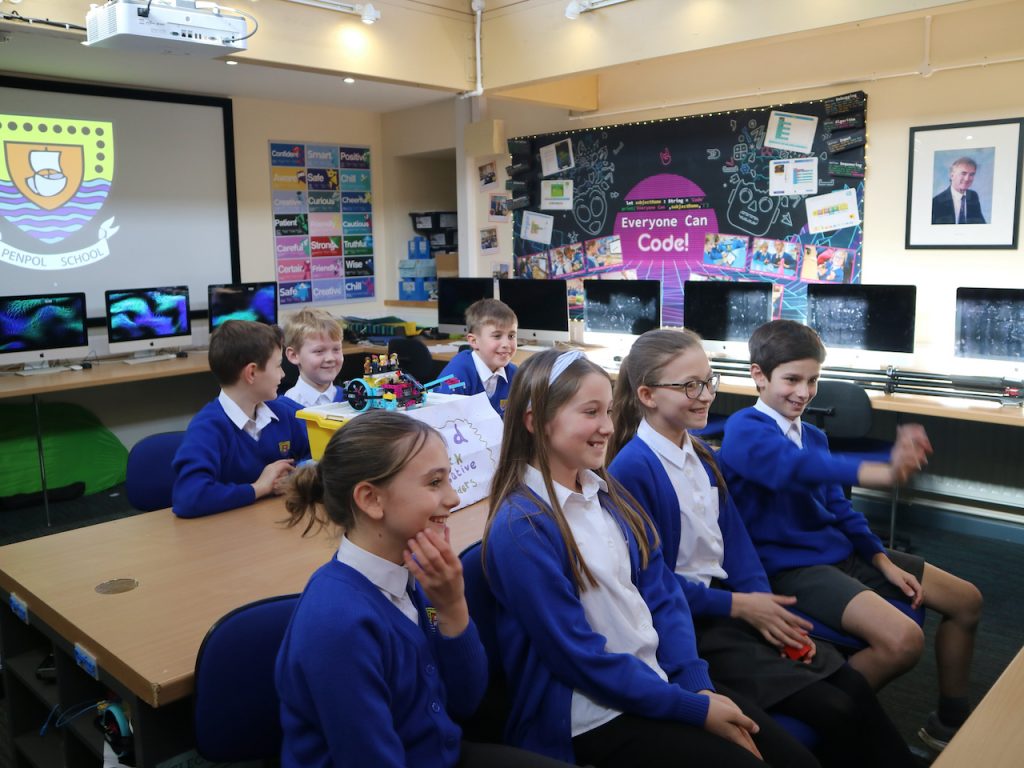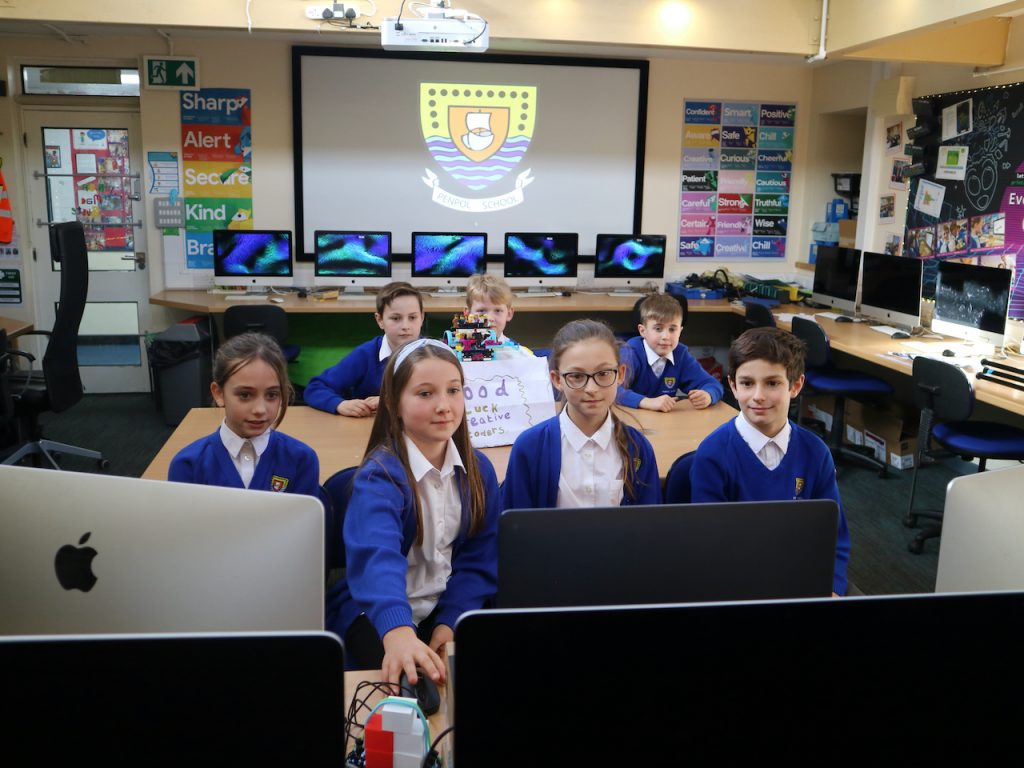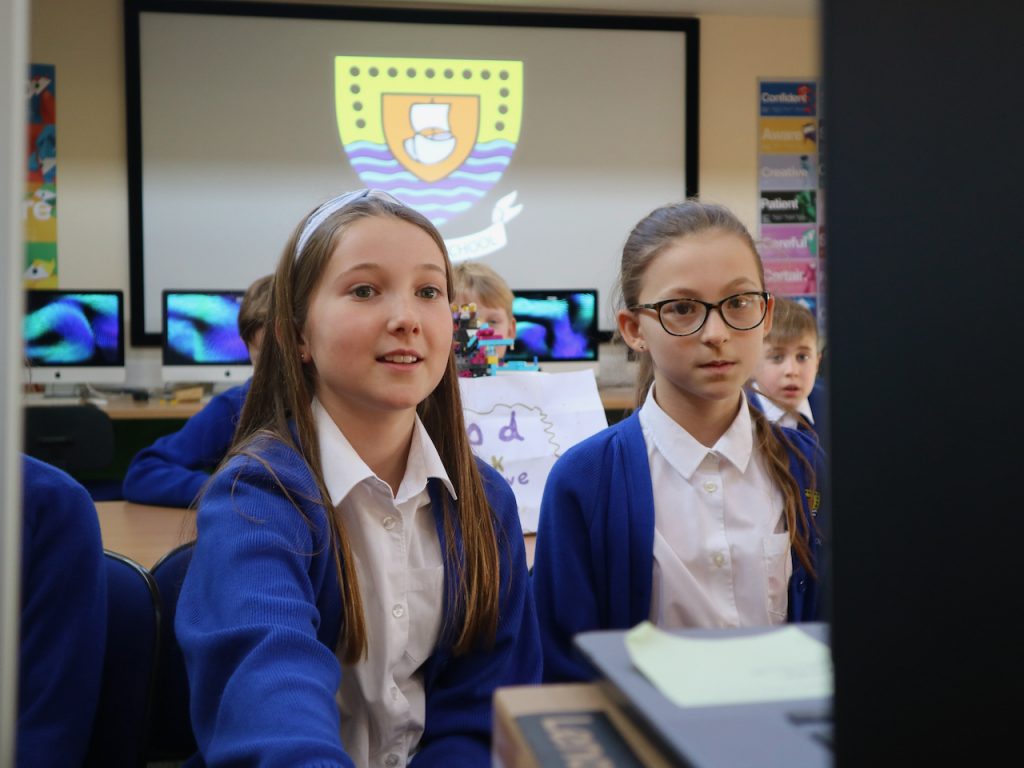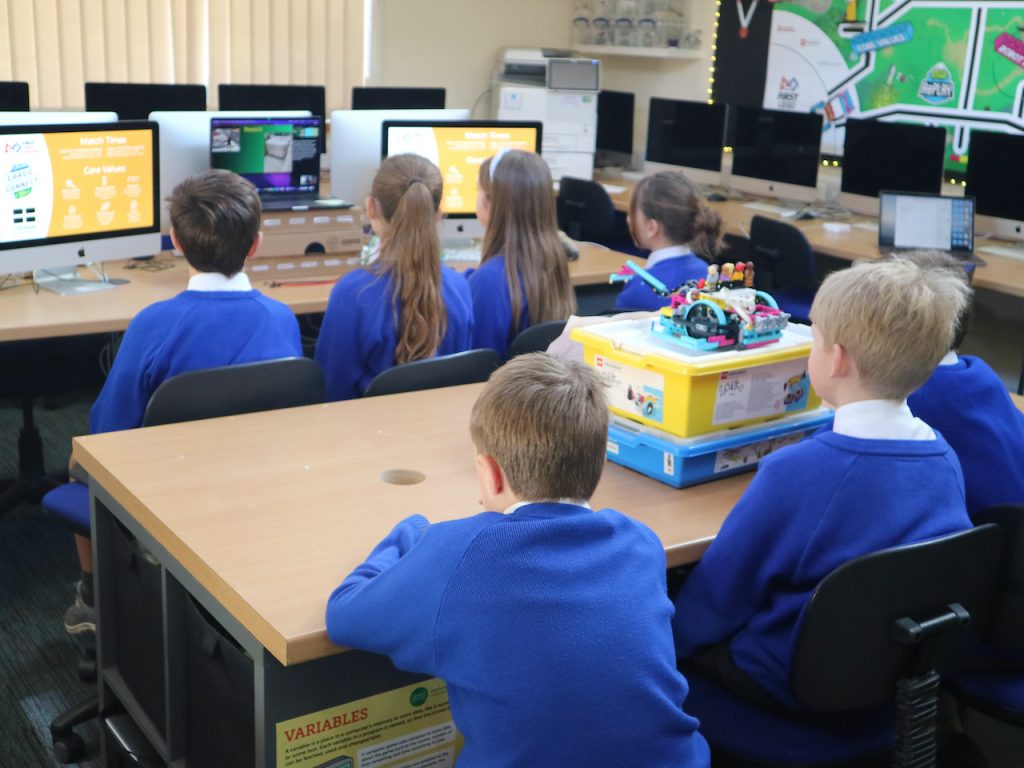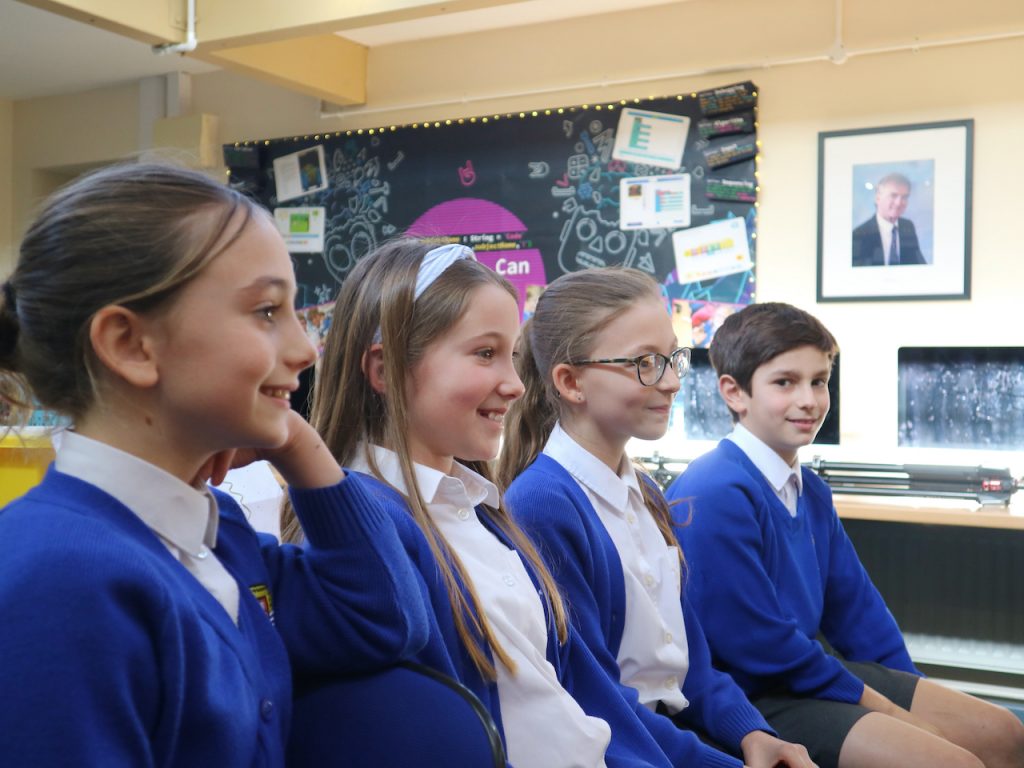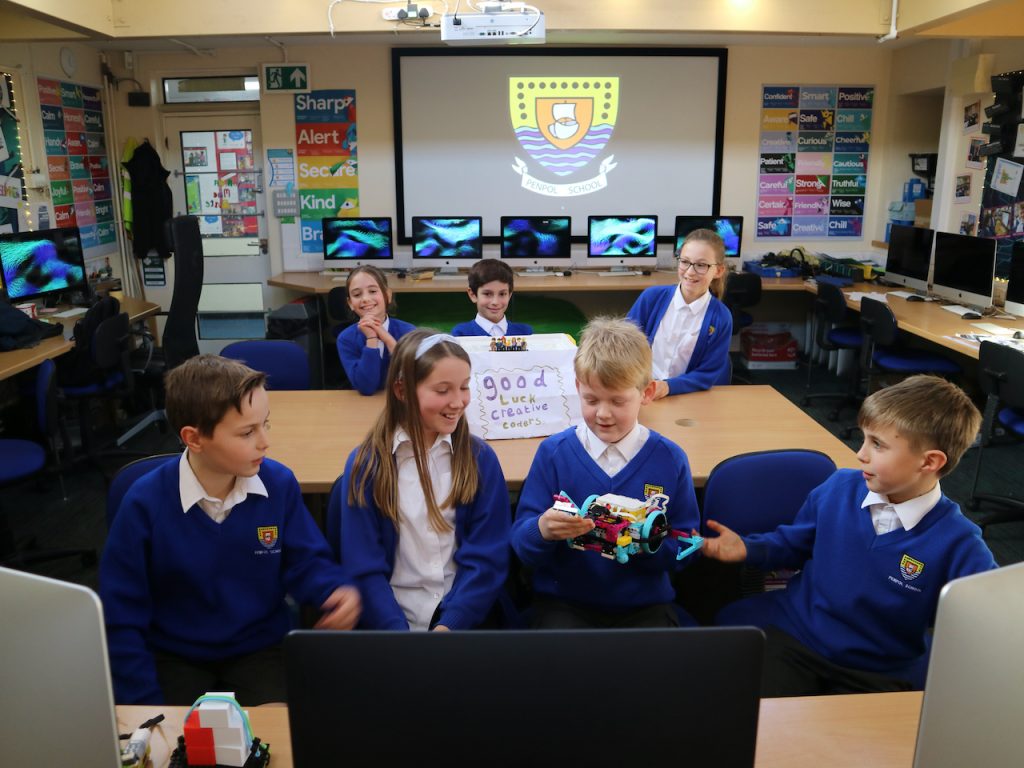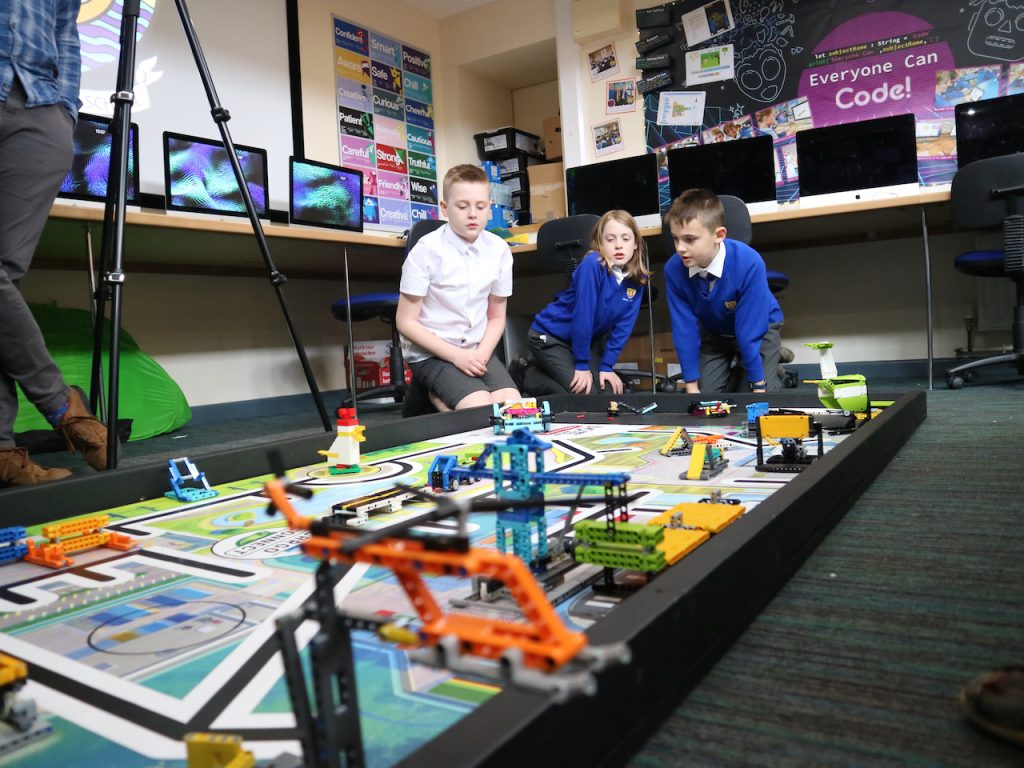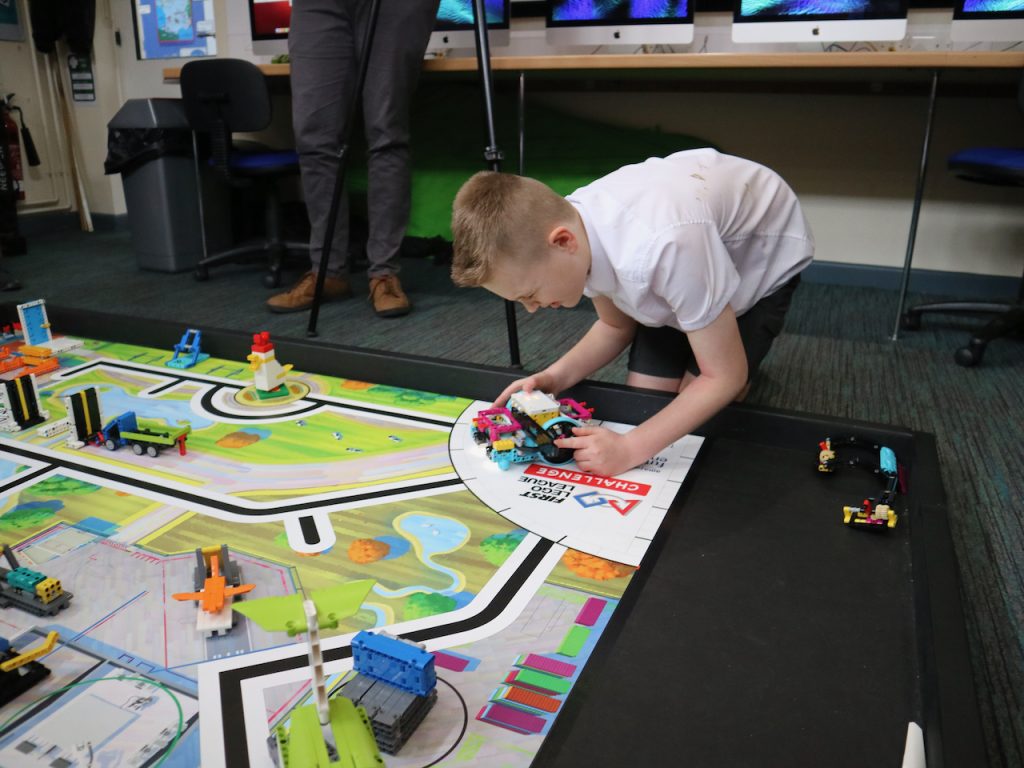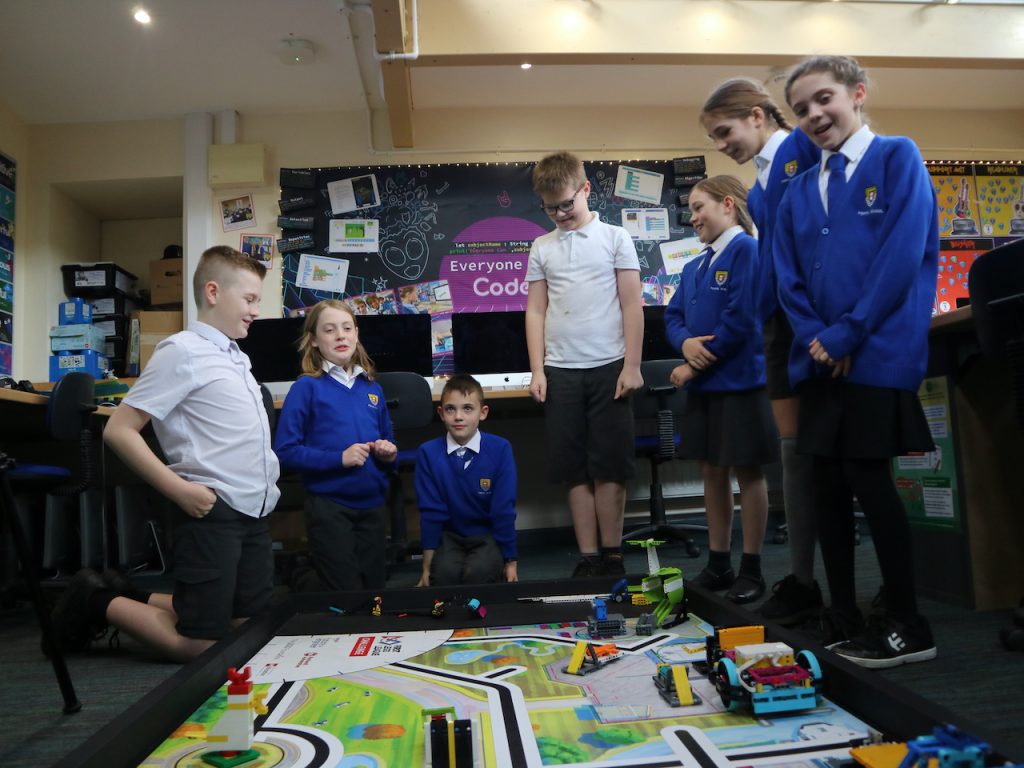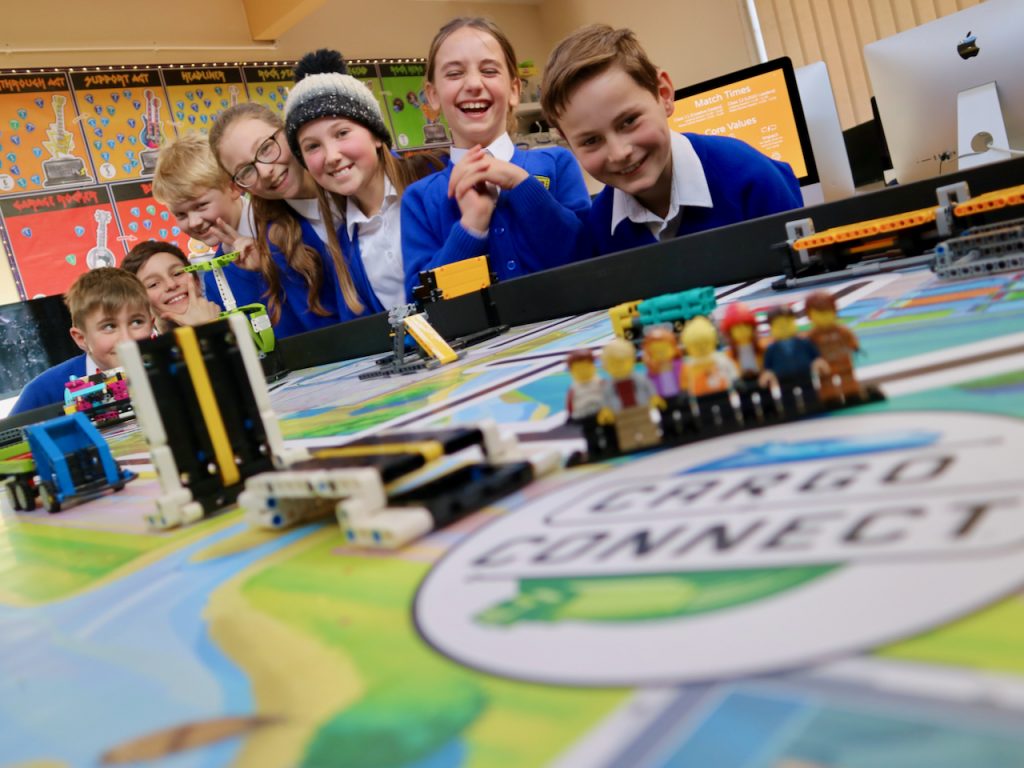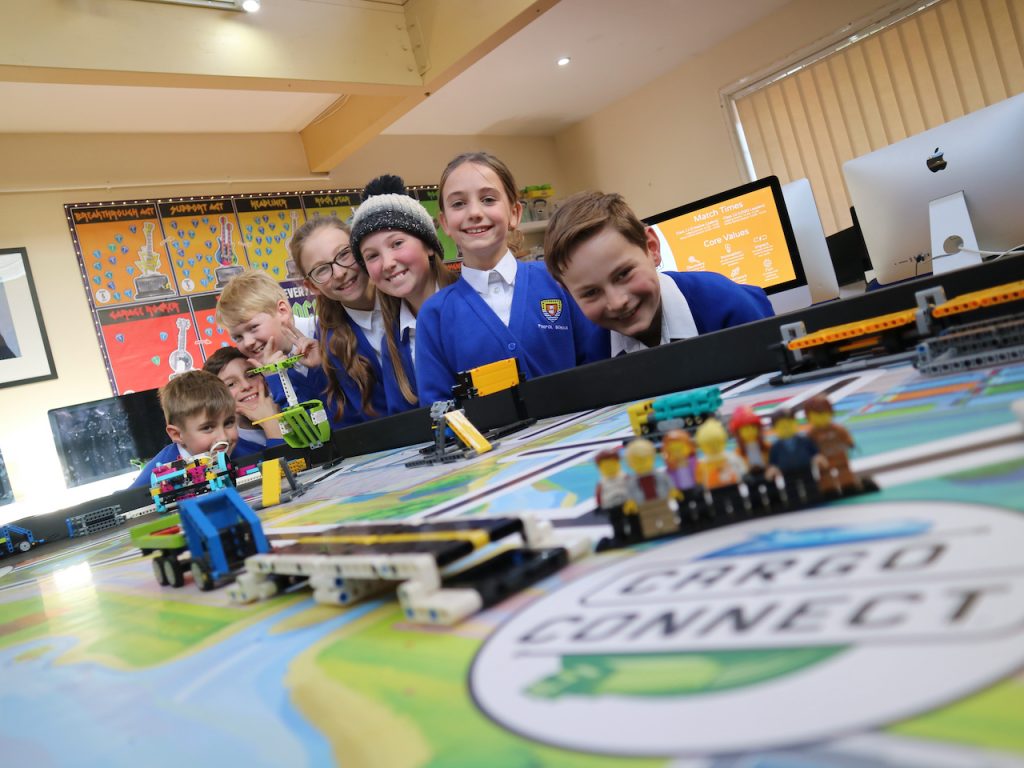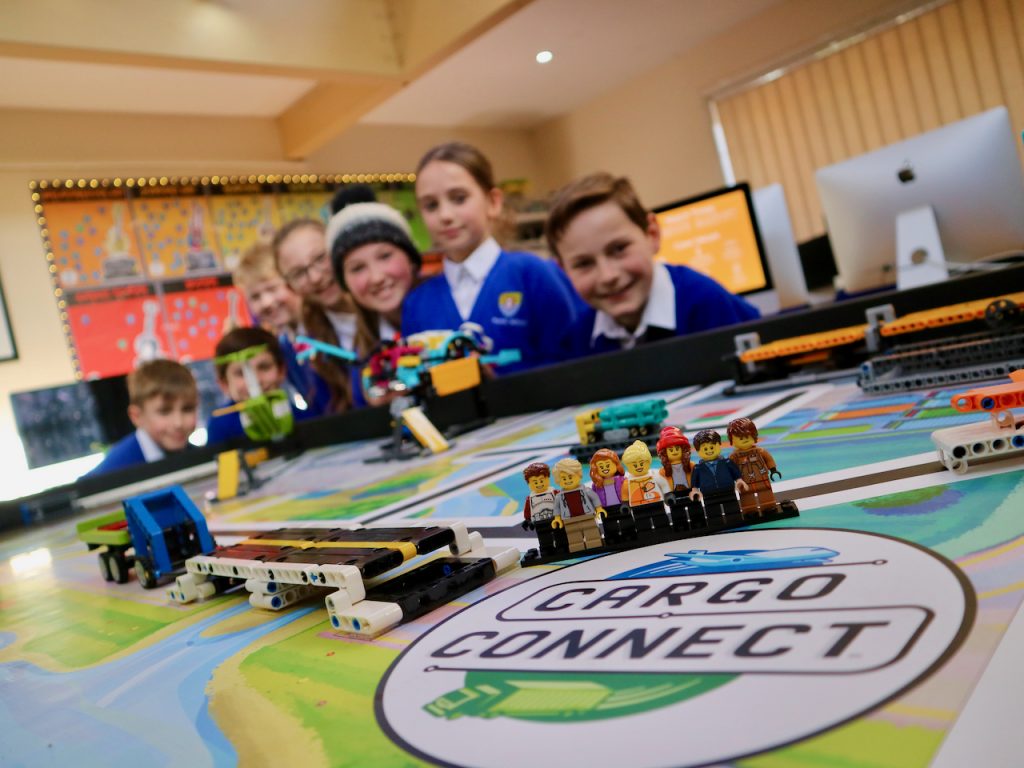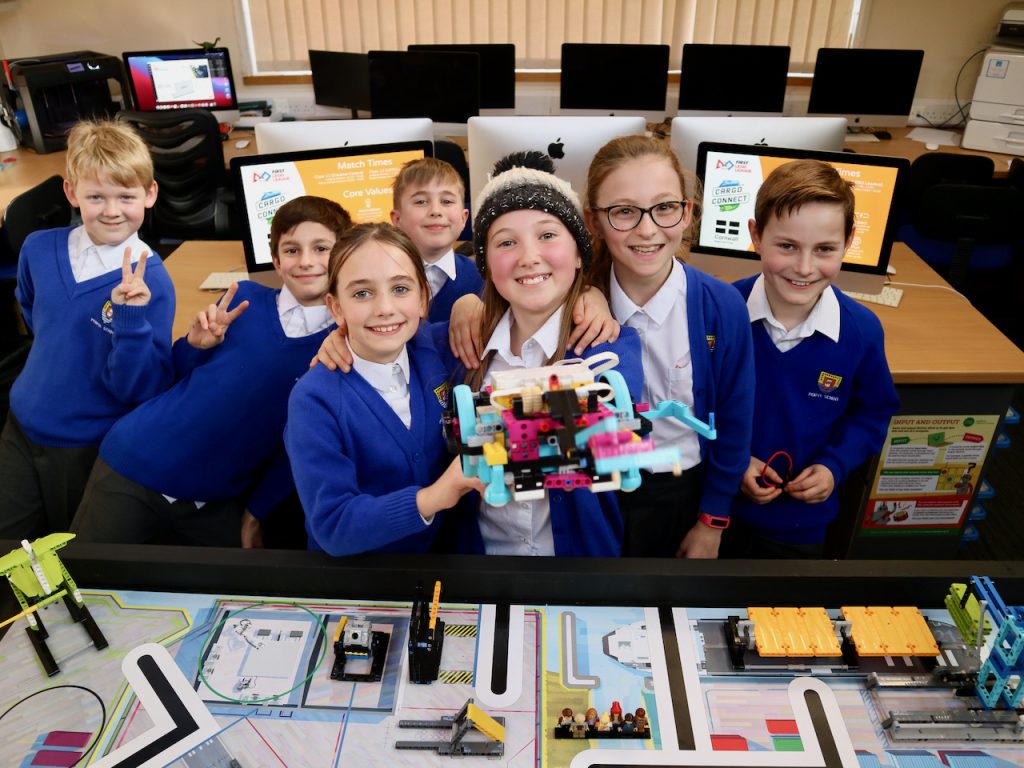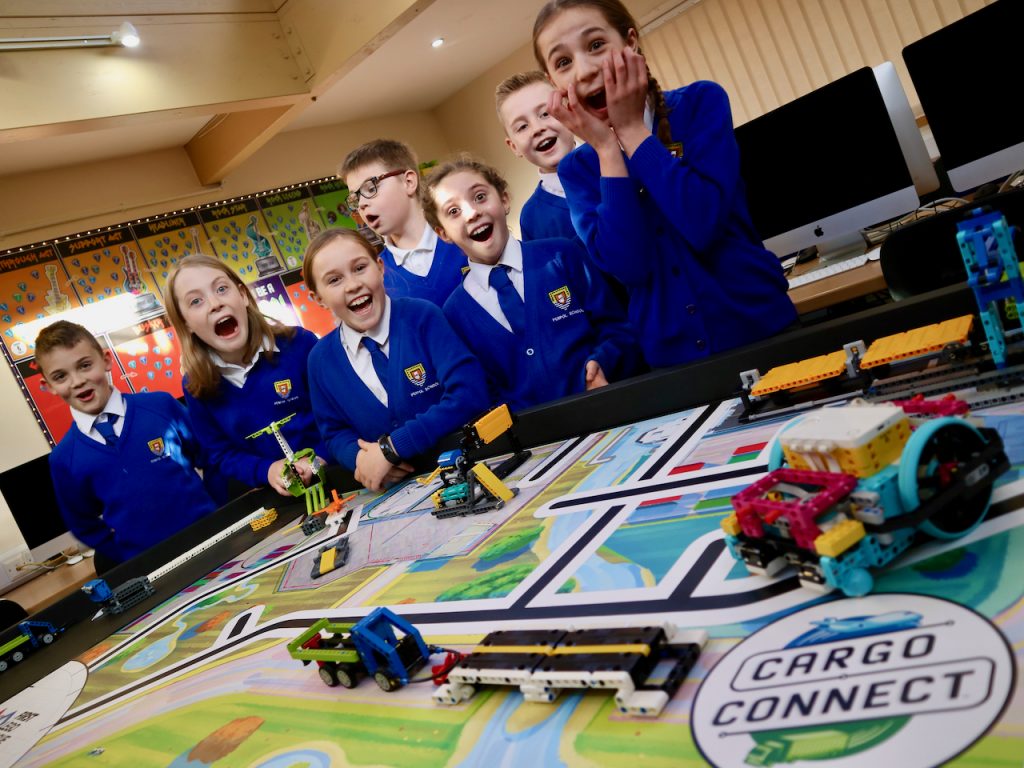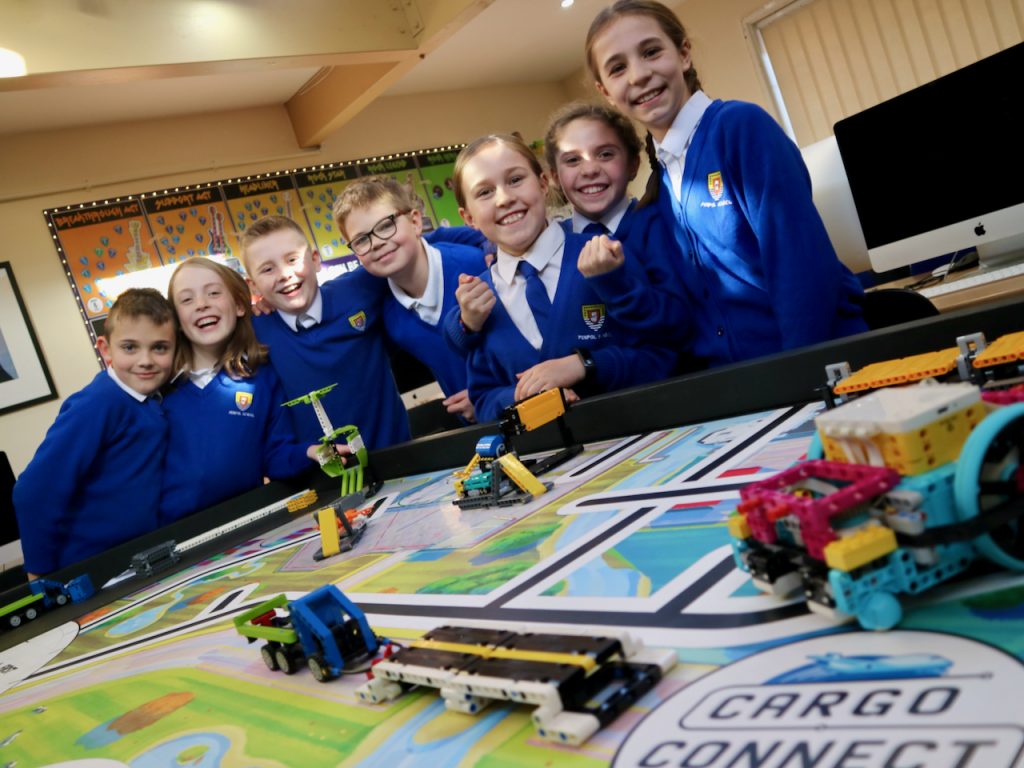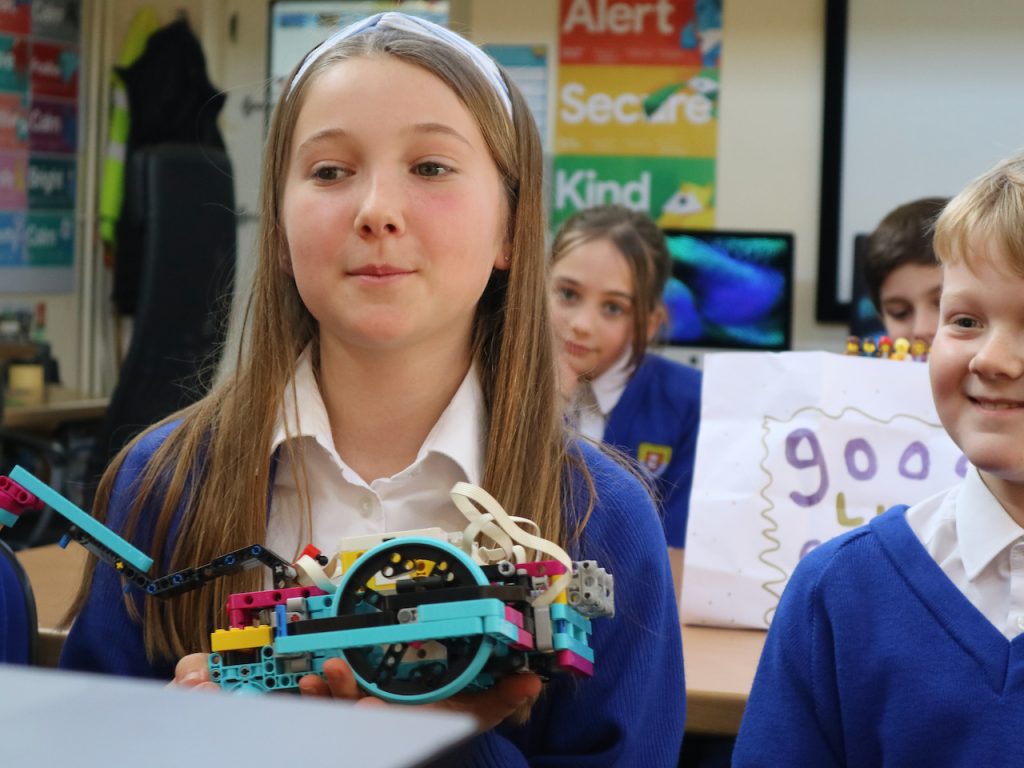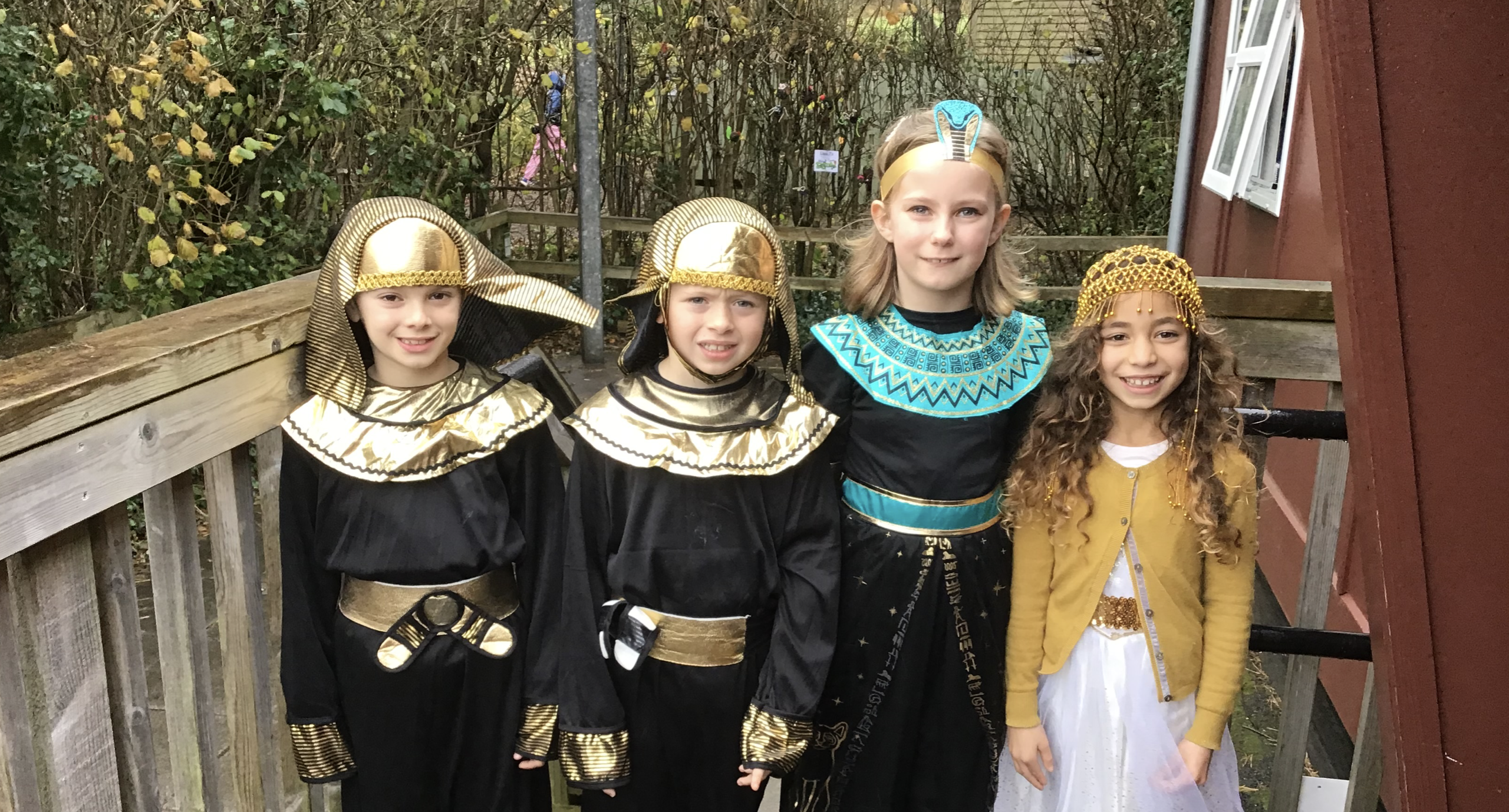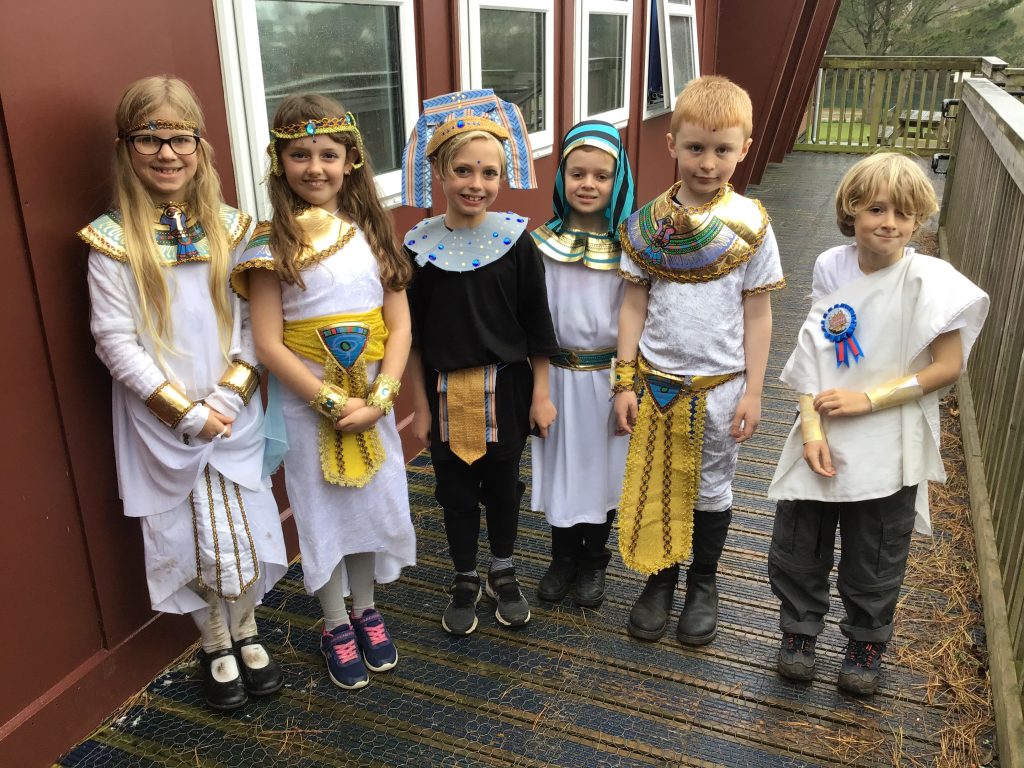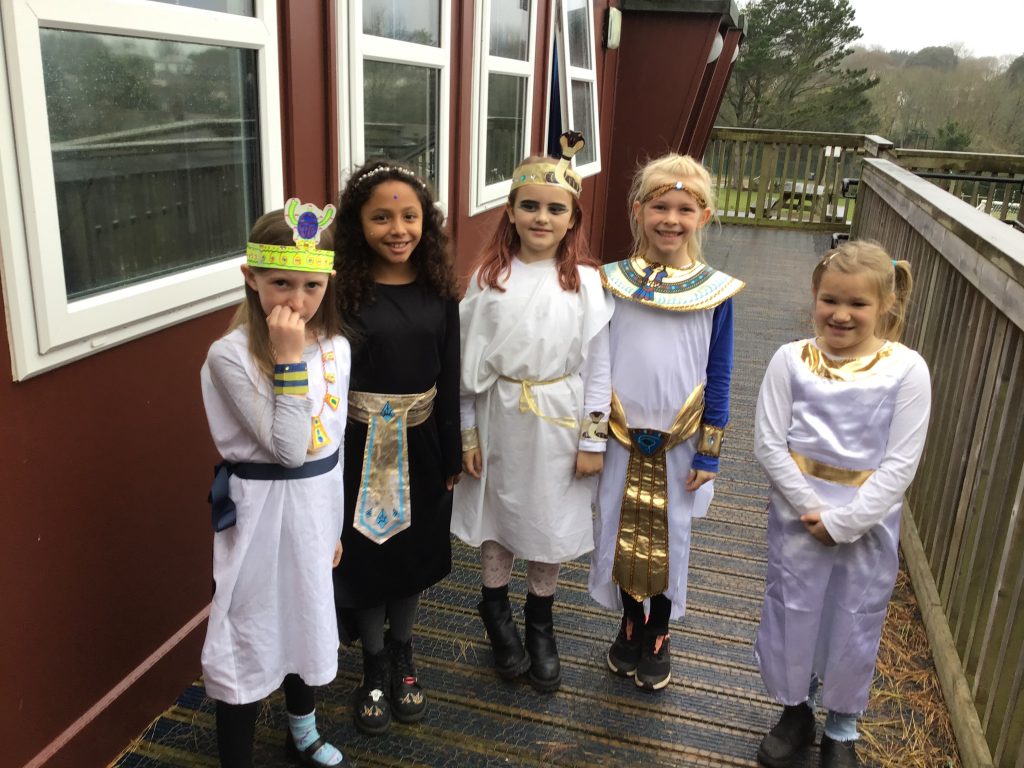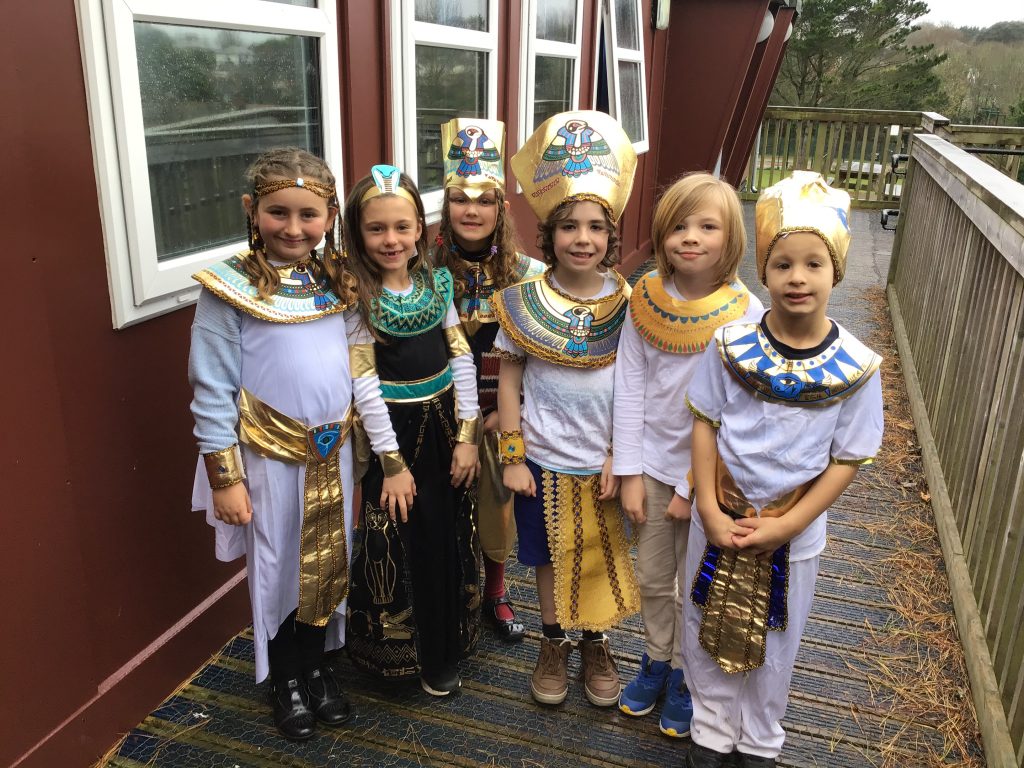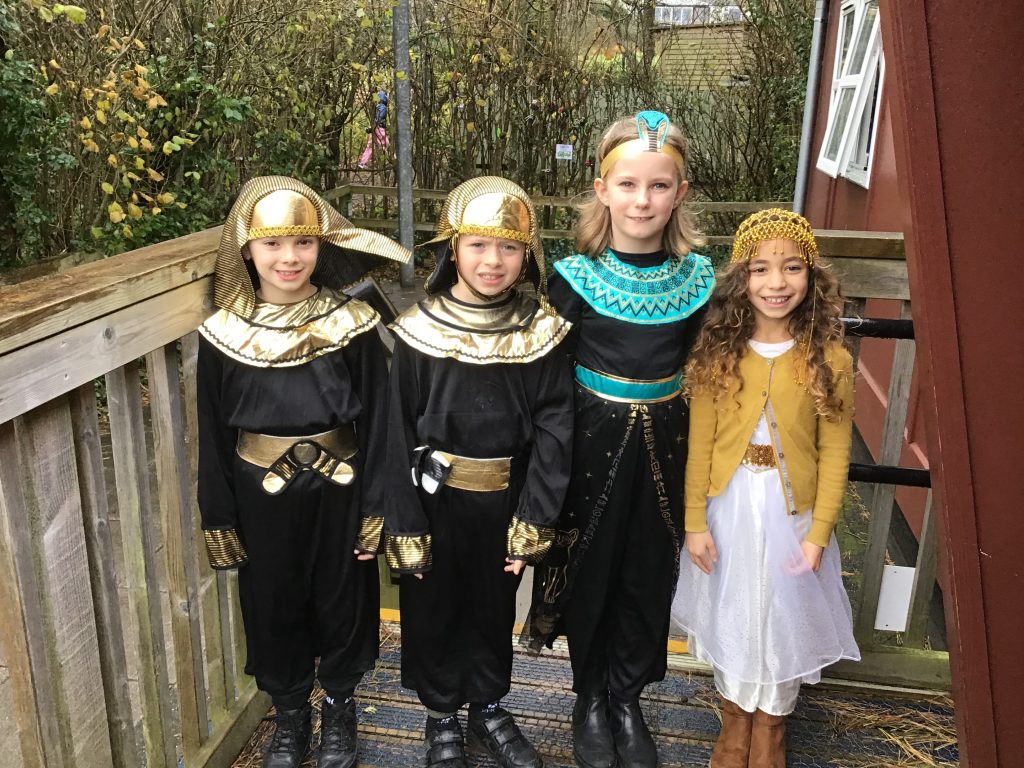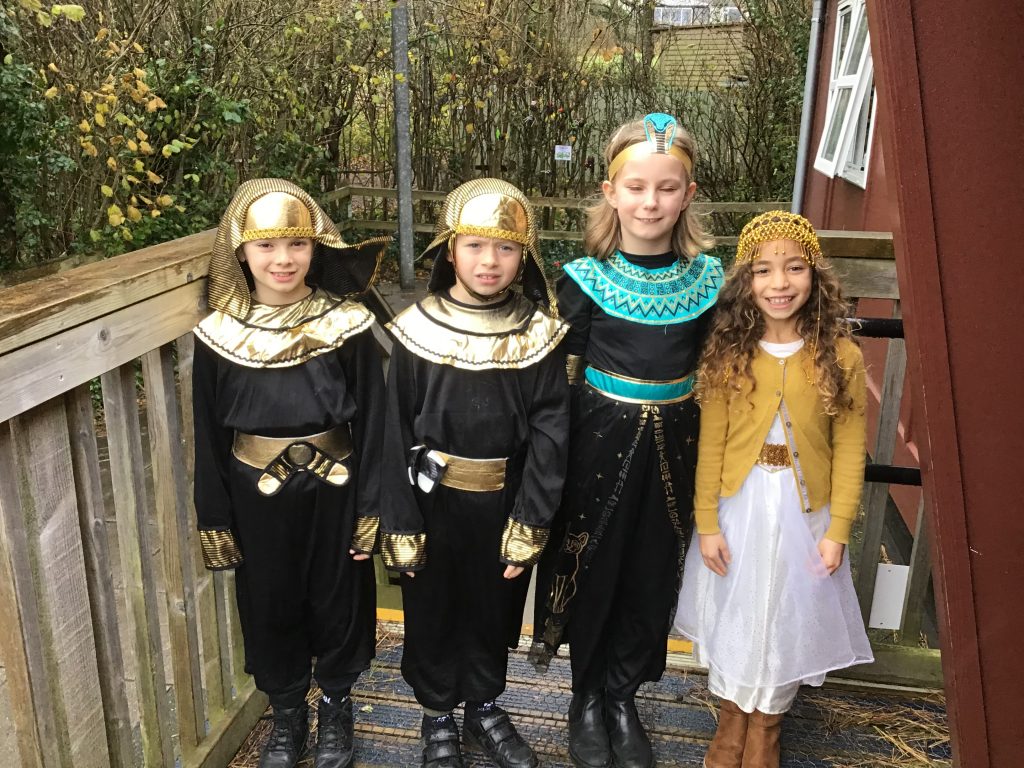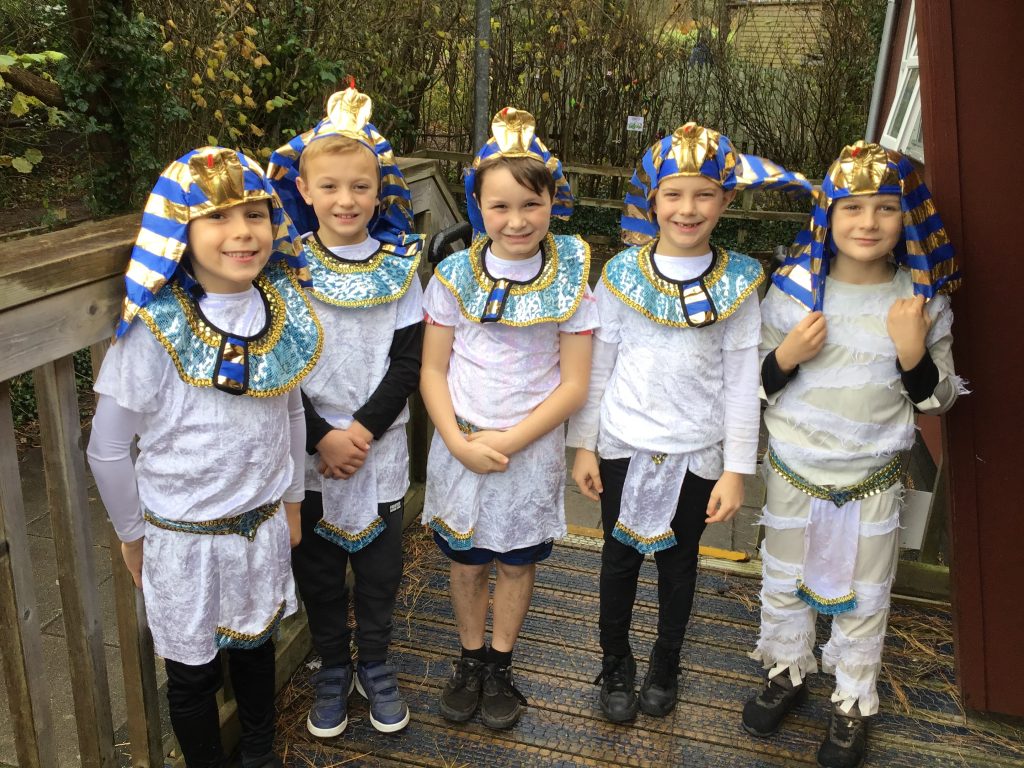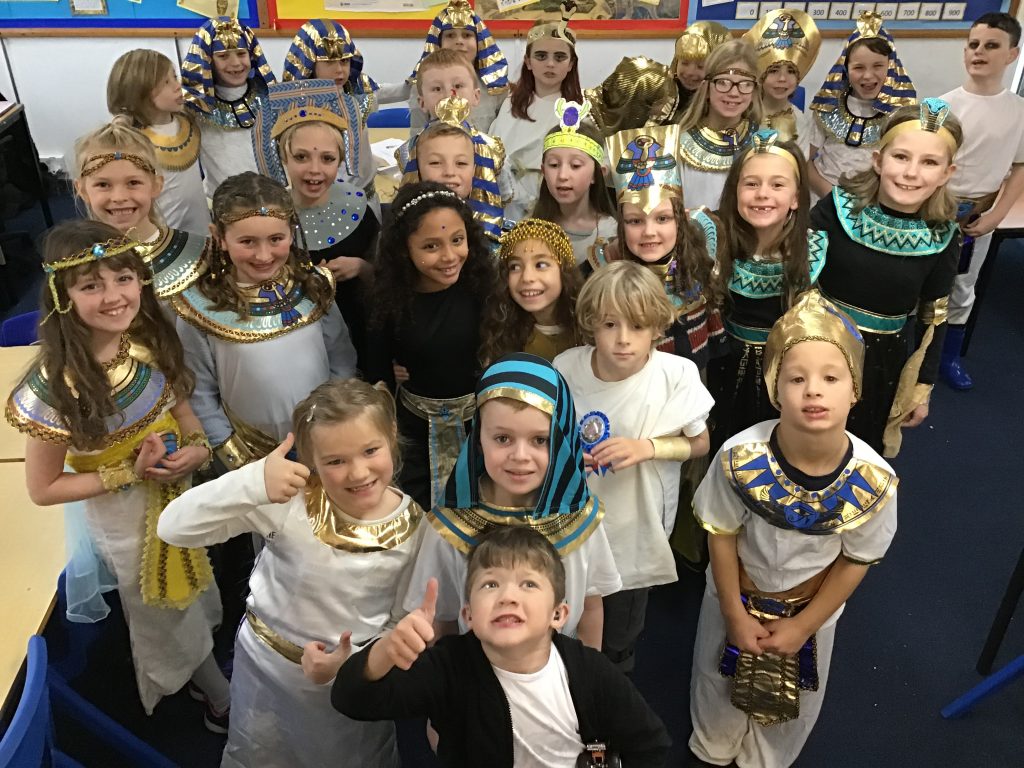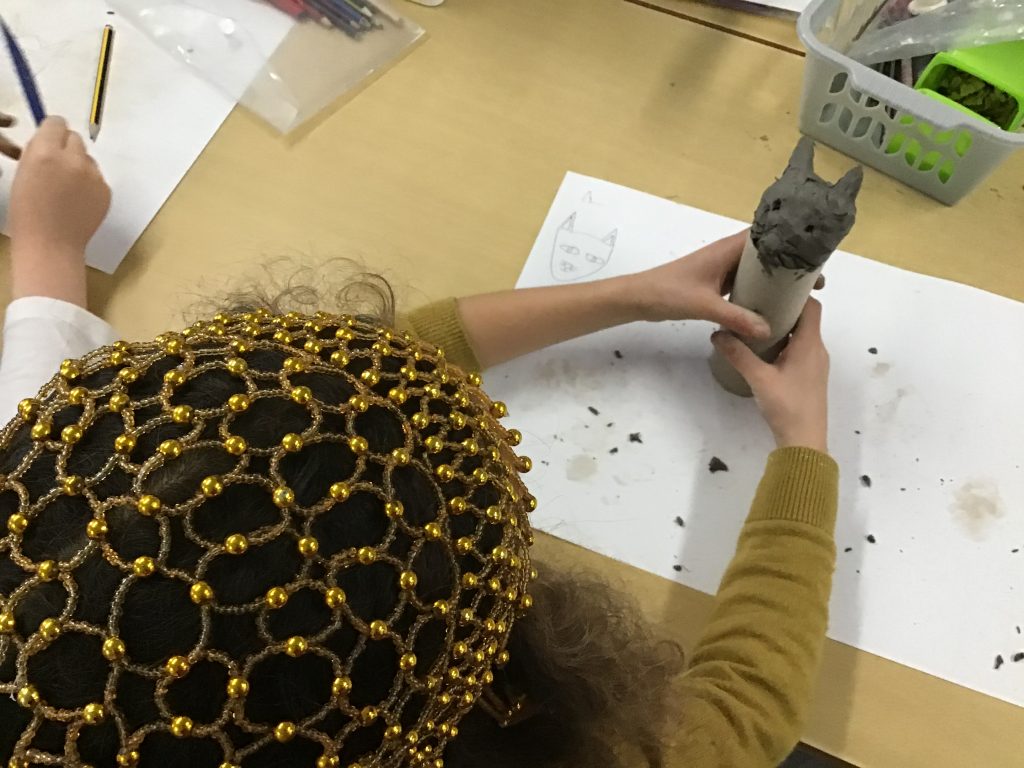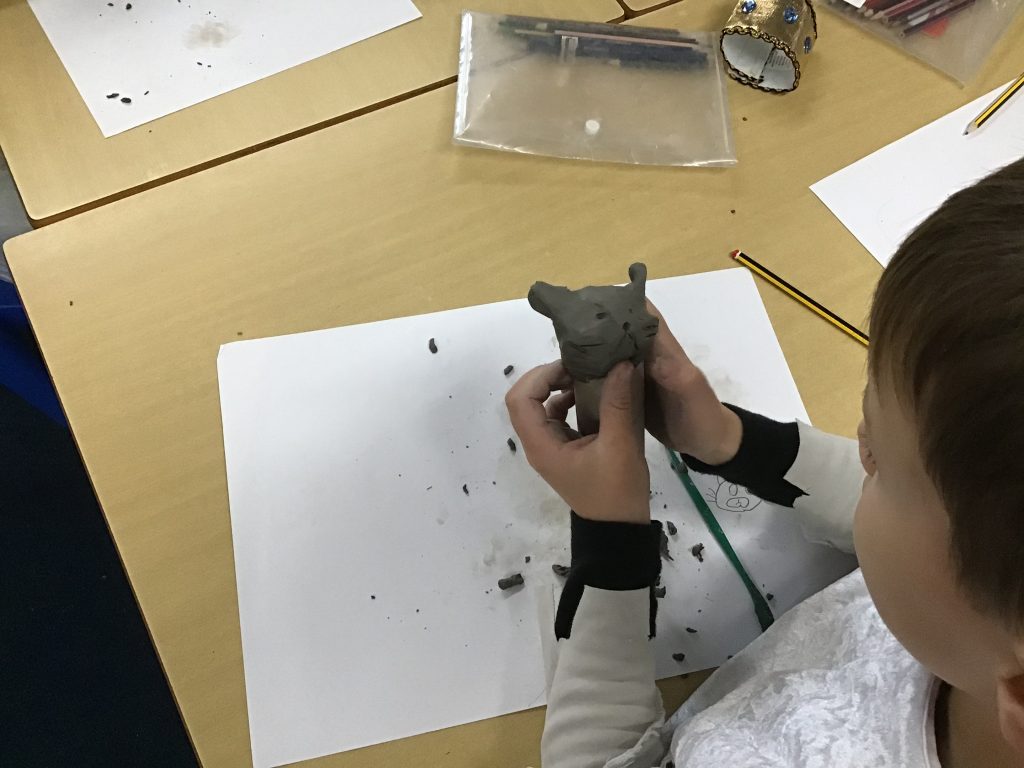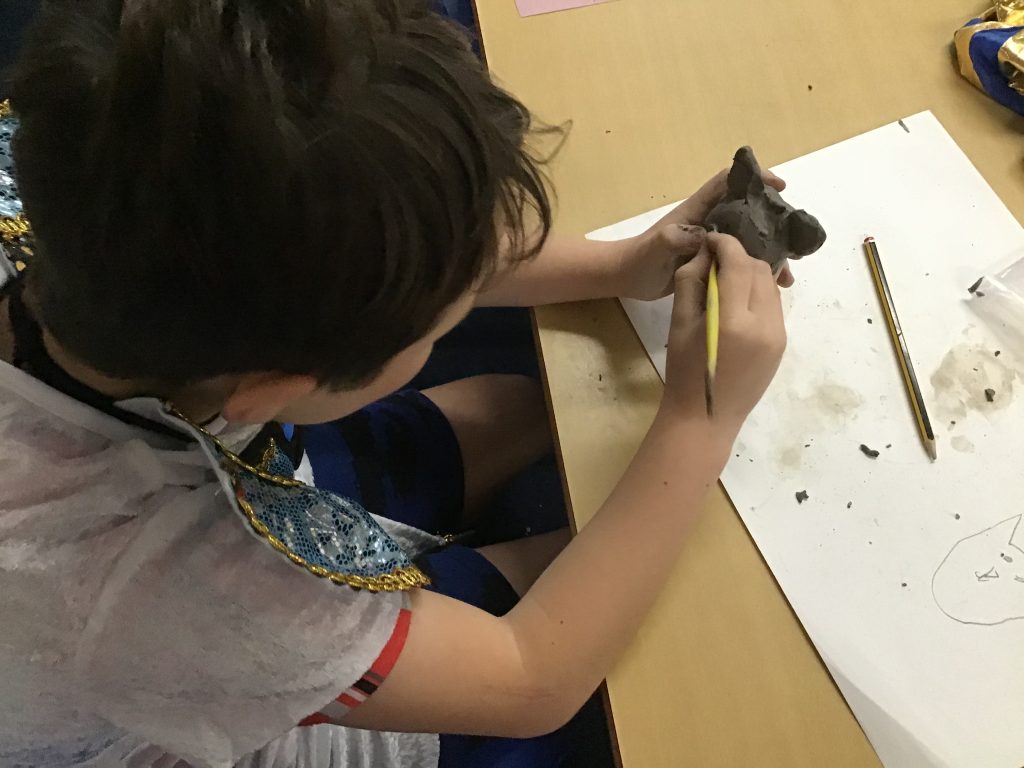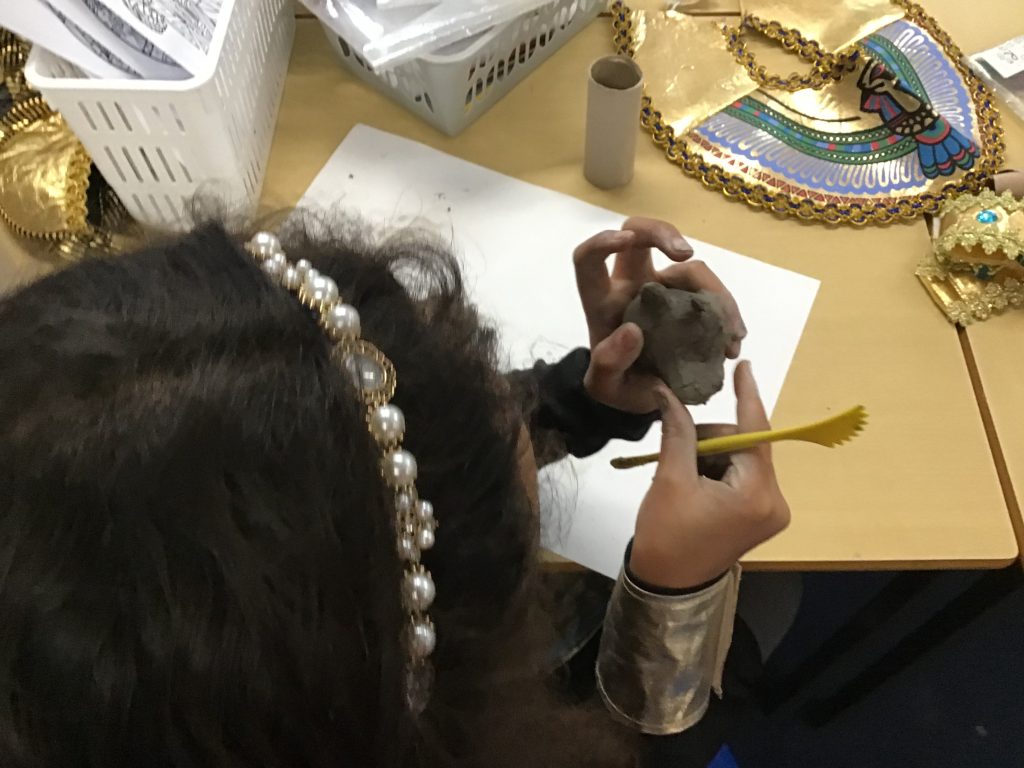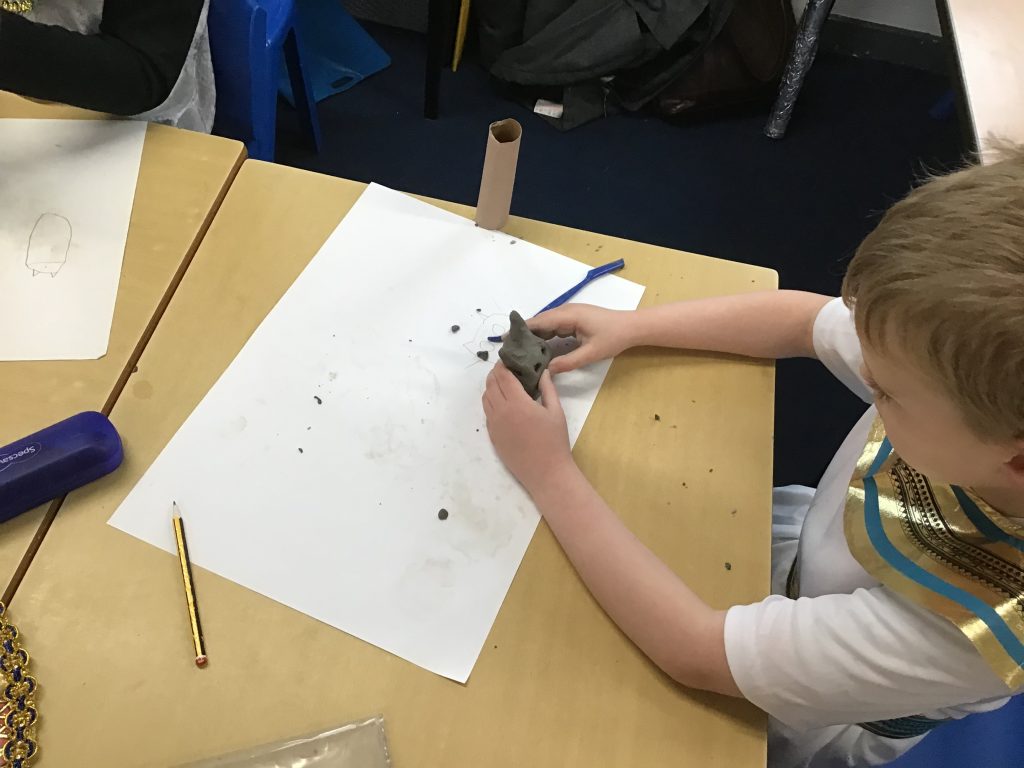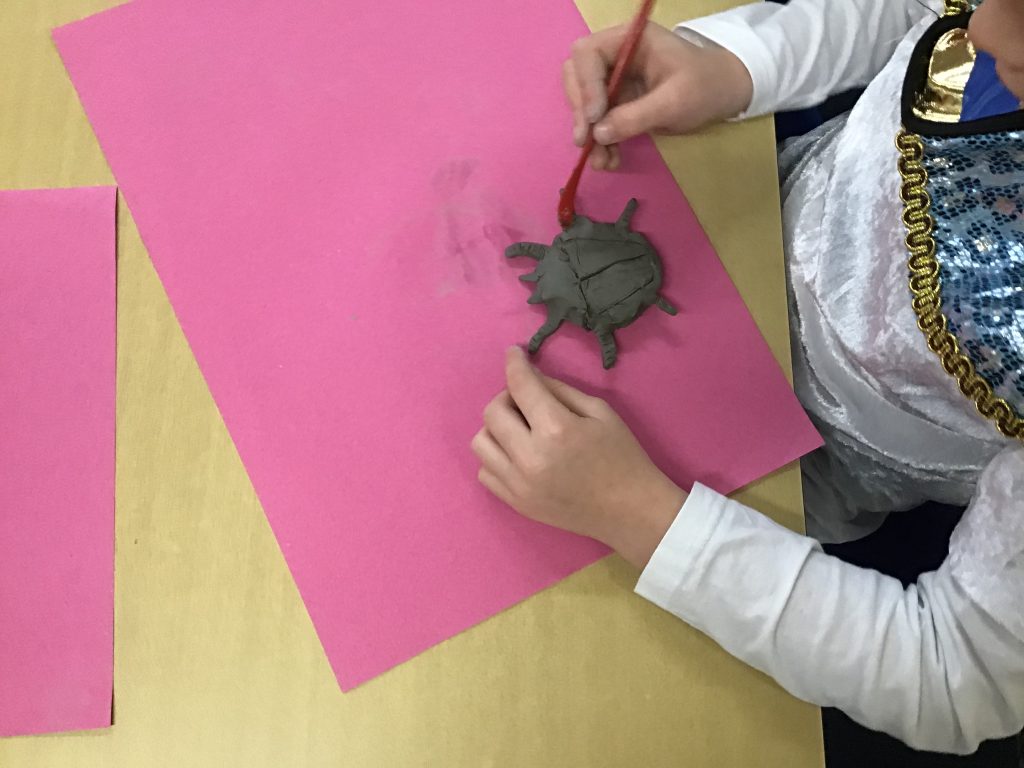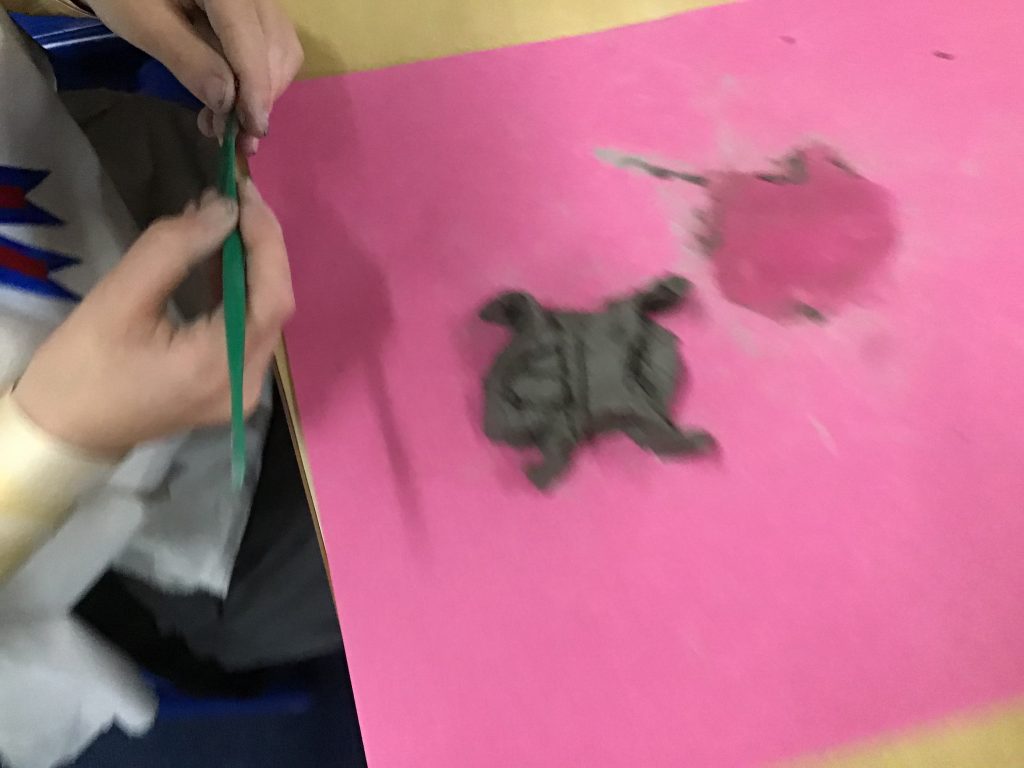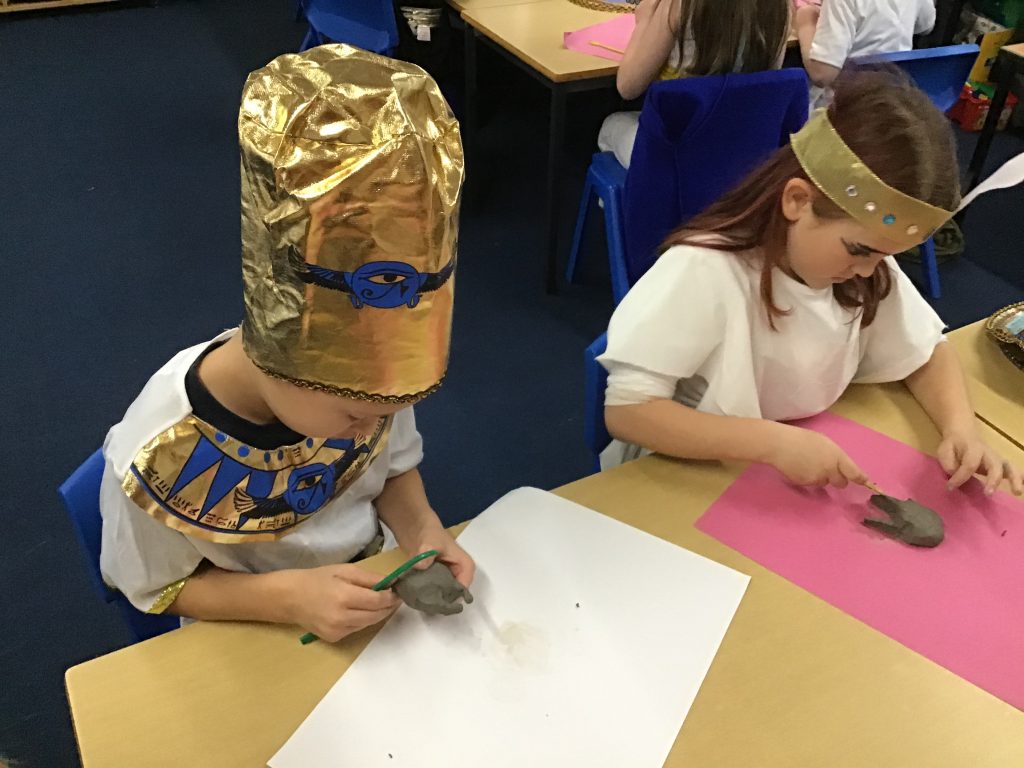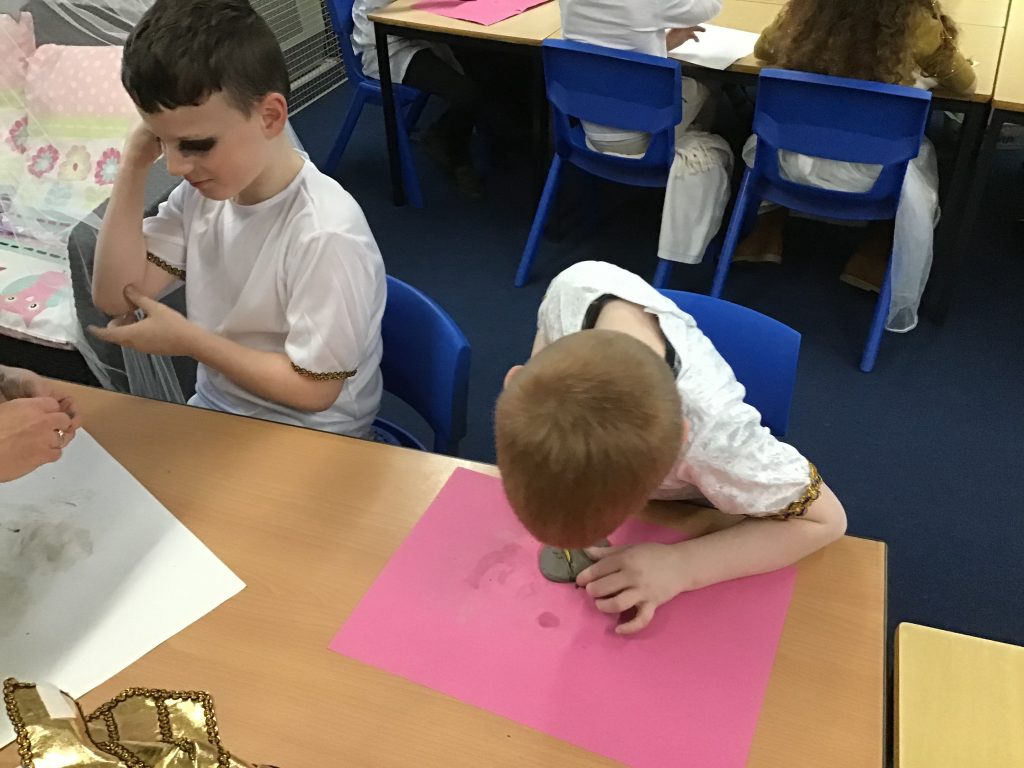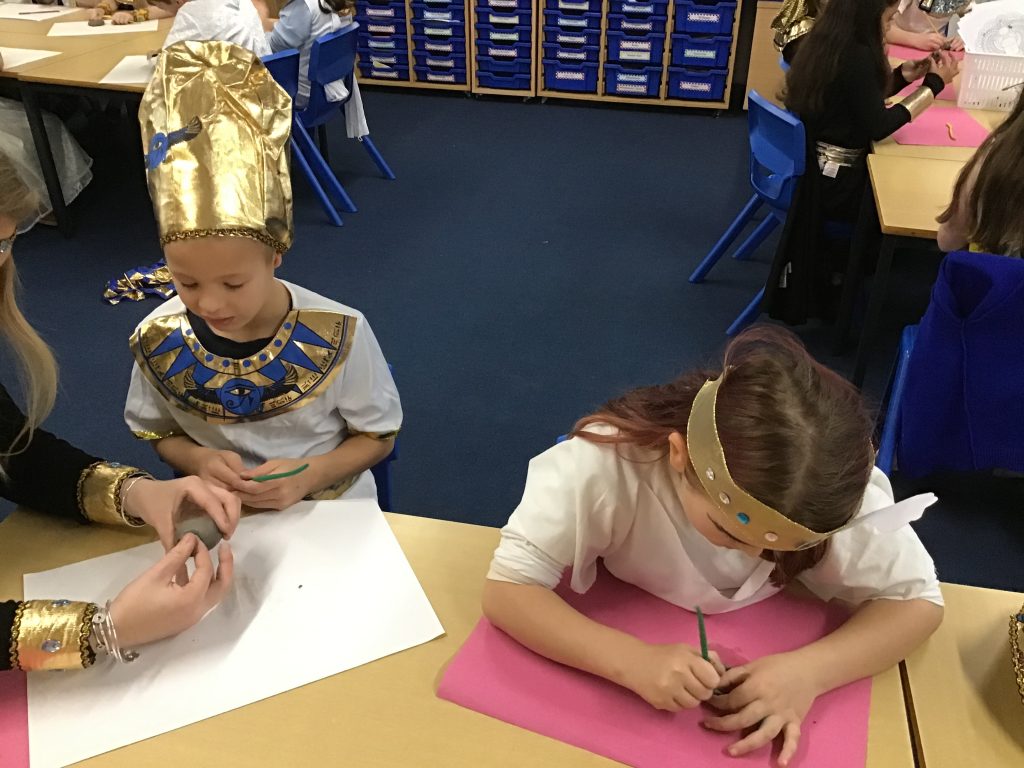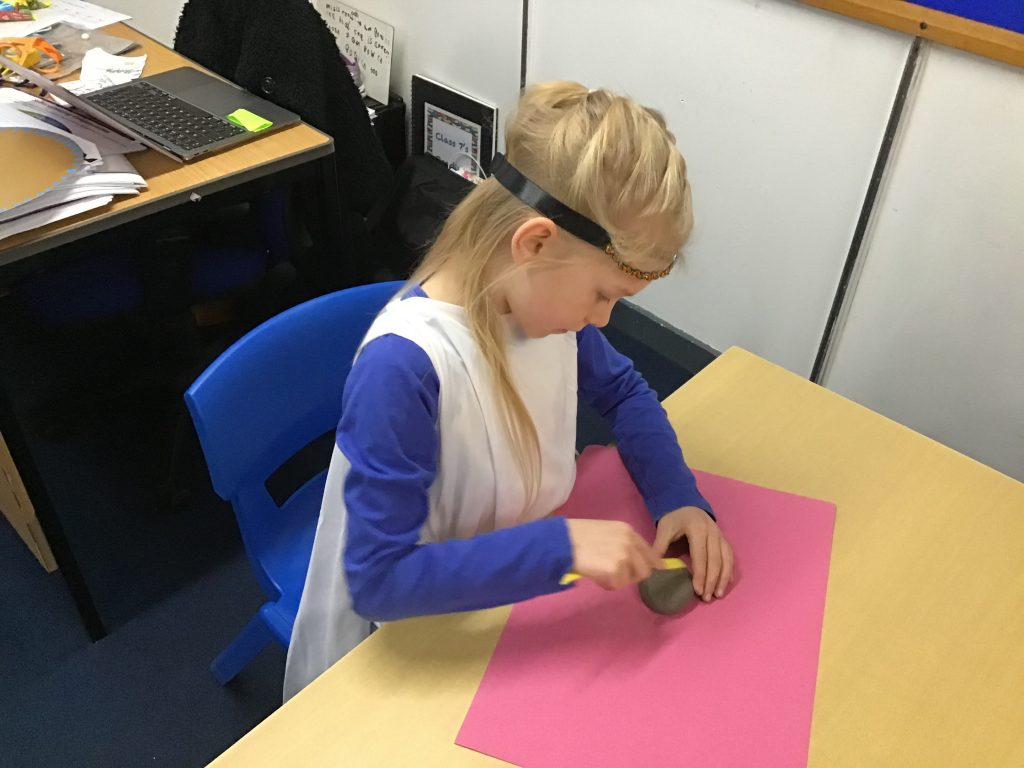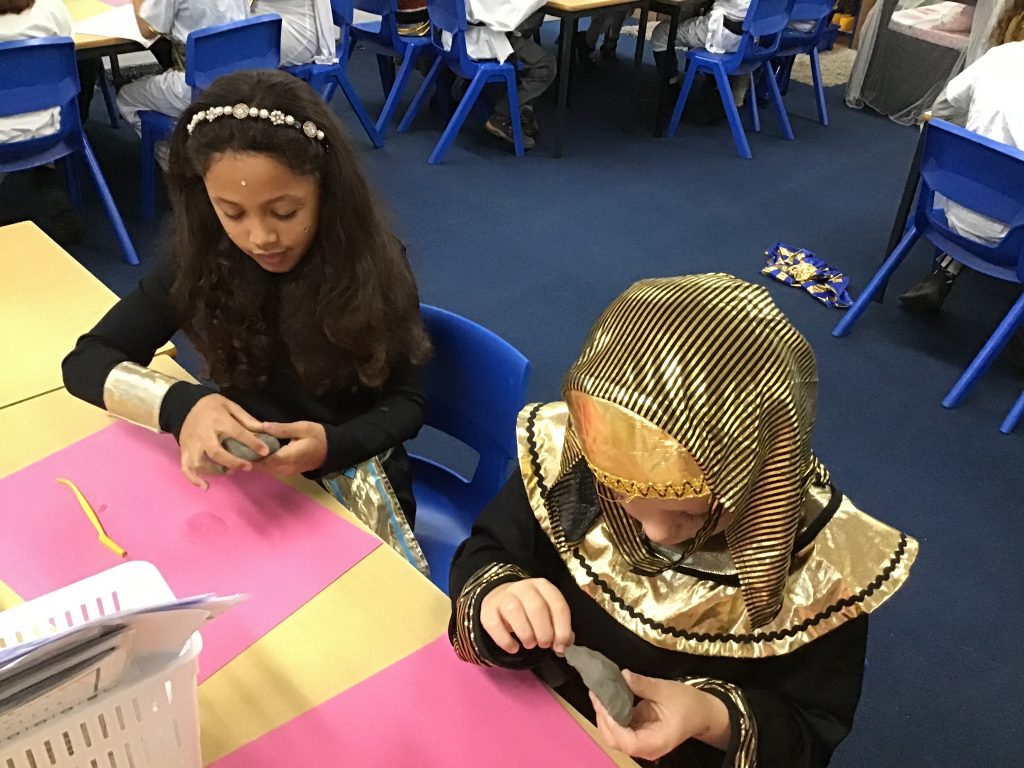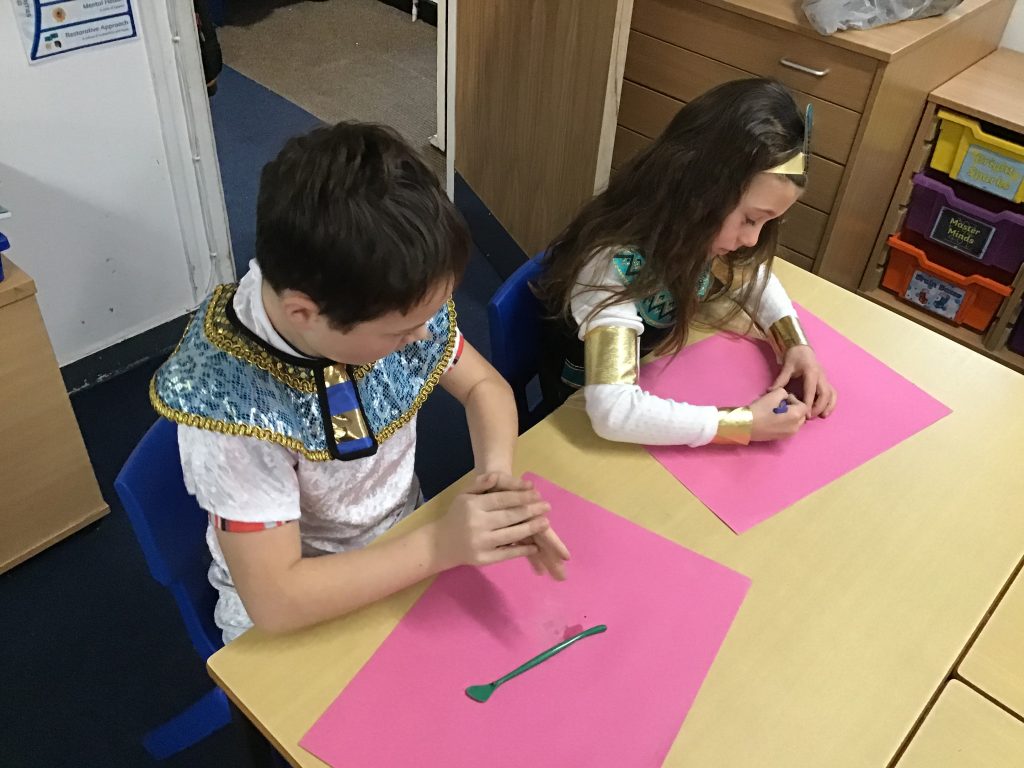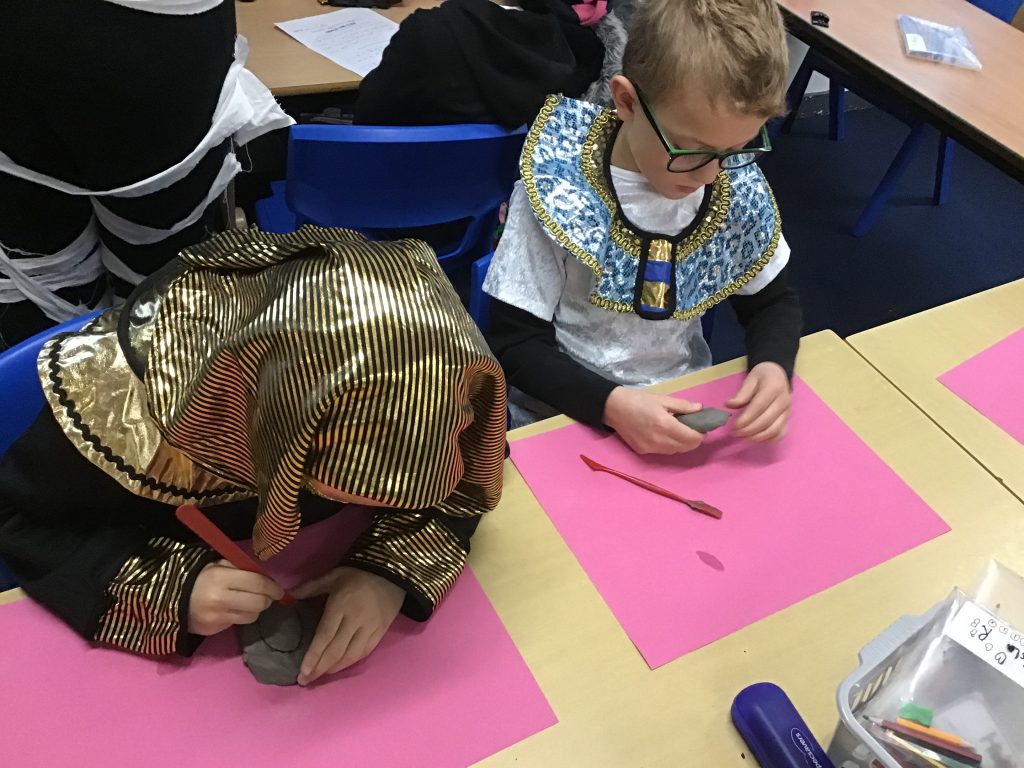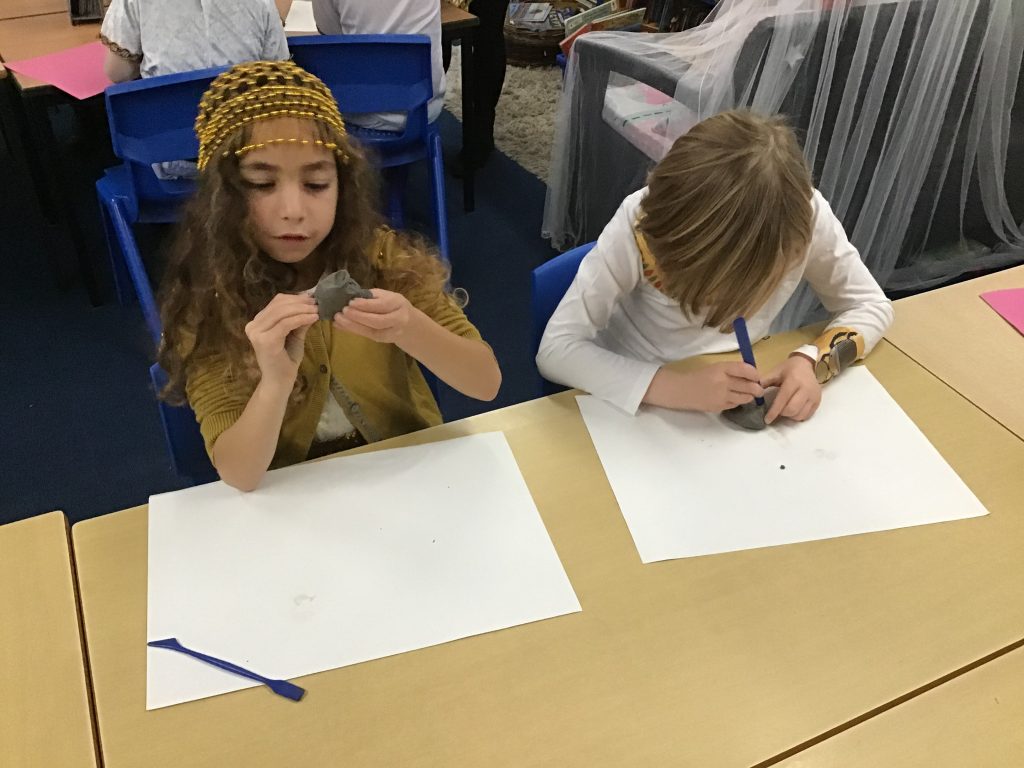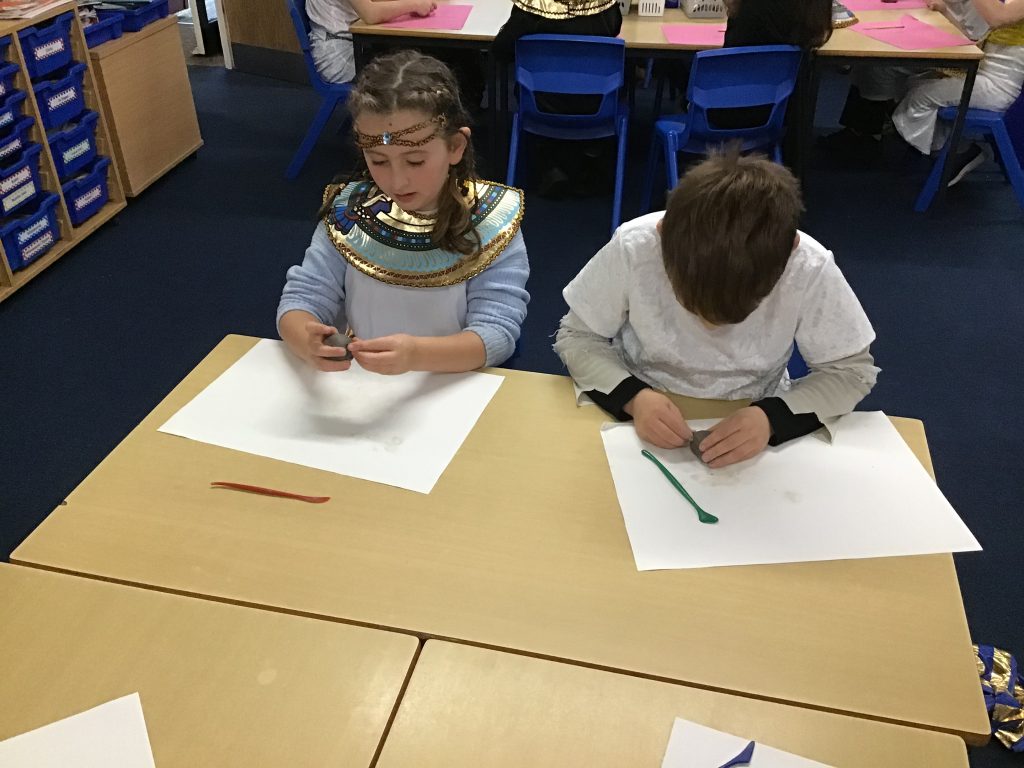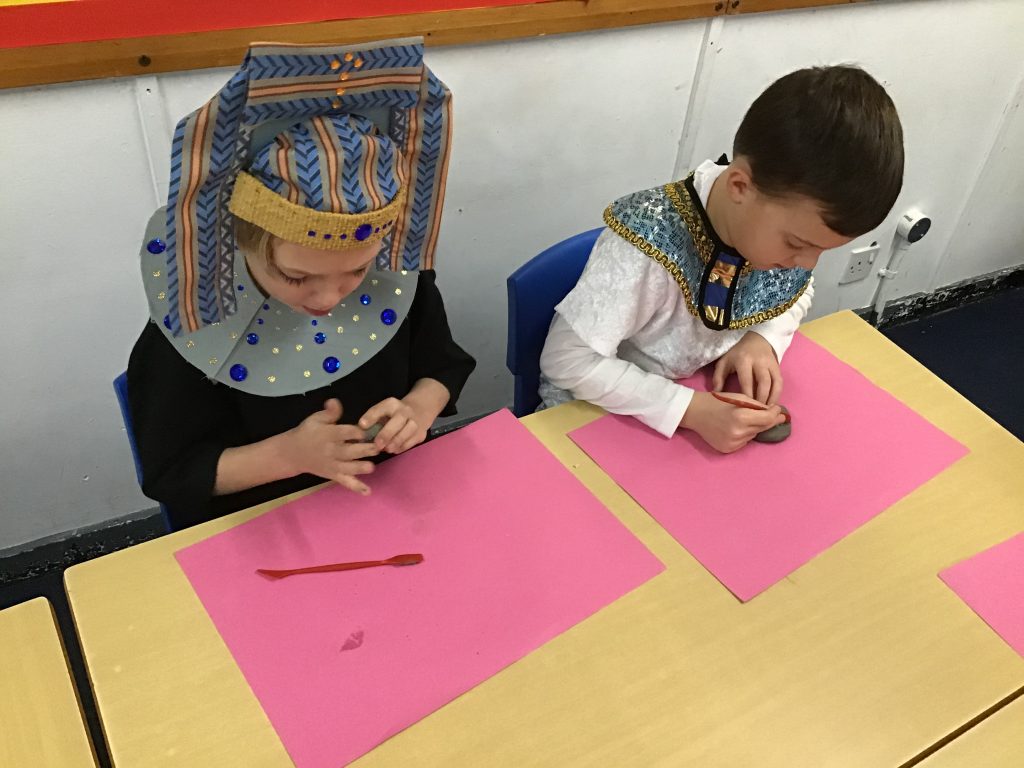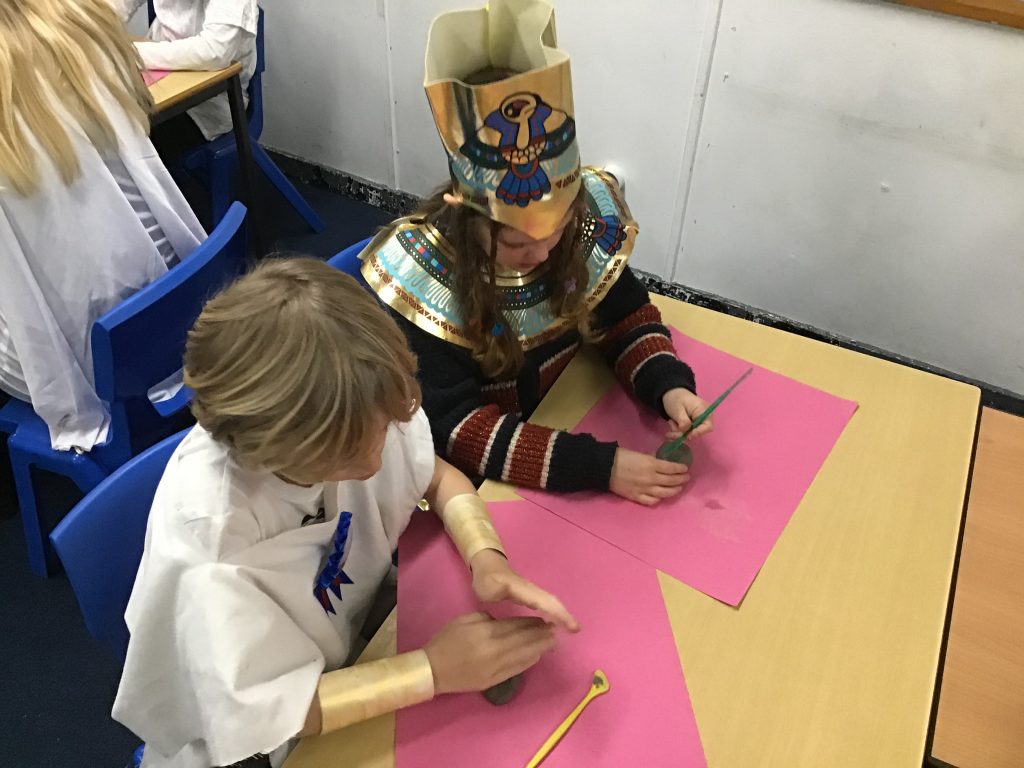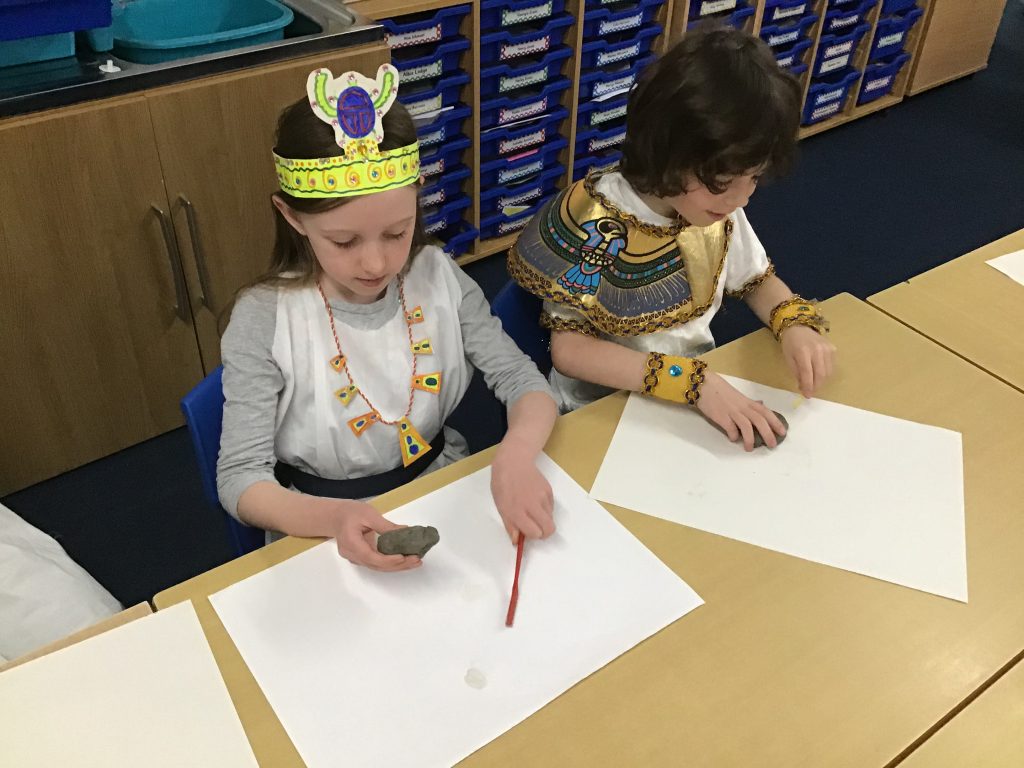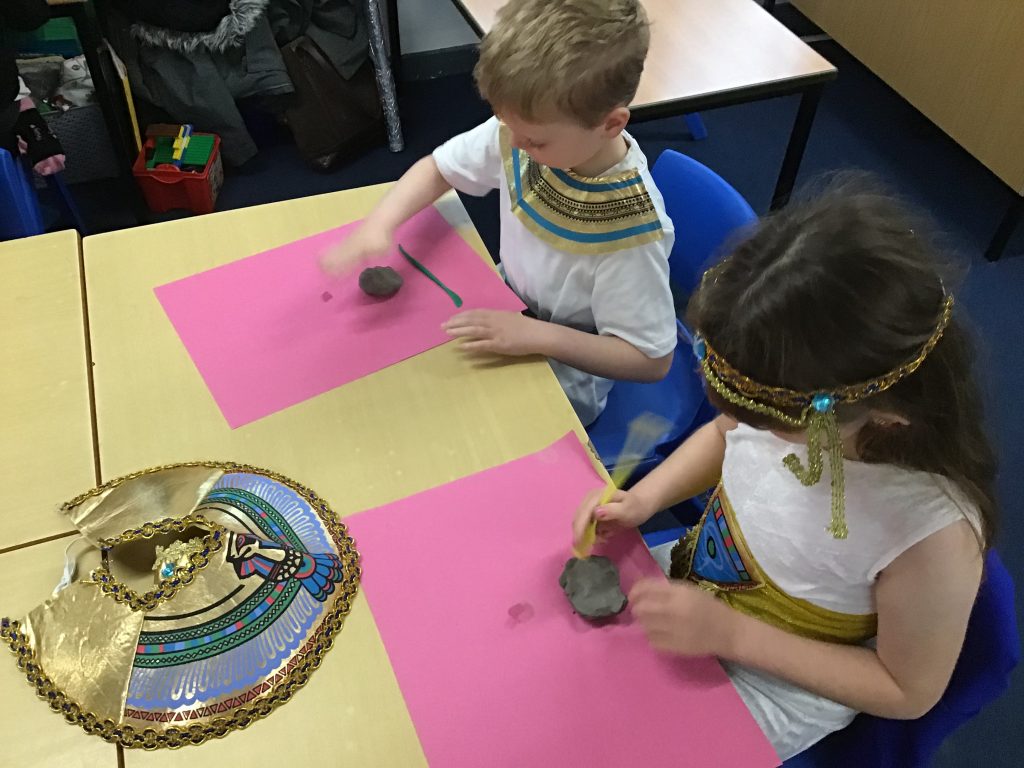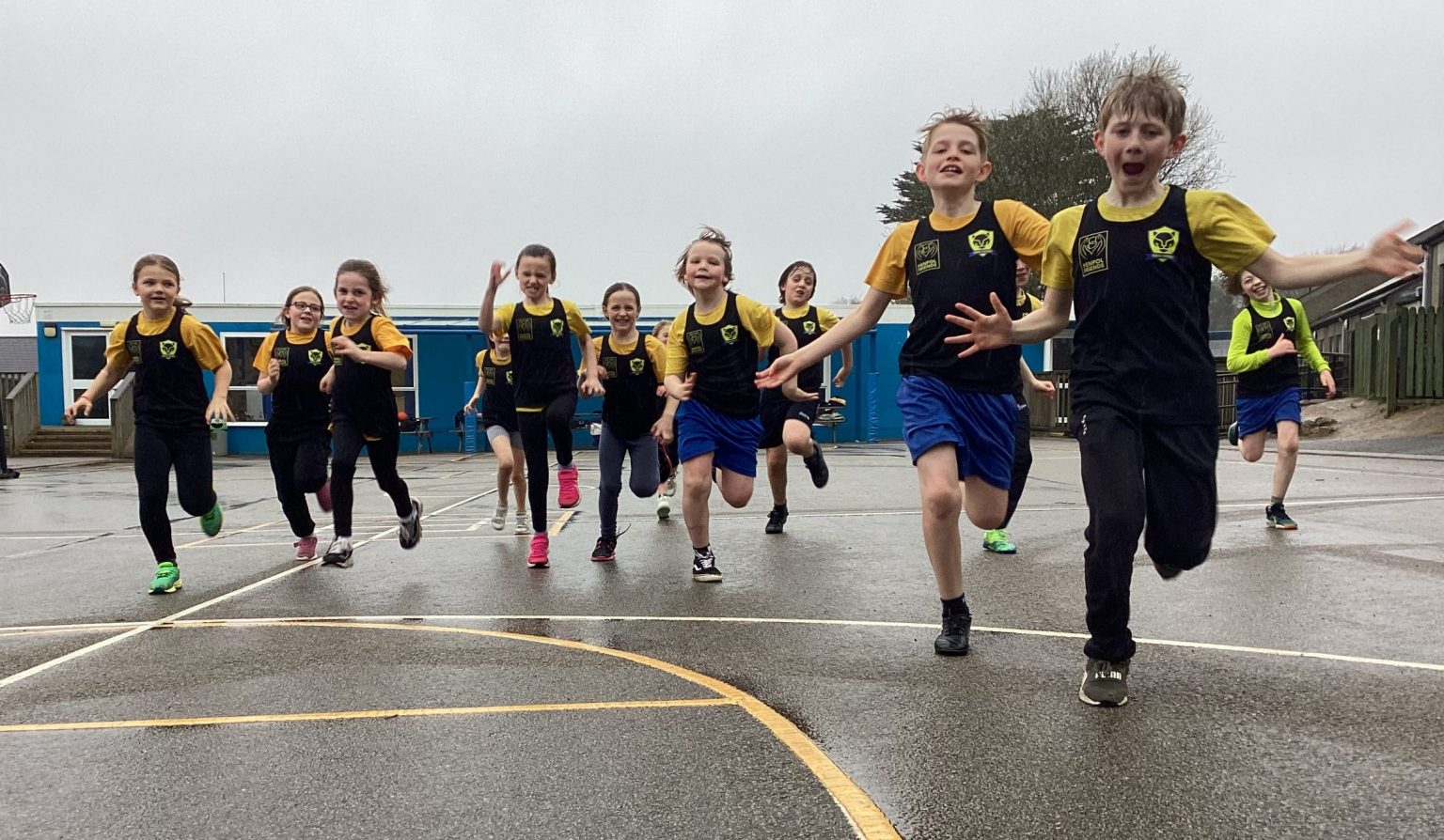
DT
Electric LEGO Legends Compete at National Finals

Following their fantastic performance at the Cornish Finals at Culdrose, the Electric LEGO Legends had the opportunity to compete at a National level on Saturday, when they represented Cornwall at the British FIRST LEGO League Finals.
Our journey began with a ten-hour coach trip up to Harrogate along with our Year 6 team (the Penpol Pumpkins) and our friends from Truro High School for Girls (the Solar Savers). Once we eventually arrived at our hotel for the night the team all gathered together for a meal and a chance to catch up with Oliver who met us up there. Oli moved schools at the end of last term, so it was a real treat that he was able to join us for the competition and for a good catch-up with his friends.
After a good nights sleep (and a great breakfast buffet!) we boarded another coach and headed into Harrogate itself toward the Harrogate Convention Center where the competition itself was to be held.
Beginning
1 point for a team who are beginning to demonstrate the criteria.
Developing
2 points shows that a team is developing that criteria.
Accomplished
3 points is where a team has accomplished the particular criteria.
Exceeding
4 points is where a team has gone above and beyond and exceeded the expectation.

It’s fair to say that the Year 5’s were, understandably, very nervous when they arrived at the convention centre, but they quickly got stuck in to decorating their pit area to make it look more colourful and fun. They added bunting, paper decorations and colourful wind turbines to match their Innovation Project theme all about wind power.
The morning started with a star-studded opening ceremony, during which team captains Lucas and Sophia got a chance to walk across the stage to represent the Electric LEGO Legends.
After this the team headed straight to the judging area to share their presentations with the judges. Being the first team in was a bit scary, but getting the hardest part of the day our of the way early on was a great advantage as it meant a lot of those worries were able to be put to rest and the team were able to fully enjoy the rest of the day.
Despite the nerves the team felt confident going into the judging room and emerged half an hour later feeling really pleased with their presentations and buzzing with the judges feedback!
Their Innovation Project focussed on the theme of Wind Energy, in particular the fact that hundreds of thousands of new homes are built each year but only a few thousand wind turbines are built in the same timeframe.
The team proposed a solution whereby new houses would be built in pairs, shaped aerodynamically to funnel wind into a central, shared turbine. This would allow houses to generate their own clean energy whilst also saving money – a double win!
In Harrogate my favourite bit was when all the people were doing the robots together – that was pretty cool!
Seeing some of the more advanced teams tackling the really tricky missions a bit insane, I have no idea how their robot managed to do that! I enjoyed seeing everyone struggle with the windmill task, but when I tried it I couldn’t do it either!
Judges Feedback for the Innovation Project
The judges loved the fact the children had made their own 3D models in Tinkercad. They said the information was well documented and the presentation was bright, colourful and all inclusive.
In order to improve for next time the judges suggested conducting more research on the final project and sharing your ideas with your classmates and parents to get additional feedback.
Identify
Problem | Research
2
2
Design
Ideas | Planning
2
2
Create
Innovation | Model
2
2
Iterate
Share | Improvements
3
2
Communicate
Presentation | Solution
2
2

The second presentation of the day was the Robot Design Presentation, where the team shared their ideas and code that led to their robot. They shared this through lots of large A1 sized posters with screenshots of their code, photos of the robot and notes that helped explain each part to the judges.
By talking through several key missions in detail they were able to clearly share how they’d iterated on and improved various elements of their robot from the attachments to the code itself. These improvements and refinements went down very well with the judges – especially their use of a permanent attachment which made the transition between runs much quicker.
My favourite part of the day was probably the Robot Games, because I really enjoy it and think it’s really fun. Being able to practice loads and then working out where to improve is really rewarding because you can then try and make the robot even better by making it quicker and more reliable.
Taking part in the Robot Games in front of everyone was fun but also a bit frightening because we had a camera right behind us pointing at us – but we couldn’t look back because we were concentrating so much on the robot!!
Judges Feedback for the Robot Games
The judges remarked that they really enjoyed seeing the large, colourful posters the children had made as it was nice to see the coding printouts and explanations.
They were also impressed to see that the robot utilised a permanent attachment which reduced the need for changeover time, allowing the children to perform more missions without the need to change attachments.
The judges suggested that next time the children might consider utilising sensors to help them gain more points at the table.
Identify
Mission | Building
3
3
Design
Workplan | Innovation
2
2
Create
Functionality | Model
3
3
Iterate
Testing | Improvements
3
3
Communicate
Explanation | Evidence
2
3

Once the presentations were done, we had the rest of the day to explore the STEM Expo, watch the other teams doing their Robot Games and of course get in some practice for our own matches. Seeing some of the other teams robots was really inspiring and has given the Electric LEGO Legends plenty of ideas for next year.
In the STEM Expo next door we got to explore loads of cool technology and got the chance to play and explore too. We watched a 3D film about space, rebuilt a human skeleton and even raced balloon cars!
Seeing the experience of being in Harrogate was awesome. The Year 6’s told us it was really good and that’s why they wanted to go again and they were right – I thought it was really, really good!
I would love to do it again, especially because looking around and seeing the different schools was really interesting – meeting lots of new people and learning lots of new things.
Throughout the day the children exemplified the six Core Values of FIRST LEGO League, including Discovery, Innovation, Impact, Inclusion, Teamwork and Fun. These six values are vital to a successful team as it’s a way of measuring just how well they work together, how they support each other during challenges and how they’re using what they’ve been doing to create a positive change – both in themselves and the wider community too.
It was particularly lovely to see these children discovering so many new and exciting things at the event, exploring all corners with big smiles on their faces and embracing challenges as they came up.
Judges Feedback for the Core Values
The judges were impressed with the Core Values demonstrated by the team, drawing particular attention to the way they made decisions through a democratic process of voting in the team. They also highlighted the good harmony between the team members whilst they were presenting and simply loved how enthusiastic and bubbly they all were together!
Discovery
team explored new skills and ideas
2
Innovation
team used creativity and persistence to solve problems
2
Impact
team applied what they learned to improve their world
2
Inclusion
team demonstrated respect and embraced their differences
3
Teamwork
team clearly showed they had worked as a team throught their journey
3
Fun
teams clearly had fun and celebrated what they have achieved
3

My favourite part was probably the Robot Games, because it was very intense and I thought that kinda felt pretty good to me. I felt like I was doing something pretty big because everyone was there watching and cheering me on!
It felt pretty good when we managed to get the missions to work and everyone was watching us do good on the missions.
That made me feel really proud of the team.
The trickiest part of the day was the Robot Games. Going from practicing in the controlled atmosphere of the Mac Suite to taking part in a huge hall with thousands of people watching and cameras everywhere is very tricky! This was undoubtably a barrier as the team found that their first two Robot Games rounds didn’t go as well as they’d hoped – the noise in particular proving a big distraction.
However, they still scored a very solid 130 and 135 points in those two matches. They also rotated team members which ensured that they all had a go with running and launching the robot.
After these two matches the team headed to the practice table and spent time analysing and adjusting their starting positions for the robot. Even a subtle movement to the left or right can have a real tangible impact on the performance of the robot.
After spending some time perfecting these lineups they were ready to go back to the arena for the third and final match, at which they scored an incredible 185 points! It really does show that hard work and perseverance pays off!
135
Points in Round 1
130
Points in Round 2
185
Points in Round 3
For a first year team the Electric LEGO Legends performed incredibly well. They took challenges in their stride and embraced every opportunity. It was wonderful to see them working so well together and increasing in their confidence throughout the day as they spoke to more and more people.
Well done Electric LEGO Legends – let’s see what next year has in store for us!
Penpol Pumpkins awarded Best Innovation Project in Great Britain!

For the Penpol Pumpkins the journey to Harrogate for the Great British finals started over a year ago.
In fact, I’d pinpoint their starting point to the moment we left the Harrogate Convention Center last February having taken part in the 2022 England + Wales Finals. As we were crossing the road James S turned to me and asked if he could please do it again next year, because he’d had so much fun. A gentle rumble of agreement spread through the children and before we’d even got back to the coach I’d said yes, they can take part again next year if they really want to.
Fast forward to September and I naturally assumed they’d all have forgotten about this agreement. How wrong I was!
The first day of term and they were standing patiently outside the Mac Suite at lunchtime, asking if they could start working on their project. Since then I can’t think of a single day when they haven’t been in the Mac Suite tinkering away with some part of their robot, researching ideas for their Innovation project, emailing companies for support, holding team-meetings or even painting cardboard pumpkins. They have put in such an incredible amount of effort in the past two terms and the story on this page is entirely a testament to their determination, enthusiasm and perseverance.
Of course if you’re a regular reader of the Penpol Times you’ll know this wasn’t their first competition this season, they took their presentations and robot to the Cornish Finals at RNAS Culdrose and walked away with an overwhelming set of judges feedback, the Champions Award and a ticket to advance to the Great British finals in Harrogate. You can read more about their experience at Culdrose on the link to the right.
Anyway, you didn’t come here to read my ramblings, so let’s hand it over to the Penpol Pumpkins as they share their highlights of the day, along with some additional information to give a context to the competition and their achievements throughout.

“The Robot Games is my favourite activity to do in the LEGO League because it’s very fun and gives lots of opportunities to learn and develop code – especially for people who might like to work as a coder or an engineer in the future. I would like to become an inventor and invent things that could possibly help our world in facing climate change and pollution problems.”
“Taking part in the Robot Games helped me with my inventing because I was able to understand and develop my ideas with the code. Imagine if rather than writing code for this robot I was actually writing code for a robot on Jupiter or something else that would help the planet in the future!”

Caio
The teams each get three attempts at the Robot Games, spread across the day. Because it’s just the highest score that’s counted it gives them a couple of opportunities to achieve their best result.
The game board is exactly the same as the one they practice on at school, but there’s something very different doing it in front of hundreds of people and with referees standing right next to you – talk about pressure!
The slightest change in alignment in the starting area can be the difference between glory and disaster, with the robot either heading straight to its intended target to complete the mission or veering wildly off into another mission and getting stuck!
Whilst it’s a high-pressure situation, the team were able to stay focussed and on task for each match, achieving a high-score of 230 points. Whilst this wasn’t quite up to their ‘in-school’ record of 295, it remains an incredibly credible score which they should be very proud of.
During each match the teams were cheered on by their parents, Penpol staff and the rest of the Pumpkins. This created an electric atmosphere during the three rounds!
“The Robot Games is worth a quarter of the total points for the competition, which means it’s incredibly important. As one of the blue team robot engineers, my job was to launch the Toy Factory, TV and Dinosaur missions – as well as changing between different attachments as quickly as I could.”
“On the day this was tricky, because EVERYONE was watching – it was even being live streamed! Hearing the audience cheering “PENPOL PUMPKINS!!” was nerve wracking, but really helped me get in the zone to complete my missions.”
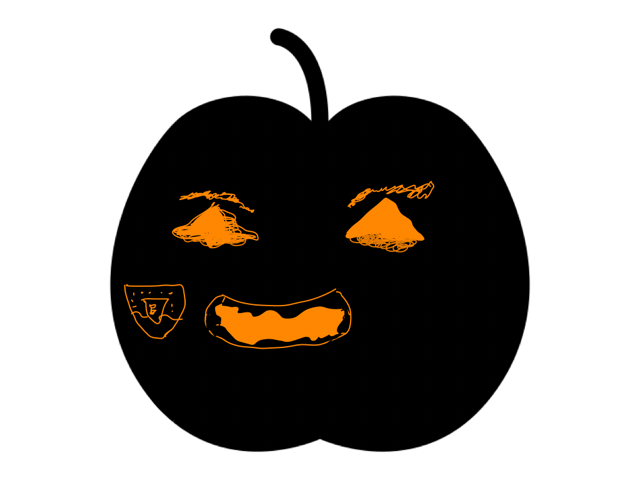
Jenna
Between matches the children were able to take advantage of the practice tables, allowing them an opportunity to practice their lineups and even refine some of their code. Jenna, Ada, Caio and Felix used this time really wisely to make some minor adjustments to their robot to ensure maximum accuracy.
The first match they played was even live-streamed to the world (with a video embedded down below). But what’s more, Ethan was asked to give a live commentary on the match itself with host Tom Deacon. He leapt at the opportunity and gave a play-by-play rundown of the teams progress as the match unfolded – a natural born presenter!
230
Points in Round 1
200
Points in Round 2
210
Points in Round 3
“It felt kind of worrying doing the commentary – what if I messed up what I was meant to say? But it was also really fun because I got to commentate for my team which was SUCH a cool thing to do.”
“I felt like the team did really well on the Robot Games matches because our speed was so much better than it was at Culdrose. I think that’s because we’d all practiced a lot more.”
“The day itself was so much better than last year because we knew what to expect and were able to really show off all our hard work – we even won an award!”

Ethan
Before we get into the next three parts of the competition, it’s worth having a quick reminder of how the scoring system works in FIRST LEGO League. The children are graded against several different categories in each presentation, with a mark awarded from 1 point (beginning to show that criteria) to 4 points (exceeding that criteria by going above and beyond). For a judge to award 4 points they have to specify a reason why they believe that team has gone above and beyond.
Beginning
1 point for a team who are beginning to demonstrate the criteria.
Developing
2 points shows that a team is developing that criteria.
Accomplished
3 points is where a team has accomplished the particular criteria.
Exceeding
4 points is where a team has gone above and beyond and exceeded the expectation.

The second element of the competition is called Robot Design and here the team completely re-worked their presentation from the Cornwall finals back in March. Back then the judges gave them high marks for everything, with the exception of explaining the code they had written. The judges felt they could have expanded on this more.
The team took this feedback on board and went about planning ways to better share and explain their code and how the robot itself worked. They hit upon a great idea of using an iPad with videos, code and interactivity as a way of bringing their learning to life in an easy-to-explain way.
“A major part in our presentations was our Robot Design one. We used this presentation to also show off our Core Values and creativity in the presentation, all whilst talking about the design of the robot and how our code worked.”
“After we’d finished our presentations I think we might have left the judges a bit speechless as they didn’t have ANY questions to ask us! I think we’d probably covered everything they needed to know which was amazing. They told us it was a very good presentation, in fact they told us it was one of the best that they’d seen in all the years they’d been judging.”

Felix
Alongside the techie aspect of their presentation, there was also dancing, singing and a (slightly bizarre!) chanting each time a new mission was described. This added to the sense of fun that was sewn throughout their presentations and the judges really enjoyed how involved everyone was in this.
A special mention here needs to go to Caio, Jenna, Felix and Ada who took centre stage in the presentation to talk through, in detail, many different aspects of their robot – from attachments to code, testing to reliability scores. They shared the progress they’d made since Culdrose and discussed how they had made refinements to their code to shave off precious seconds and score more points.
Lorem ipsum dolor sit amet, consectetur adipiscing elit. Ut elit tellus, luctus nec ullamcorper mattis, pulvinar dapibus leo.

Ernie
Judges Feedback for the Robot Games
The judges praised the team for their clear mission strategy, which was described clearly both verbally and through an interactive diagram on the iPad. There was a clear explanation of the robot and all its innovative features, which went above and beyond the other teams on the day.
The judges also remarked that they enjoyed their use of an iPad with a app-type approach worked well enabling them to show clear evidence of their design, iteration and testing. This particularly shone with their incredibly detailed overview of their design and mission strategy.
Lastly, the judges were pleased that every single team member was involved, remarking that each student went over and above expectations to deliver such a strong presentation.
The area for development identified was to consider explaining more of their initial design process, potentially including diagrams of other designs that they’d tried before settling on their current robot and attachments.
Identify
Mission | Building
4
4
Design
Workplan | Innovation
2
4
Create
Functionality | Model
4
4
Iterate
Testing | Improvements
4
3
Communicate
Explanation | Evidence
3
4

One particular area where the Penpol Pumpkins truly excelled was the Core Values. These six values include Discovery, Innovation, Impact, Inclusion, Teamwork and most importantly, Fun!
Having worked with these children for the past two years, I could give countless examples of how each child has gone above and beyond in demonstrating all six of these values, but you’d get very bored of my writing. Instead let me paraphrase a couple of examples the children themselves shared when talking to the judges:
Caio: “When we first started this project I’ll be the first to admit I really struggled at teamwork. As time has gone on it’s a skill I’ve really improved at. Whilst I’m still not perfect at it, I really get on well working in a team and supporting others.”
“This competition has allowed me to be more open and honest about myself, for example I know that people can trust me and I can trust them. When we first started none of us really knew each other but over time we’ve built such strong relationships and friendships with each other.”
“When we first heard that we had the best presentation in Great Britain it was an absolute shock to us because over time all of us had fun, designed amazing posters, had lots of laughter and genuinely enjoyed ourselves. Even though we were having fun we managed to succeed, which I think shows that as long as you put in lots of hard work, you can have fun and not have to take things too seriously!”

James B
Jenna: “Two years ago I would have NEVER stood up in front of people to talk – let alone leading a presentation in front of a room full of judges or doing a school assembly! I’ve discovered that I have so much more confidence than I realised and can do anything if I set my mind to it.”
Ada: “Working with Chelsea (our mentor from RNAS Culdrose) has had a great impact on me – she’s inspired me to become an aircraft engineer just like her in the future. She has such a fun job and I’d love to be like her when I grow up.”
Ernie: “I’ve been able to enjoy taking a back-seat in the coding this year and instead worked more on the Innovation Project. I’ve been able to mentor and teach other team members to help them learn how to code with the robot, which means everyone is included in the competition.”
“Miles and I contacted LEGO to see if would be okay to have 150 LEGO Pumpkins to hand out at the competition. We were overwhelmed that LEGO decided to give them to us and it meant that we could spread the message about Food Waste by talking to people about the problem and then giving them a little LEGO Pumpkin to remind them.”
“My proudest moment of the day was going up on the stage after we’d heard that we’d won the Innovation Project trophy. It made me feel very excited because that’s one of the biggest awards to win – along with the Robot Games, Core Values and the Champions Award.”

James S
The Pumpkins embodied these values throughout the whole day, sharing their badges with other teams, talking to adults about the food waste recycling project and cheering on and encouraging other teams during their robot games.
As the day went on something lovely and unexpected started happening… Other teams came by our Pit Area (the teams base for the day) and left little presents and notes for the Pumpkins. These included some cool LEGO bookmarks, 3D printed key rings and lots of badges and sweets! It was great to see how friendly other teams had been to us, something which I think is testament to how confident and open our team were with meeting and chatting to everyone else as the day went on.
Judges Feedback for the Core Values
The judges felt that the teams presentation was amazing, particular the way they worked so closely together and complemented each other. Their research was outstanding, including drawing information from industry experts, schools, parents and the council.
They were really pleased to see that the children were making an impact in their community by working with the council to develop and further push their ideas and felt it was clear that they all knew exactly what they were talking about and delivered that information in an excellent way.
Lastly, the judges remarked that they wowed them with an amazing presentation that was so much fun – in fact the judges were crying with laughter! Brilliant.
The advice for developing this further was for the children to think about how they can pass this enthusiasm onto the younger children at school to keep the FIRST LEGO League momentum going for years to come.
Discovery
team explored new skills and ideas
4
Innovation
team used creativity and persistence to solve problems
3
Impact
team applied what they learned to improve their world
4
Inclusion
team demonstrated respect and embraced their differences
3
Teamwork
team clearly showed they had worked as a team throught their journey
4
Fun
teams clearly had fun and celebrated what they have achieved
4

Finally, the team shared a presentation with the judges called the Innovation Project. Despite being relatively short, this was the culmination of nearly 8 months of hard work. The team were inspired by the amount of pumpkins that were left to go to rot after Halloween and were struck by the fact that this was incredibly wasteful.
They soon realised that other types of food were also going to waste and after researching further they discovered that this was actually a huge problem. Not only did 35% of bin bags in Cornwall contain food waste, but the Methane gas produced when the food rots in landfill is 25x worse than Carbon Dioxide for Global Warming.
The real shame is that Methane can be used for good – even creating clean electricity and powering certain vehicles!
“It was a big thing to think of, but it kind of clicked when I mentioned my idea to the team. They loved the idea of pumpkins and soon realised just how much food waste we could be dealing with. It felt like it would be really good for the community as well as the competition, because we could spread for message about recycling food waste with our local community.
When we learnt that Cornwall Council were going to use our ideas to help them promote this across all of Cornwall, I felt like it was a big step forward for our ideas and goals. It’s gone beyond being a part of a LEGO competition and we’re now going to be able to make a real difference in our part of the world!”

Ada
They conducted lots of research into this and initially designed a product for people to use at home to recycle their own food waste and harness the useful methane gas. However, prototypes soon revealed that this wasn’t a great option and they began to look elsewhere for inspiration.
After some emails to Biffa, SUEZ and Cornwall Council the children learnt that there is a planned Food Waste collection coming later in the year. This was it! The children realised they could help advertise and promote this service by creating a set of adverts – tv, radio, tiktok, posters, etc etc to get the publics attention and encourage them to stop sending their food to landfill.
They’ve created loads of adverts and have been sharing their message with everyone they met in Harrogate by giving out badges, LEGO pumpkins and discussing how important it is to recycle food waste.
“The funniest part of the presentation was definitely when Ethan was begging James to let him have a red panda – he gets funnier every time he does it!”
“My proudest part of the presentation was the part when I had quite a big part to say and I didn’t mess it up at all!”
“The judges said that in all their years of judging they’d never seen anything quite like our presentation. They way we conveyed our message to them through a play was something they really, really liked.”

Piran
In the last few weeks before the Great British Finals, the children had a visit from recycling team at Cornwall Council who came to see their presentation and adverts. The council were blown away by the Pumpkins and are currently arranging for us to go on a tour of a food waste recycling plant as well as planning how we can work together to use the Penpol Pumpkins adverts as a way of actually promoting the new service to the whole of Cornwall.
Talk about making an impact!!
Judges Feedback for the Innovation Project
Having earned an extraordinary 36 points out of 40 on their Innovation Project, the judges were so impressed with their enthusiastic presentation and the range of different media across all platforms used to deliver it.
The Penpol Pumpkins had talked with a number of different users, professionals and Cornwall Council to research and develop their project, which led to them being able to share a clear definition and communication of the problem. They also loved how there were so many different iterations of the solution in terms of different Food Waste collection adverts being communicated across many different platforms.
Finally, the judges wanted to let the team know that they had a simply amazing presentation, which they deeply enjoyed, including acting, song and lots of laughs. They clearly demonstrated how this had impacted on them and how they were making a difference in their community.
The next step for the team should be to think about how they can further improve their ideas by taking on more feedback from others and then how they can maintain their current level on enthusiasm as the project with the council continues.
Identify
Problem | Research
4
3
Design
Ideas | Planning
3
3
Create
Innovation | Model
4
4
Iterate
Share | Improvements
4
3
Communicate
Presentation | Solution
4
4
Of course, the biggest recognition of the student’s hard work came at the end of the day when it was announced that they had won the Innovation Project award! The Penpol Pumpkins and their mission to reduce food waste is OFFICIALLY the best Innovation Project in the country this year. What a massive, massive achievement.
Penpol Pumpkins, we are incredibly proud of each and every one of you. Congratulations!
“The moment they announced that we’d won the Innovation Project was exciting. I didn’t even realise what was happening for a few seconds – everything was a blur! Once I realised that we’d actually won I leapt up and ran to the stage to collect our trophy.”
“I was very shocked, but also very proud of our team because I knew how hard we’d all worked to get this achievement and how much time and effort we’d all put in over the years. It made me feel very overwhelmed but in the best possible way.”

Miles
And if by any chance you’re wondering what the best Innovation Project in Great Britain looks like, here’s a little peek! (This was recorded after a ten hour coach trip and without unpacking all the props and posters they’d usually share during their presentation – but still, I think you’ll get a pretty good flavour of what they’ve been up to!)
Of course, getting all these wonderful students to Harrogate is no small task, and we couldn’t have done it without the kind and generous support of our sponsors: Rowe IT, The IET, Paradise Park, Penpol Friends, LaserMaster, Atlantic Pools, Adam Masters General Builders, Fugro, Cornwall Stairs and Philps.
A massive thank you to them all!
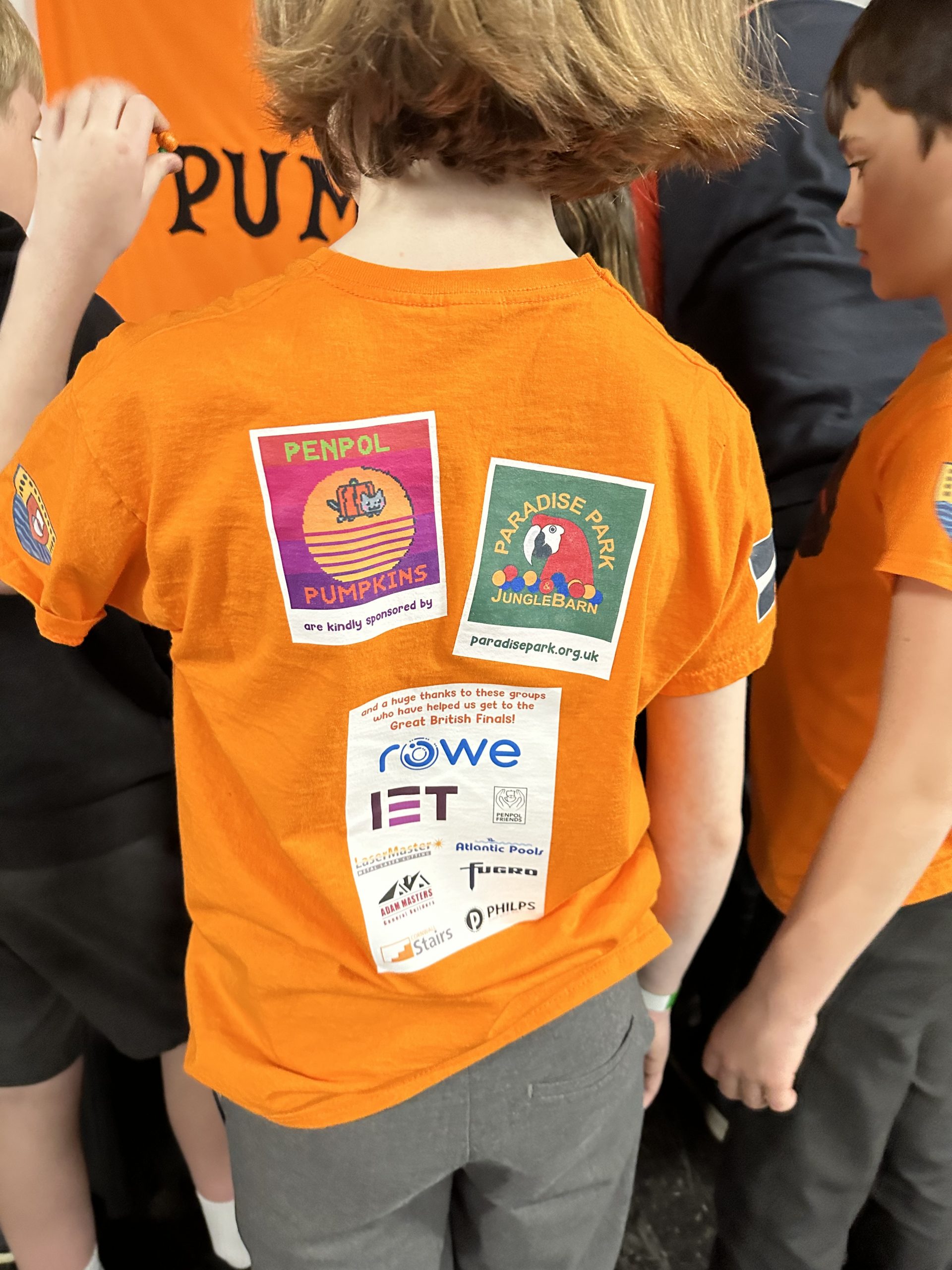

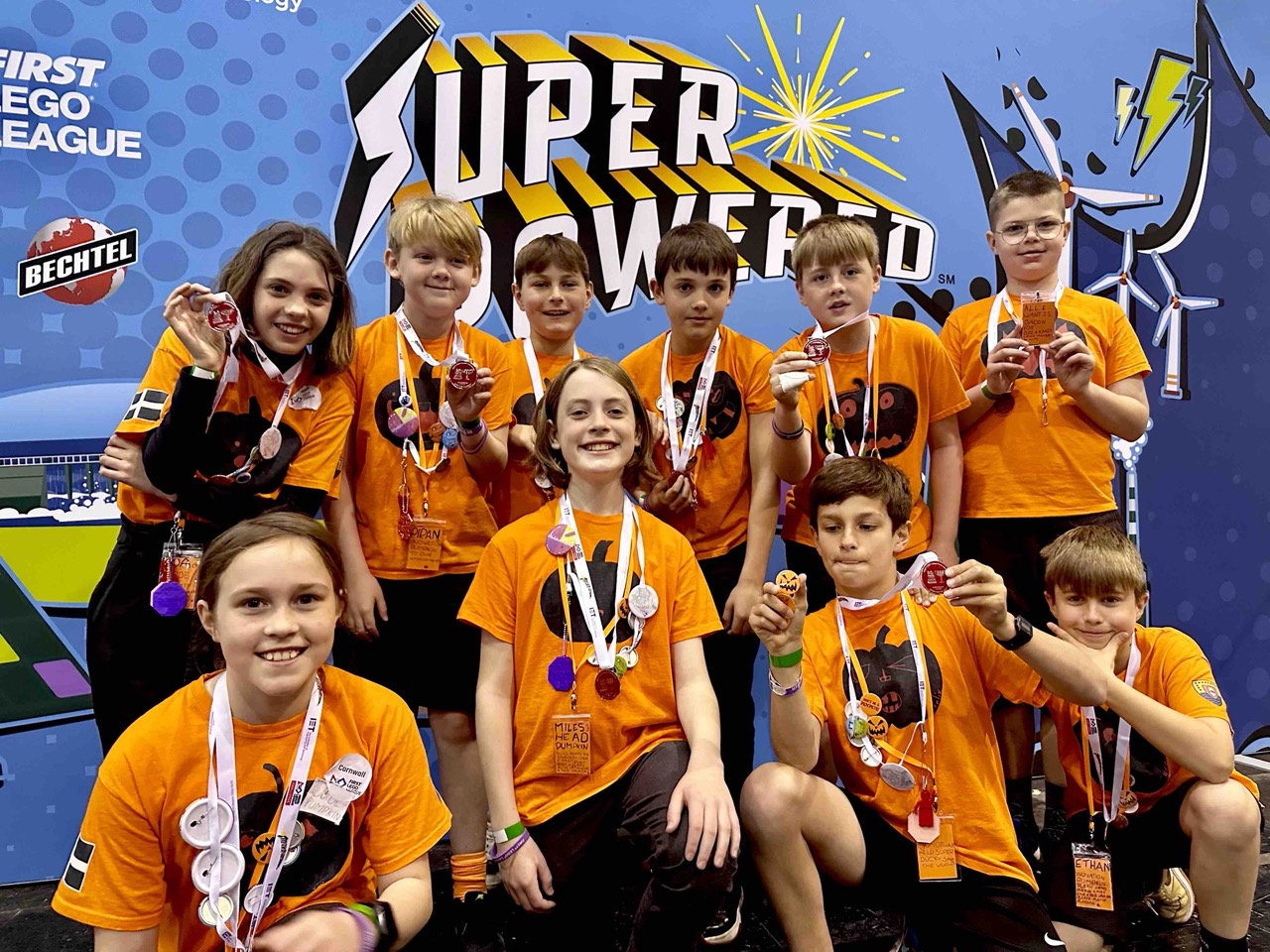
Local Beekeeper Creates a Buzz in Year 2!
On Tuesday 21st February, Year 2 were visited by Tamsin Harris, who has been a beekeeper since 1998 and currently keeps 109 hives in the local area. Tamsin has extensive knowledge and experience in the craft of beekeeping and also runs her own business, ‘Bee Special’, which produces a wide range of products from her hives, including beeswax candles, furniture polish, candle rolling kits, balms and salves.
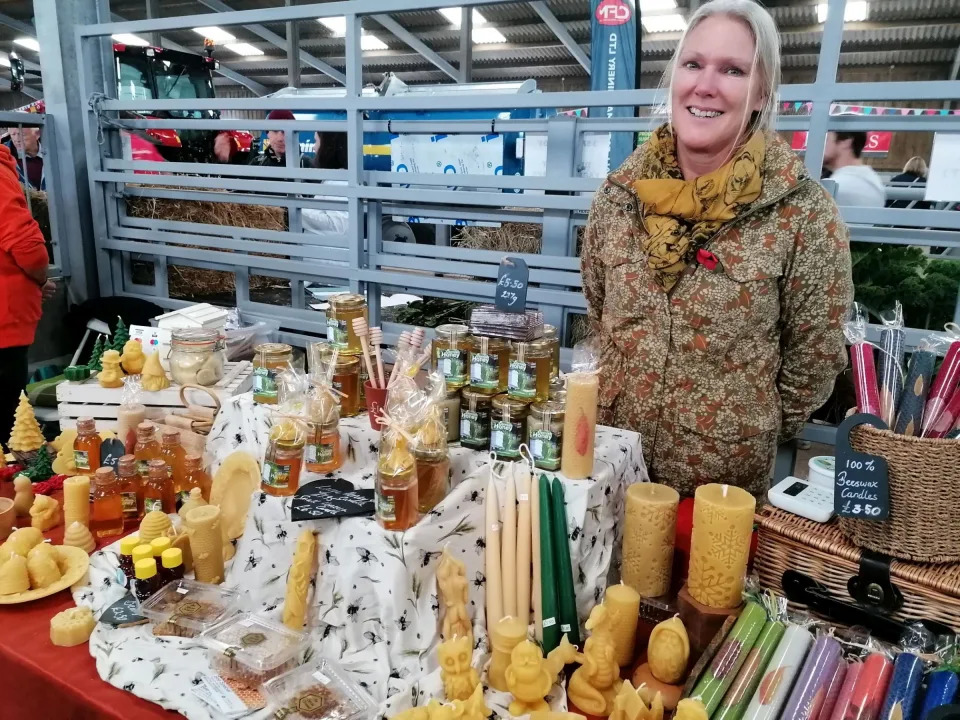

Tamsin delivered an interactive workshop with the children, in which they learned about the different roles of bees within a colony. This involved the children dressing up as beekeepers, Queen bees, baby bees, worker bees, cleaner bees, guard bees and hive-fanning bees!
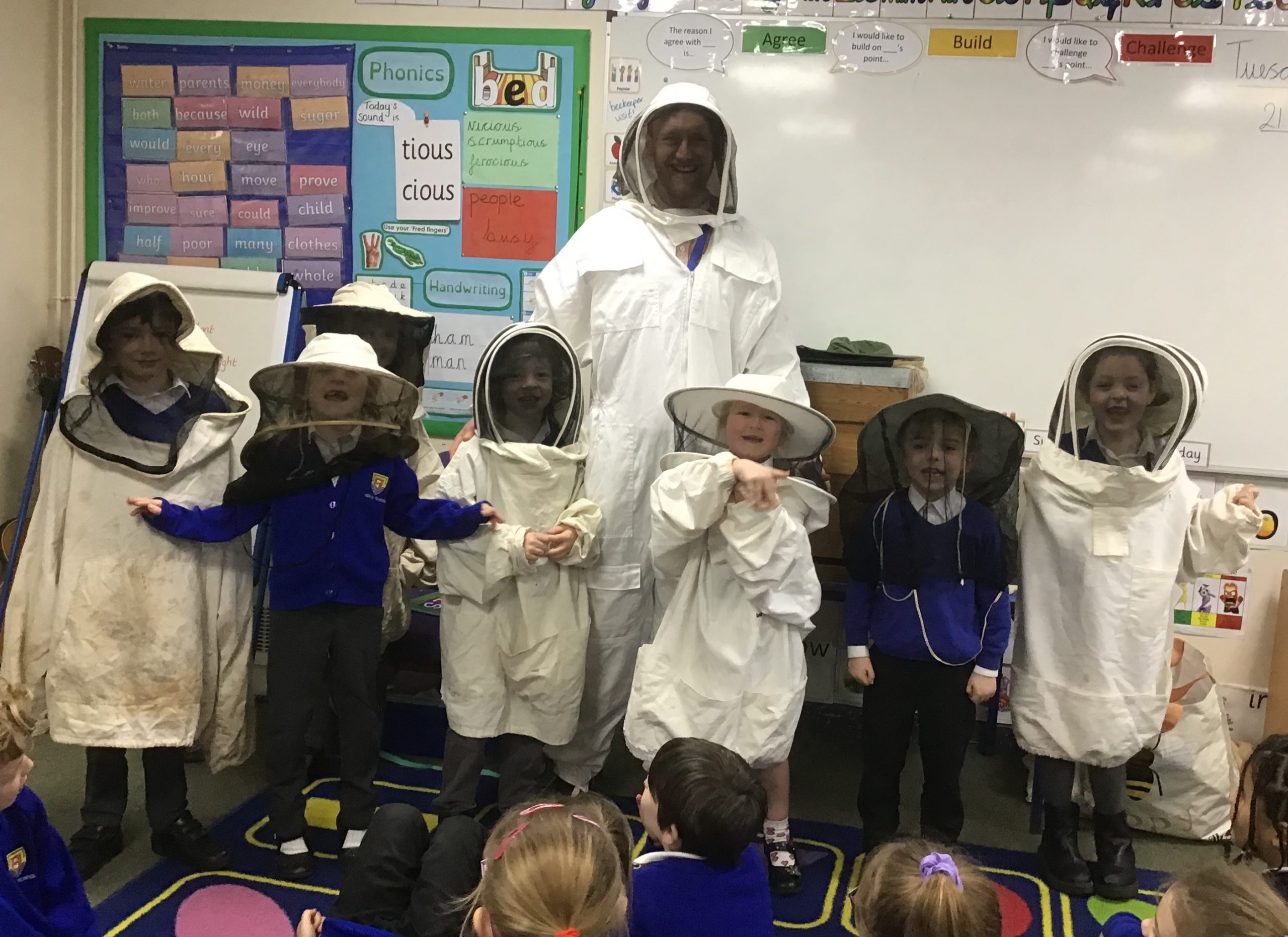 .
. 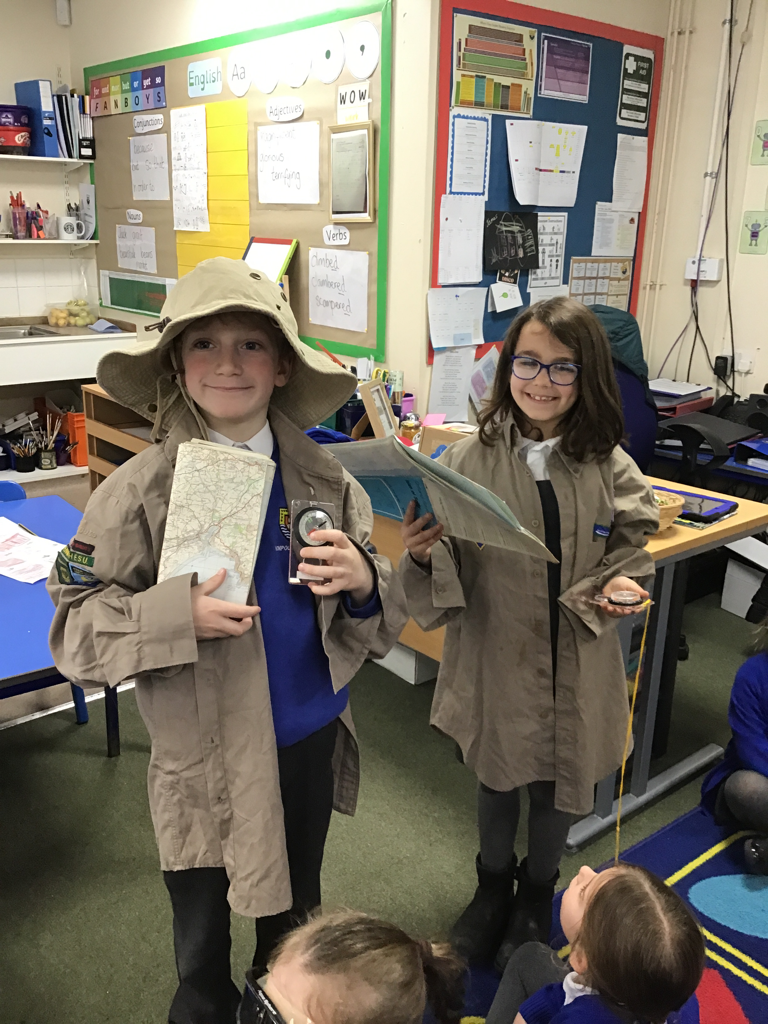 .
. 
The children then explored a virtual hive, layer by layer and frame by frame… The eagle-eyed were able to spot the infamous Queen bee amongst her workers!
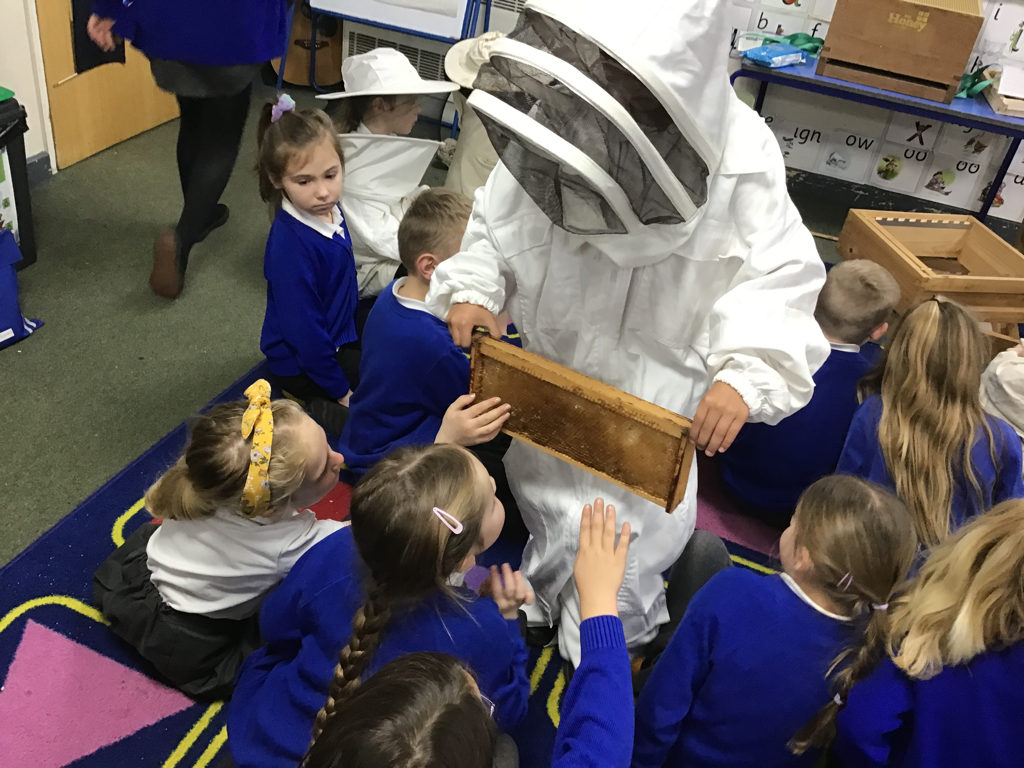
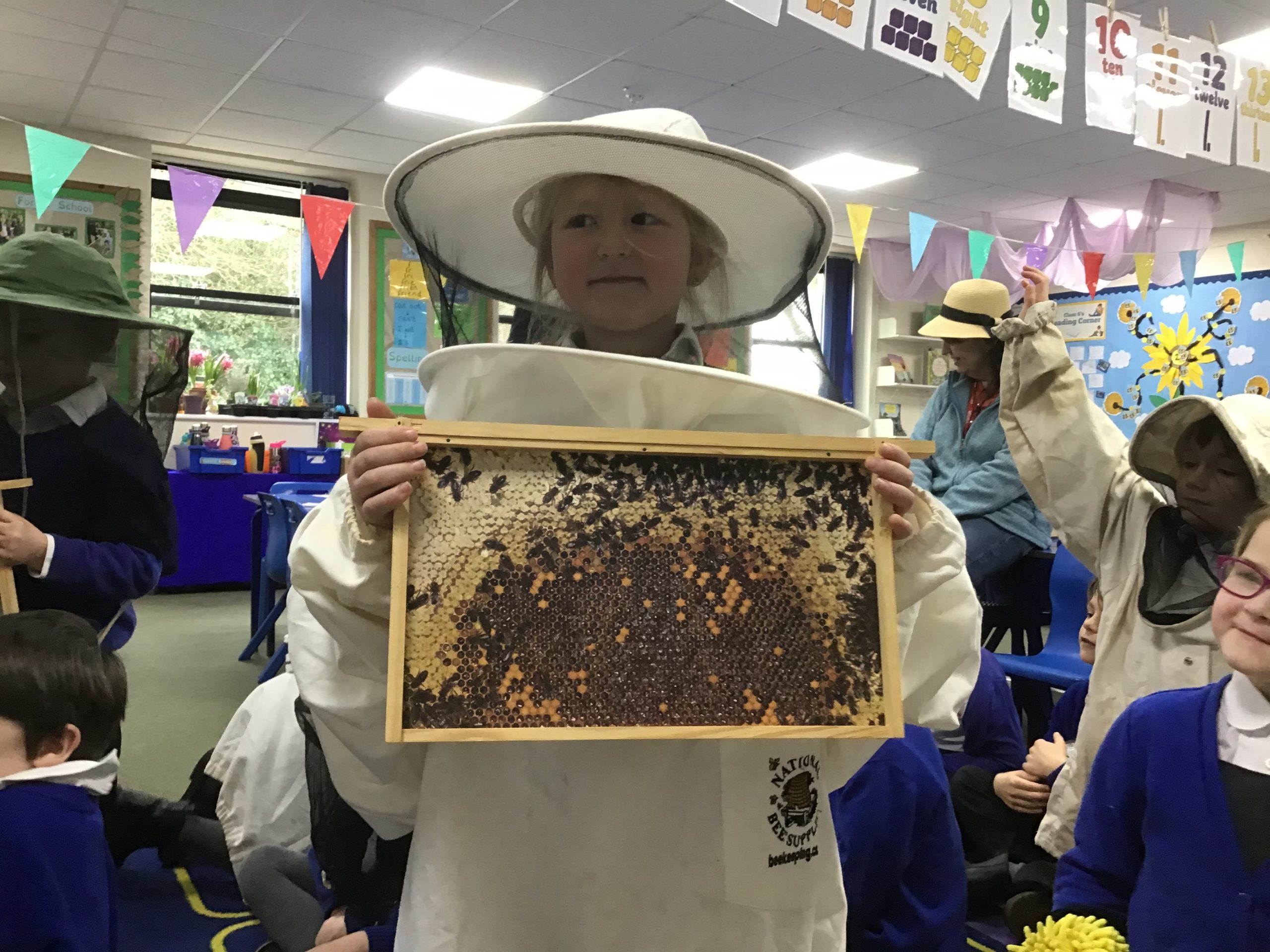
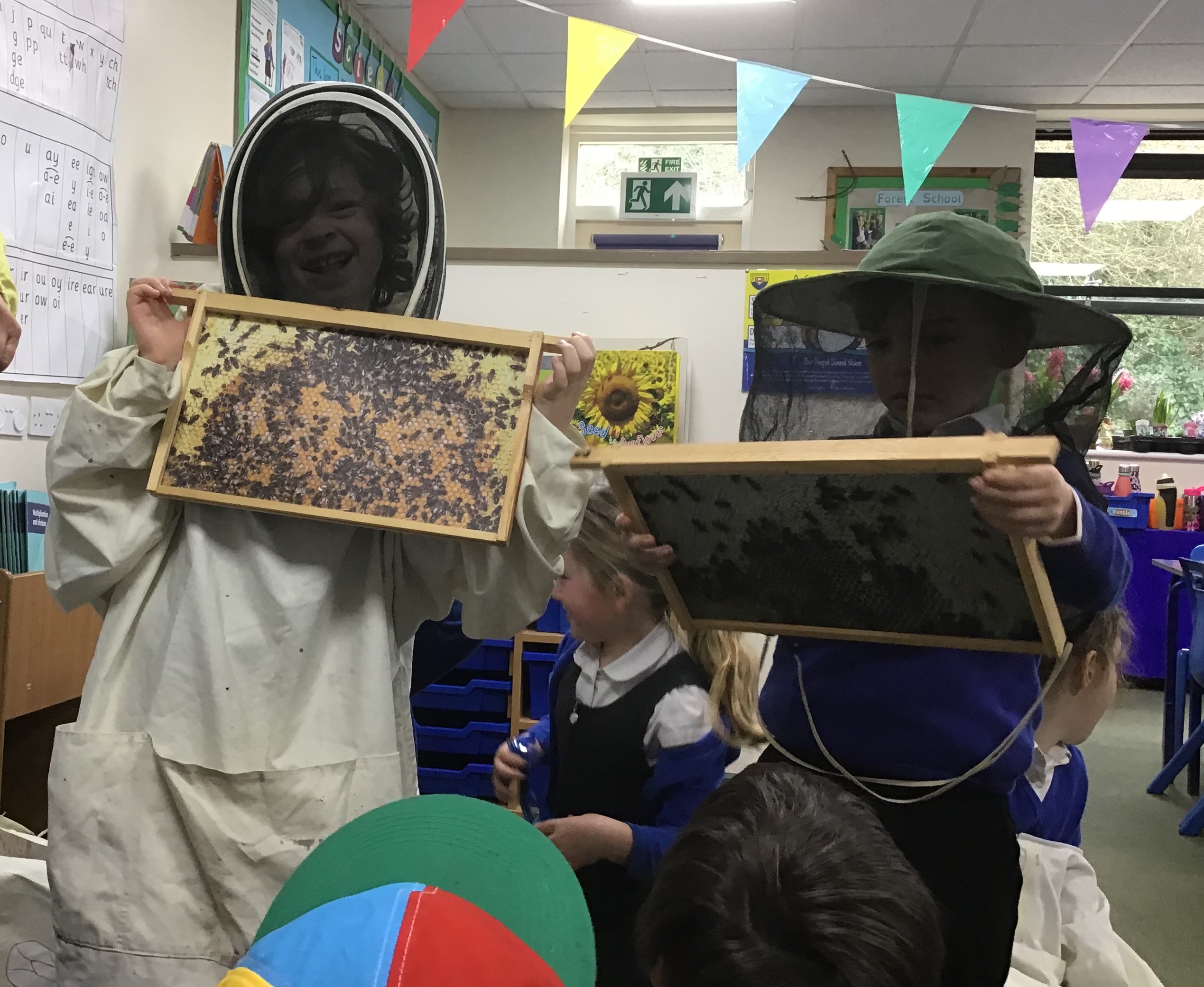
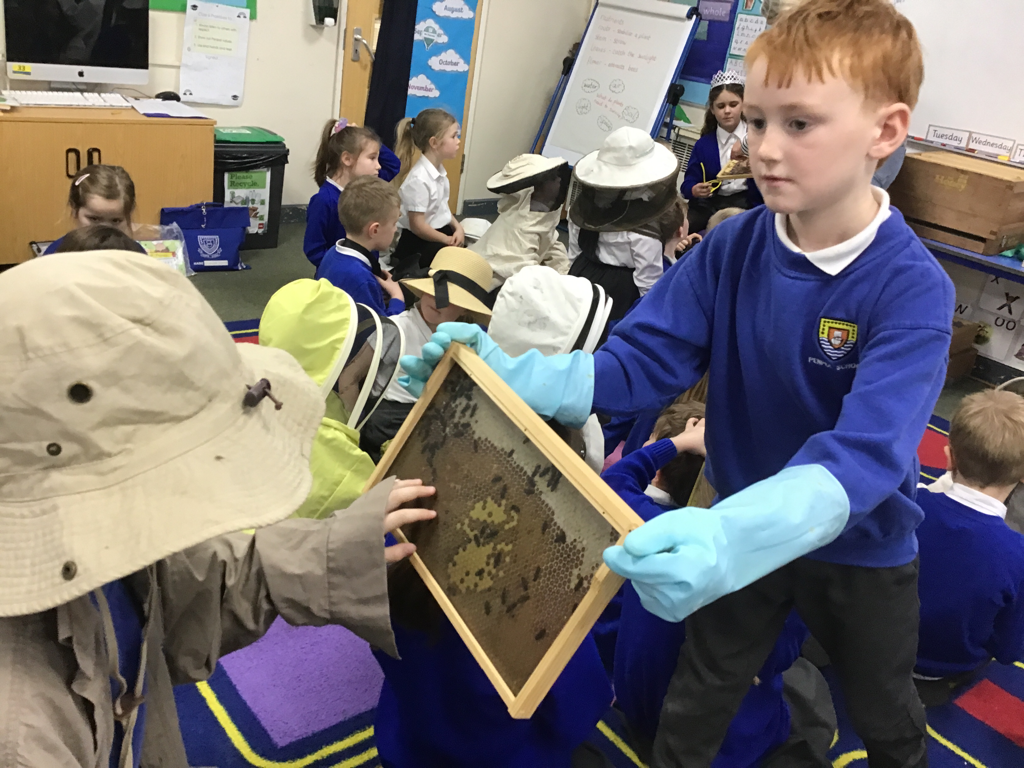
To top off the day, pupils had the exciting opportunity to design and make their own honey flapjacks, using a selection of delicious local honeys.
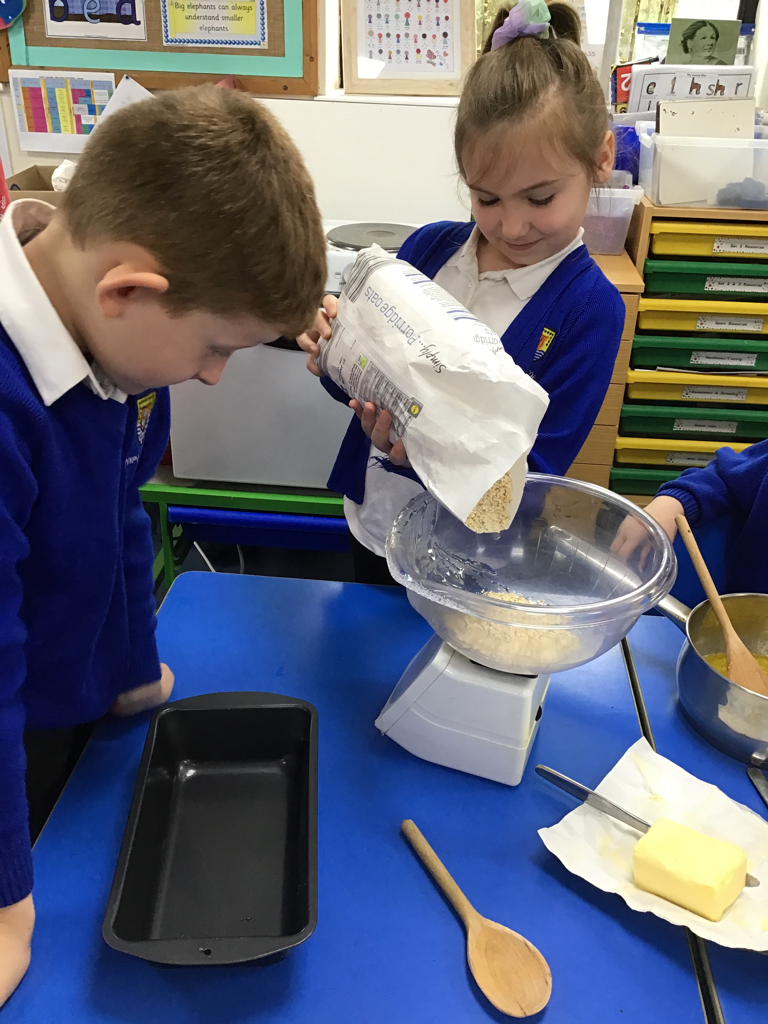
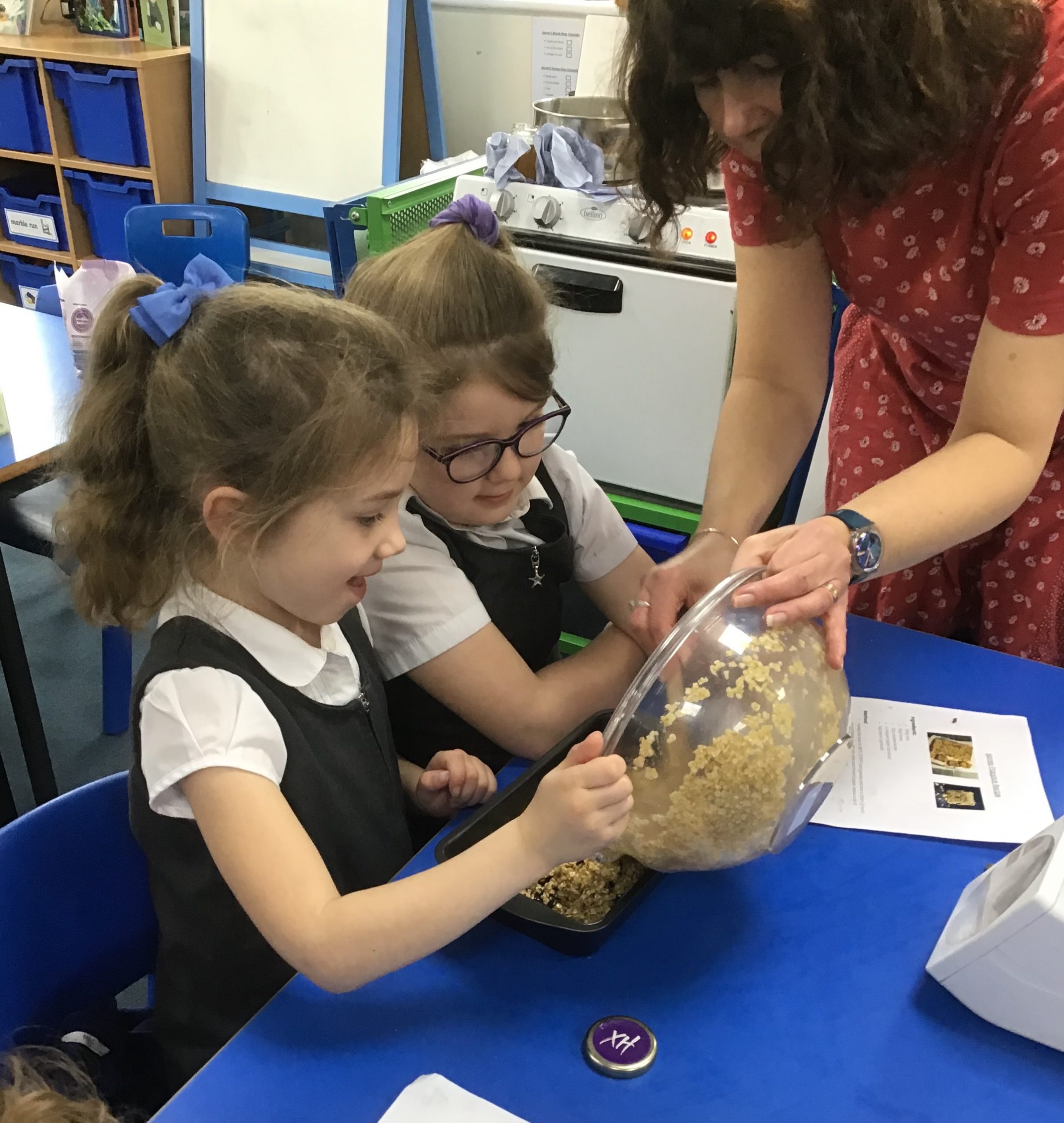
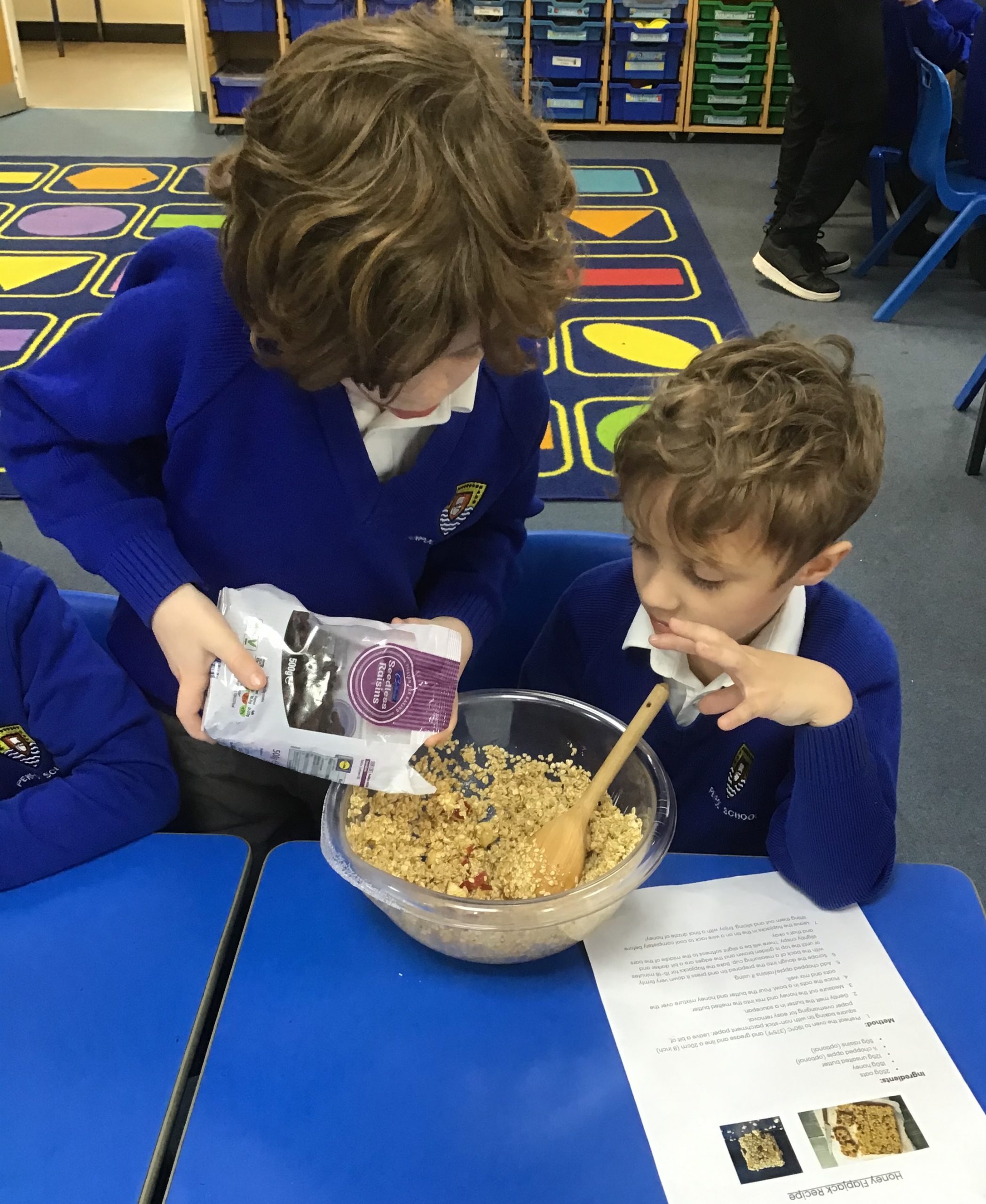
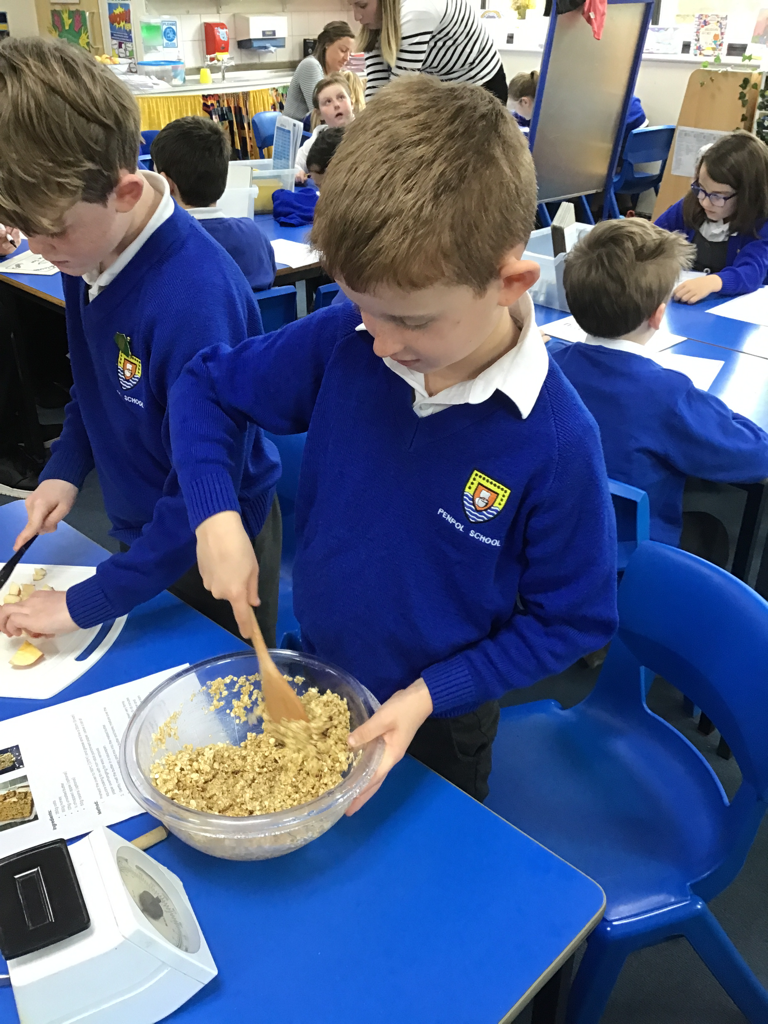
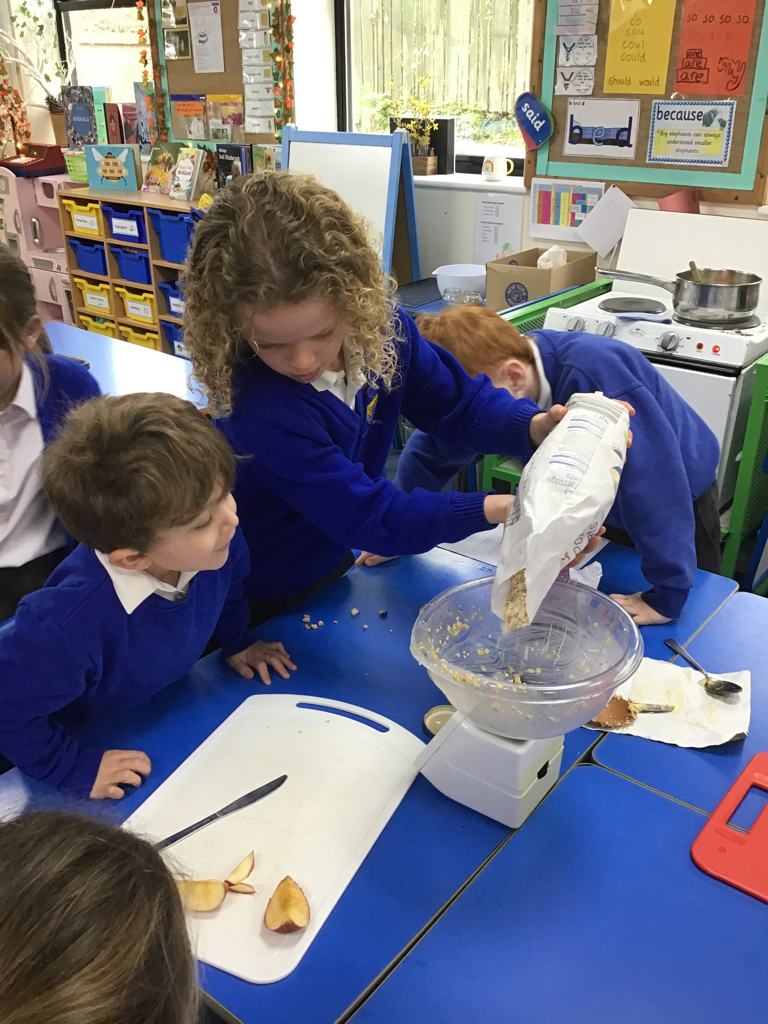
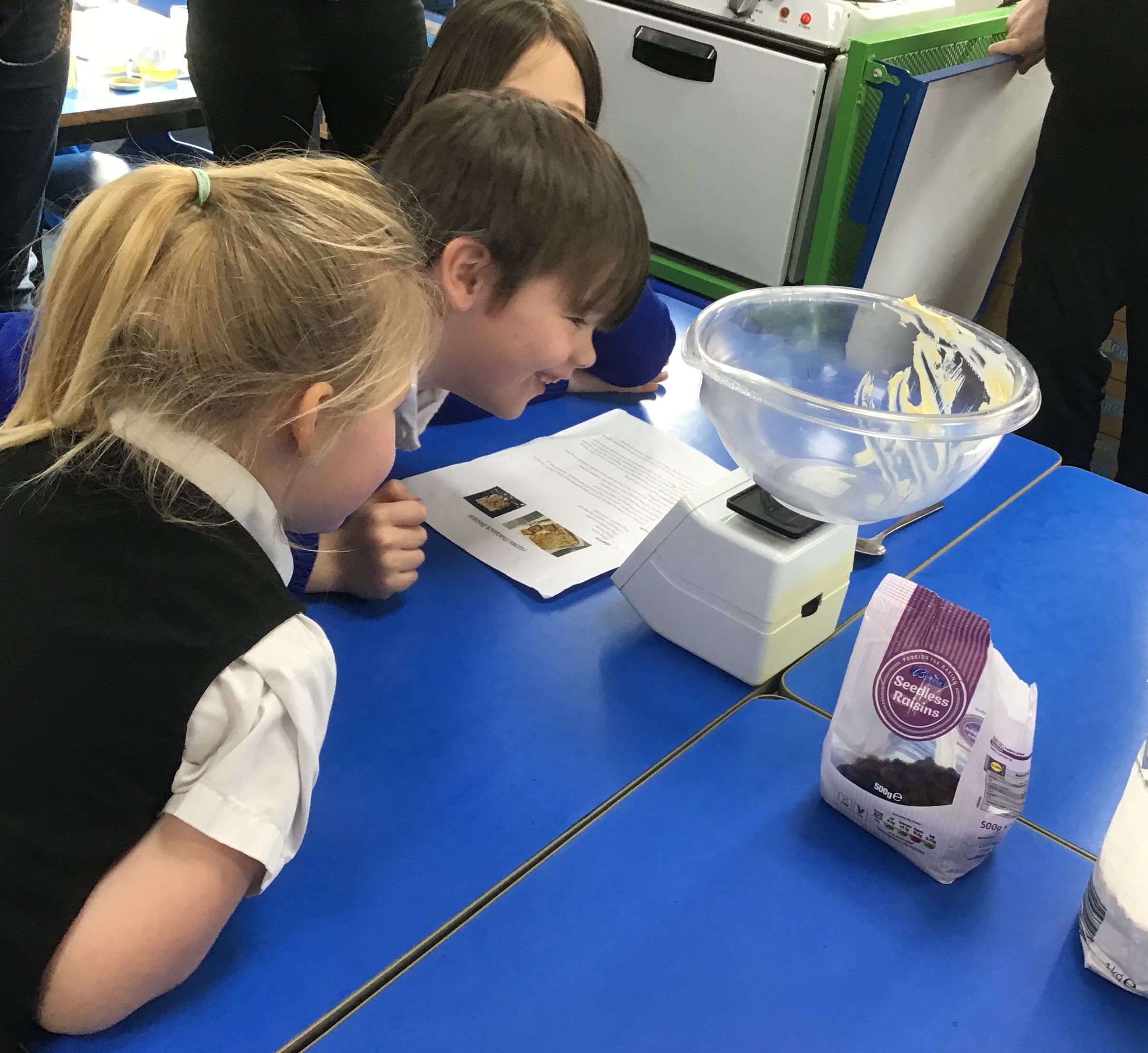
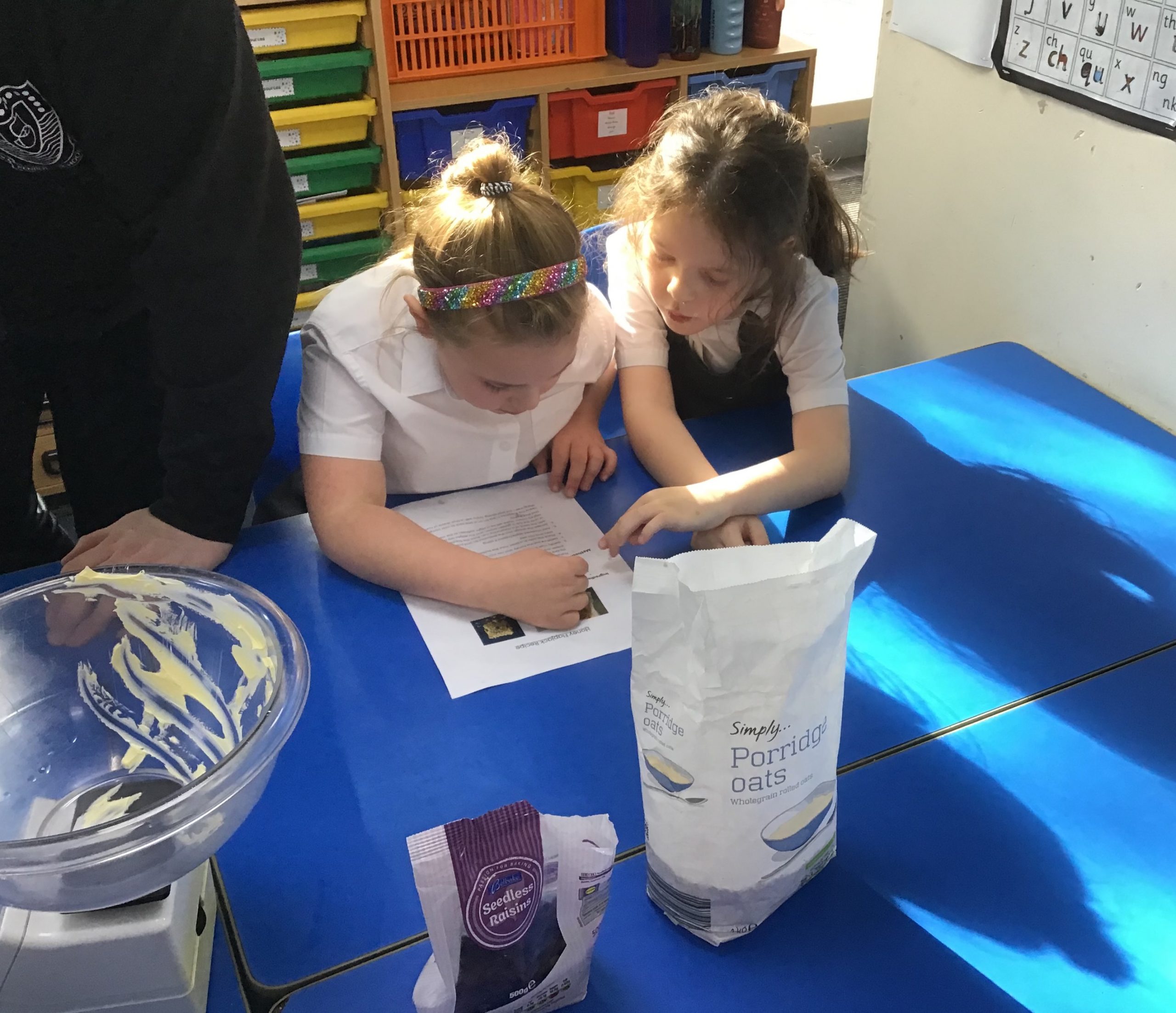
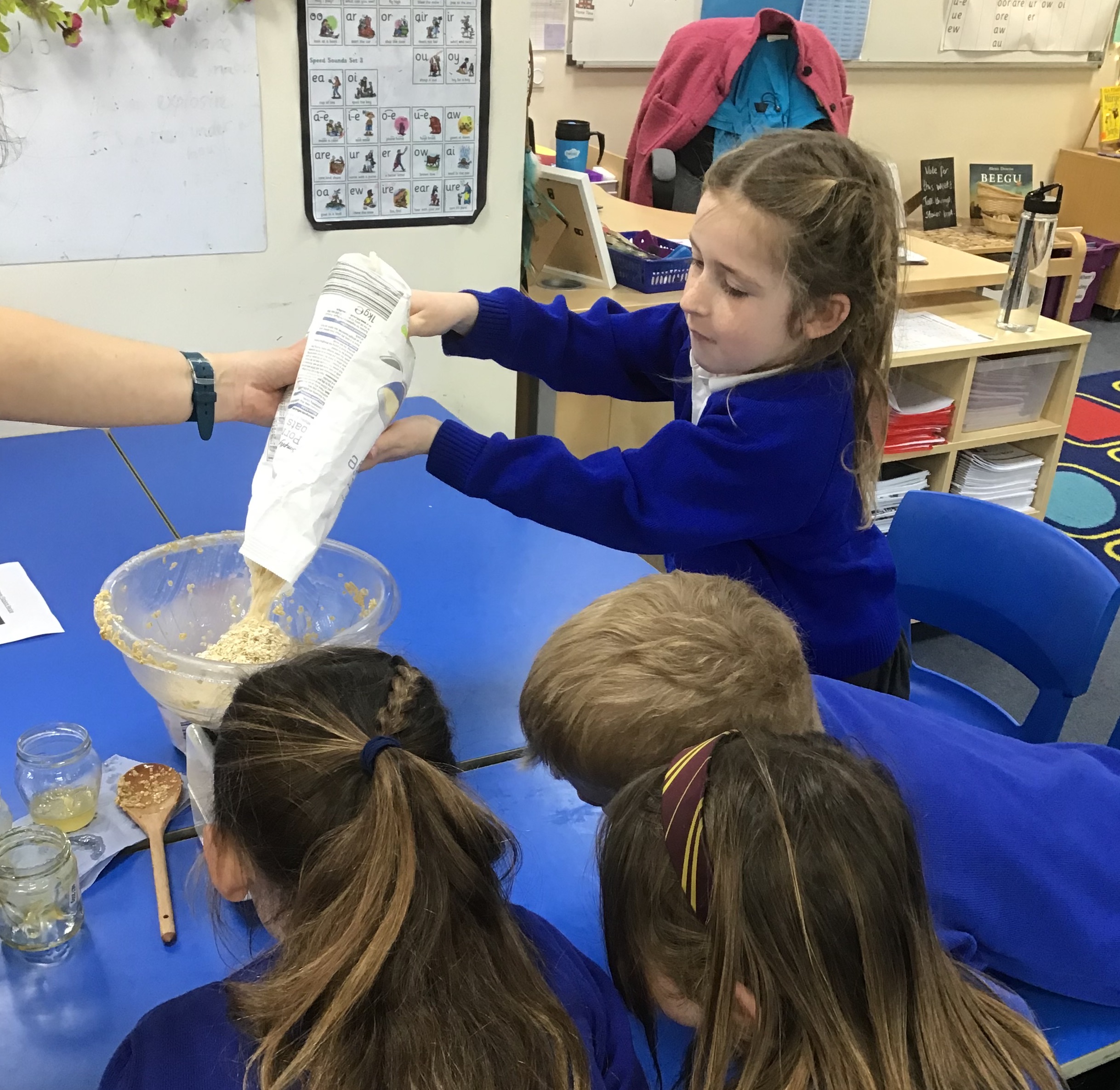
3D Printing our Wonderful Winter Ornaments
BUILDING WITH BLOCKS IN TINKERCAD
This half term our Year 3’s have been learning how to use Tinkercad to create 3D models and objects on their computers. This clever program lets you create anything you like in three dimensions, which can then be sent to a 3D printer to turn digital designs into real world objects.

To start with our students were introduced to the basics of Tinkercad (including how to resize, rotate, recolour and arrange 3D shapes). They then applied this learning to a series of fun (and slightly bizarre!) challenges – including building a Giraffe in 8 blocks, a favourite food item in 6 blocks, a spaceship with 4 blocks and a self portrait with 2 blocks (and the awesome Scribble tool!). To make it even harder then only had a few minutes for each challenge!
These fun and low-stake challenges helped the children explore the program and encouraged them to create multiple designs very quickly, rather than spending hours on each project. That meant when we came onto designing our Winter Ornaments the children were able to rapidly prototype different ideas before choosing their favourite.
But rather than me telling you about that here’s a video from some of our Year 3’s talking about the project…
DESIGN, REFINE AND PRINT
Once the children had designed a few different winter ornaments it was then time to refine those designs to ensure they looked as great as possible (and that they would print out nicely on our printer).
Part of this process involved checking the dimensions to ensure they all fit inside a 60mm box and also the tricky task of choosing which colour combination they’d like to use!
Lastly, we added a hole to the top to ensure our decorations could be hung up if desired.
After that all that was left was to print them out. An easy task you might think? Well, given we had 113 to print and each one takes nearly an hour it was touch and go whether or not we’d get them all done by the end of term!
Thankfully we managed it and below you can see a gallery of every single decoration designed by our Year 3’s and Year 6’s this year.
DECORATIONS GALLERY
Exploring Energy and Innovating Ideas
Today our Year 5 and Year 6 LEGO League teams were fortunate enough to have not one but two very special guests around to help mentor and support them with their competition preparation.
Our team mentor, Chelsea from RNAS Culdrose, has kindly agreed to visit every Thursday to help coach both teams. She’s a familiar face at Penpol now having worked closely with our teams last year as well – in fact she asked if she could come back this year!
Alongside Chelsea we also had another very special visitor – somebody who has travelled slightly further than Culdrose to join us…
Alejandro Buitrago is an engineering student from the University of Technology and Engineering Careers (UTEC) in Lima, Peru. He is currently travelling around Europe and through a happy coincidence ran into Mr Woolcock. Upon chatting, Mr Woolcock discovered that Alejandro is in the middle of a degree in Renewable Energy Engineering – which just so happens to be the exact theme for this years LEGO League competition!
Alejandro very kindly agreed to spend an afternoon with us and spent time working with our Year 6’s over lunchtime and our Year 5’s this afternoon.
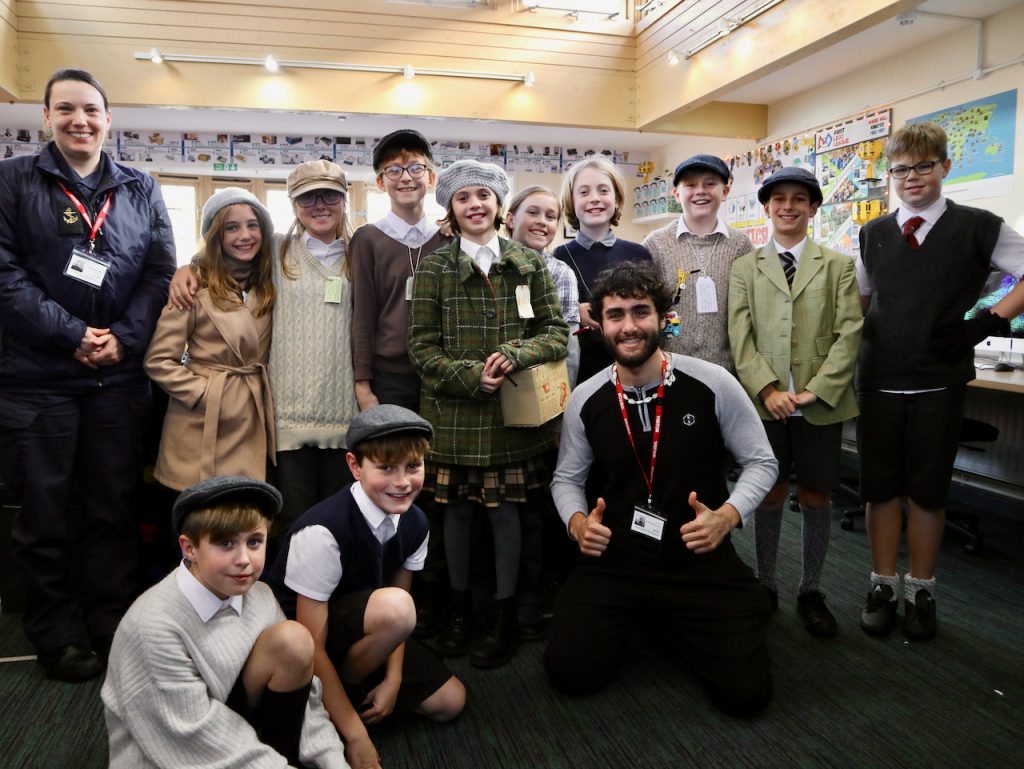
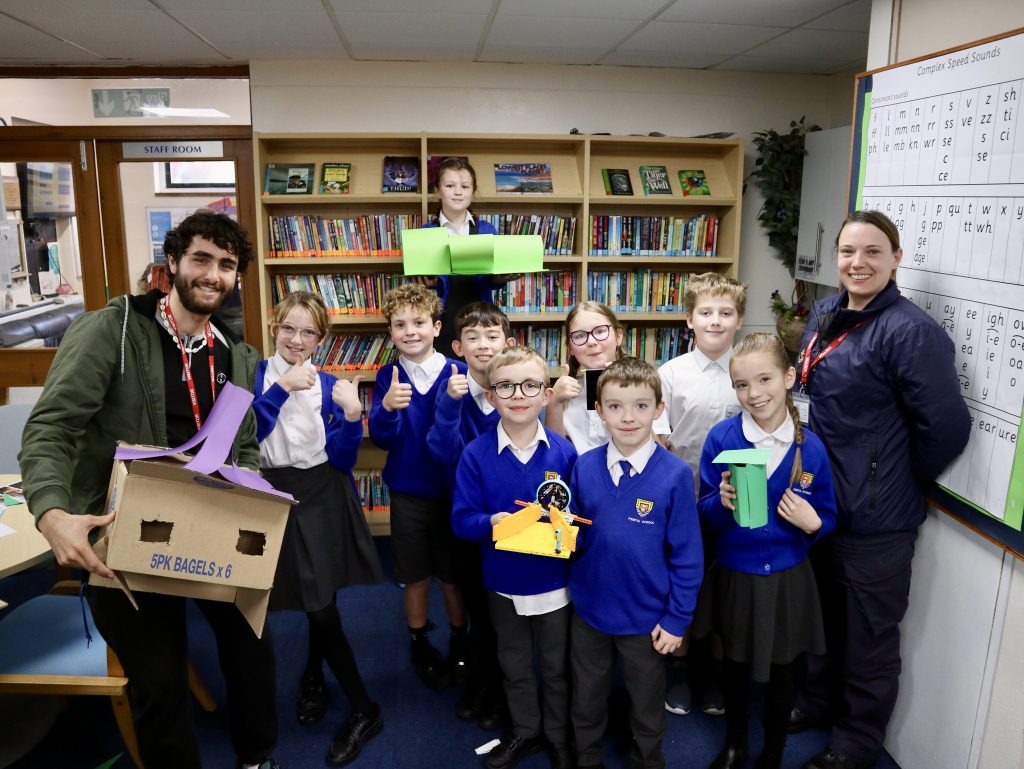
During this time Alejandro kindly answered questions, shared a wealth of knowledge and inspired the children to pursue and develop their innovative ideas for the Innovation Project. By the end of the day the library was covered in hand-drawn sketches, coloured paper, glue sticks, cardboard boxes turned into prototypes and assorted LEGO constructions. All the signs of a good afternoon!
A massive thanks to both Chelsea and Alejandro for their support.
Year 6 Photos
Penpol Pupils compete at the National Finals of the FIRST LEGO League
This is the story of what happened when both the Creative Coders and the LEGO Leaders advanced to the England and Wales National Final of the 2022 FIRST LEGO League – one of the largest STEM competitions in the world – where they competed against the 64 best teams in the country.
(As you read this story, please remember you can click on any photo to view it full-size. You may also want to grab a drink, this isn’t a short post! – Mr W)
2
teams
800
miles travelled
20
hours on the coach
14
incredible students
How did our teams get to the finals?
To earn their place in the National Finals, the teams had to perform exceptionally well at the Cornish Regional Final. Creative Coders came first overall at this event and immediately qualified for the Nationals – but the journey for LEGO Leaders wasn’t quite as straight forward…
LEGO Leaders had an outstanding score of 345 points in their Robot Games at the Cornwall Final, but ended up finishing in fourth overall (still an INCREDIBLE achievement!). Sadly, one of the top three teams weren’t able to make it to Harrogate for the National Finals and LEGO Leaders were asked to attend in their place as the team with the highest Robot Games score in Cornwall.
With both of their places confirmed the only thing that stood between the children and the finals was a very, very long coach trip!
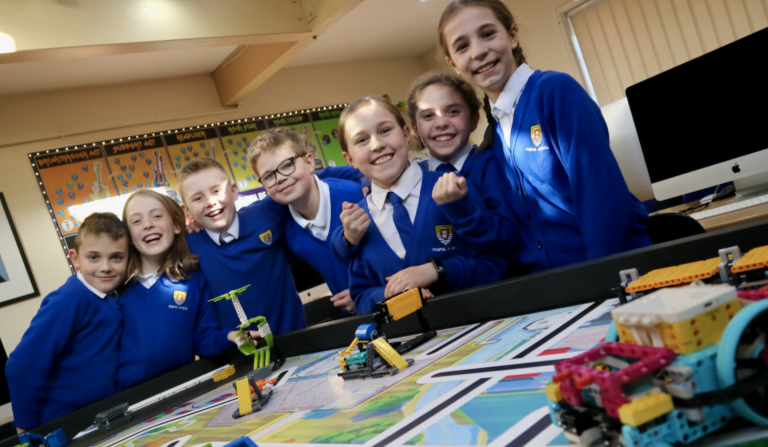
Incredible Results for Penpol at the LEGO League Cornwall Finals
Yesterday two teams of our Year 5s took part in the Cornwall finals of the FIRST LEGO League Competition. For months these teams have been working hard with coding, building, researching, creating, designing, innovating and presenting ideas. All of that hard work was celebrated yesterday in two
We left Penpol bright and early on Friday morning, the children (and staff!) very kindly giving up part of their Half Term holiday to take part. After some early excitement where the team discovered their t-shirts (featuring some awesome LEGO Minifigure designs created by Ethan and his dad) we all got settled on the coach for what was to be a ten hour trip.

Thankfully we’d been able to get a coach with USB ports, which meant that children and adults alike were both able to enjoy some movies, TV programs and games on the journey (which helped pass the time very nicely!).
We met up with the team from Boscastle School on the way, as they had also qualified for the Finals and were joining us on the journey.
"It was amazing to go up on the coach with my friends, because it’s just an extraordinary experience and I’m so happy to have done it. Everyone was such great fun and I enjoyed spending time with everyone."
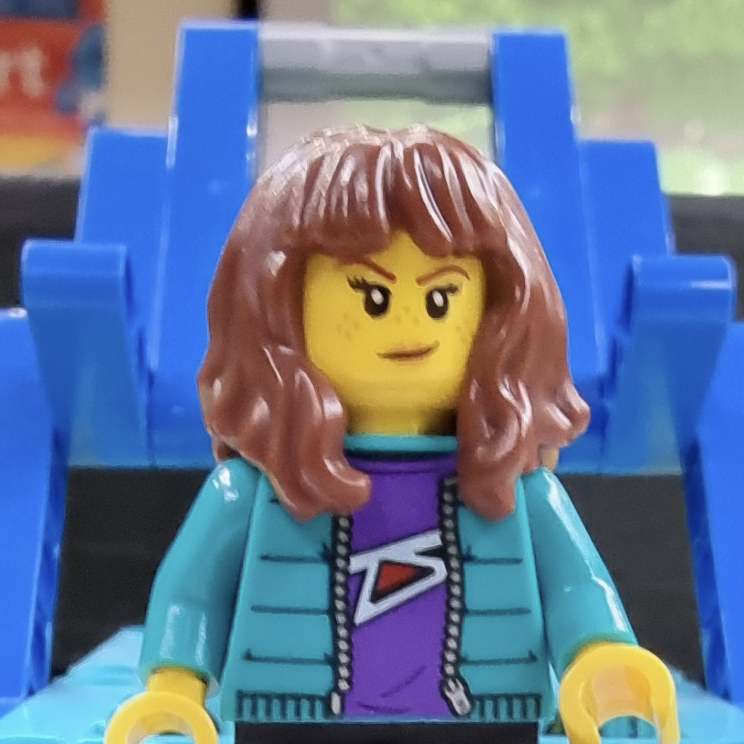
Ada
After a couple of service station stops we made it to our hotel just outside of Leeds Bradford Airport and the first stage of our adventure was complete.
We checked into our rooms and met up with everyone in the restaurant for dinner. The teams all sat together to discuss tactics, the dinner options (and to create some memes on their iPads!). It was great seeing them all enjoying their time away whilst at the same time building friendships and bonds that will hopefully last well beyond this weekend.
The evening ended with the teams going off to practice their Innovation Project and Robot Design presentations one last time before bed.
The following morning we were once again up bright and early, meeting at 7am for a cooked breakfast to fuel us all for the day. The children looked very smart in their team t-shirts and all sported the Cornish flag in the form of a pin badge (made by Mr Woolcock’s very kind neighbour Adam!).
Between trips to the breakfast buffet we had a few moments to discuss our packed schedule for the day with the two teams. Then it was time to get back onto the coach and head into Harrogate itself.
We were ready to go to the Finals!
"It was when I woke up in the morning and there was a table - a very large table - and it had sausages and bacon and other stuff I can’t even remember. As soon as I saw that bacon it was the best moment ever. I just grabbed about ten stacks. You know it’s going to be a beautiful day when you’ve just eaten that breakfast!"

James B
What happened on the day?
The venue for the competition, Harrogate Convention Center, was absolutely huge. We were all struck by its size and impressive design when we got off the coach. Naturally we had to pose for some team photos before going any further!
When we made it into the venue, we soon discovered that it was even more impressive from the inside. A huge stage with LED screens and stage lighting dominated the first room, along with about 2,000 chairs all lined up and ready for the competitors and their supporters to take their places before the Opening Ceremony.
"On Saturday morning I was absolutely terrified but also very excited. Going to that huge place as a team on the coach was amazing, but yeah, I was terrified too! But we all has such a fun time together and now I'd love to do it all again!"

Miles
Before we sat down we decided it would be sensible to find our ‘Pit Area’. This was to be our base of operations for the day and was decked out with water bottles, lanyards, badges, stickers and all sorts of other goodies for the teams to enjoy when we got there.
This was a space we’d come back to throughout the day as we regrouped and planned our next steps.
After this we headed straight back into the main auditorium for the Opening Ceremony and managed to nab some great seats near the stage.
James B and Sienna were taken off to one side by the organisers as they were to be the teams flag bearers for the ceremony – getting their moment in the spotlight as they represented their teams on the main stage stage.
"It was so surreal and amazing being on stage for the opening event. Seeing how many people were in the audience made everything feel so real! When we first found out we’d won I felt like it was all a dream, but being on the stage and seeing everybody changed that into a reality."
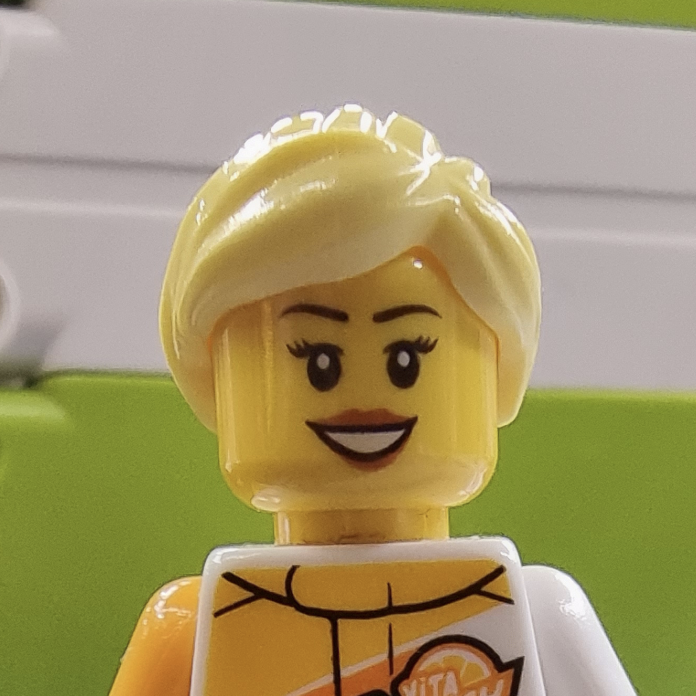
Sienna
After some very exciting build-up (and a chance to meet the hosts for the day: Maddie Moate, Greg Foot and Tom Deacon), the children were ready to leap into action.
Both teams had to be at certain places at pre-determined times throughout the day and in order to make this work it was decided that the teams would go off separately. Creative Coders teamed up with Mr Woolcock and Mr Pollard and LEGO Leaders worked with with Paul, Chelsea (our mentor from RNAS Culdrose) and Miss Ball.
"When I met Maddie Moate, I don’t really have many words to describe it, but I was speechless. She was so friendly!
After going to this event I really want to try and become an engineer or a coder. Those jobs sound really exciting and I'd love to try them!"
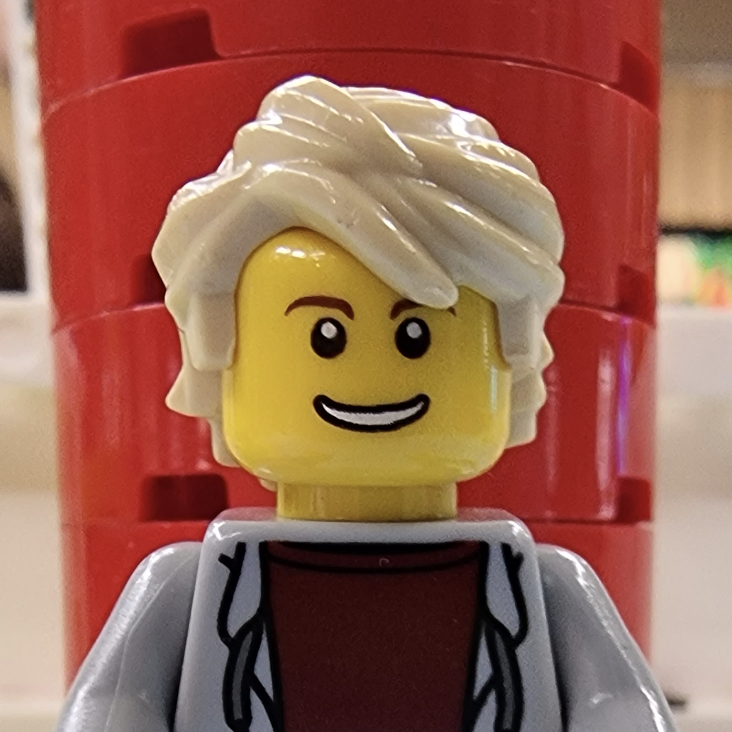
Piran
The first stop for both teams was the Practice Tables, which would prove the first chance to test their robots and code to ensure that everything worked on the day. As neither team had been able to have a run through with their Robot element over Half Term, this time to practice was invaluable.
Thankfully everything worked well for both teams and the robots (and teams!) were all ready for their big moment.
Part 1: The Robot Games
It was then time for the first of three rounds of the Robot Games. I think this was the moment that it really hit home to us all just how different this was going to be compared with competing virtually in the Cornwall competition.
Each team headed to the main arena and line up on their designated number. Then they were escorted to their competition table (one of sixteen all set up and ready to go) and introduced to the two referees that were to score and monitor their match. Each team was battling head-to-head against a second team from another school and they had two and a half minutes to score as many points with their robot as possible.
However, I don’t think any of us realised just how intense the competition room would be and how much of an impact that atmosphere and energy would have on our teams performances…
It was a really busy place and so it was very stressful at times, but we all supported each other and carried each other through. Most of all we all had fun doing it! It definitely felt very, very nerve-racking watching the Robot Games team compete, but in the end we were all ecstatic about the scores we managed to get.
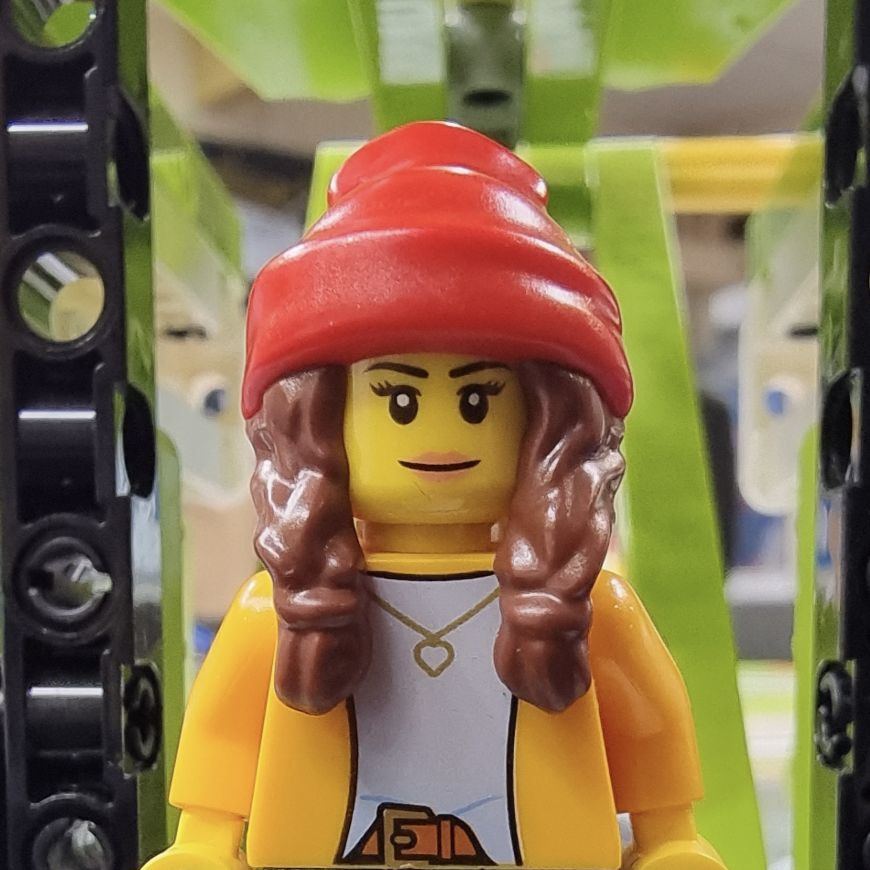
Georgia
Rather than crumble under the pressure, the children turned it into excitement and eager anticipation. Before each Robot Games match the hosts came around to meet the teams and have a chat with them about their game strategy, further adding to the excitement in the air.
When all the referees were ready (and their white flags were held high in the air) it was time for the countdown. Three. Two. One. LEGO!
Two and a half minutes was all that stood between the teams and their chance of glory.
There is no doubt that this was an incredibly tough part of the day. A millimetre out with positioning the robot cold spell disaster. One slight change of course could have a knock on effect on the second part of a mission. Under the pressure of a live audience, referees and dozens of other teams competing at the same time, it was inevitable that mistakes would be made by all teams competing.
But perhaps what was surprising was the way our teams dealt with these setbacks. Instead of throwing in the towel or walking away they kept on going. They battled through. They regained their composure and re-focussed their energies onto the next match. They didn’t let anything stop them – even when it seemed like everything that could possibly go wrong did go wrong.
The children (and parents!) supporting from behind the line were willing the Robot Operators on with every fibre of their being and it was clear that the teamwork and perseverance paid off for both teams.
"My favourite memory was running around the competition centre with all my friends and of course taking photos with all our medals and my proudest moment was probably the presentations and doing the robot games - especially the last run of the robot games because that was really fun."

James S
Through the day each team would come back here three times to try and set their highest score – all the while keeping an eye on the live scoreboard around the venue to see where they were currently positioned.
The final scores for both teams were as follows…

240
Points in
Round 1
175
Points in
Round 2
250
Points in
Round 3
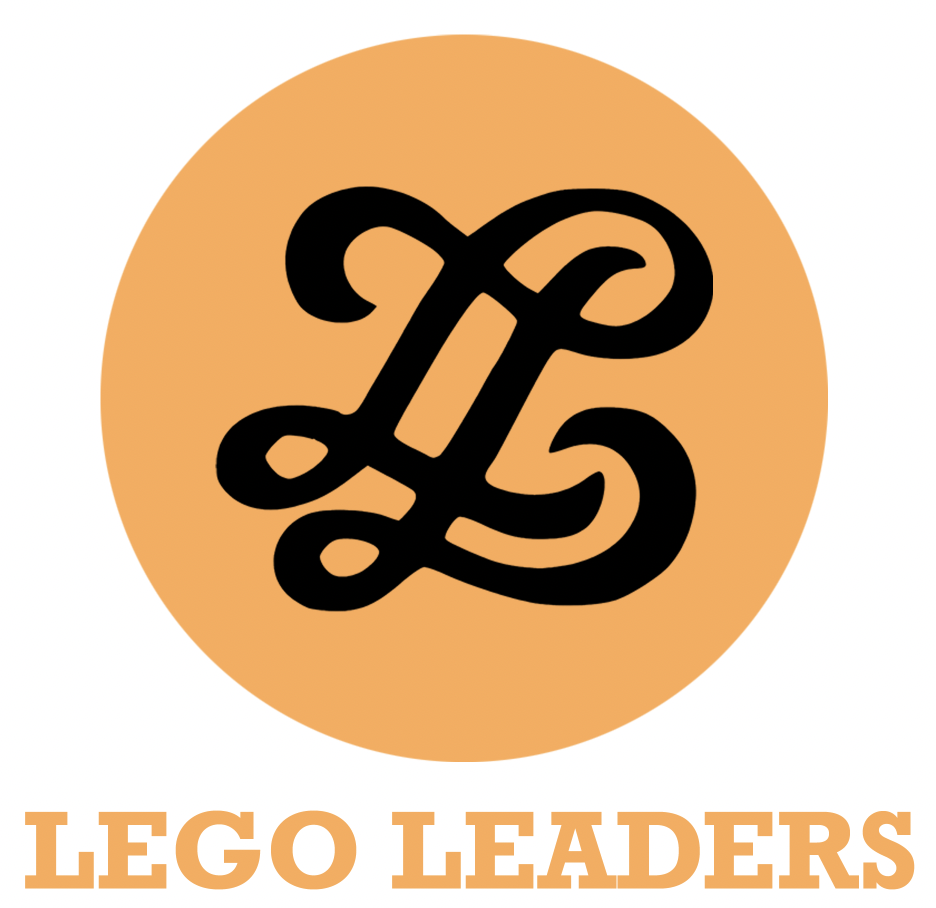
215
Points in
Round 1
240
Points in
Round 2
270
Points in
Round 3
As you can see both teams saved their very best performance for last – earning an incredible 250 and 270 points each! These scores were enough to ensure that both teams placed in the top half of the entire Final, beating dozens of other teams including both Primary and Secondary students.
"My proudest moment at the competition is probably when we were announced on the scoreboard that we came 24th overall. I just felt amazed because out of all the UK there were 2,400 teams and in the finals there were still 64 teams. I feel so proud of where we came!"
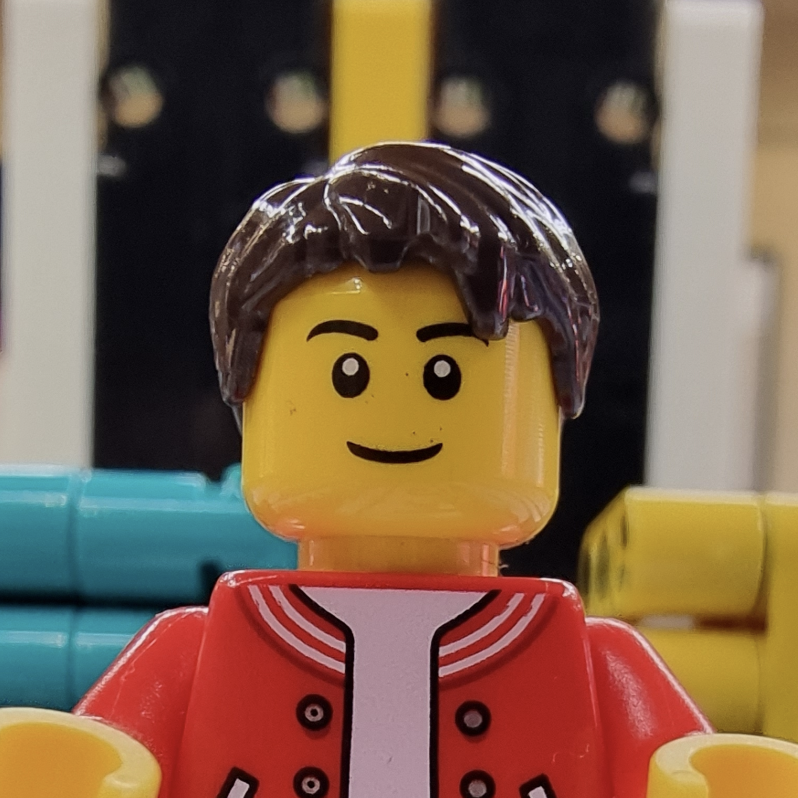
Caio
To top it all off the final matches for both of our teams were played on the ‘live stream tables’ which meant that family and friends could watch both of their final runs from home! And excitingly they’re both available to watch again below so you can see just how well each team performed in this aspect of the competition.
Creative Coders
LEGO Leaders
Part 2: Core Values
Whilst the Robot Games certainly is very exciting, it only accounts for 25% of a teams total score. An equally important element of the competition is known as Core Values and is judged throughout the whole day by the referees, judges and other volunteers working at the event.
They are trained to keep an eye out for teams demonstrating the six Core Values, which are:

Discovery
we explore new skills & ideas

Innovation
we use creativity and persistence to solve problems

Impact
we apply what we learn to improve our world

Inclusion
we respect each other and embrace our differences

Teamwork
we are stronger when we work together

Fun
we enjoy and celebrate what we do!
These are all really important qualities for the teams to embody and both Creative Coders and LEGO Leaders displayed all six in bucket-loads during the day.
From the way they interacted with and greeted other teams to the way they asked questions and enquired about people they met, throughout the day the judges were very impressed by their Core Values.
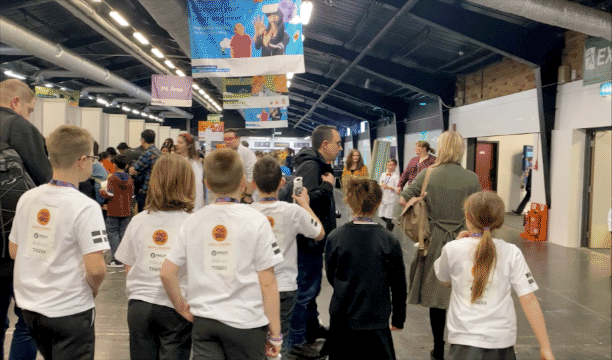
I could share many examples of particular moments throughout the day where the children embodied these different skills, but one value that resonated particularly strongly on the day was without a doubt the value of Teamwork. The whole day was very busy and full of high-pressure situations that could have proven overwhelming. However, when one of these situations arose, the teams were both incredible at supporting each other by reassuring their teammates and ensuring that everybody was able to perform to the very best of their ability.
It was great because everyone bought something special to our team. For example Ernie has lots of energy, then Piran just brings a real sense of fun into everything. Felix had some really creative ideas throughout the day and Georgia gets very excited (just like Ernie).
During the Innovation Project Sienna had a really hard job of being the link between managing both sub-teams but handled it incredibly well and Amélie had some really innovative ideas for the presentation which really bought it to life.
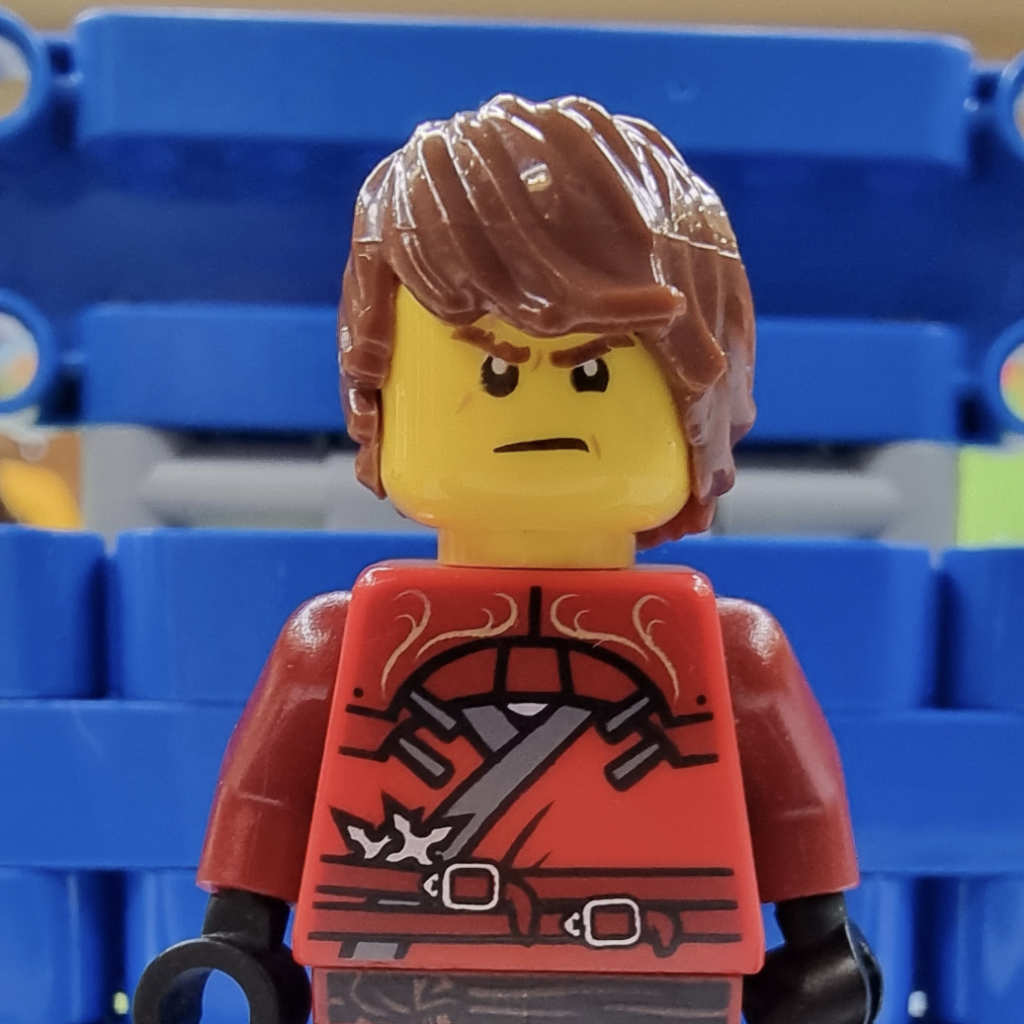
Ethan
The Core Values are scored on a scale of 1 to 4 for each value where:
Beginning
1 point for a team who are beginning to demonstrate the value.
Developing
2 points shows that a team is developing that value.
Accomplished
3 points is where a team has accomplished the particular value.
Exceeding
4 points is where a team has gone above and beyond and exceeded the expectation.
After the event we were able to view the children final scores for Core Values and we were blown away by how well they did.
LEGO Leaders
Impressively the LEGO Leaders got scores of 3 for every single Core Value - a fantastic achievement.
Creative Coders
Creative Coders also got 3's in each Value, with the exception of Impact where they managed to score a 4. The judges commented that they got this bonus point as they had clearly explained in their presentations how much each of them had been impacted by taking part in the LEGO League.
Part 3: Innovation Project
The next element of the competition (worth another 25% of the marks) was the Innovation Project. This 5 minute presentation required the teams to explain their solution to a serious global problem – this year linked to the theme of Cargo.
The children were required to research their problem, reach out to experts in the field and then plan and create a viable and creative solution to the problem. You might think that alone is pretty tricky – but that’s nothing compared to presenting all of that to a panel of complete strangers… the judges!
When the time came for the Presentations, the teams had to assemble outside of the judging area and wait patiently for their turn. We were then led into a small room in the convention centre where two judges were waiting to meet us. The children were really interested in finding out who the judges were and what their background was, especially when they found out one of the judges had travelled up from Cornwall too!
"I really enjoyed the research element of our project. For example we searched for information on the internet and then that led to more ideas which we hadn’t thought of. That led to more searches and before we knew it we’d learnt loads! It was very good because we were able to write about it and present it to everyone. It was actually quite shocking going to a supermarket to see the plastic in real life. I decided to go later in the evening to see it all as the pallets were unpacked. I was surprised how much plastic was used in just one night - it was quite weird to see it happen."
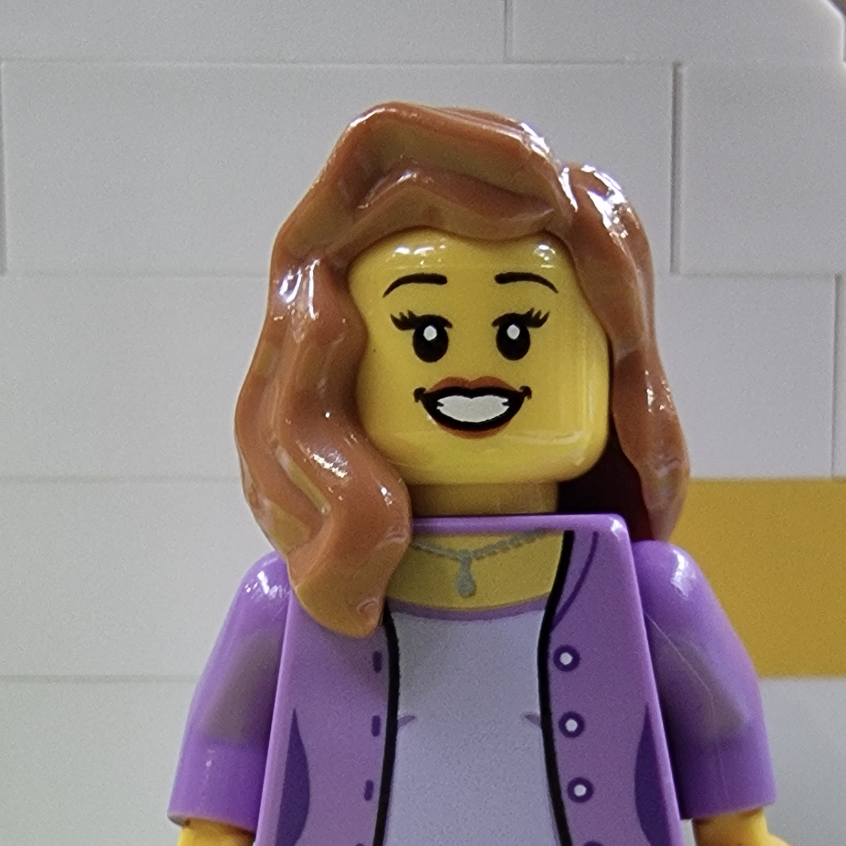
Amélie
The presentations had all been very well practiced in the build-up to the competition, whether that was at school, through voice notes on Showbie over Half Term, on the coach journey or even the night before the competition after dinner. This meant both teams knew their lines, knew their cues and were ready to go.
So, you might be wondering what the presentations were about and what problems they chose to solve? Look no further than this handy little guide…

Innovation Project
The Problem
Packages are delivered to shops, warehouses and distribution centres in cardboard boxes on large pallets. But these pallets are wrapped in metres and metres of plastic shrink wrap to stop them falling off. This is not environmentally friendly at all!
The Solution
The team researched different methods of securing boxes to pallets, including building an Earthquake Simulator to shake their 3D-Printed pallets. They settled on using paper and bungie cords to secure boxes as these could be reused time and time again.
Feedback from the Judges
The judges said that the presentation was very interesting and that they chose a great topic. They also really liked positive energy and their Creative Coders song which grabbed the judges attention.

Innovation Project
The Problem
In many countries Donkeys are used to carry heavy and unbalanced loads of cargo. These donkeys are often underfed, maltreated and end up getting badly injured by carrying too much weight.
The Solution
The team considered a number of alternatives to donkeys, but eventually decided that cost would be a prohibitive factor. They settled on trying to improve the standard of life for these hard working donkeys by creating a ‘code of conduct’ for donkey owners which encouraged them to treat their animals with more care and respect.
Feedback from the Judges
The judges were really impressed with how the team approached different organisations for research and how they went for a very novel idea for their project – big marks for ‘thinking outside of the box’.
As you can see the judges were impressed with both the Creative Coders and the LEGO Leaders, remarking on how confident both teams were and how well they presented their problems.
The presentations themselves were scored by both judges using the same 1-to-4 scale as the Core Values. The points the teams earned are as follows:
Innovation Project Scoring
Team:
LEGO Leaders
Creative Coders
Identify
2
3
3
2
Design
3
2
3
2
Create
2
2
3
3
Iterate
3
3
2
3
Communicate
3
2
4
2
Part 4: Robot Games Presentation
The last part of the competition was the Robot Design Presentation. This name is slightly deceptive as it isn’t just about the robot that the teams have built. Yes it is largely about this, but it is also a chance to share the story that the children have been on since starting in their teams back in October. This is a chance to share their learnings, their new skills, their strategies, plans and anything else that they want to with the judges.
"My proudest moment of the LEGO competition was when we were all doing the presentations. I enjoyed that we all did the presentations together as a group because we were a great team and we had a really important message to share in our innovation project."
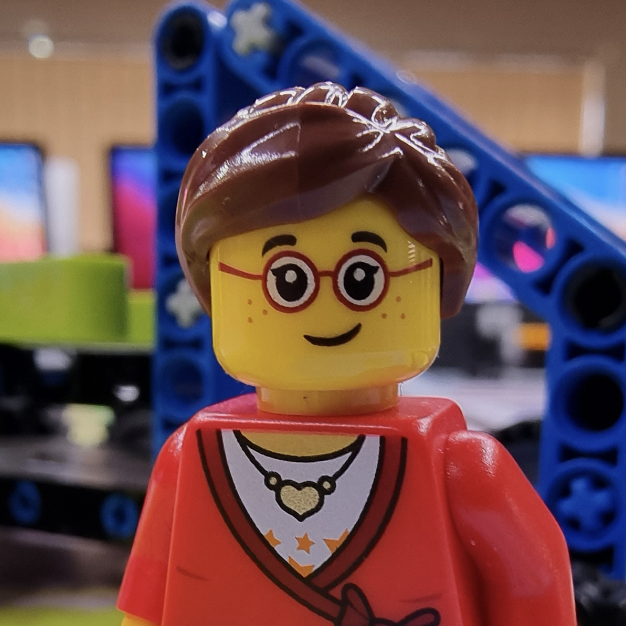
Jenna
Both teams were able to eloquently explain the rationale that went into their projects, the reasons they chose certain challenges first and how they crafted individual attachments for the robots.
The children also shared personal stories of what the competition meant to them. From making new friends to developing new skills, missing holidays to giving up lunchtimes to work on their presentations. Everyone had a story to tell and the judges were interested to hear just what it meant to everyone who took part.
"At first we were all really worried about the judges because we didn't know who they'd be - what if they were scary?! It was really nerve-racking learning our lines because we didn't want to make a mistake and get it wrong. On the day it all came together and the judges were really nice and helpful and we all smashed our lines.
I felt so pleased that we'd done an absolutely amazing job of our presentations."
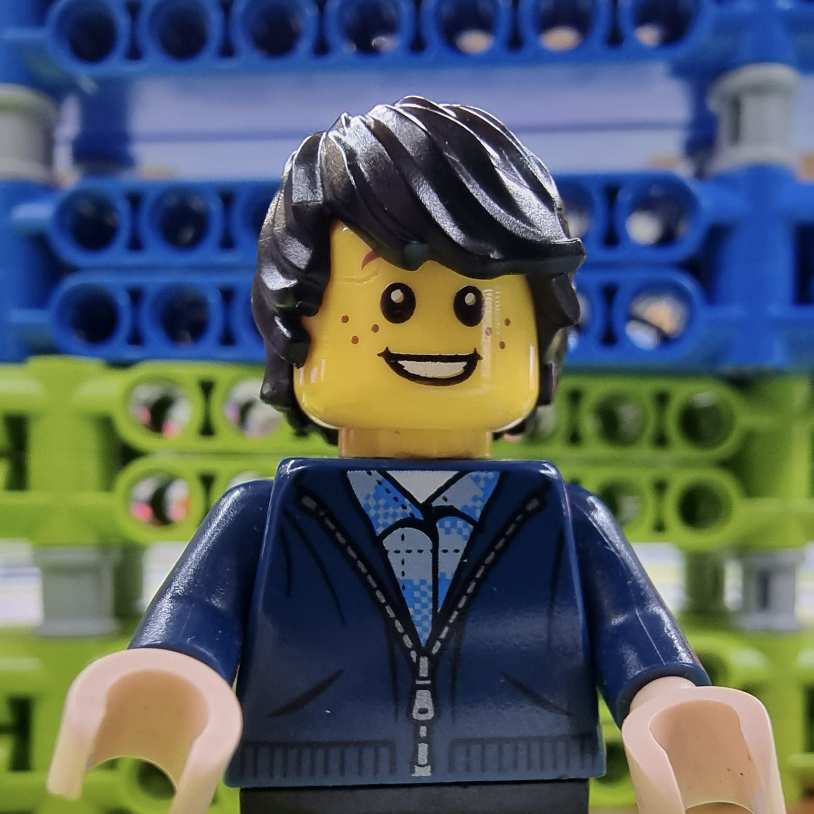
Felix
The Robot Design presentations themselves were scored by both judges using the same 1-to-4 scale as the Core Values and Innovation Project. The points the teams earned are as follows:
Robot Design Presentation Scoring
LEGO Leaders
Creative Coders
Identify
3
2
3
3
Design
3
3
2
3
Create
3
3
3
2
Iterate
2
3
3
2
Communicate
3
2
3
3
What happened after the teams had competed?
After all of the competition elements were complete, the rest of the day was ours to explore and meet other teams. We got to watch the Knockout Stages of the Robot Games, where the very best teams in the country pitted their robots head-to-head in a winner stays on tournament.
These robots were incredible to watch and were earning scores far beyond anything we even thought possible. I hope the teams have picked up plenty of ideas there for next years robots!
There was also the opportunity to explore a whole variety of different STEM experiences from different companies and employers who all have a focus in the Science, Technology, Engineering and Maths sector. The children visited dozens of stalls to find out what each one had to offer and to explore different types of robotics that are used in the real world.
It was very inspiring to see just how far a career in engineering or coding could take our students and the children responded to these stalls with great interest.
At the end of a very, very busy day we finally returned to where it all started in front of the stage. Here the closing ceremony was held, along with awards for the teams who won in the different categories.
This proved a wonderful chance to reminisce, relax and remember just how fortunate we all were to be there in Harrogate representing both Penpol School and Cornwall too.
Whilst in the end we didn’t win any awards at the National Finals the experience alone more than made the trip worth it.
I think it would be safe to say that the children who left this event in Harrogate were not the same ones who boarded the coach from Penpol School on Friday morning.
They were more tired, yes. But they were also more confident, more resilient and better friends than ever before. This shared experience will hopefully be one that stays with them for a very, very long time.
They have truly done themselves and all of us at Penpol School proud.
"I have learnt to always enjoy what you do, especially when it’s not going so well. Always be happy and see the positives in everything.
I think this whole experience will help me in the future because I really want to be a coder and make games. So by doing hard code on Cookies and Beans and learning teamwork by being a part of my team - I think these skills will really help me."
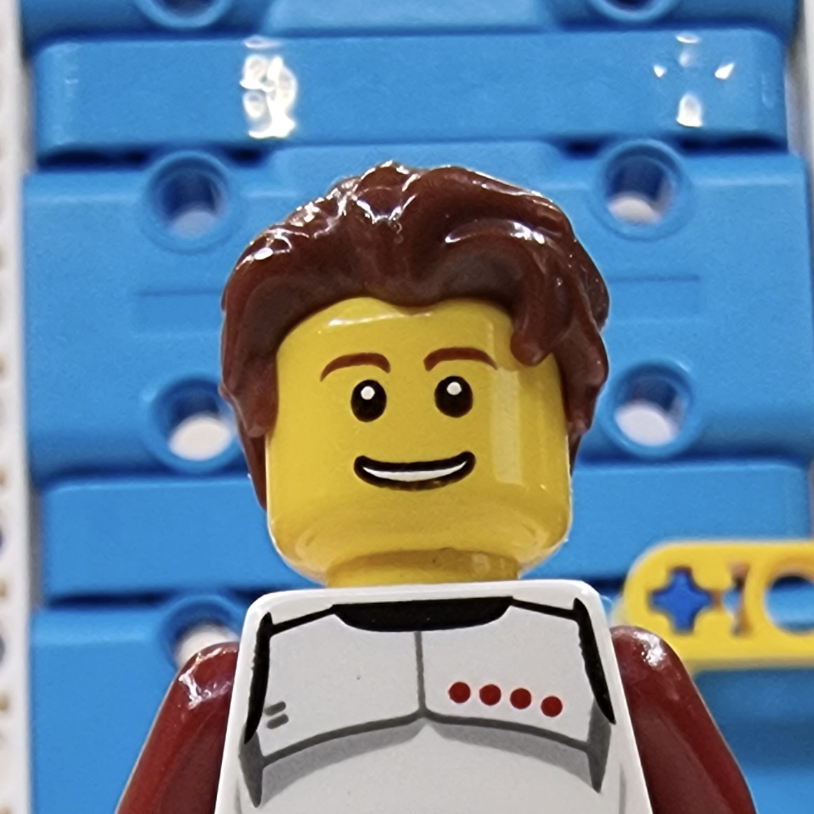
Ernie
Thank you to our supporters
This whole event simply wouldn’t have been possible without some very kind and generous local supporters. As you may have seen on the backs of the team t-shirts, we were sponsored by the wonderful people at Philps Pasties, TigerX and Birdies Bistro. They very kindly help us pay for the experience and without that, the children wouldn’t have been able to take part in such an awesome opportunity.
I’d also like to thank the parents and families of our team members for being so accommodating and supportive, helping us organise such a massive trip in just two weeks. Thank you all.



Incredible Results for Penpol at the LEGO League Cornwall Finals



Yesterday two teams of our Year 5s took part in the Cornwall finals of the FIRST LEGO League Competition. For months these teams have been working hard with coding, building, researching, creating, designing, innovating and presenting ideas.
All of that hard work was celebrated yesterday in two incredible performances at the Finals. Both teams absolutely excelled themselves and demonstrated just how confident and creative they are.
We saw presentations that the judges were blown away by, robot performances that I think would rival any other team in the country and levels of teamwork and fun that really allowed each and every student to shine.
I’m thrilled (and very proud) to announce that our team from Class 11 (the Creative Coders) were the overall winners in the whole of Cornwall, beating 25 other Primary and Secondary schools. They have now been invited to the National Finals where they will be able to compete against the very best teams in the country.
The team from Class 12 (the LEGO Leaders) also got an incredible achievement, winning the Robot Performance award for achieving a staggering 345 points during the competition. They also finished in 4th place overall – another incredible achievement for our students.
Below you’ll find lots of lovely photos, quotes from the judges and some stories of just how well the teams embraced the challenges on the day. I do hope you enjoy reading about it just as much as we enjoyed taking part in it!
Lastly a massive well done to our teams – Ada, Amélie, Caio, Ernie, Ethan, Felix, Georgia, Ivy, James B, James S, Jenna, Miles, Piran and Sienna!
Team Creative Coders
Class 11: Sienna, Amélie, Piran, Ethan, Ernie, Georgia and Felix
Cornwall LEGO League: 1st Place
Team Creative Coders came first overall at the 2022 Cornwall Regional Finals and now progress to the UK National Finals!
Robot Games
Creative Coders have been working hard on their Robot Design and Code for the past few months and have been sharing ideas and knowledge with each other throughout the process. For their 2 and a half minute competition run they ended up with a very impressive score of 270 points.
They had to code some really complicated algorithms for their robot to work, including one that took the robot (named Cookies and Beans) all around the game table to earn points from some very hard to reach obstacles.
In order to reach this score they continually improved and refined their code to ensure that each mission was a success.
Robot Games Practice Run (with commentary for judges)
Core Values
This team really shone when it came to demonstrating the Core Values of Discovery, Innovation, Impact, Inclusion, Teamwork and Fun. They receives top scores from the judges in all but one of the categories and earned some glowing feedback:
“Each team member had different skills and got the chance to shine.”
“When we finished calling you, our faces hurt from smiling so much. Your fun was infectious!”
“We really can’t fault your team. You had so much enthusiasm and great team work.”
Innovation Project
For the Innovation Project this team were inspired by a virtual trip to an Amazon Warehouse. They were concerned that large pallets loaded with cardboard boxes were suddenly being wrapped in huge sheets of plastic wrap.
They researched the problem, considered a variety of solutions (including building their own earthquake simulator to see how to best secure their pallet of 3D-printed boxes) and eventually came up with a very clever solution.
The judges loved this and said: “We thought it was great that you tried out paper, card, bubblewrap, string, and other materials, and showed clear improvement.”
Robot Design
Finally, team Creative Coders shared a presentation with the judges that showed their journey through the competition. From coding the robot to planning which tasks to complete first, the team demonstrated their awesome progress in a way where it was clear that every single child was involved in the success of the team.
“Each team member was give a chance to shine and explain their bit of the task, and you went above and beyond in making everyone involved.”
Team LEGO Leaders
Class 12: Ivy, Jenna, Ada, James S, James B, Miles and Caio
Cornwall LEGO League: 4th Place
Team LEGO Leaders came forth overall at the 2022 Cornwall Regional Finals
Robot Games
Wow! That’s all I can say about this teams Robot Games performance. Problem solving, refinement, patience and a lot of hard work have all been key ingredients in the LEGO Leaders success.
Together they achieved an utterly incredible score of 345 points – far beyond anything we could ever have imagined.
By attempting a total of 7 different missions (some completing more than one task at a time) this team smashed all expectations and got a well deserved award for 1st place as the highest scoring robot team in Cornwall!
An incredible feat, well done team!
Robot Games Practice Run (with commentary for judges)
1st Place: Robot Performance
Team LEGO Leaders
Core Values
The judges described LEGO Leaders as being a “very well accomplished team with clear roles and responsibilities”. We completely agree. From the very beginning this team has been impressive to watch. The way they problem solve together, delegate tasks and share ideas really is inspirational.
Not only that but they’ve become close friends through this process and describe how they all were able to overcome challenges and barriers by co-operating, listening to each others points of view and then reaching a solution that worked for all.
Innovation Project
For their Innovation Project, the team were horrified to find images of donkeys being overworked and under looked-after. Large mountains of cargo weighed down donkeys backs and caused them pain and suffering. LEGO Leaders decided to take it upon themselves to create a solution to this problem.
By researching online, asking experts and considering a number of options the team eventually decided to protect donkeys by creating a set of rules for donkey owners to abide by. Proper living conditions, weight limits for cargo and more were all considered.
The judges were blown away by their presentation and were glad that such an important issue had been bought to the forefront of their minds.
Robot Design
Our judges really loved this teams Robot, Rocky, and were incredibly impressed by hearing how the code worked and the lengths they’d gone to in order to refine and improve the robot.
The team detailed their process for designing attachments and their overall mission strategy.
The judges remarked that it was “absolutely clear that the team worked very well together and had a lot of fun overcoming the challenges along the way”.
Class 7’s Ancient Egyptian Day
To finish off this terms history project, ‘Ancient Egyptians’, Class 7 held an Egyptian dressing up day.
During this day, the children were given the opportunity to reflect on their learning journey and also show off their creative talents by creating their own scarab beetle and canopic jars.
It was lovely to see the children arriving at school dressed as pharaohs, Tutankhamun, Cleopatra and Ramses II.
“I enjoyed making the scarab beetle out of clay”. Harley
” It was great to see all of my friends dressed up as Ancient Egyptians”. Isabella
” It was lovely to see my friends having fun and using the clay to make canopic jars”. Luke
Year 3 – Mummification in Ancient Egypt
Ancient Egypt
As part of their history topic, year 3 started off learning about Ancient Egypt by turning some oranges into mummies!
Just like real Ancient Egyptian embalmers we started off by taking out all of the gooey insides and then used several paper towels to make sure the insides were nice and dry. Next we filled up our oranges with salt, just like the embalmers dried out bodies with natron. Finally, we wrapped up our mummies in bandages and put them somewhere warm to dry out. We will be checking on them in a few weeks to see how the mummification process is going!

